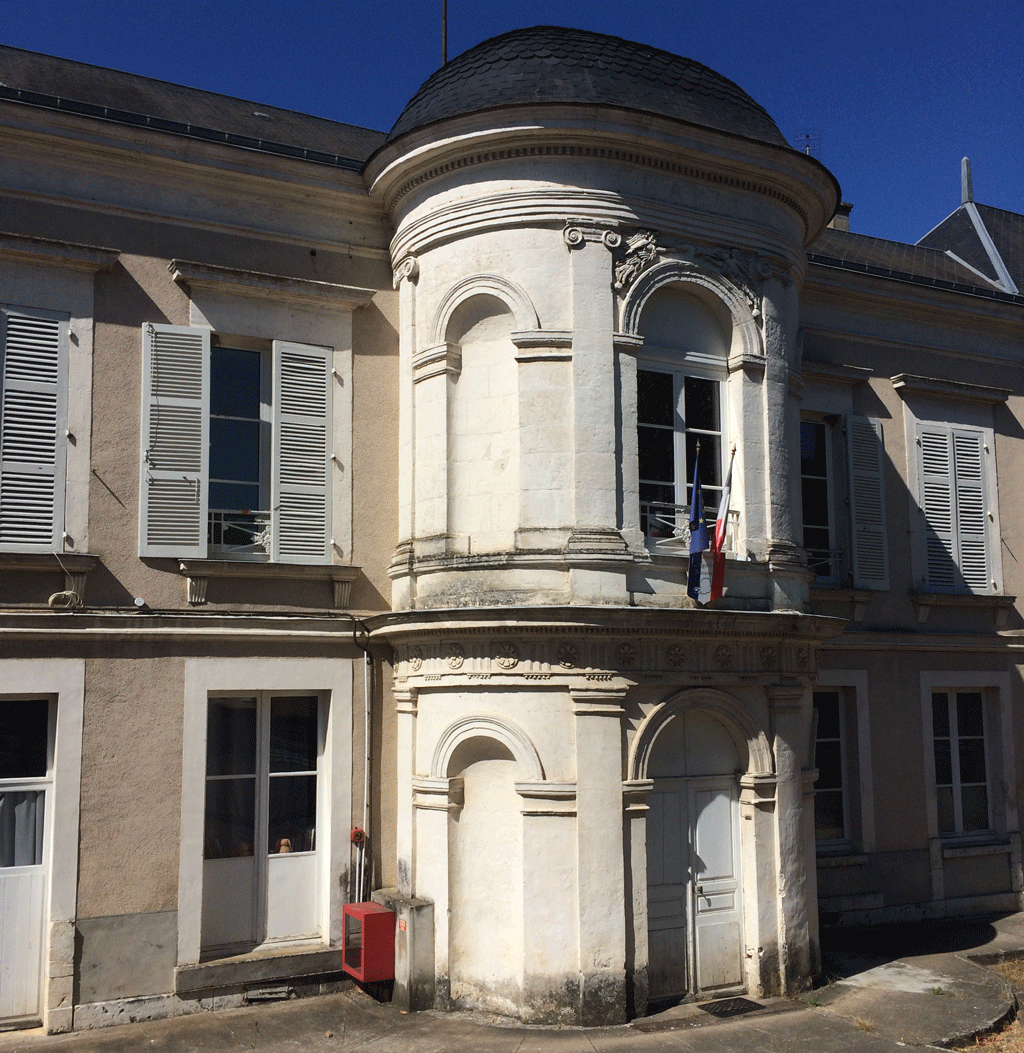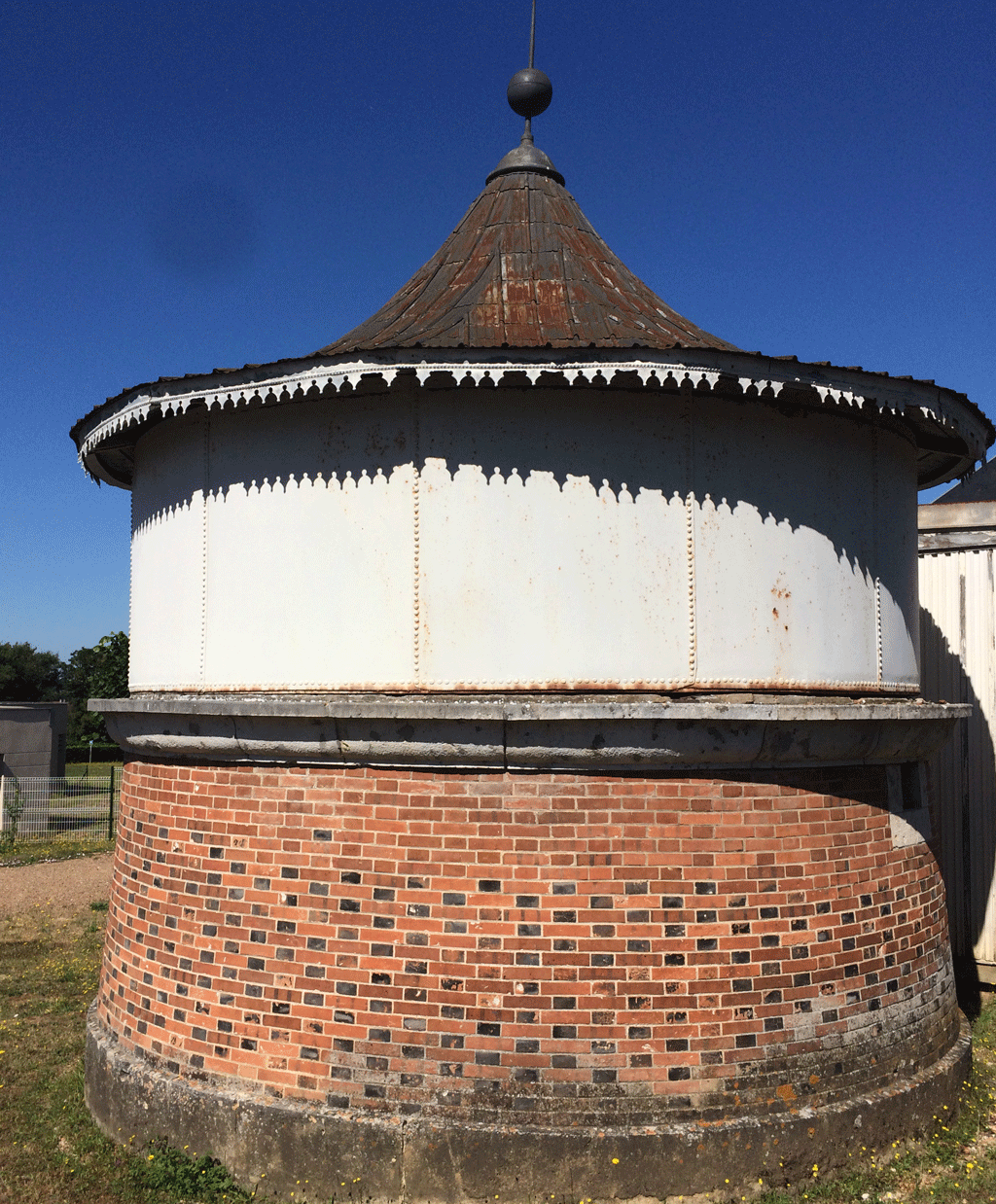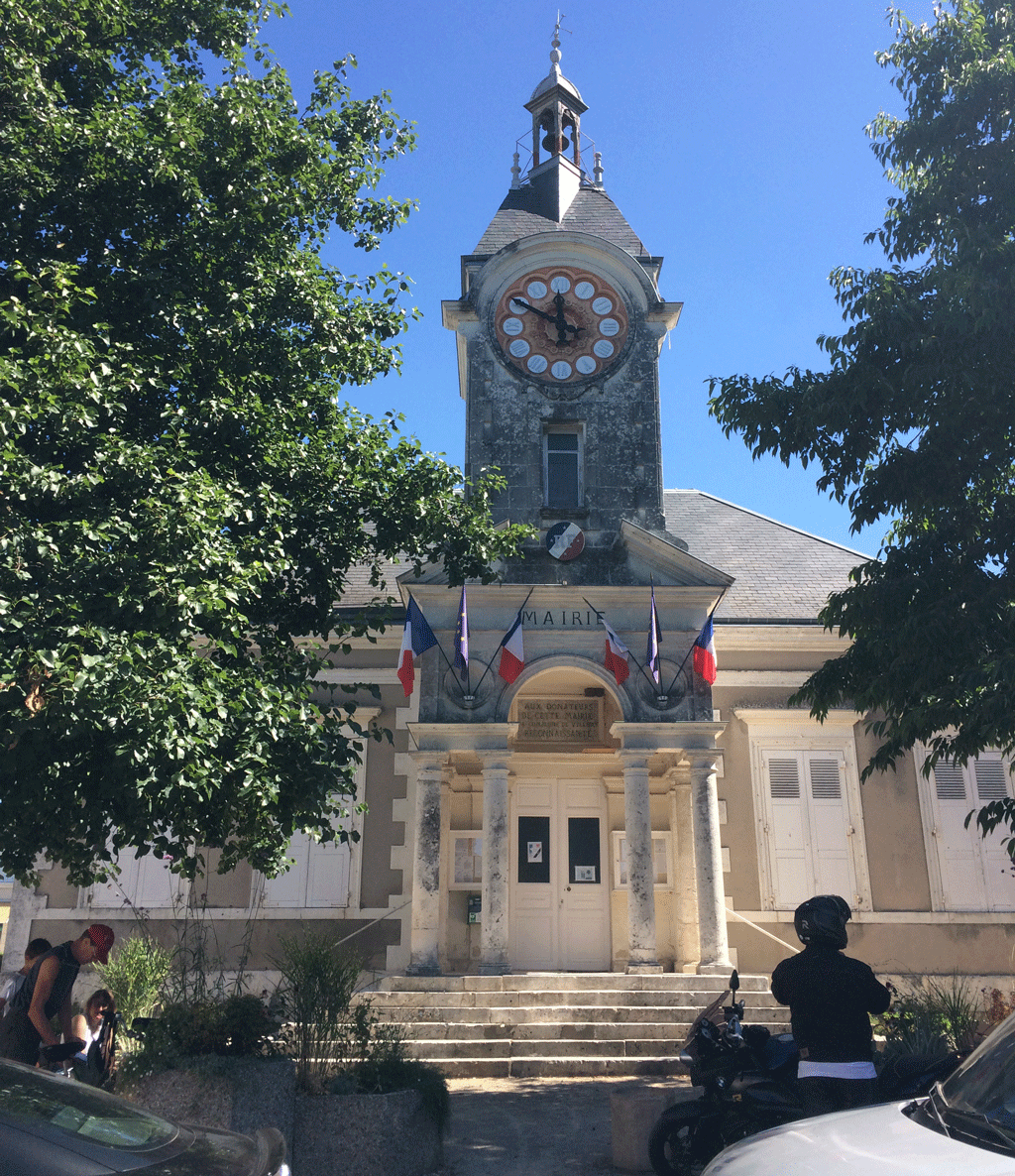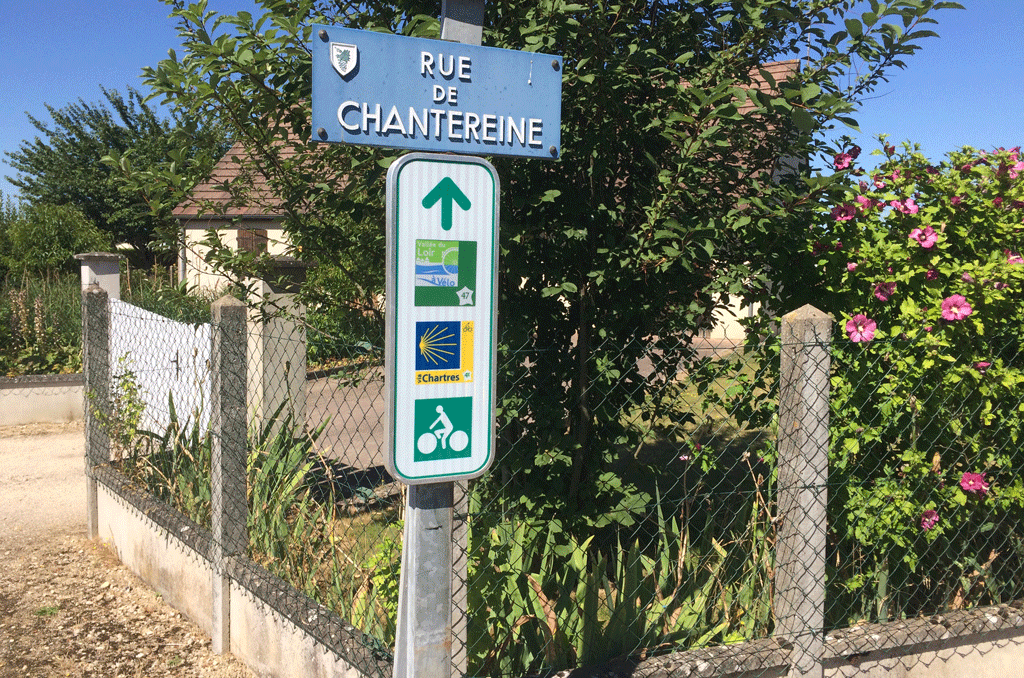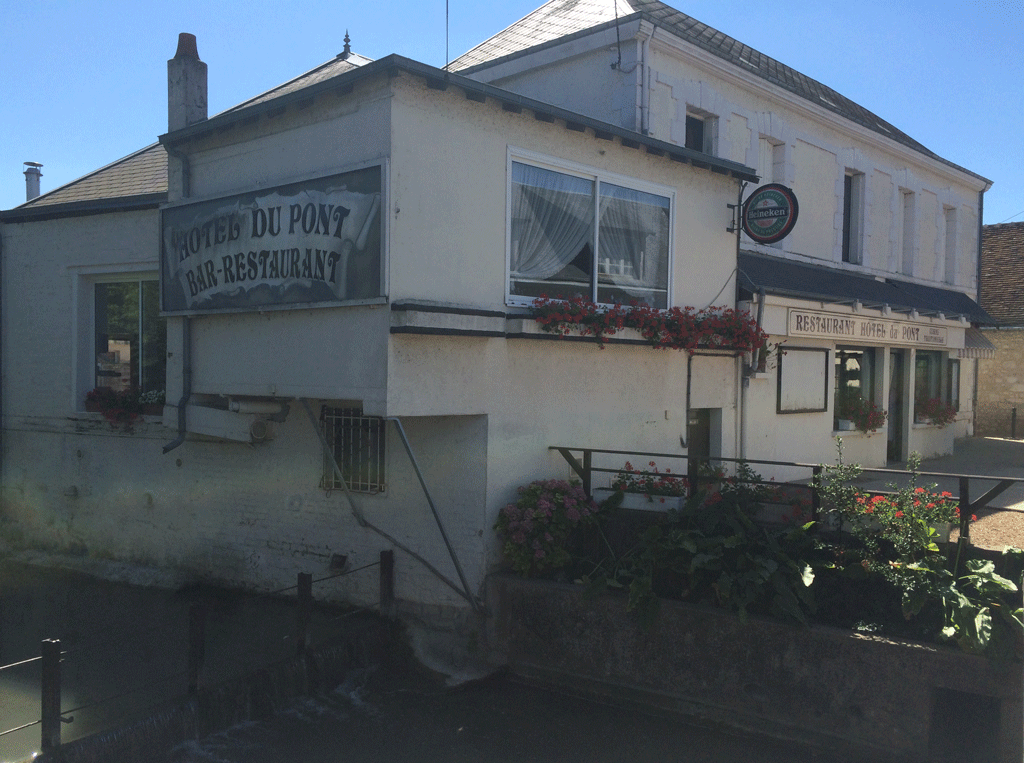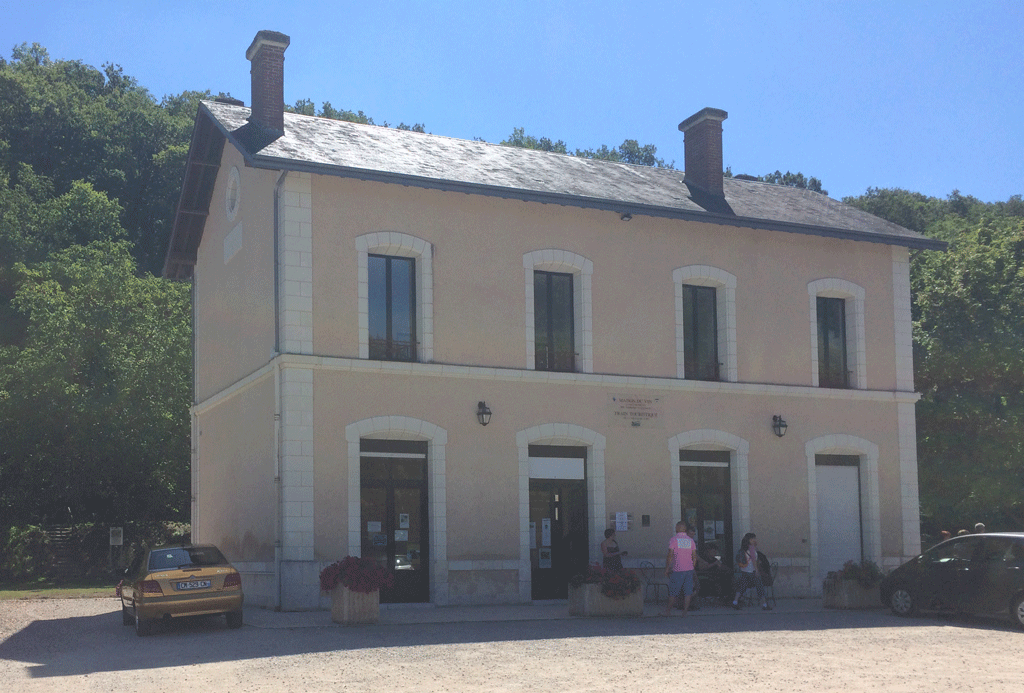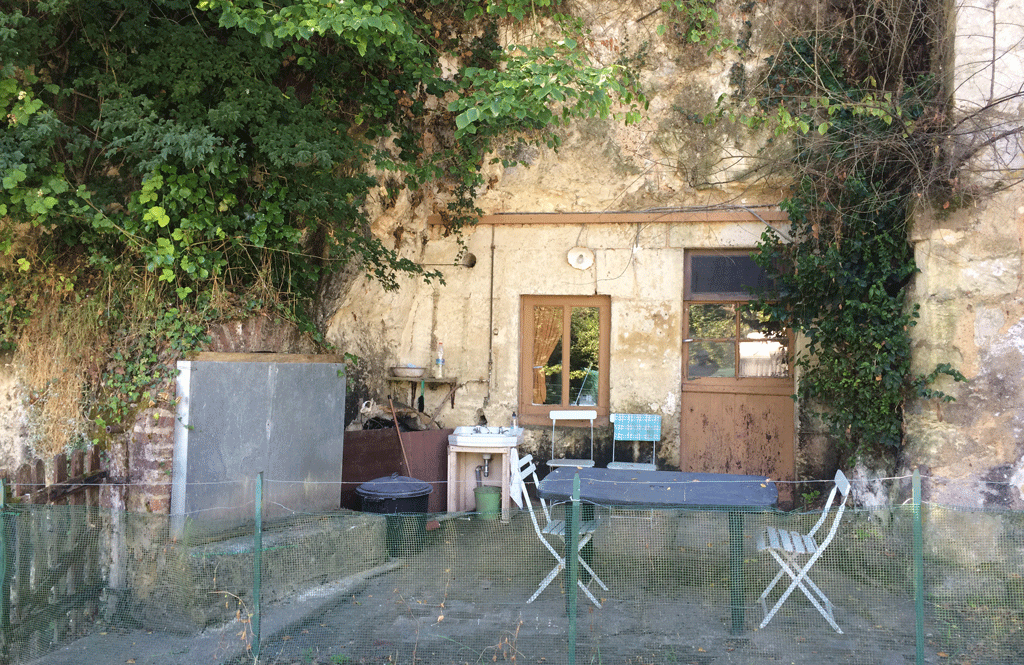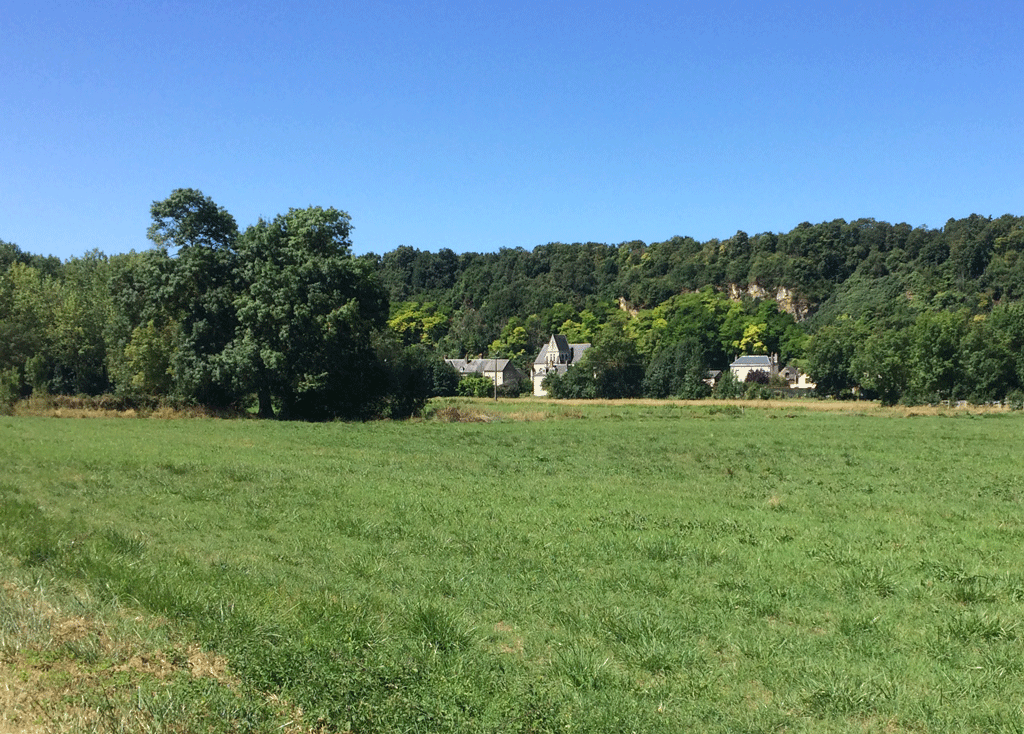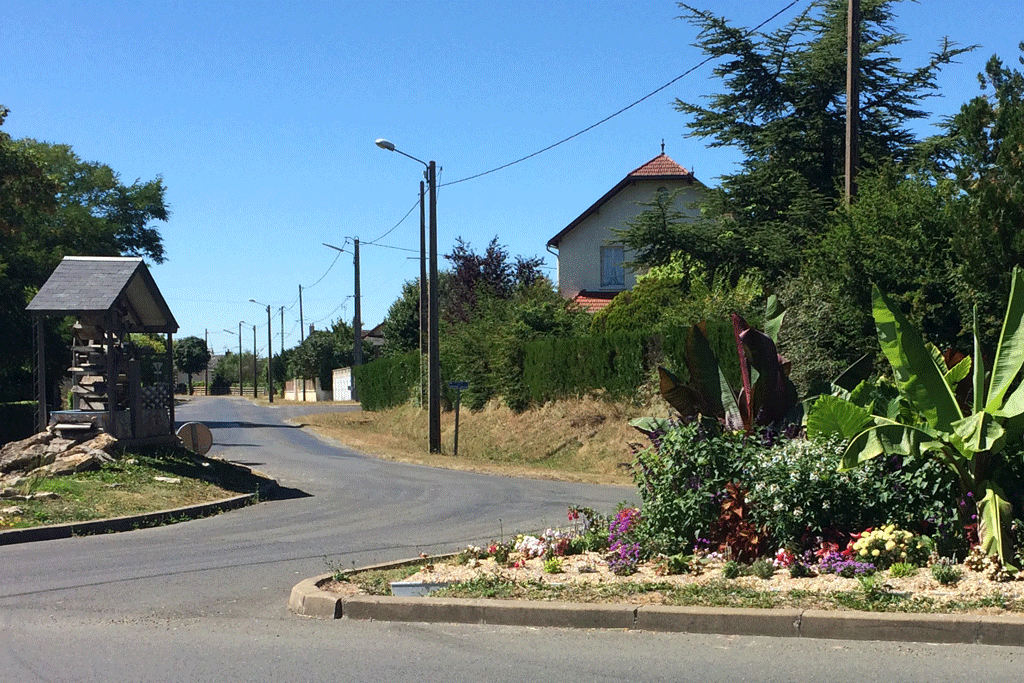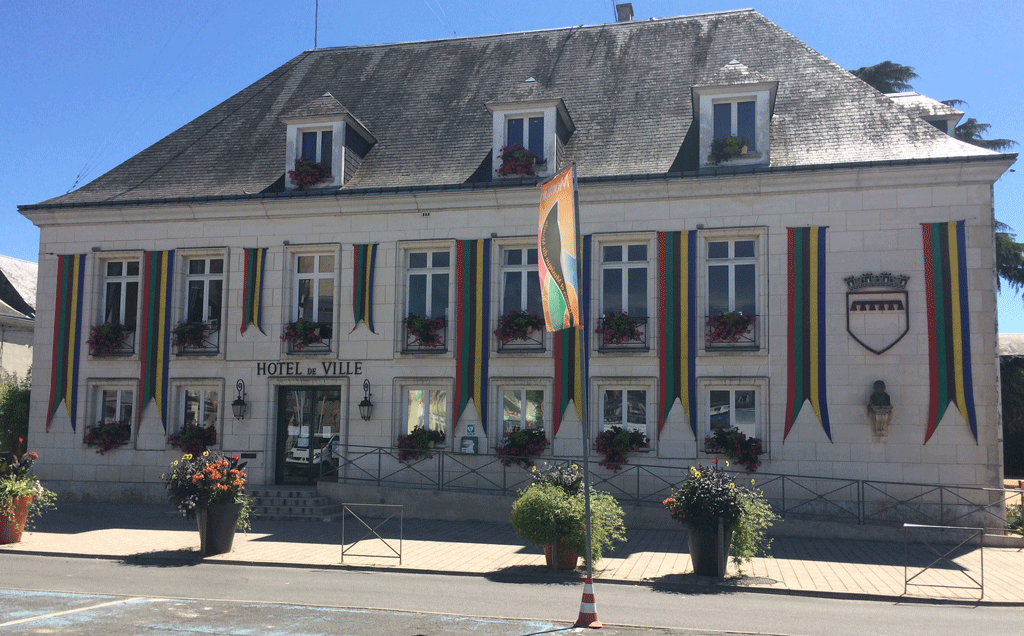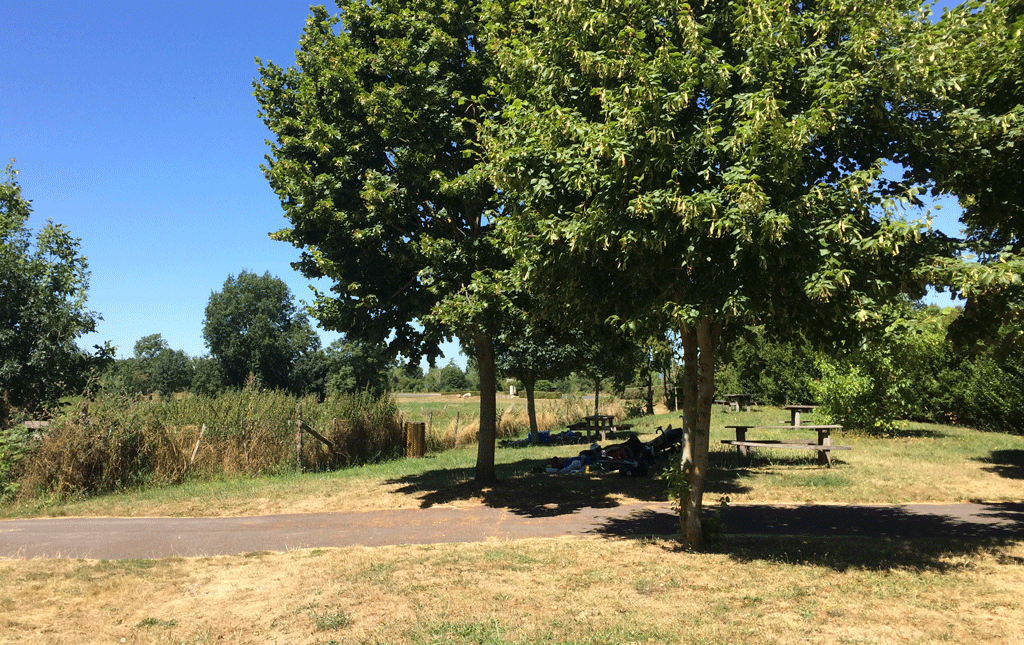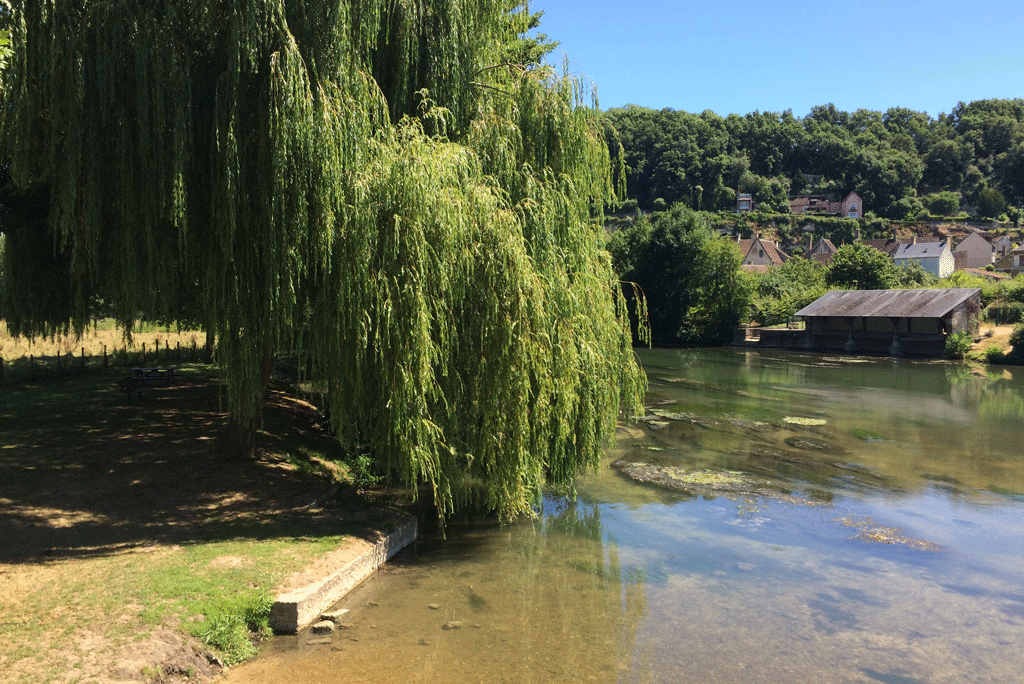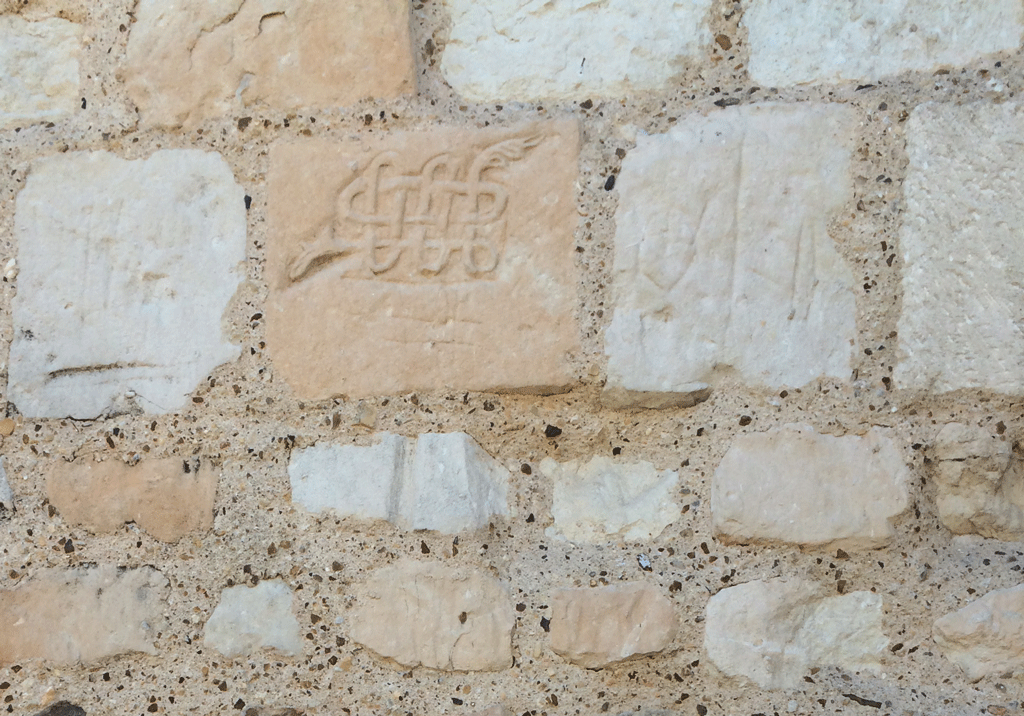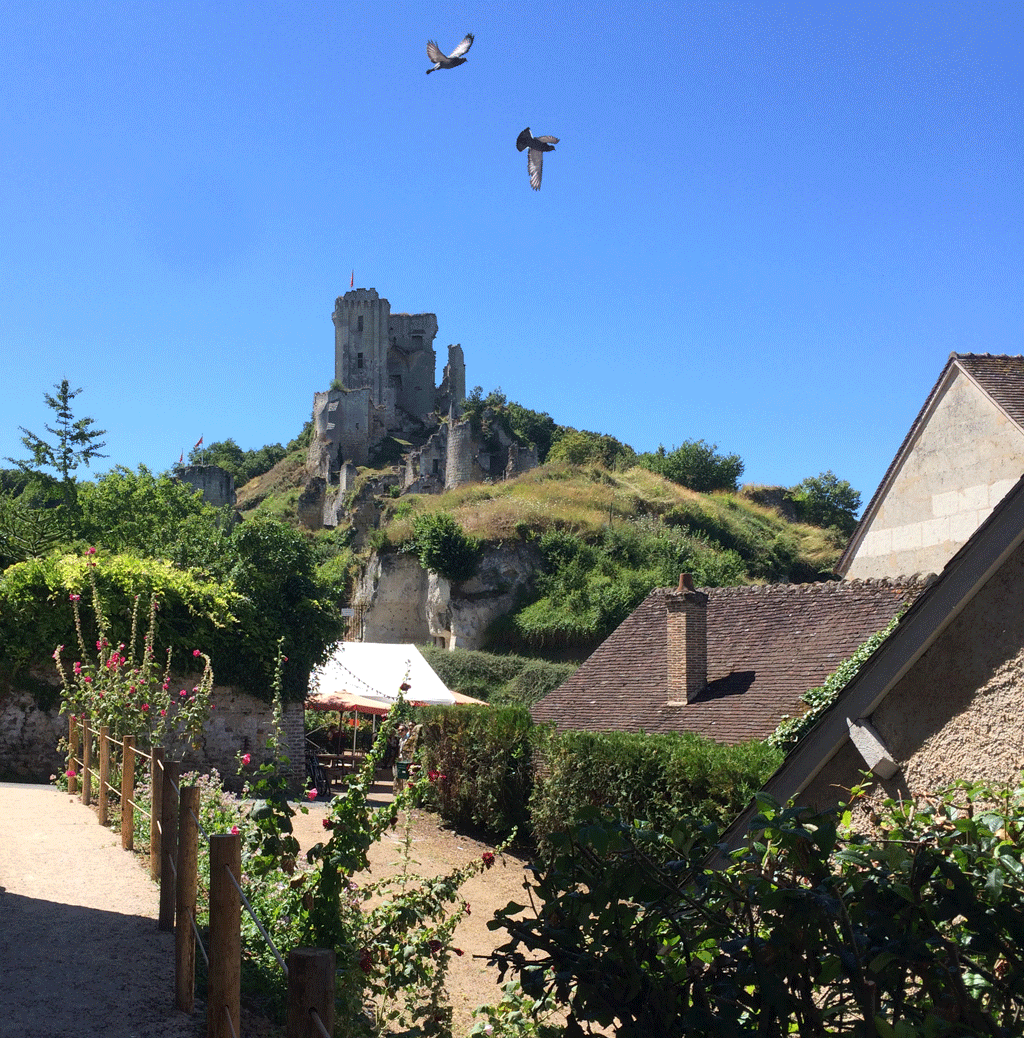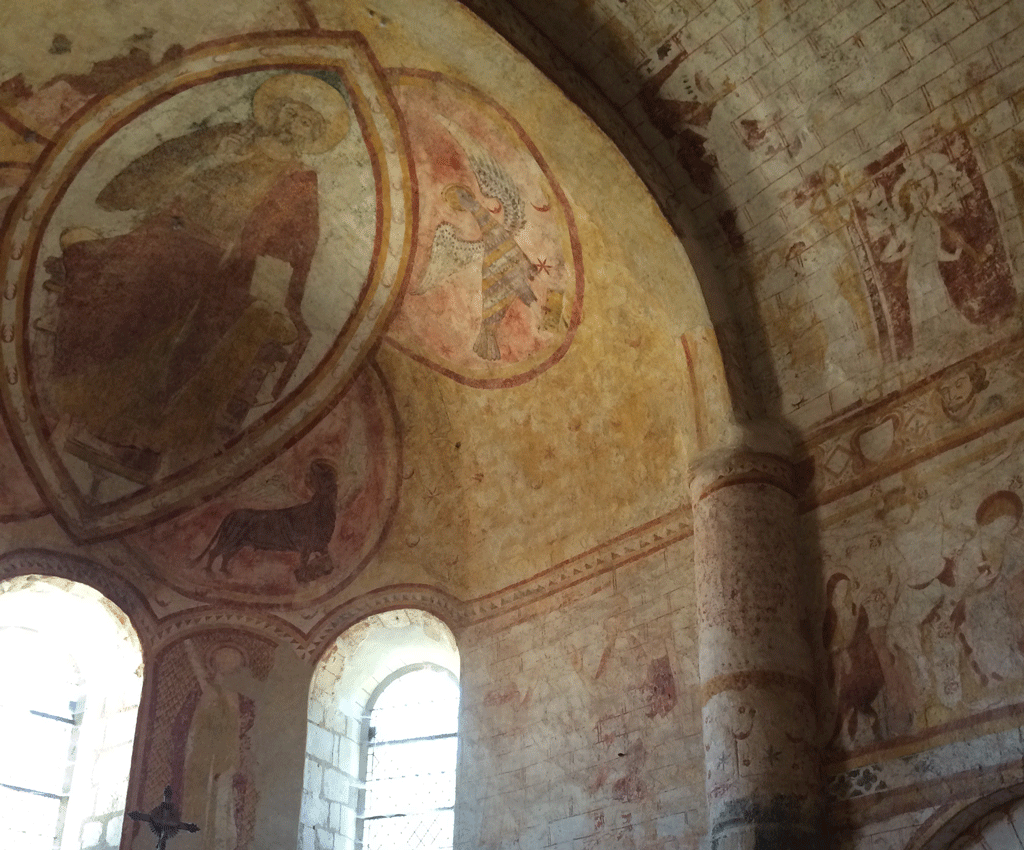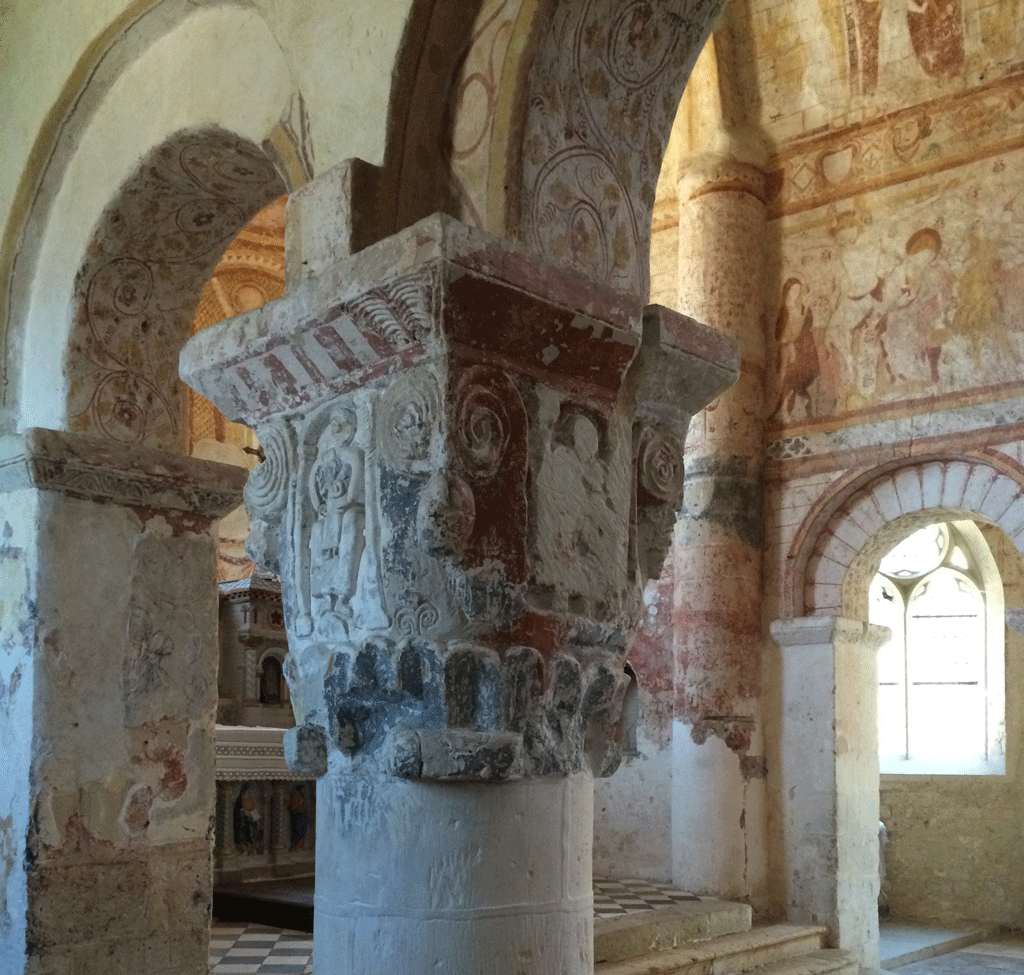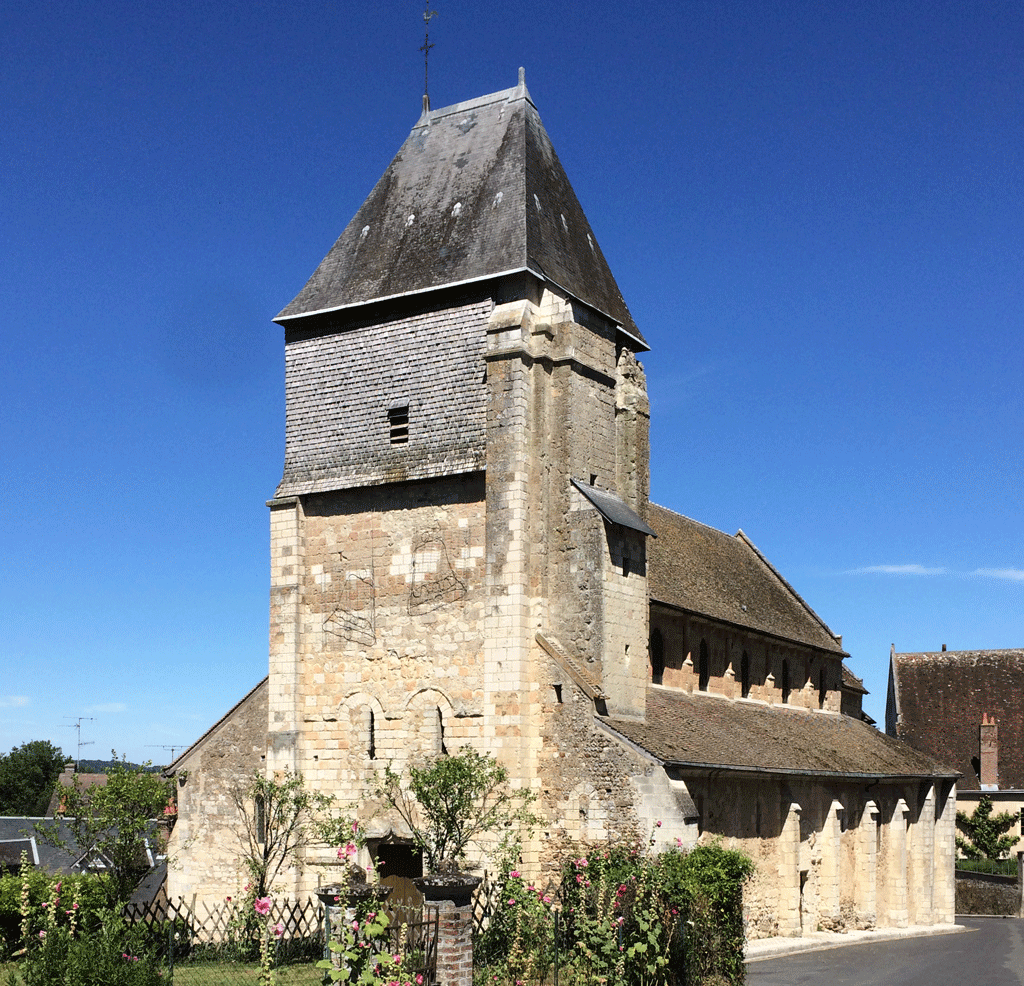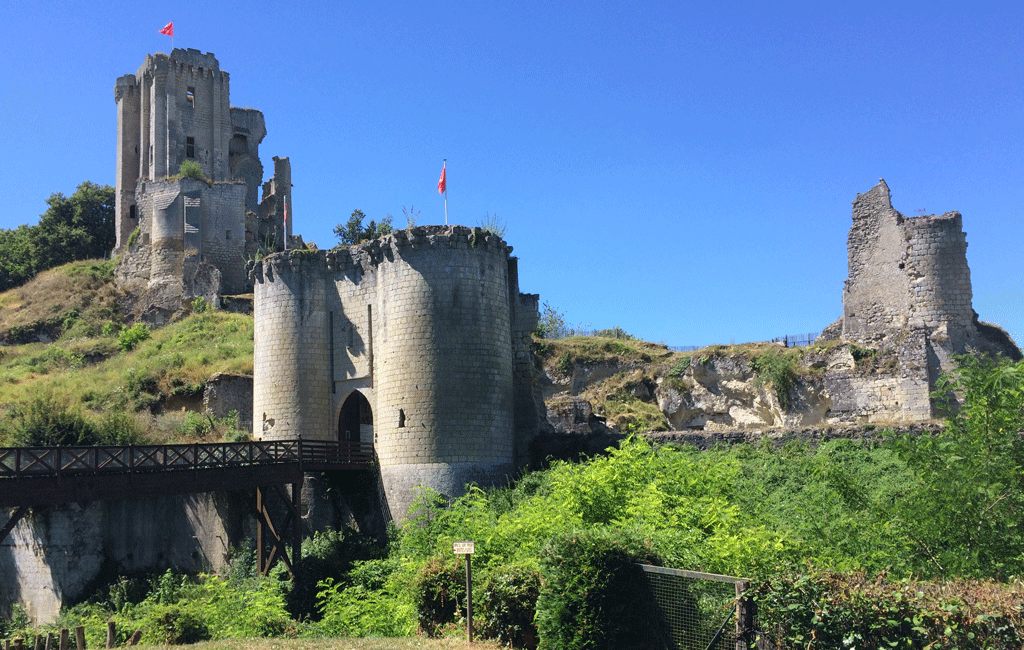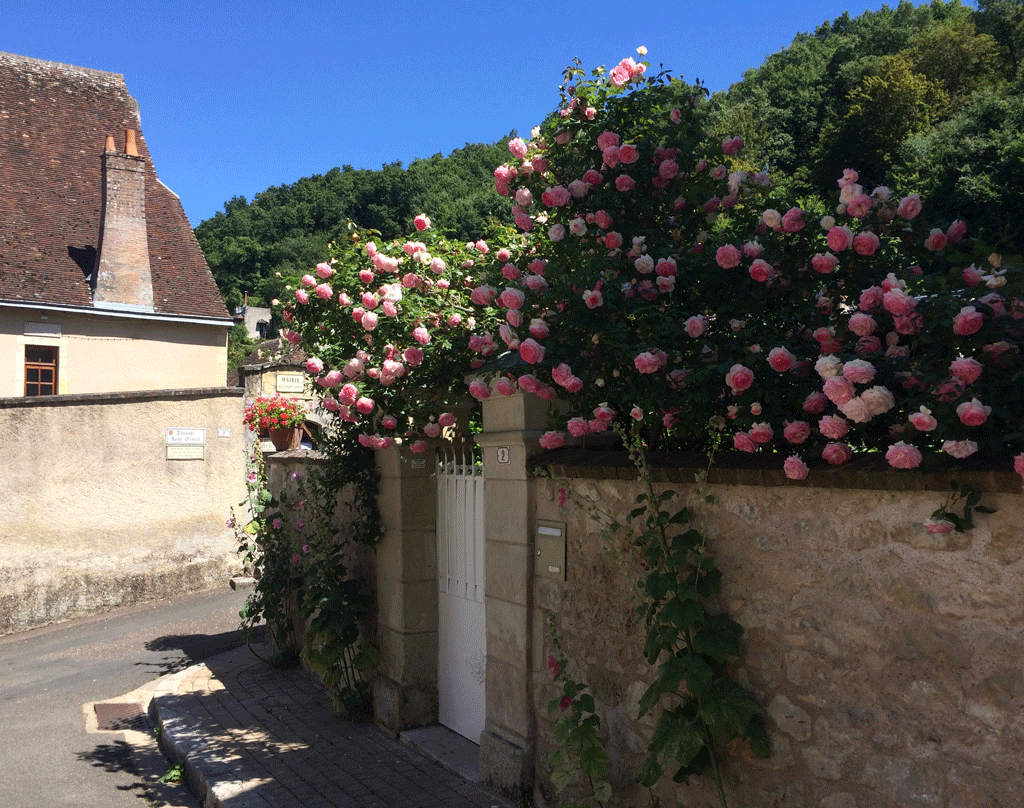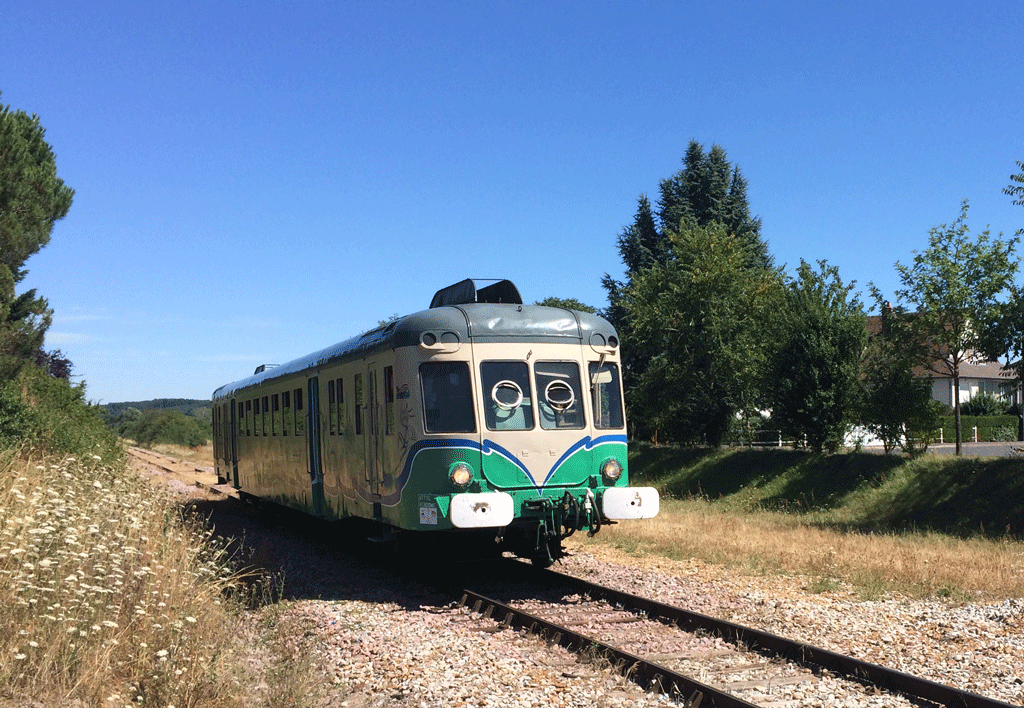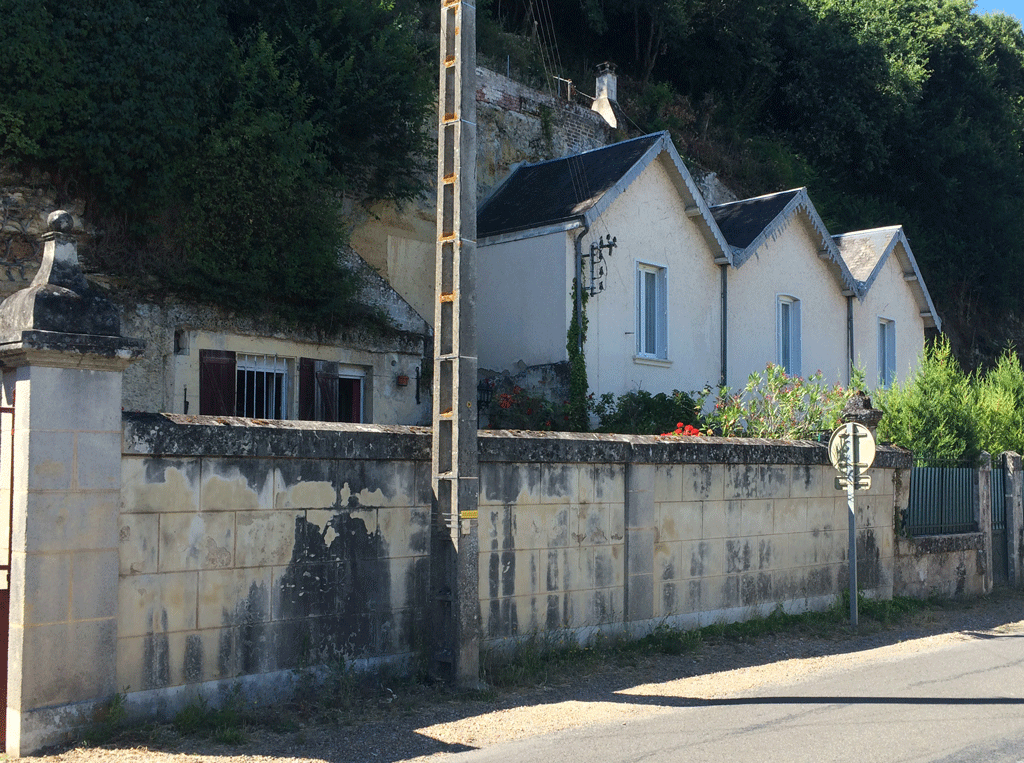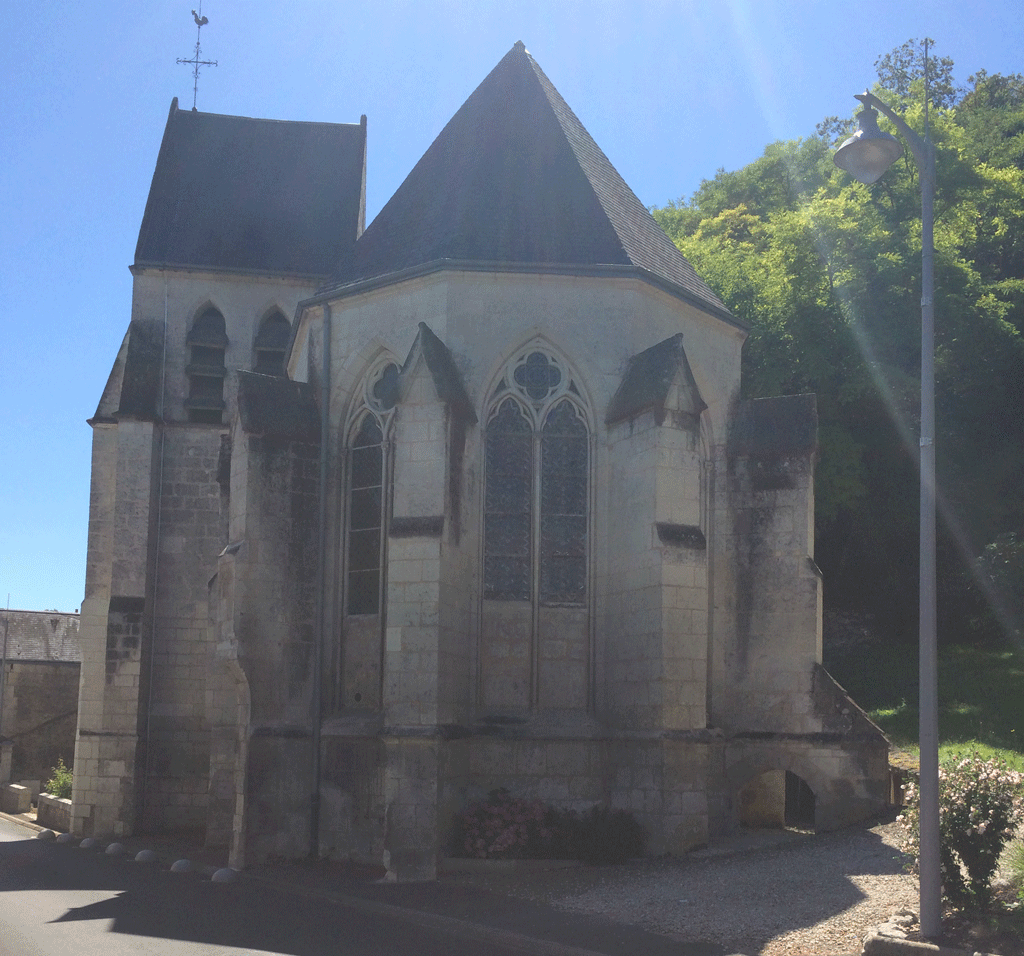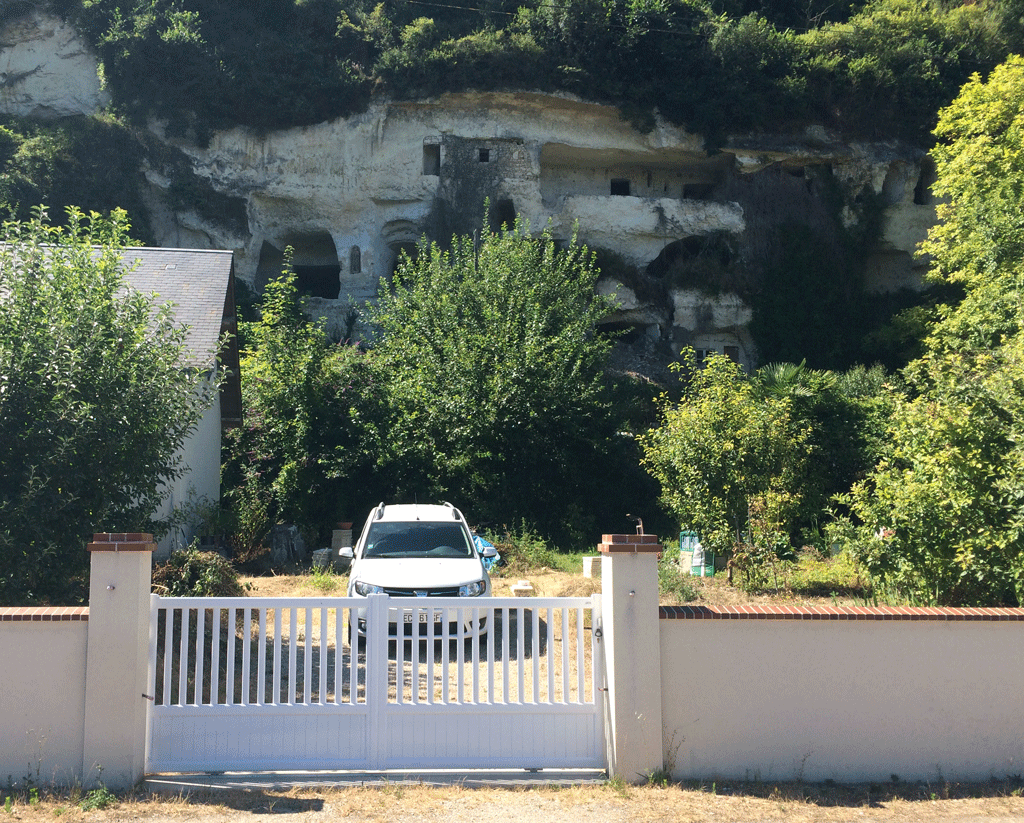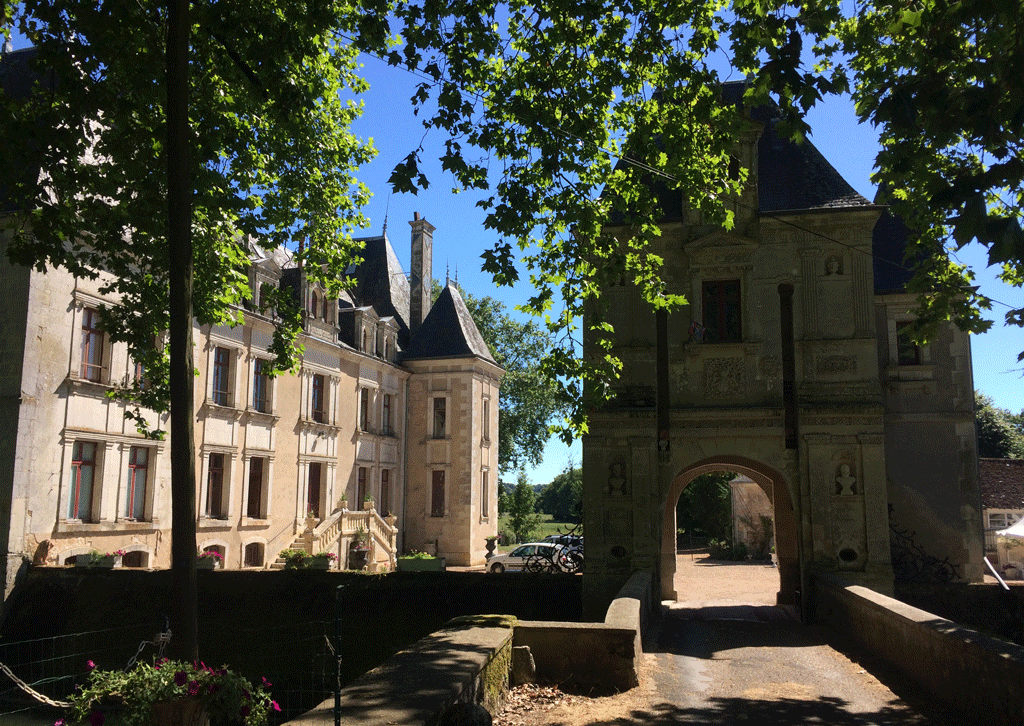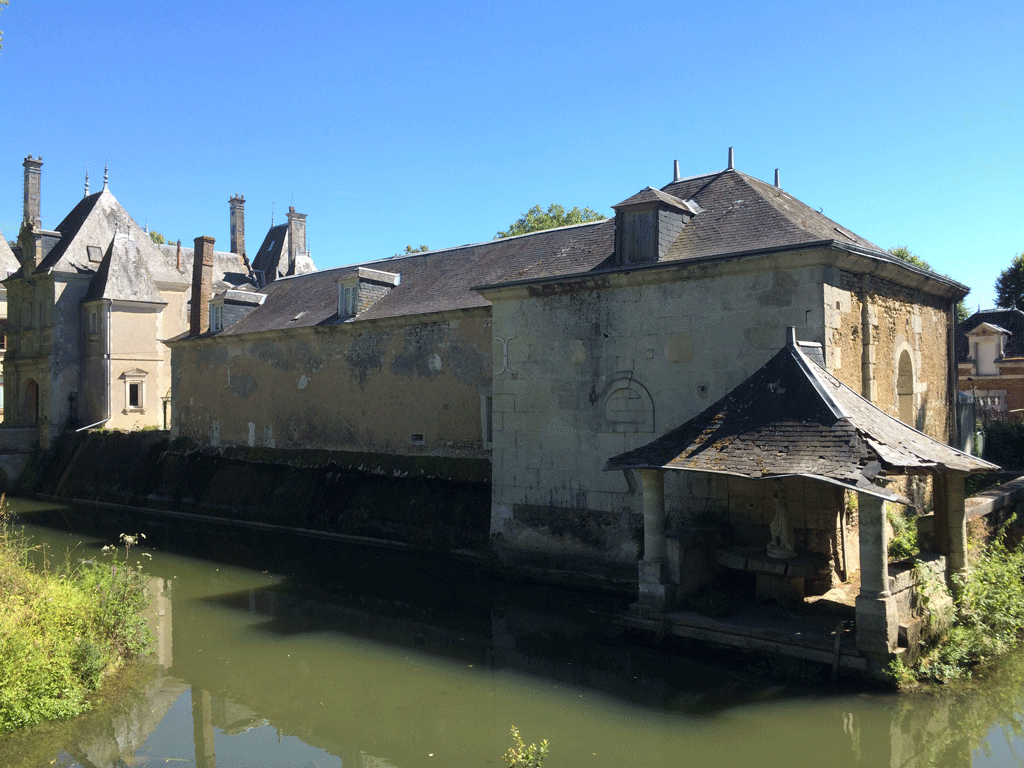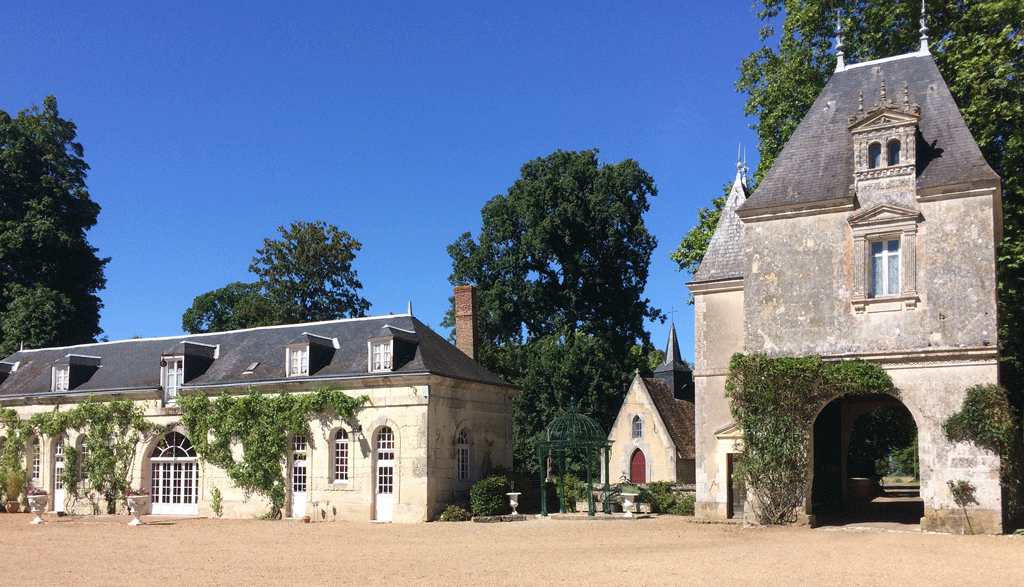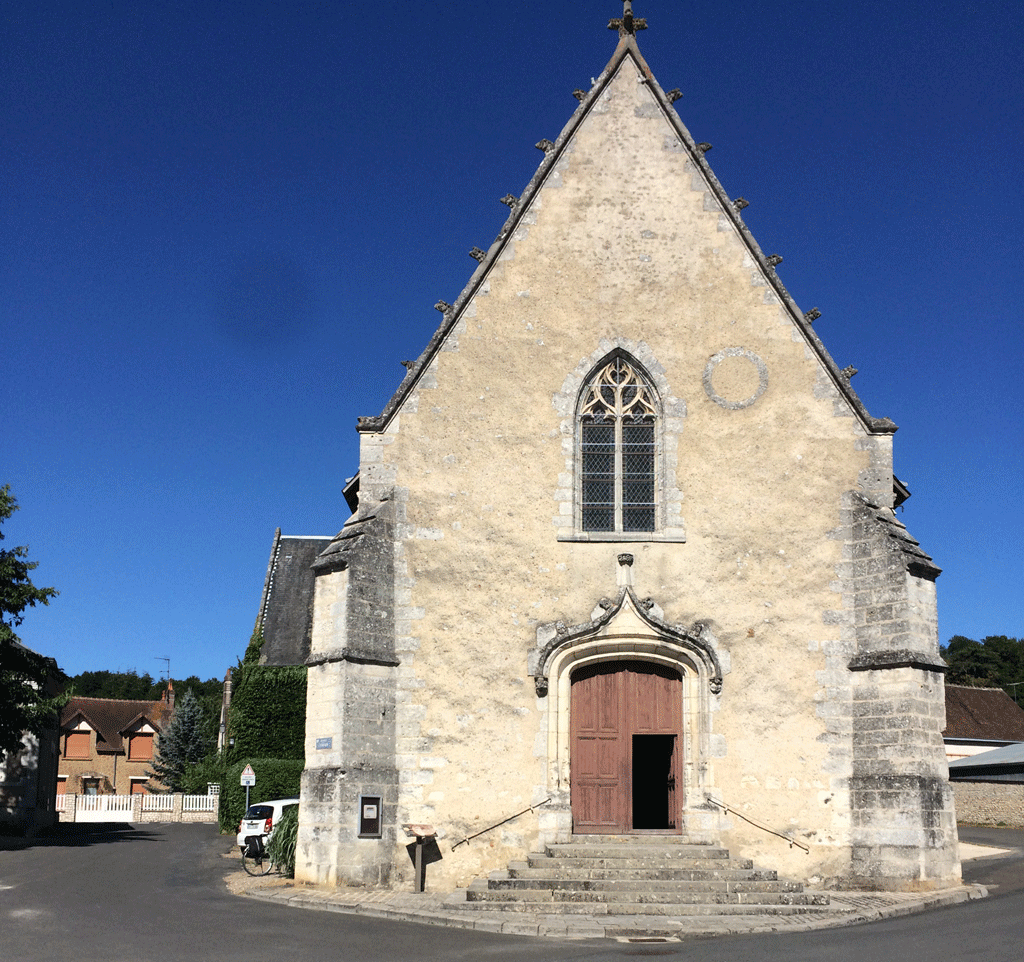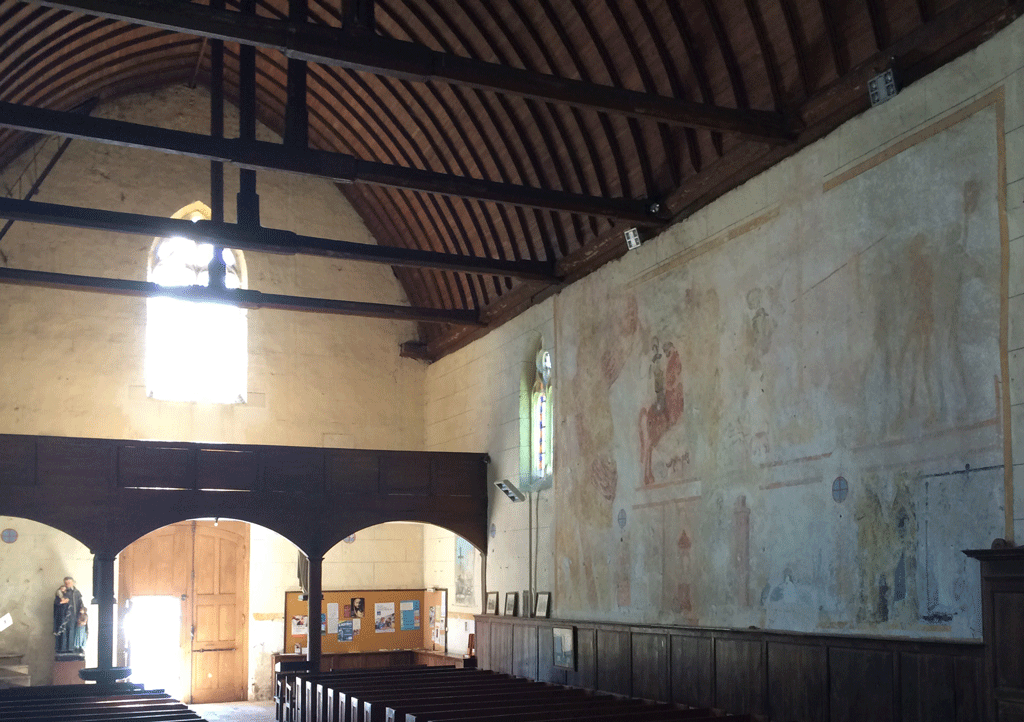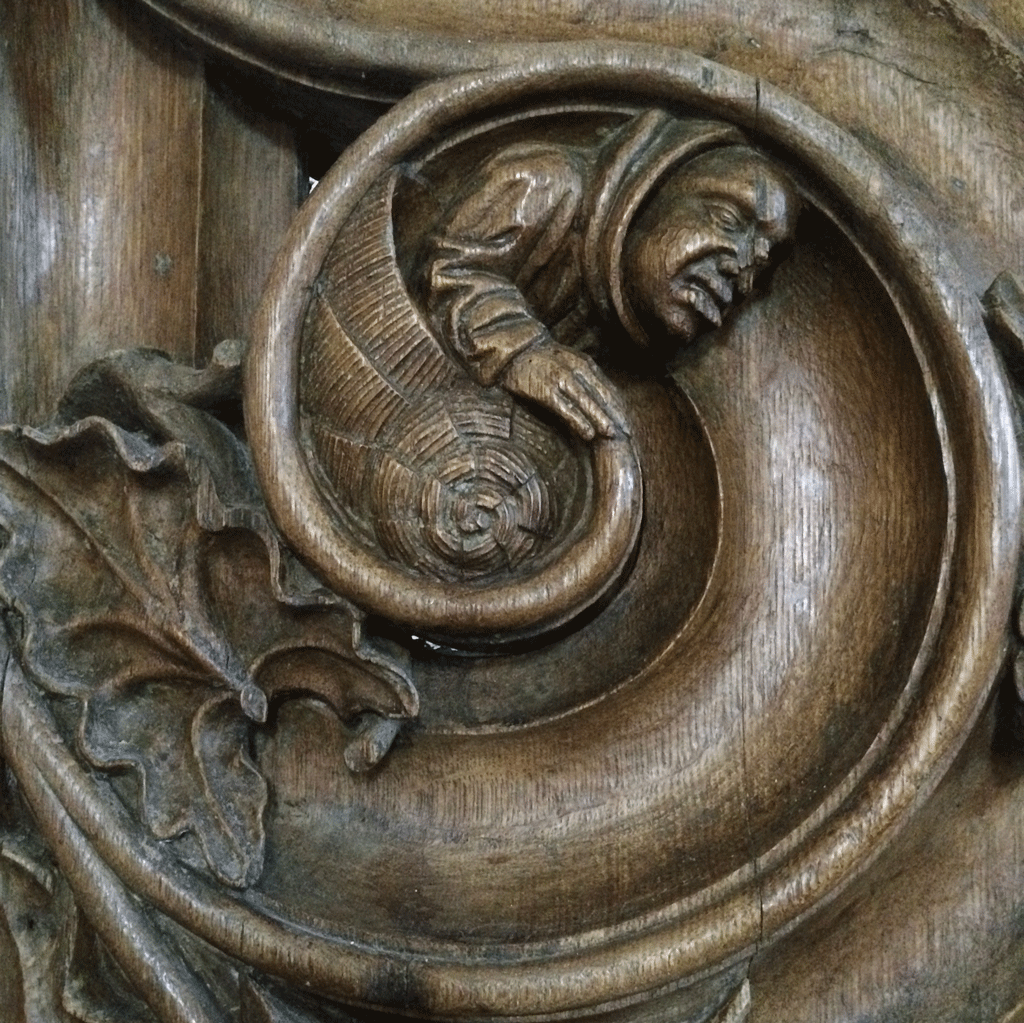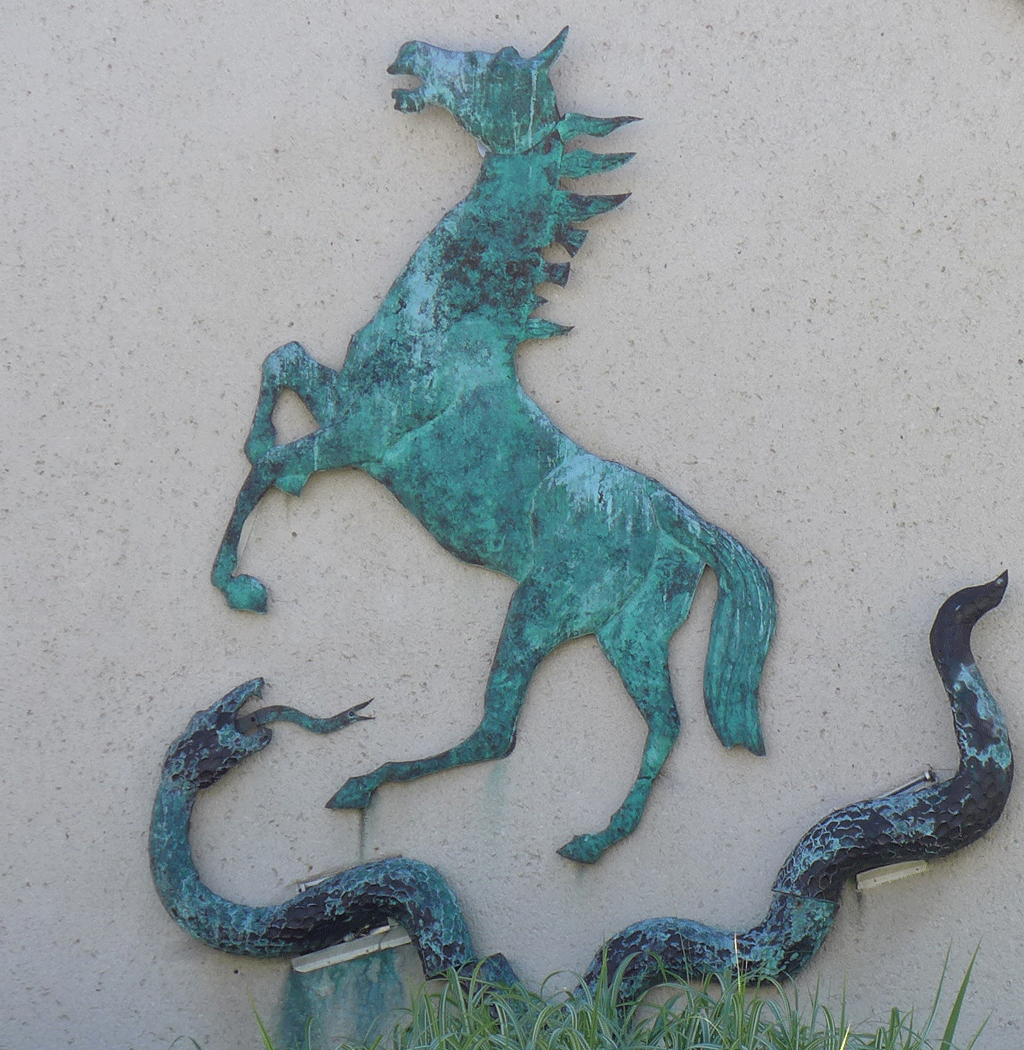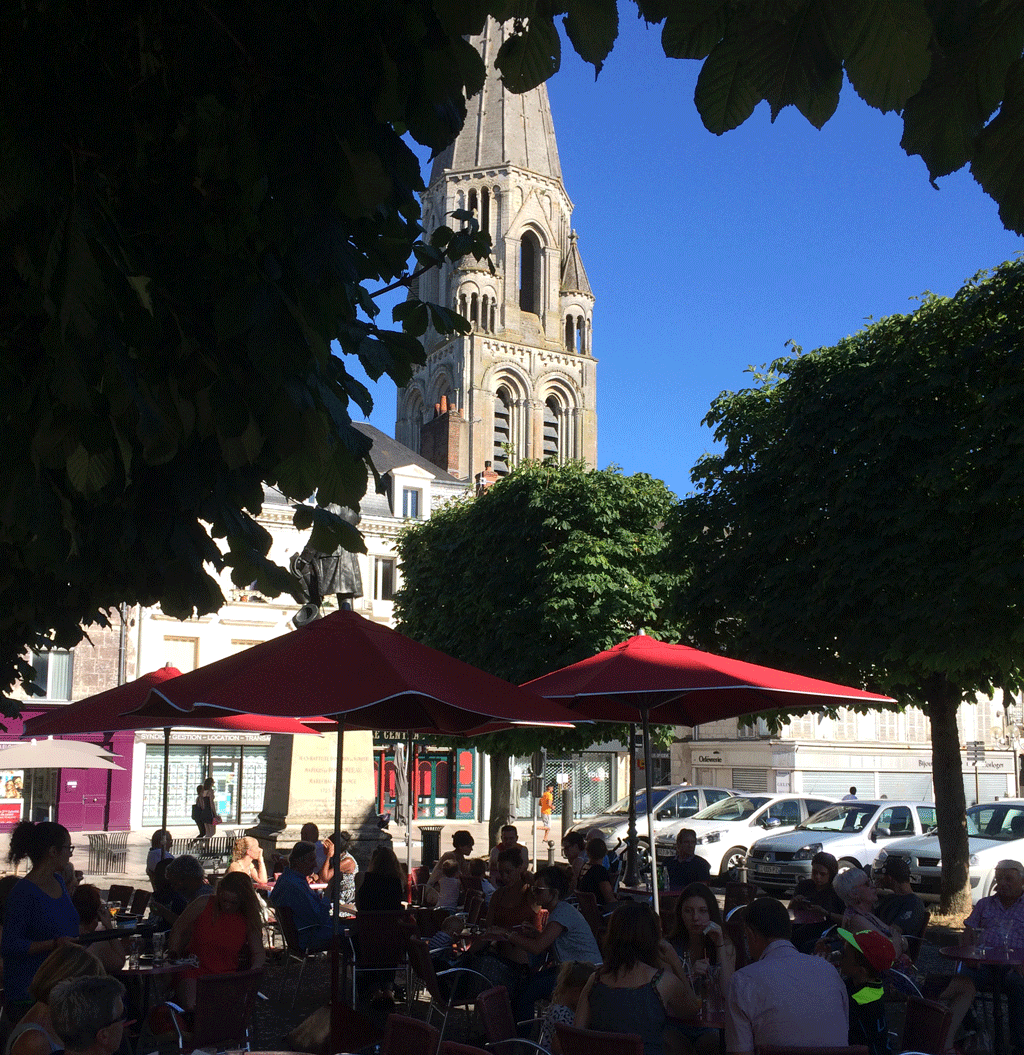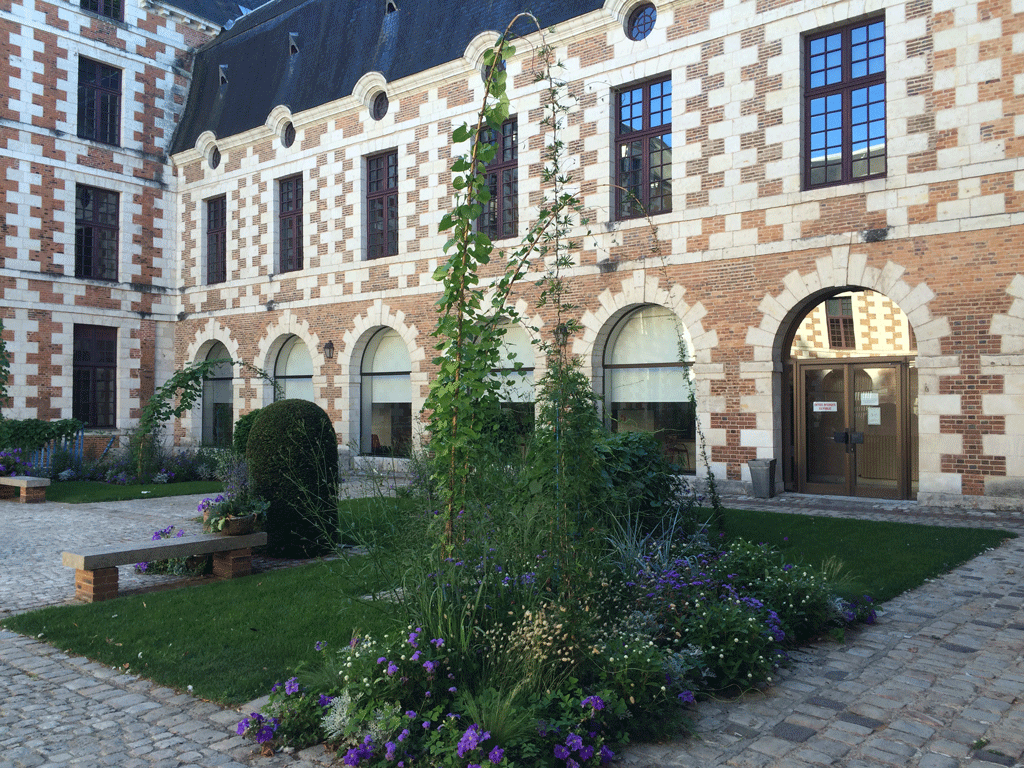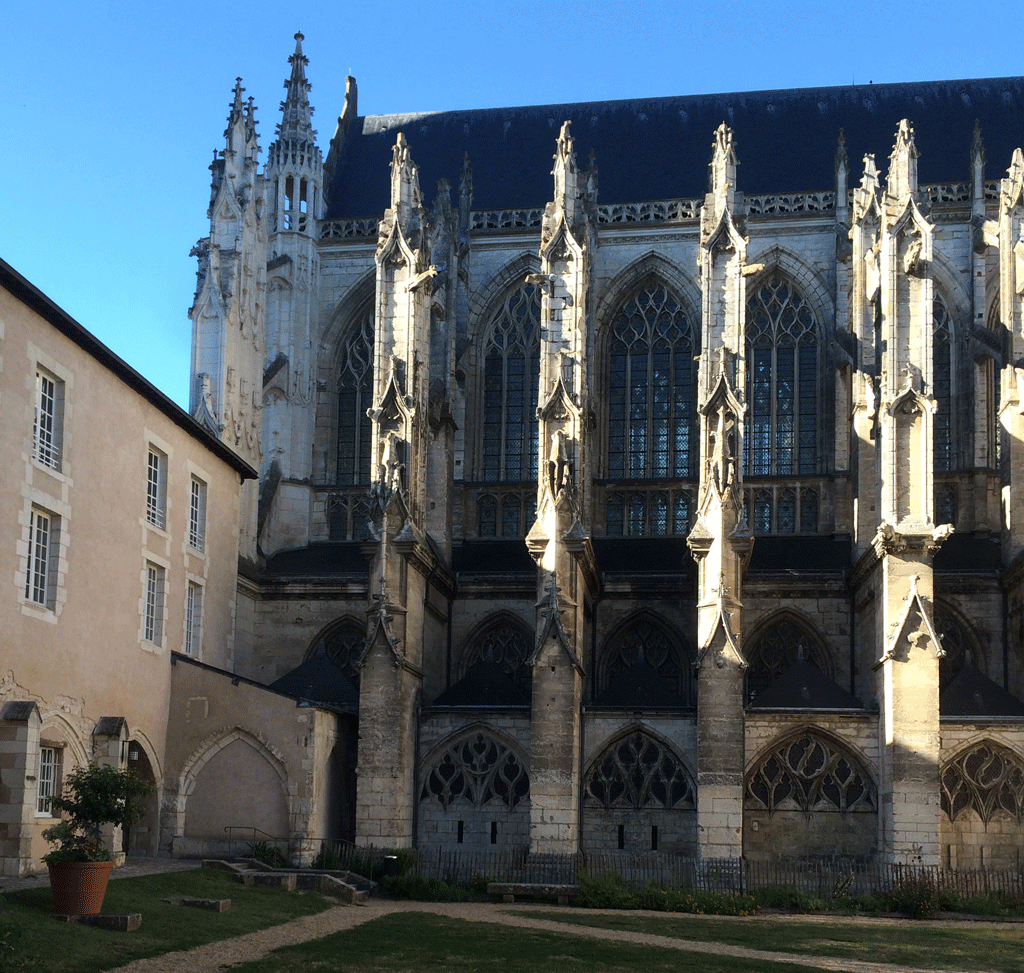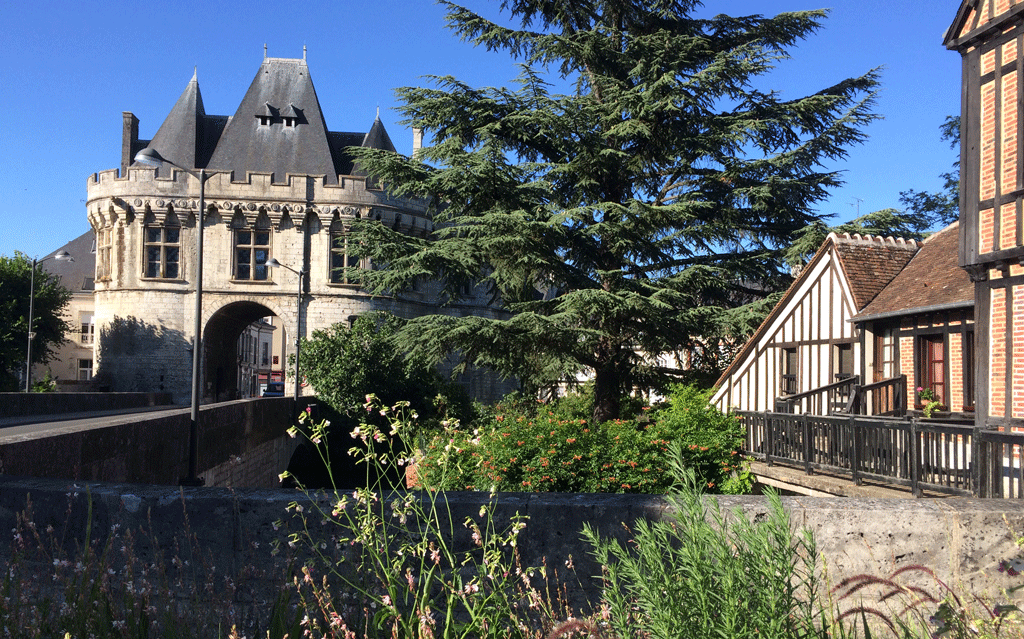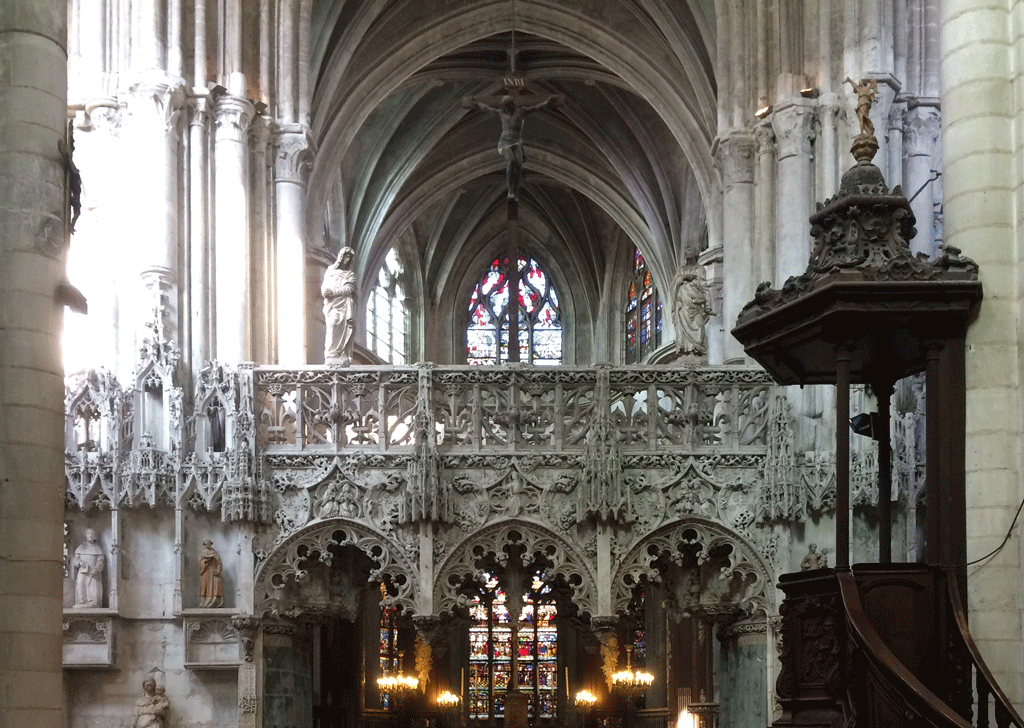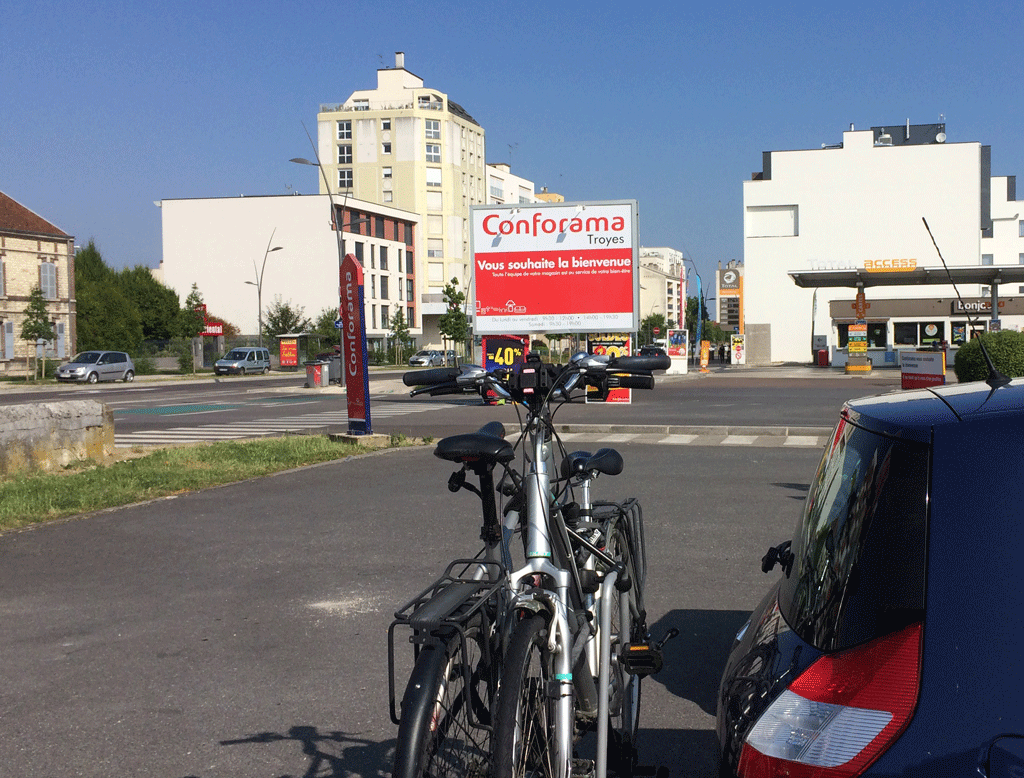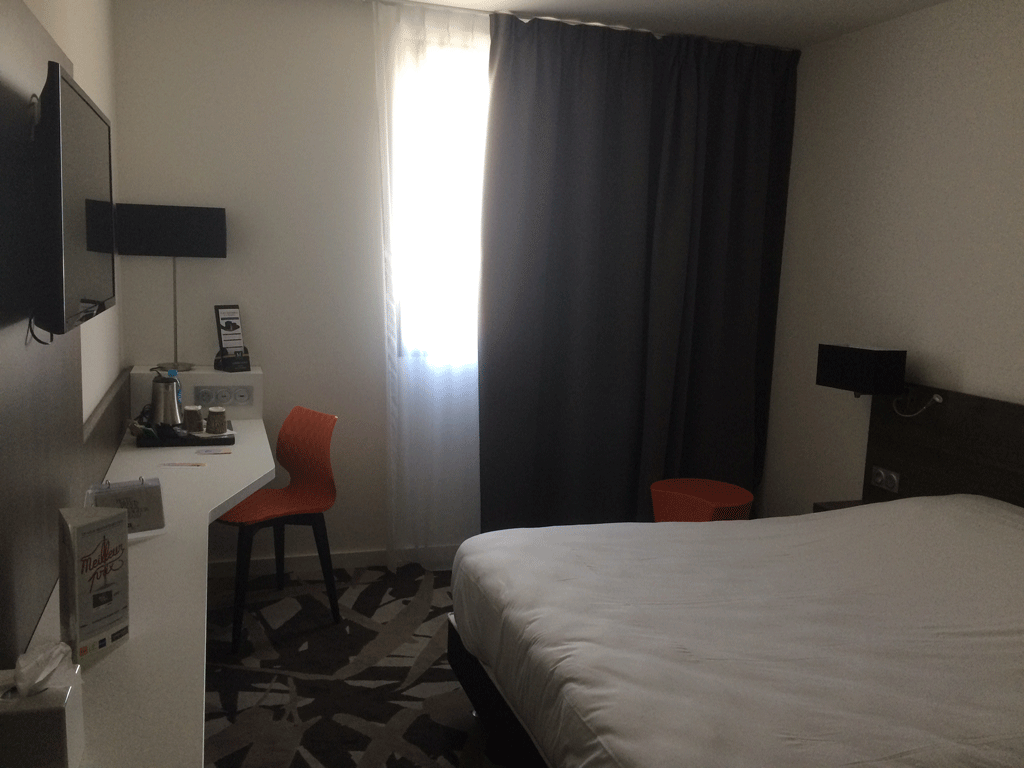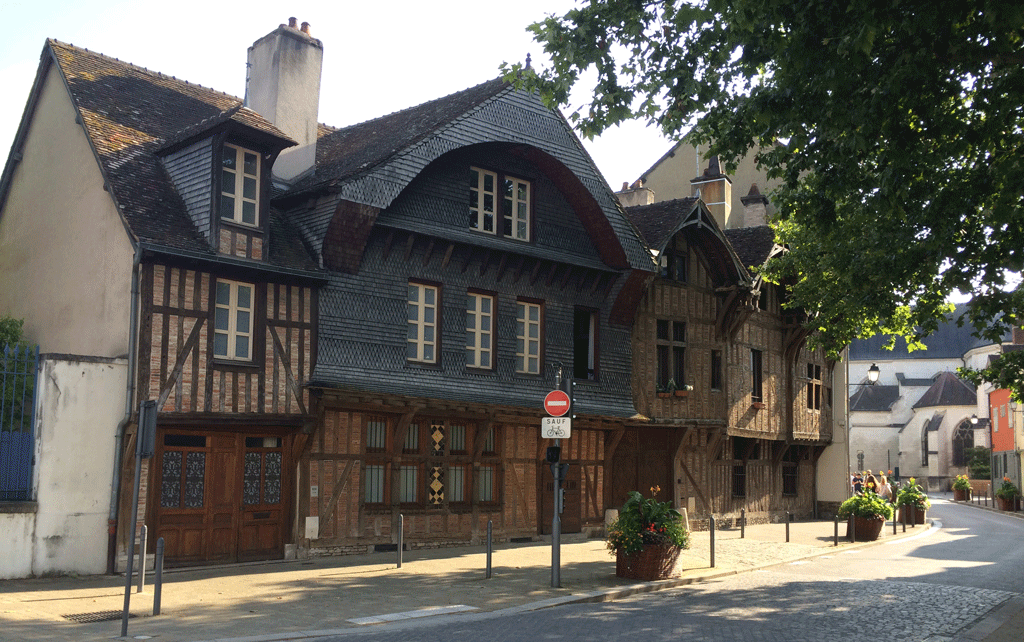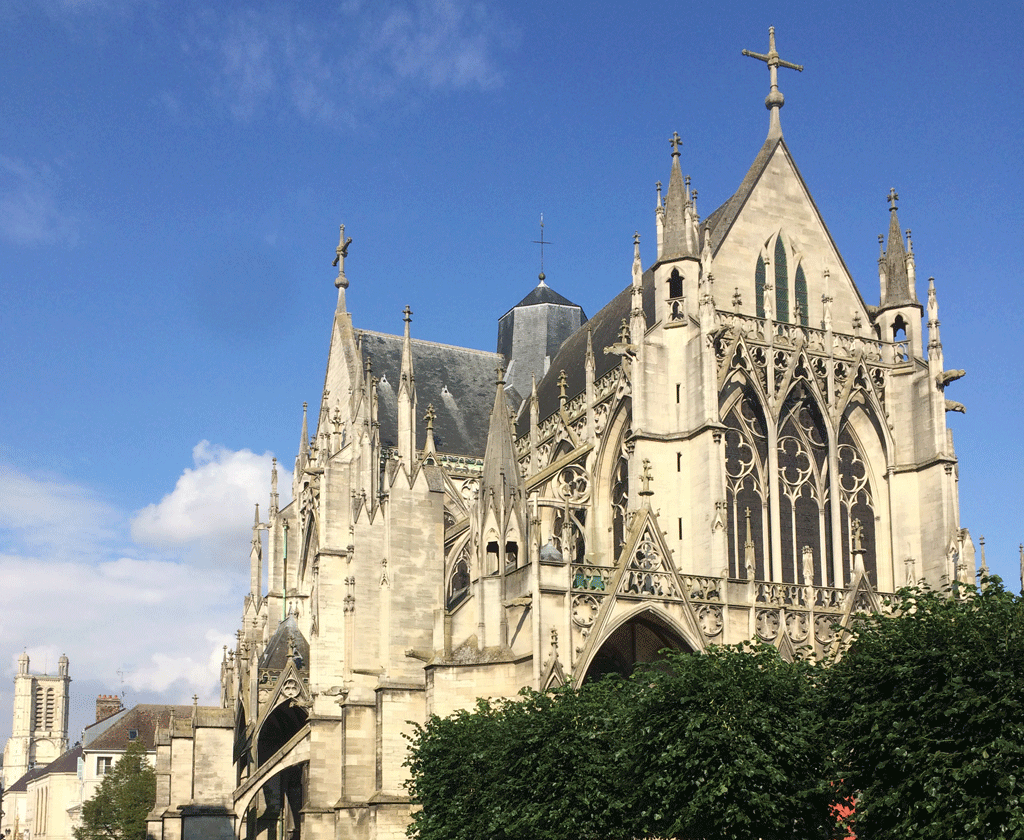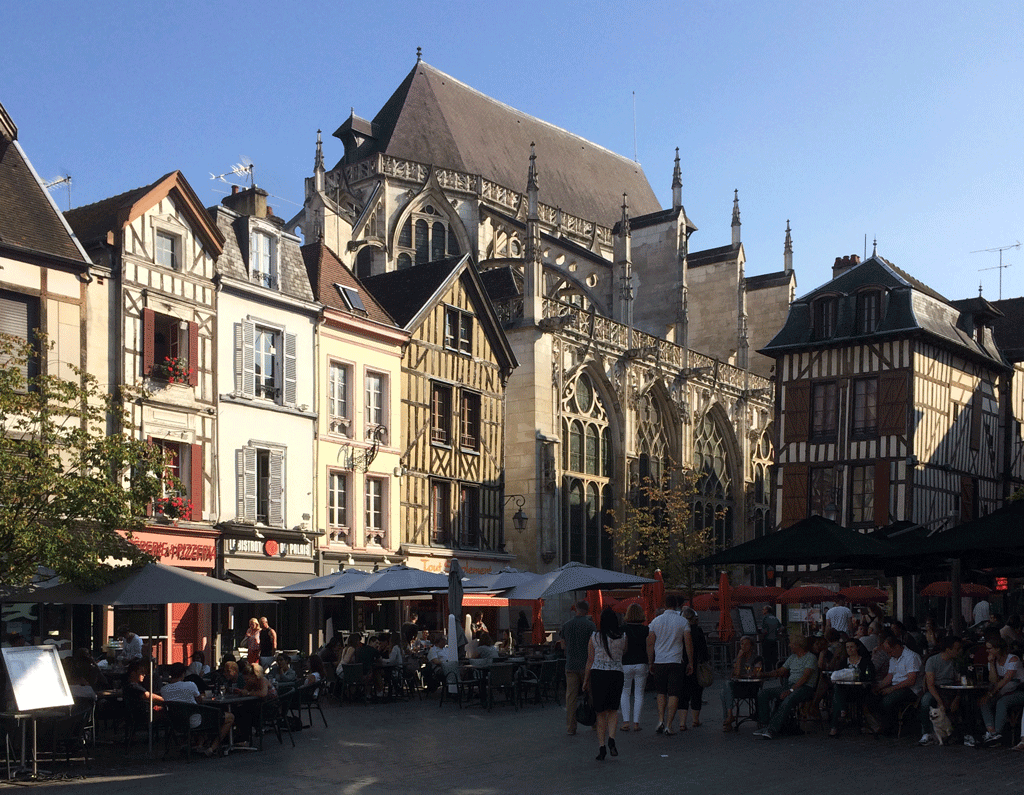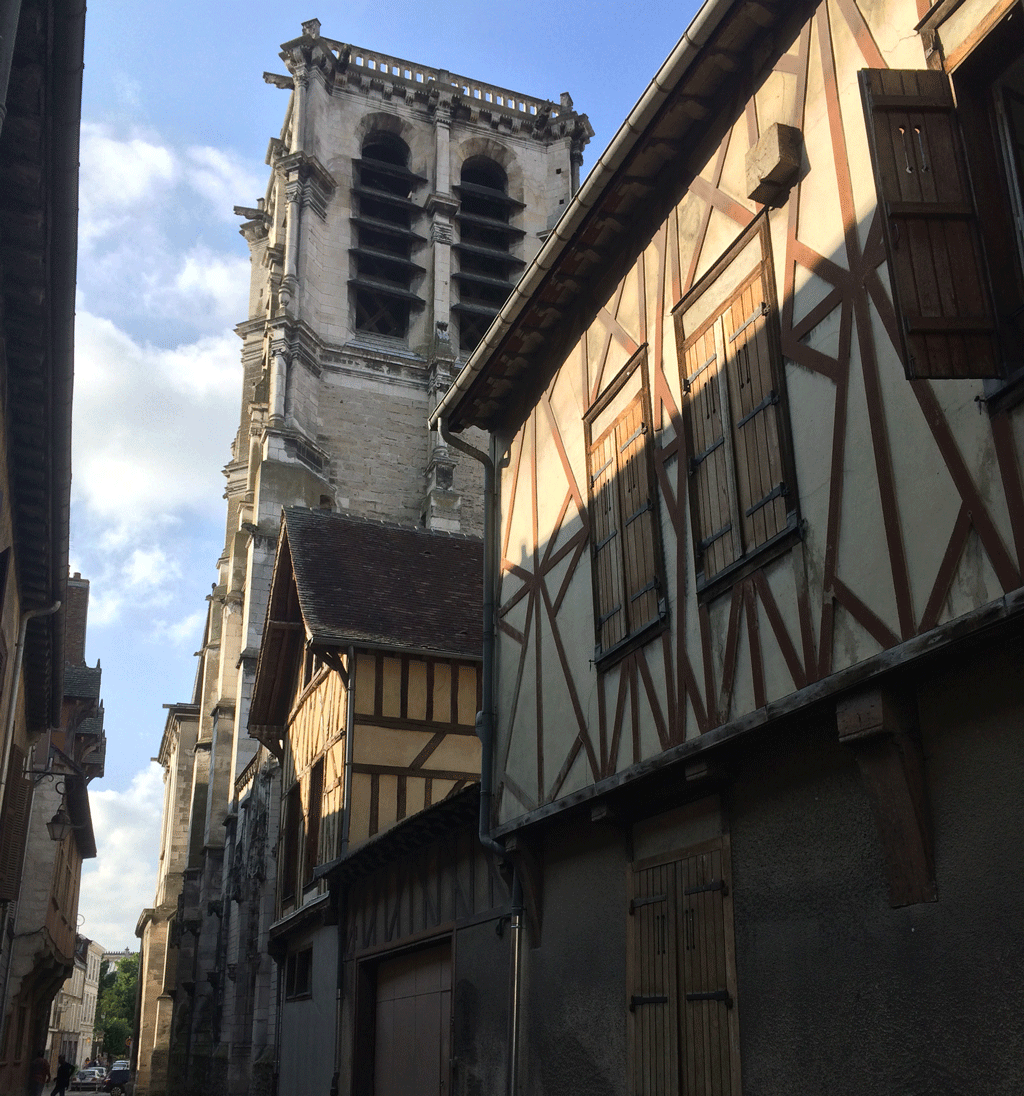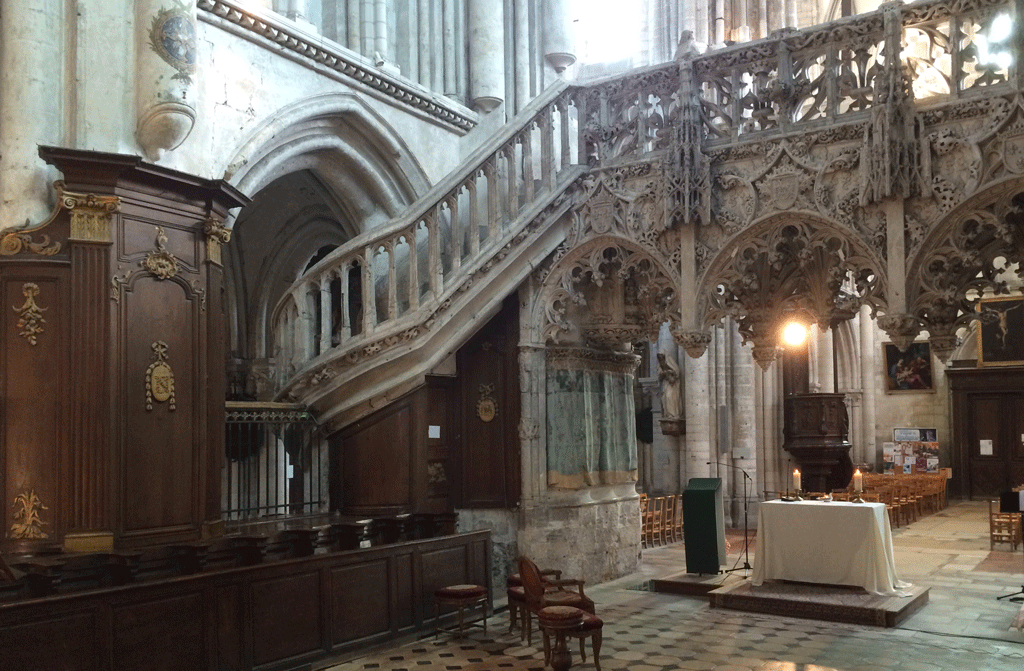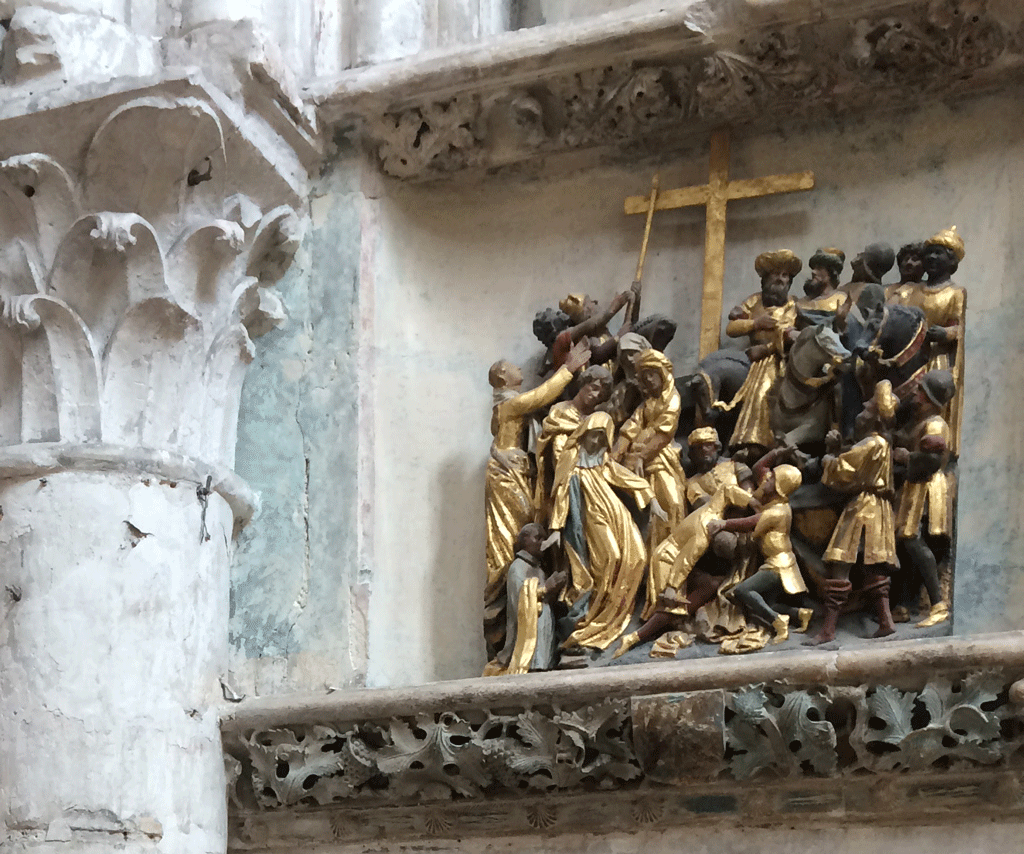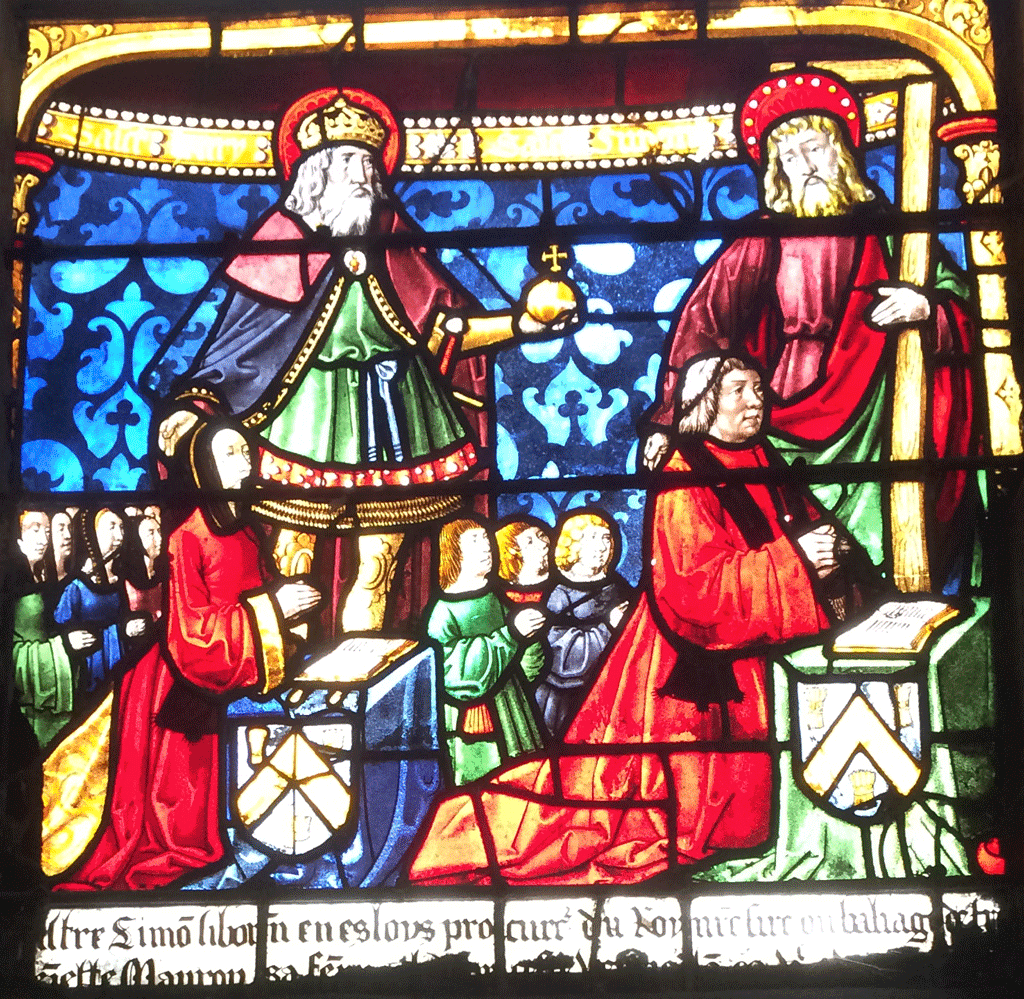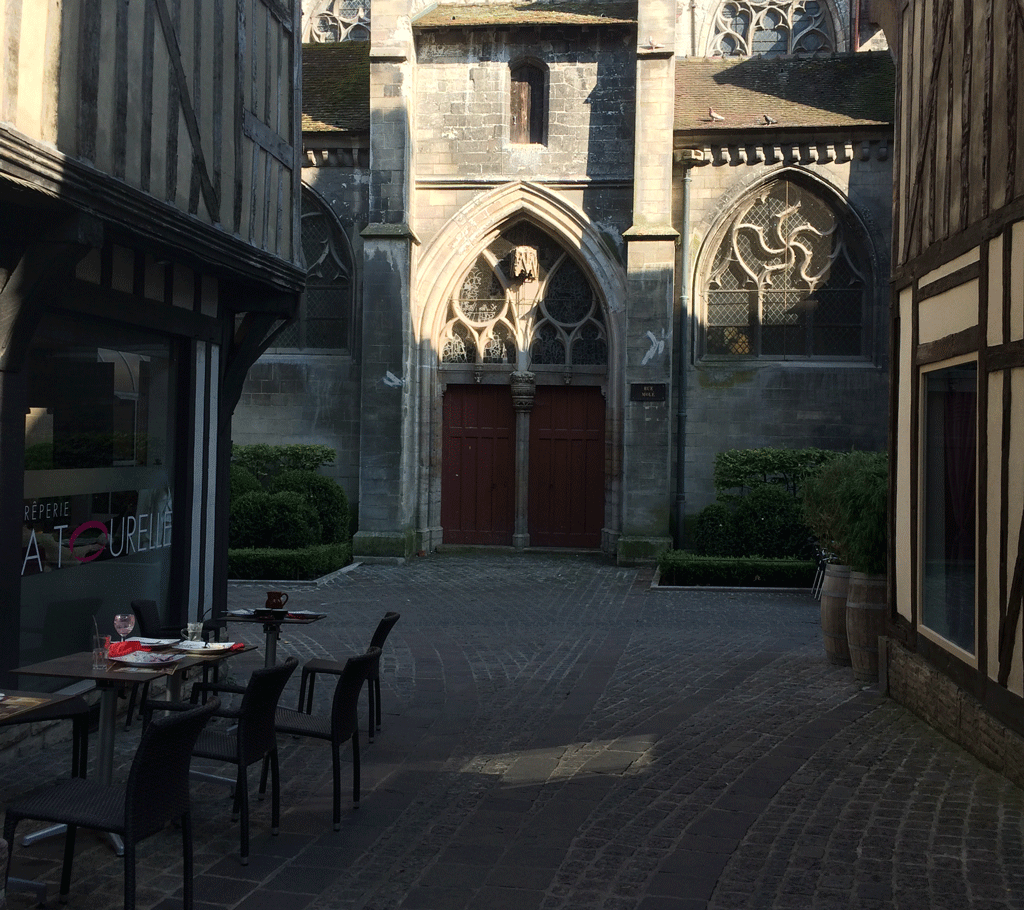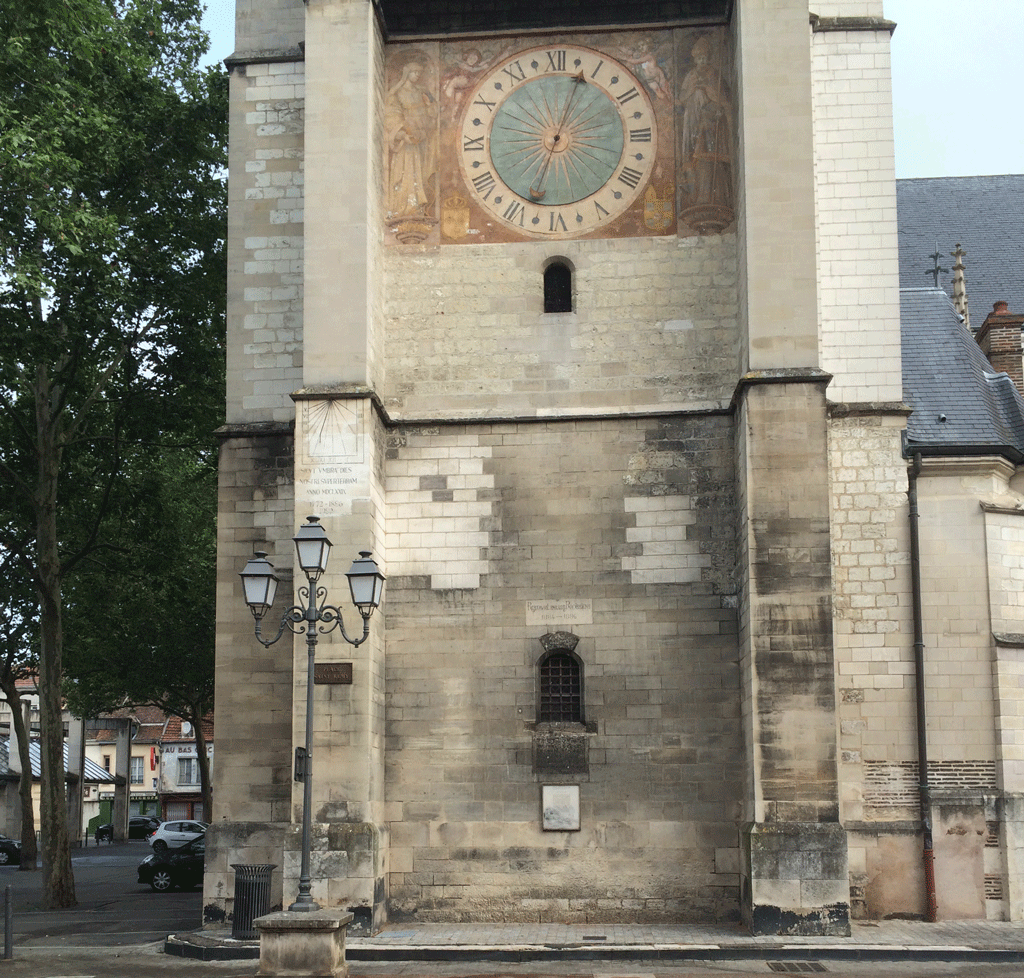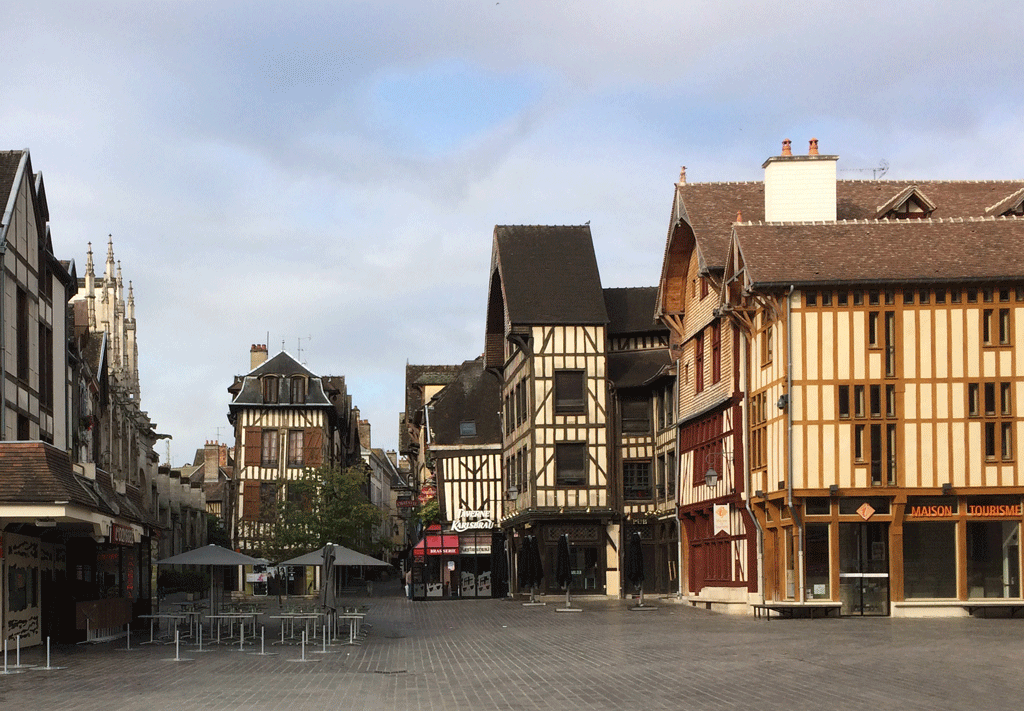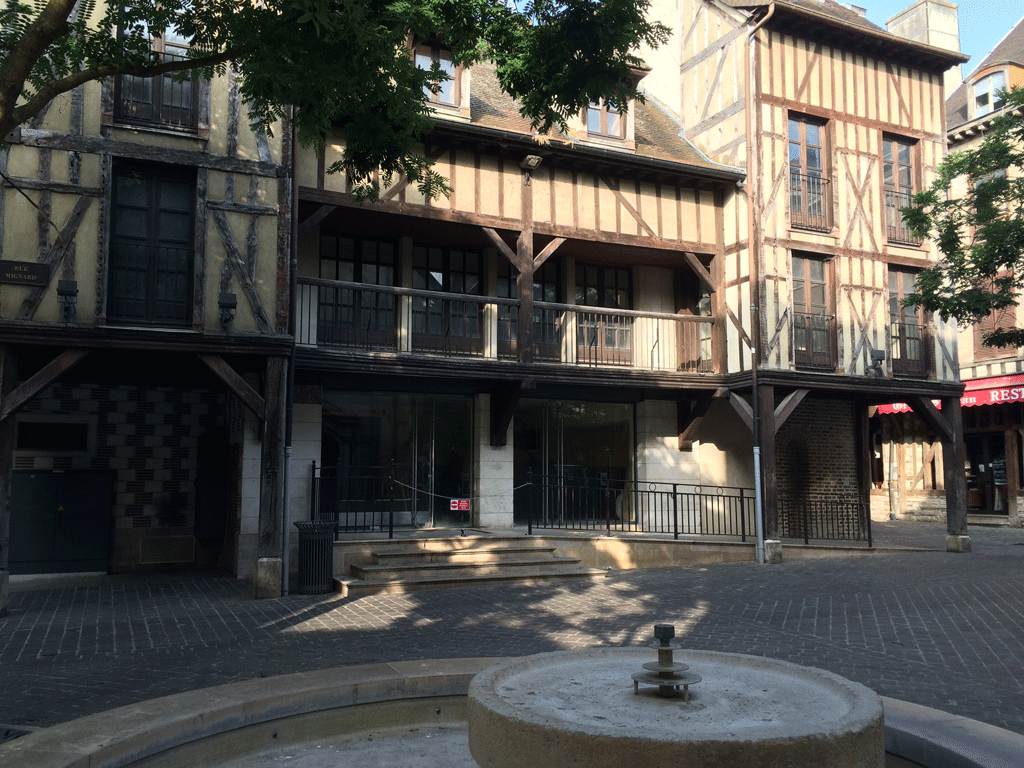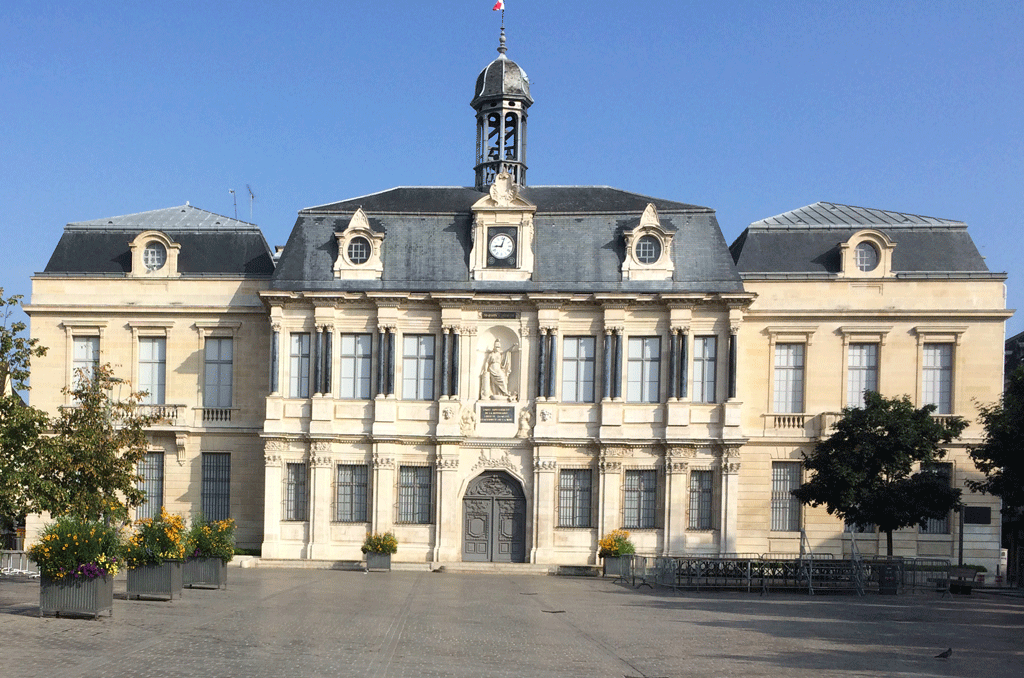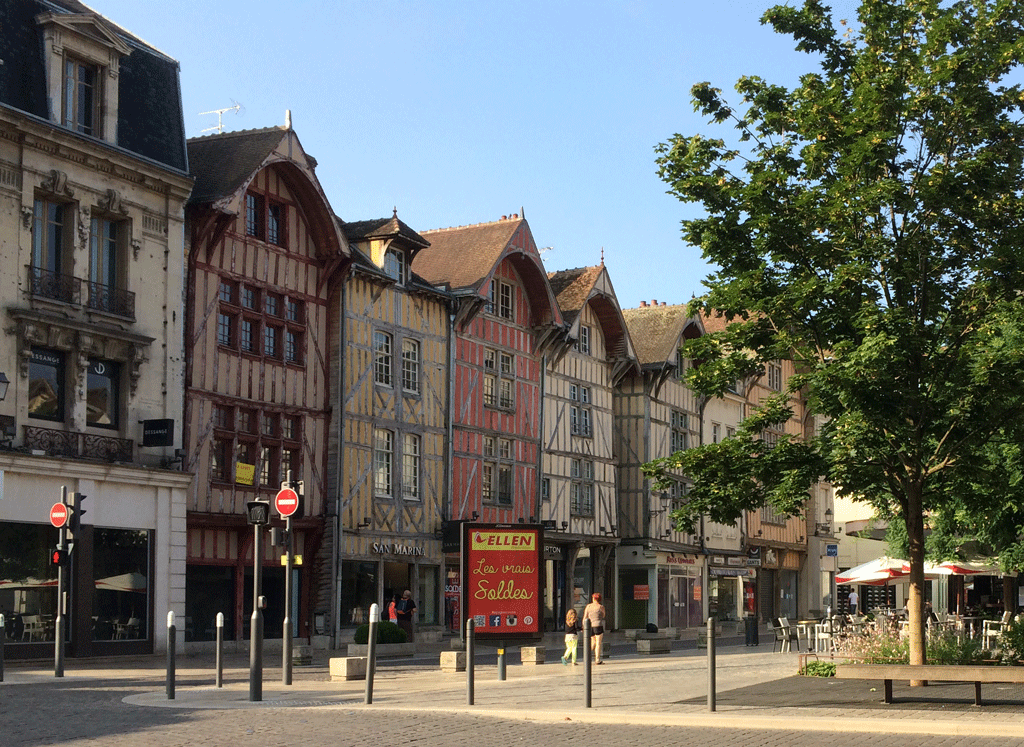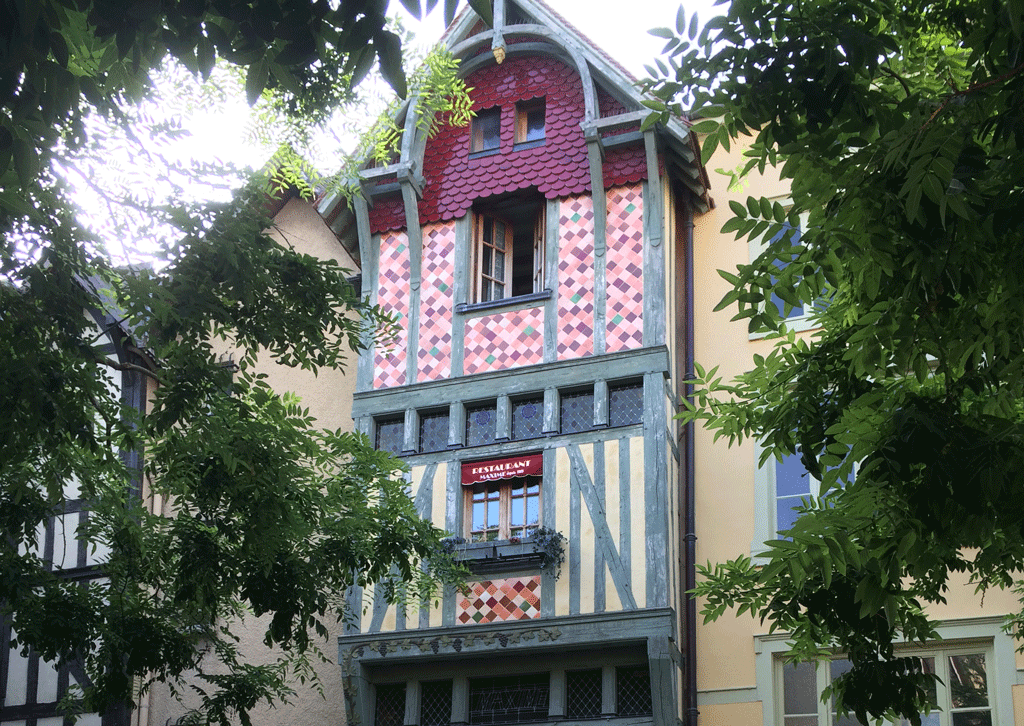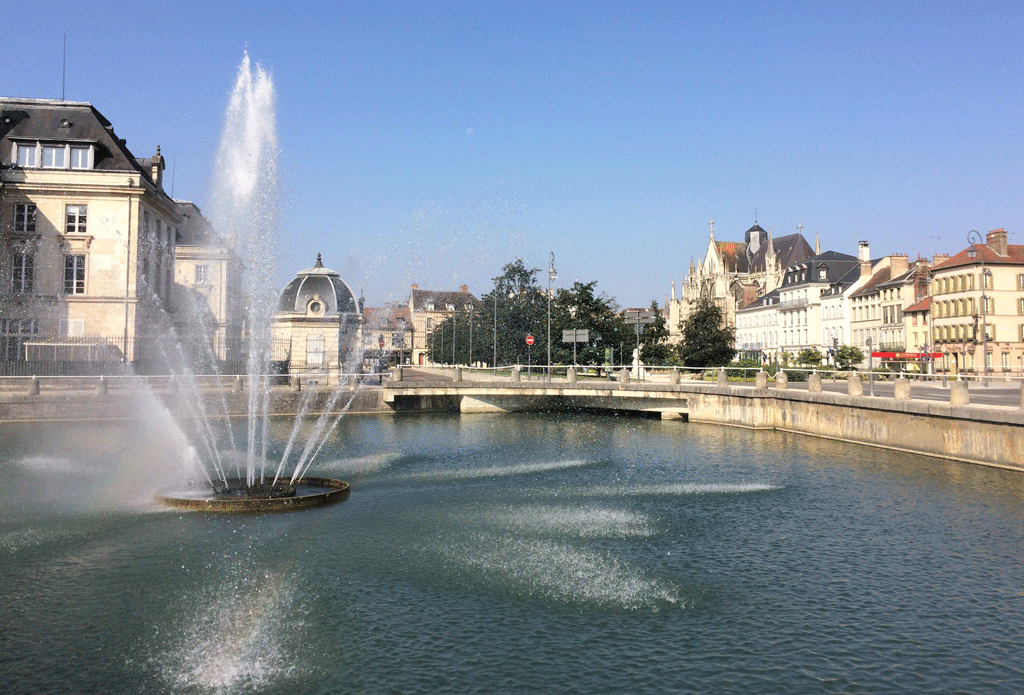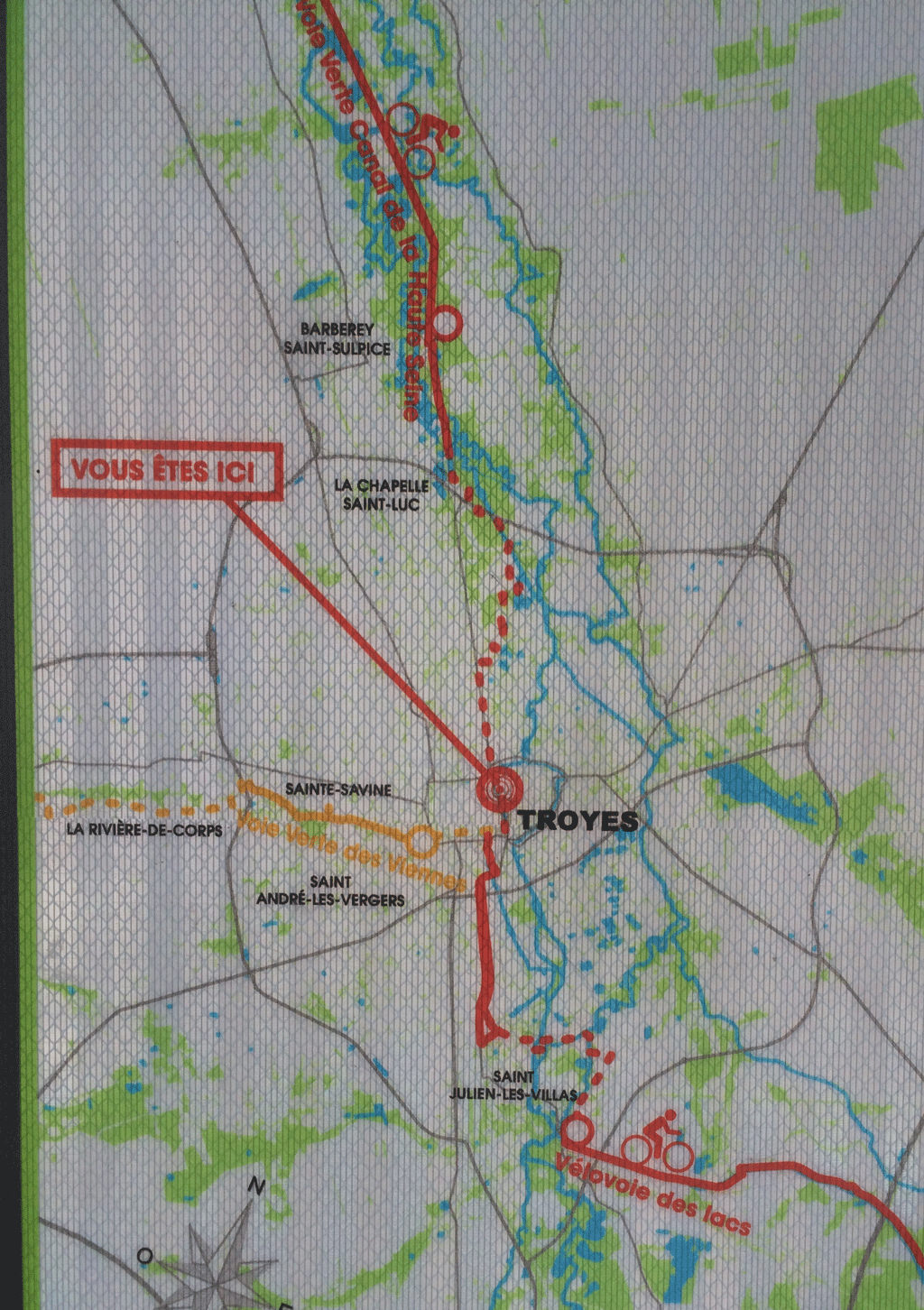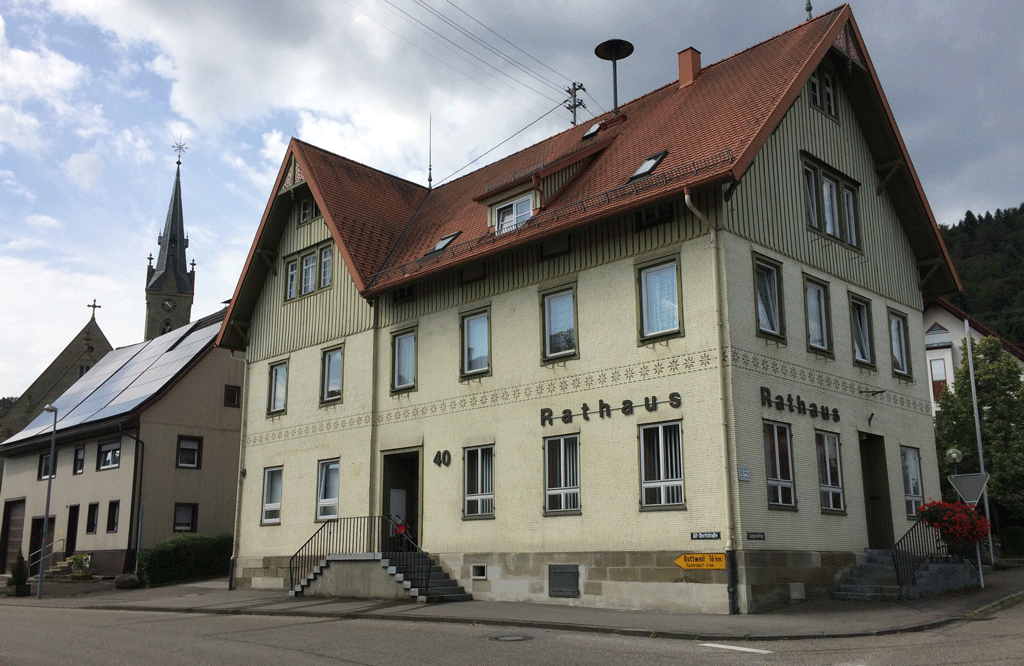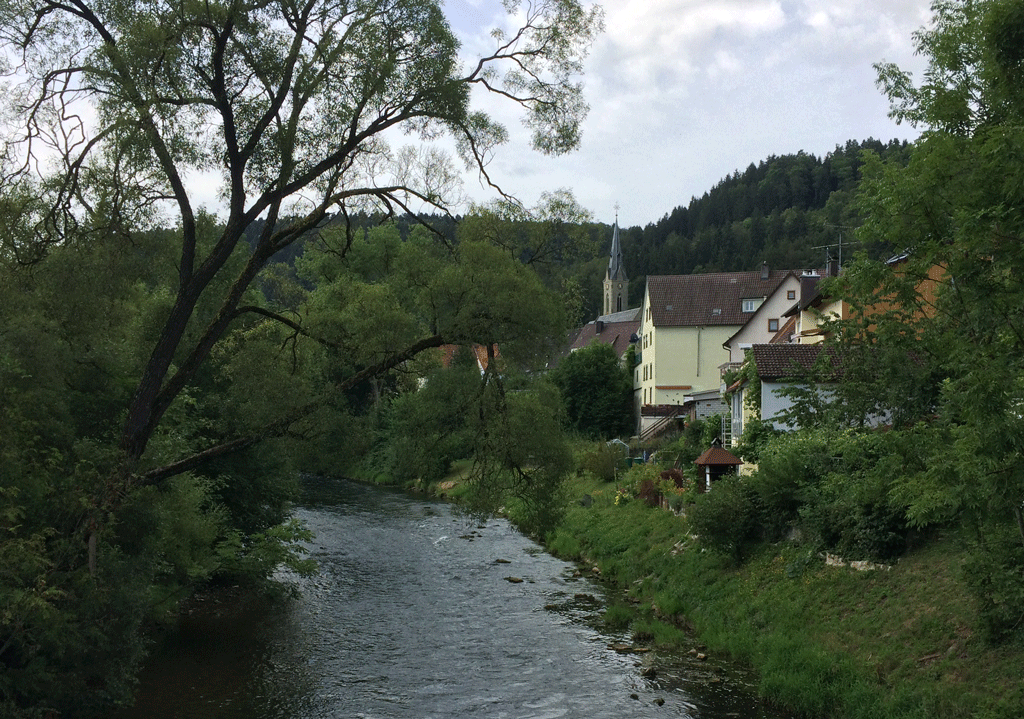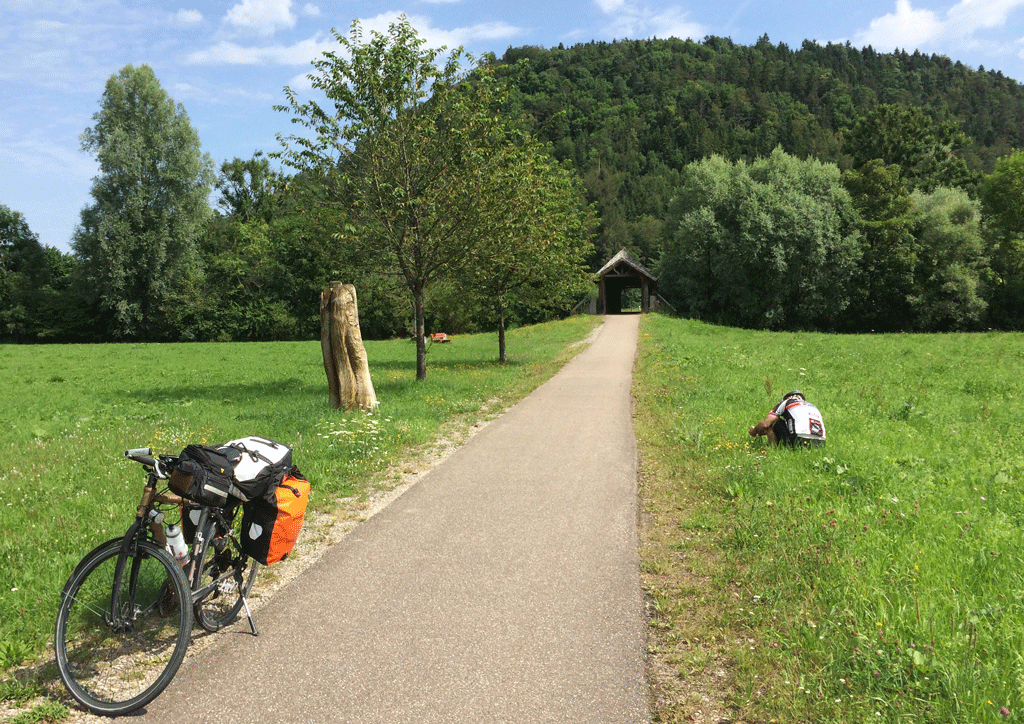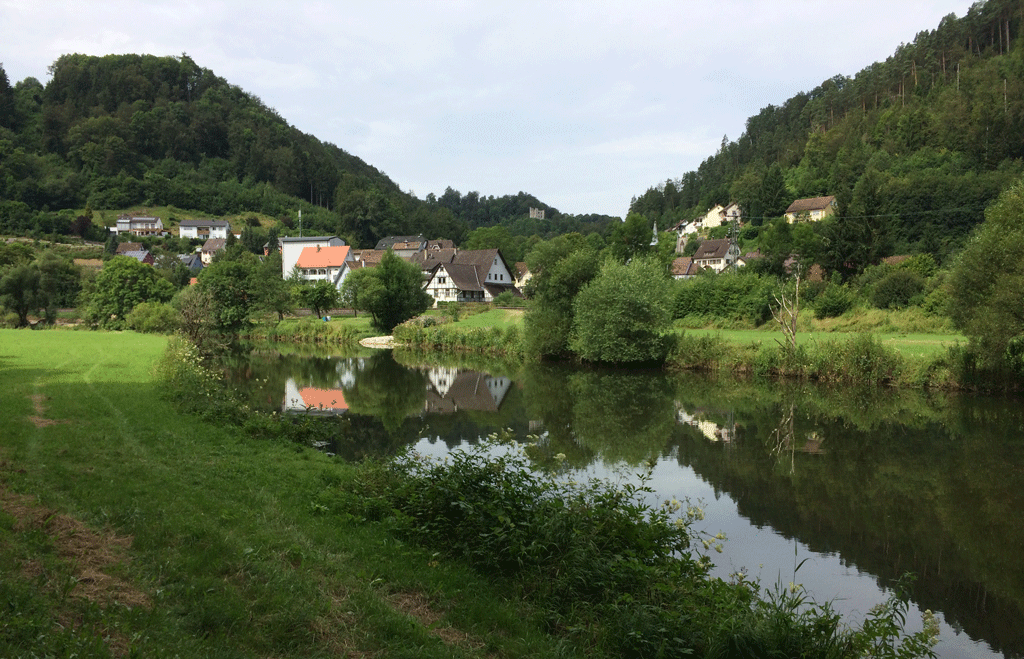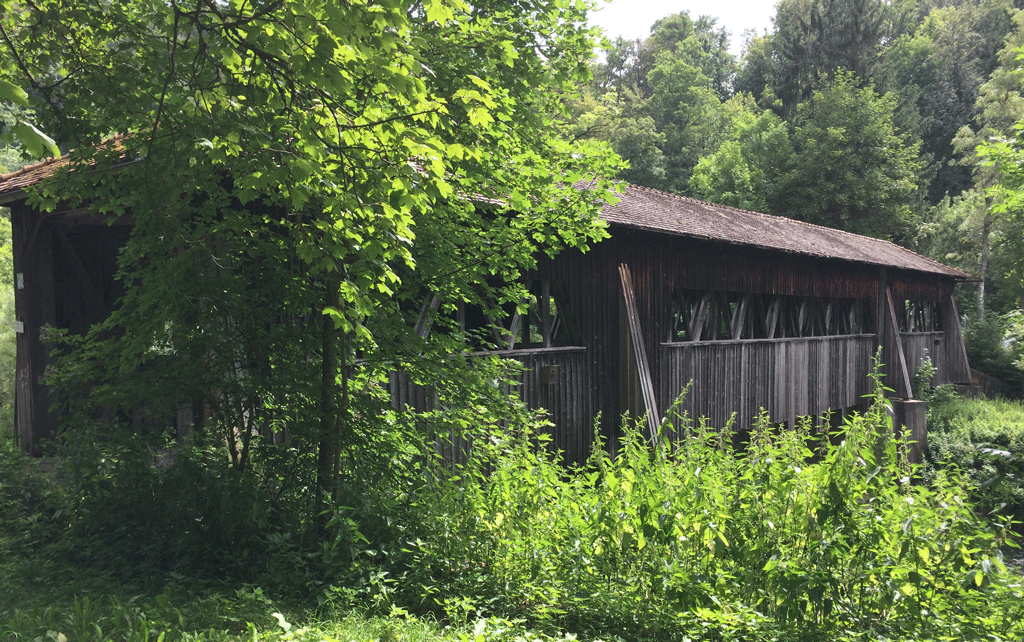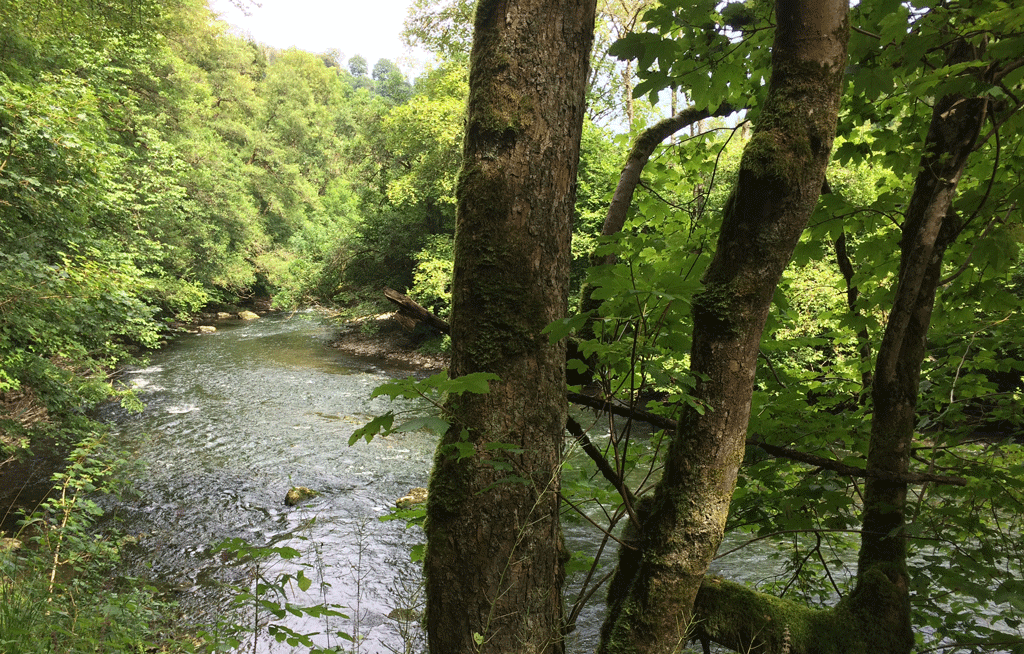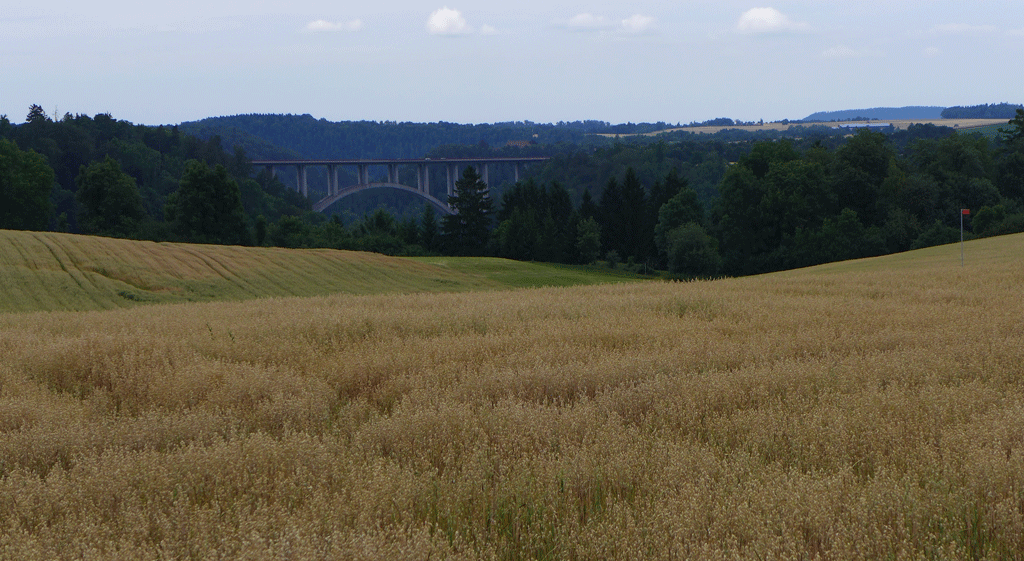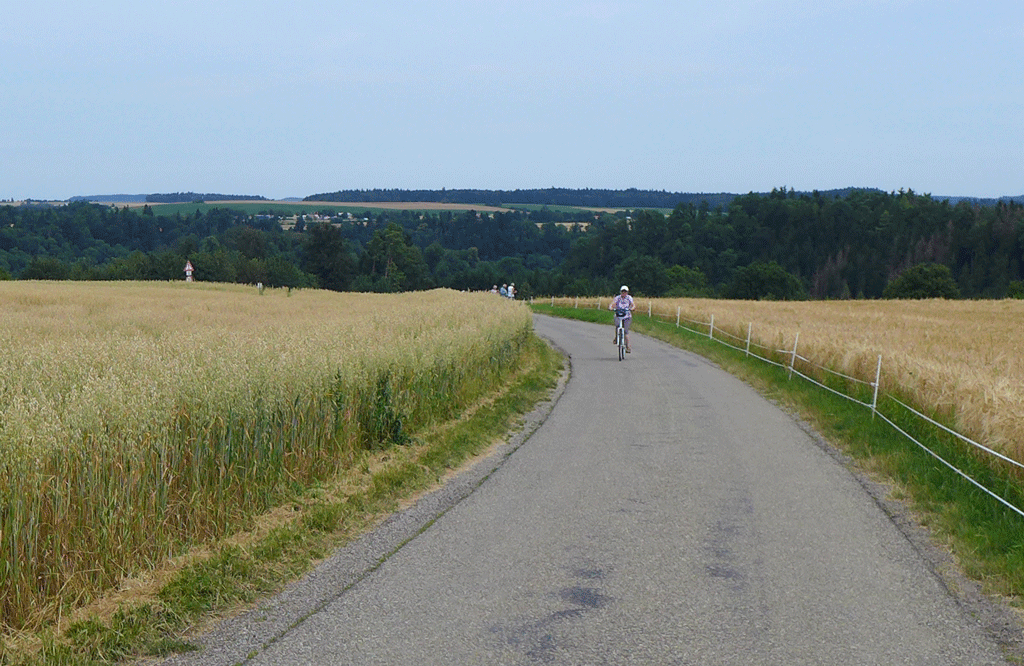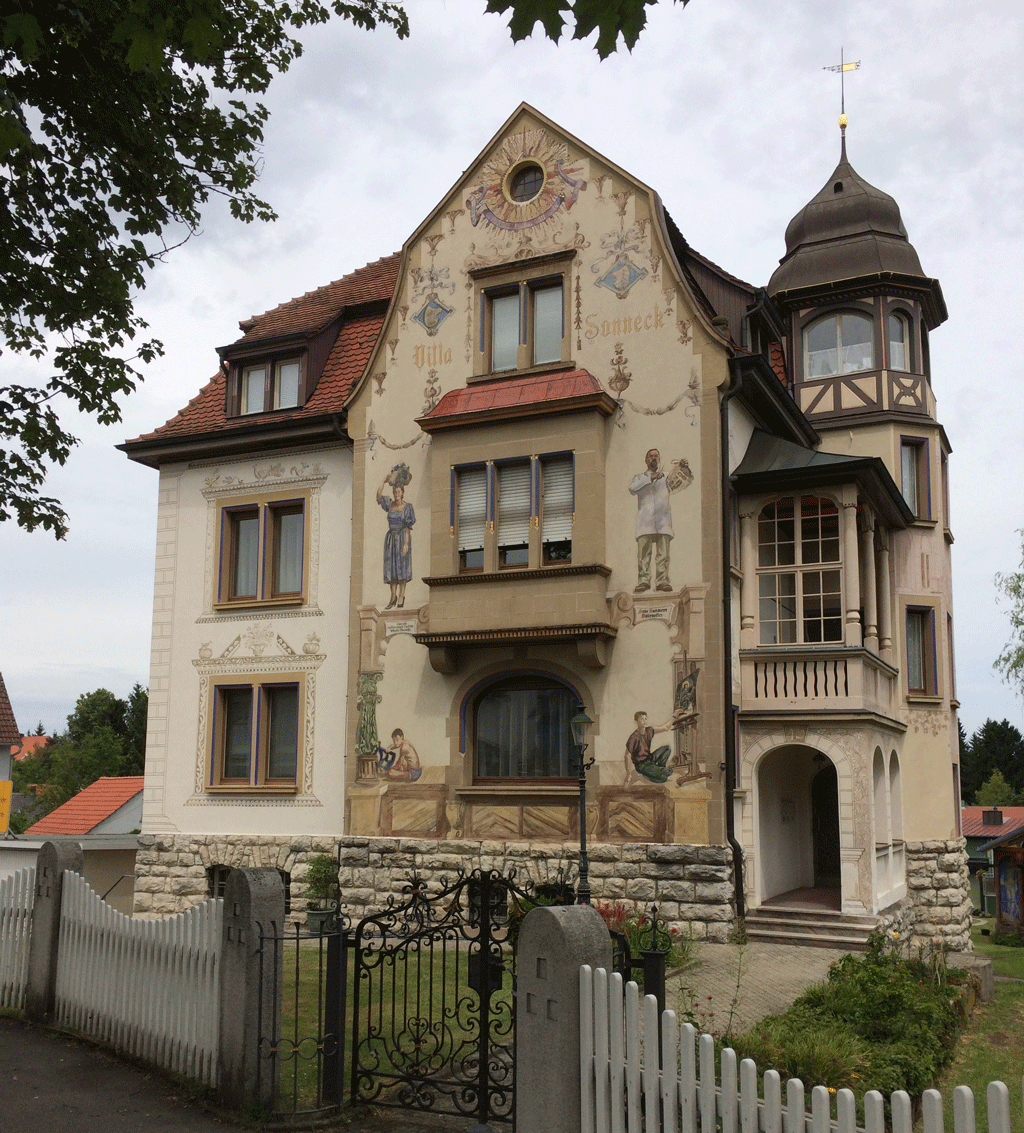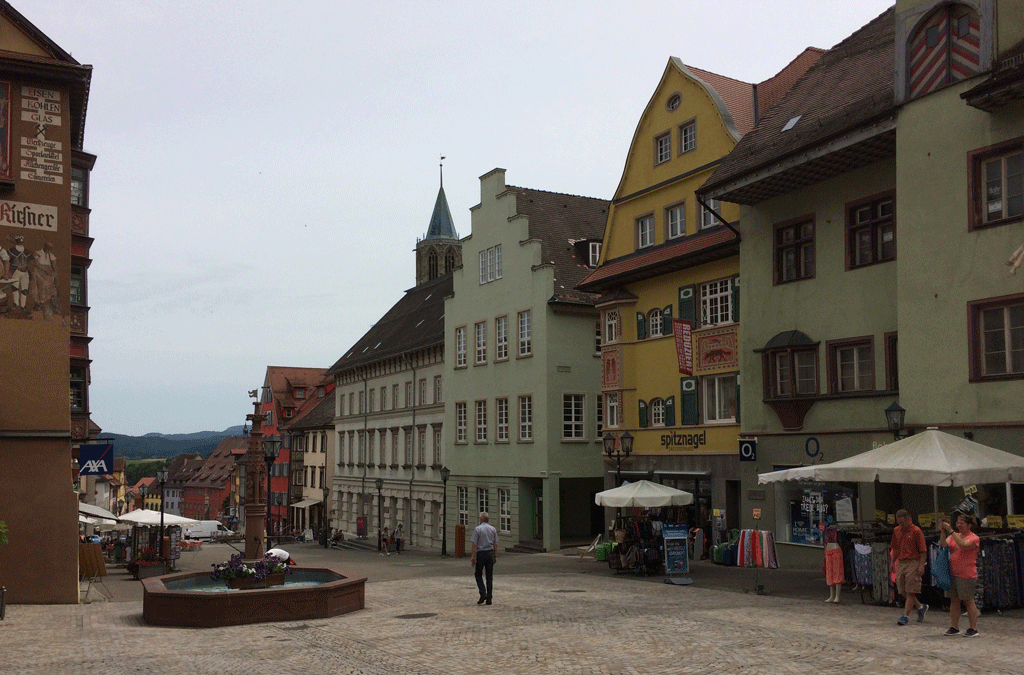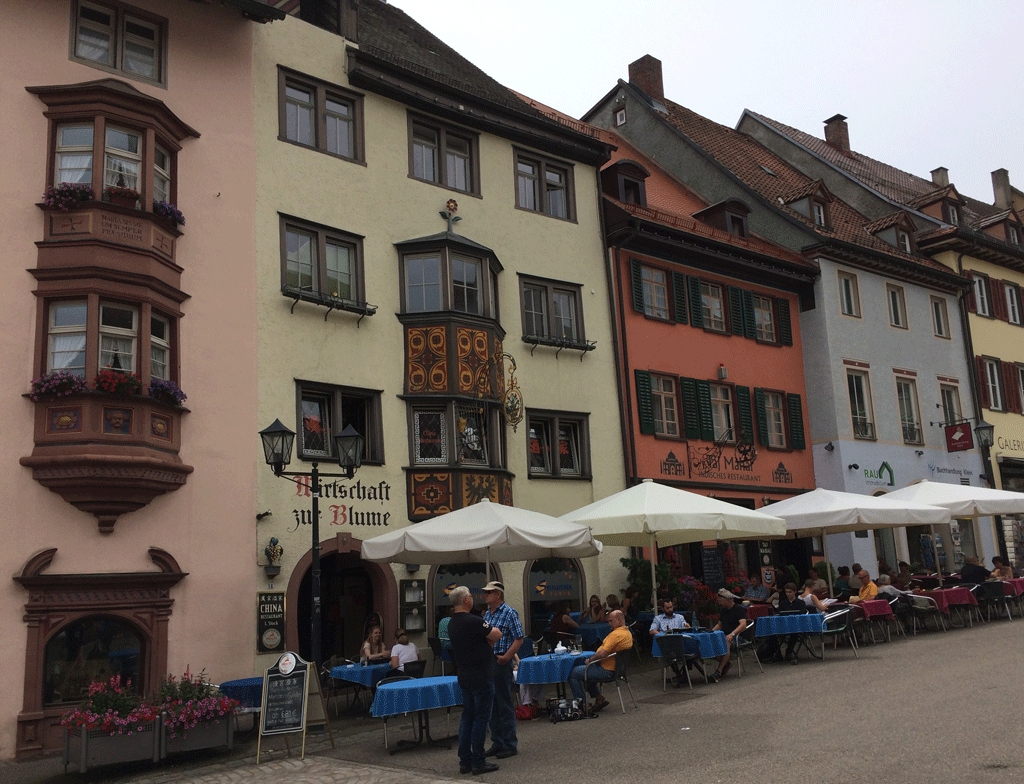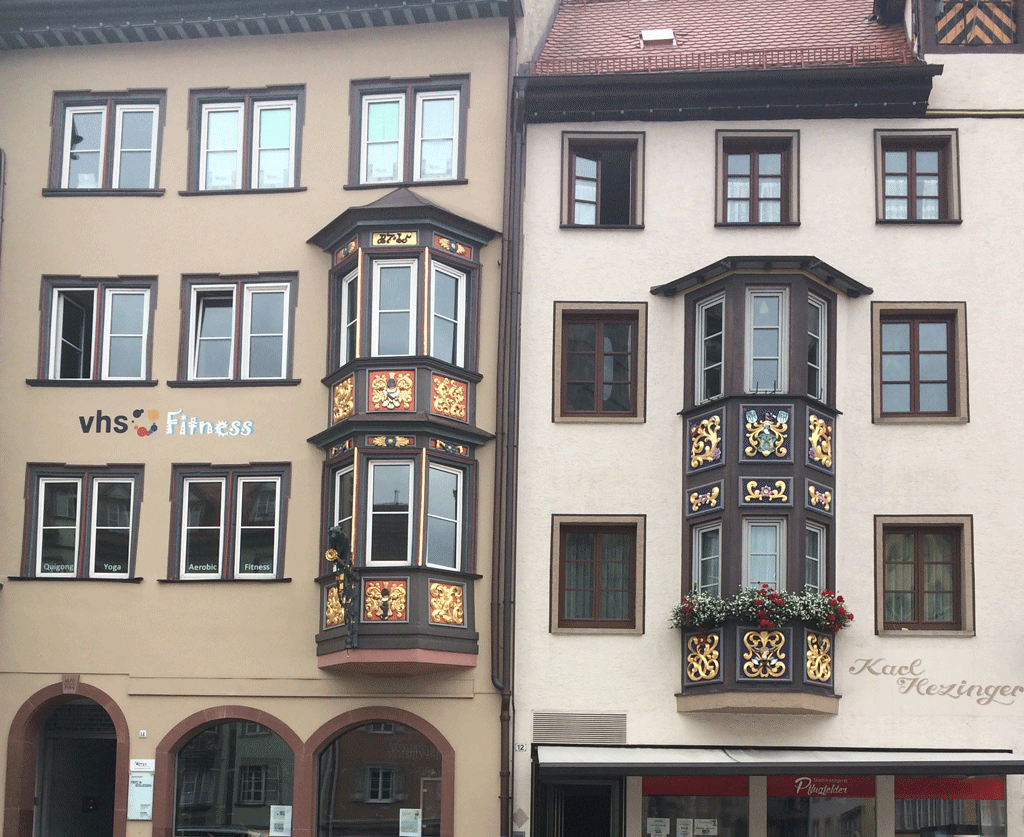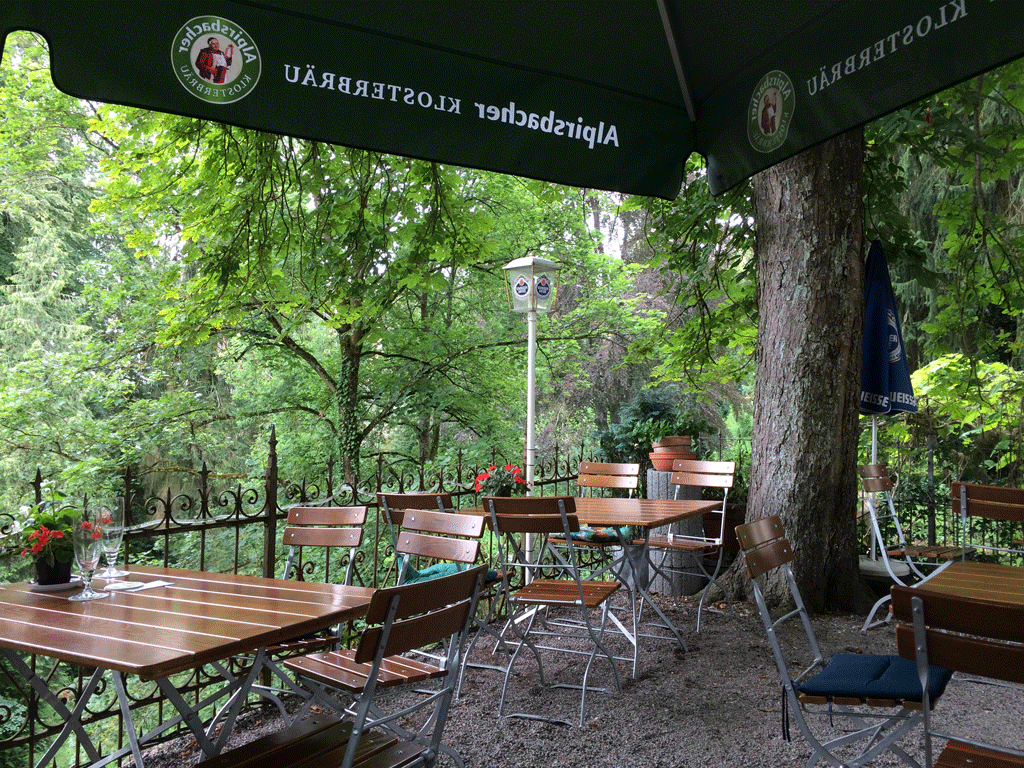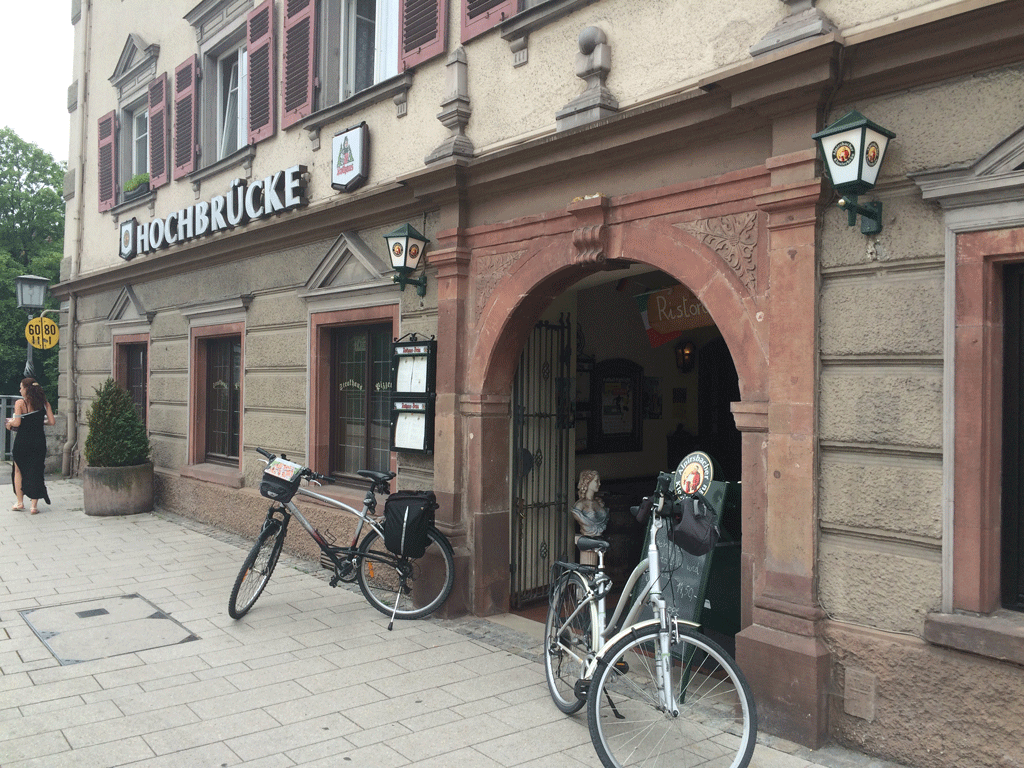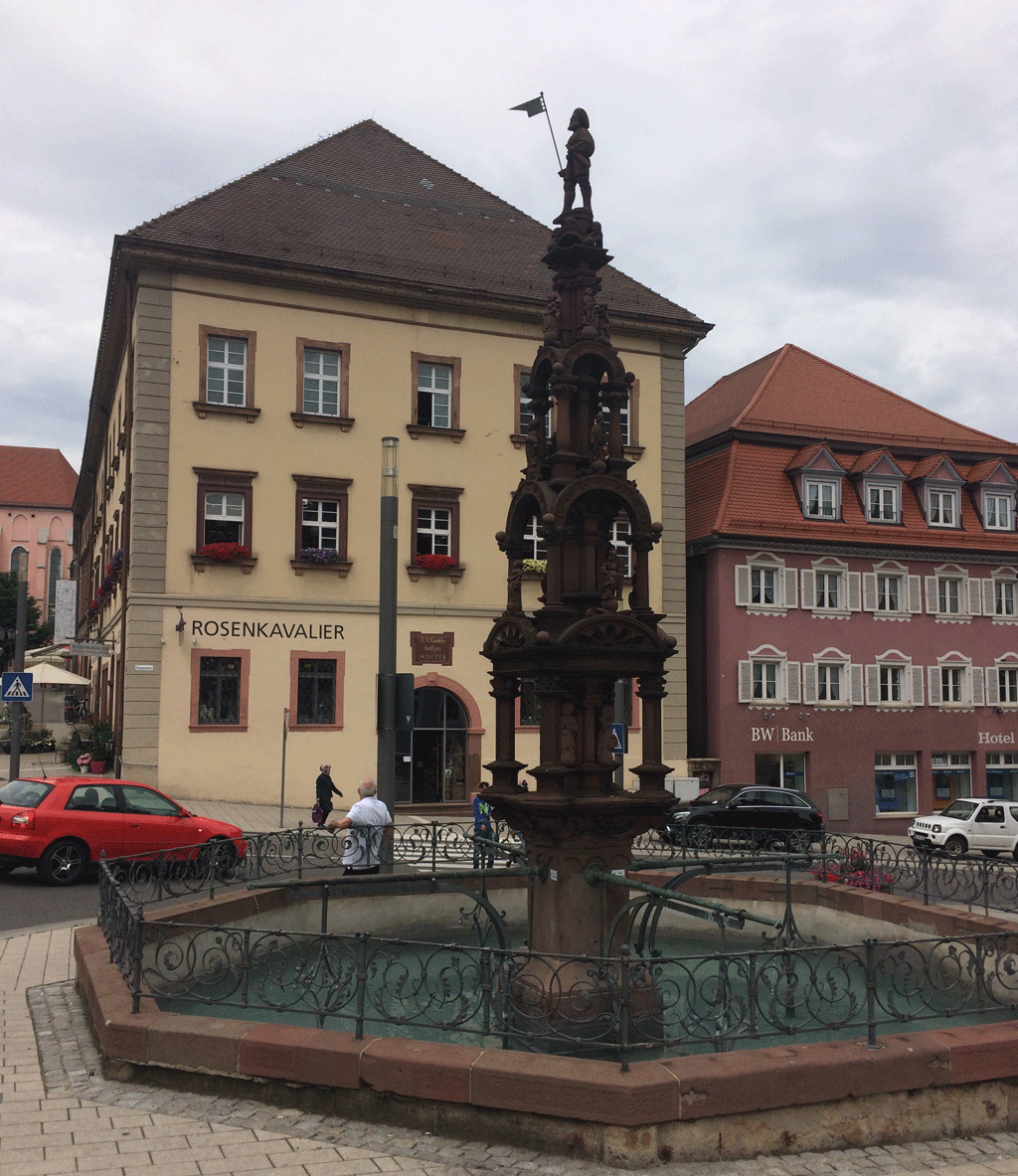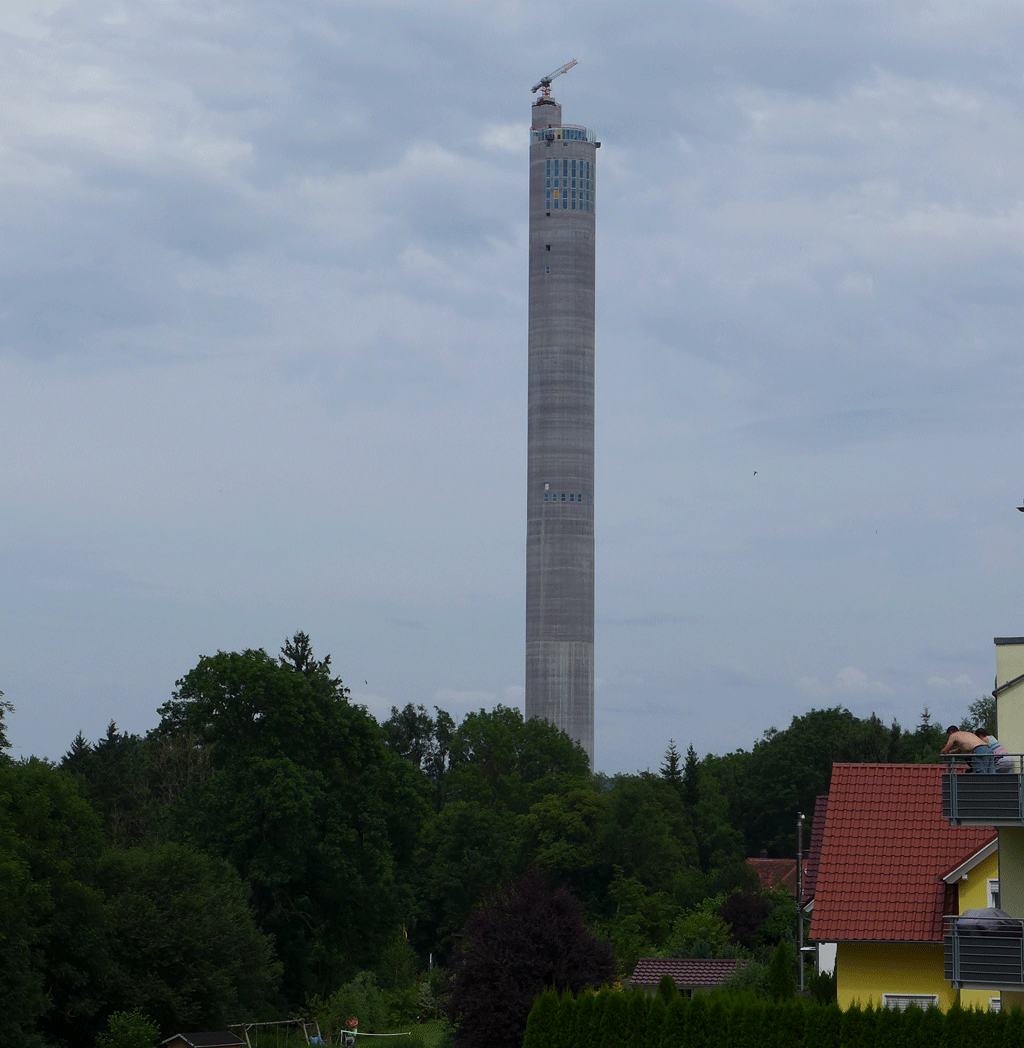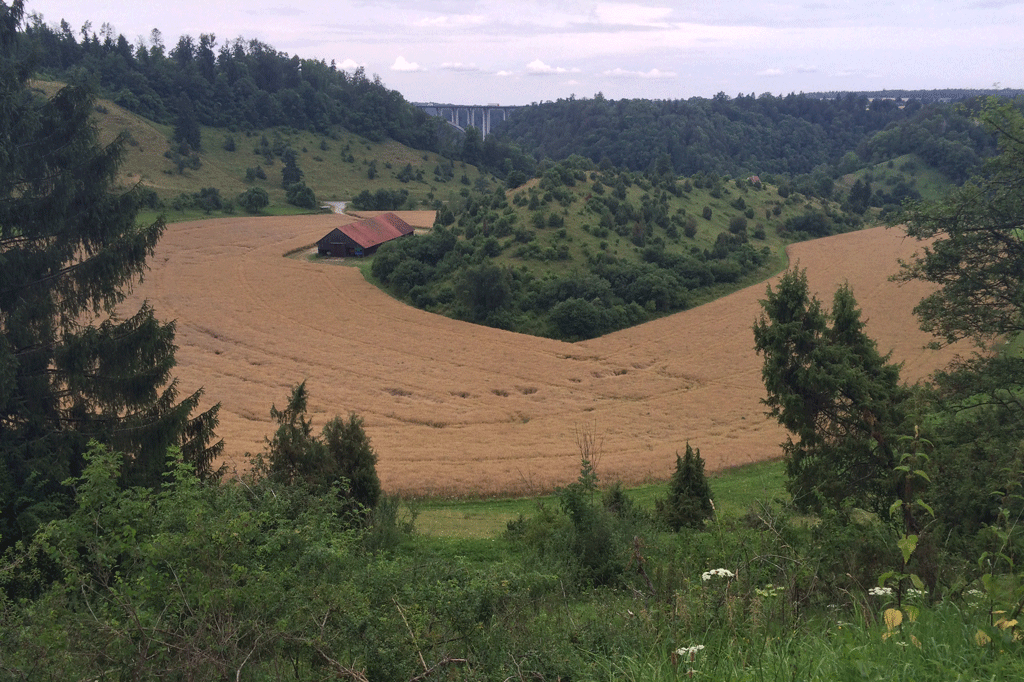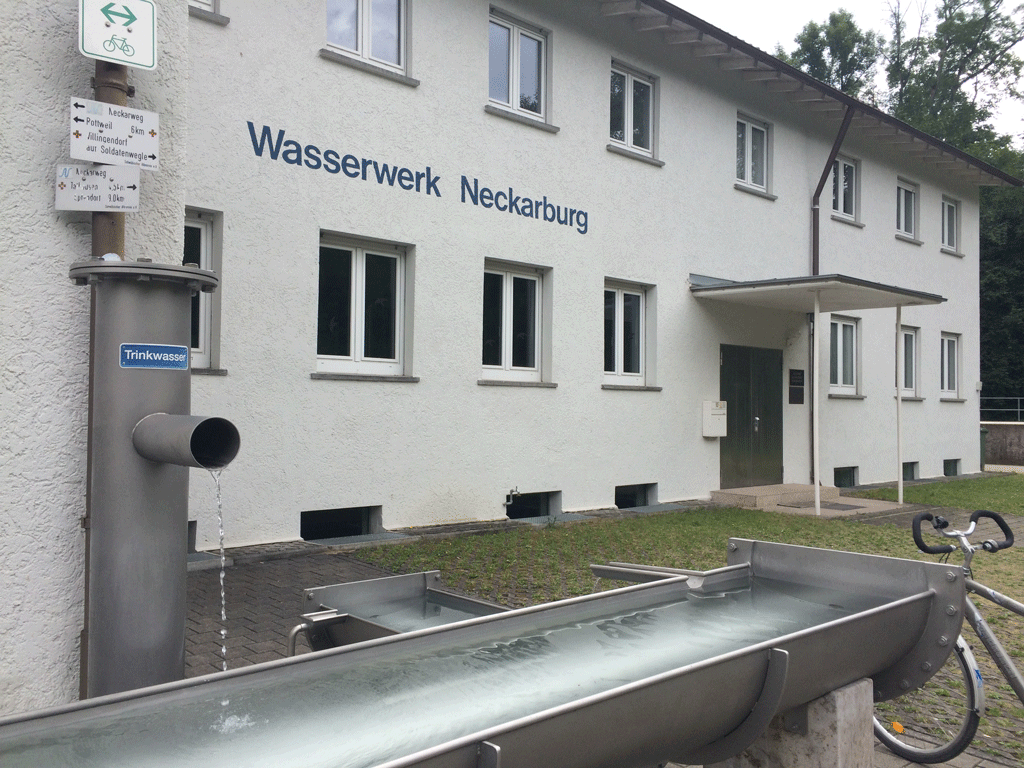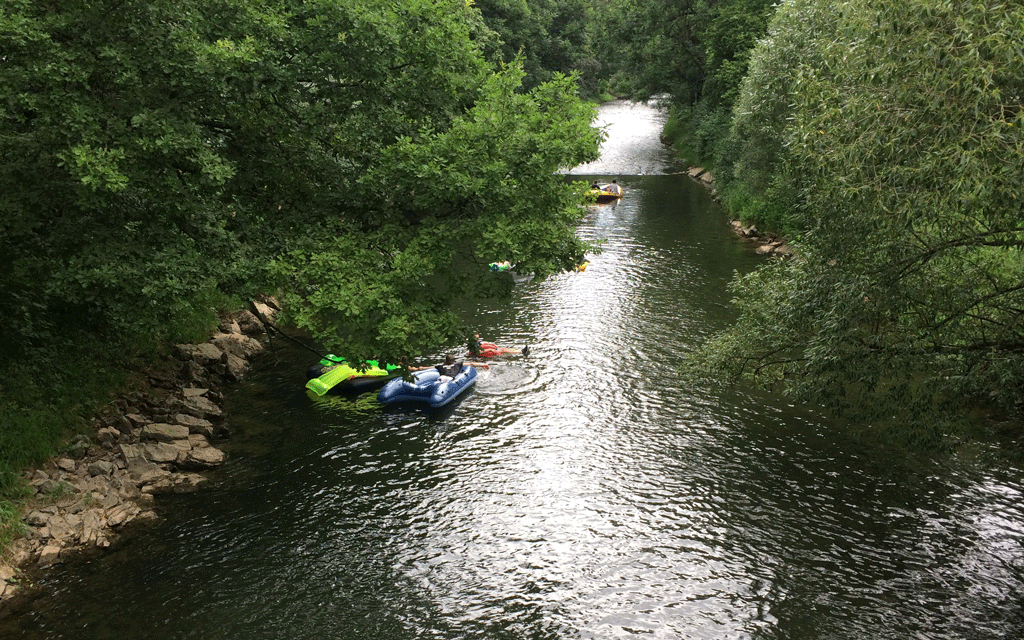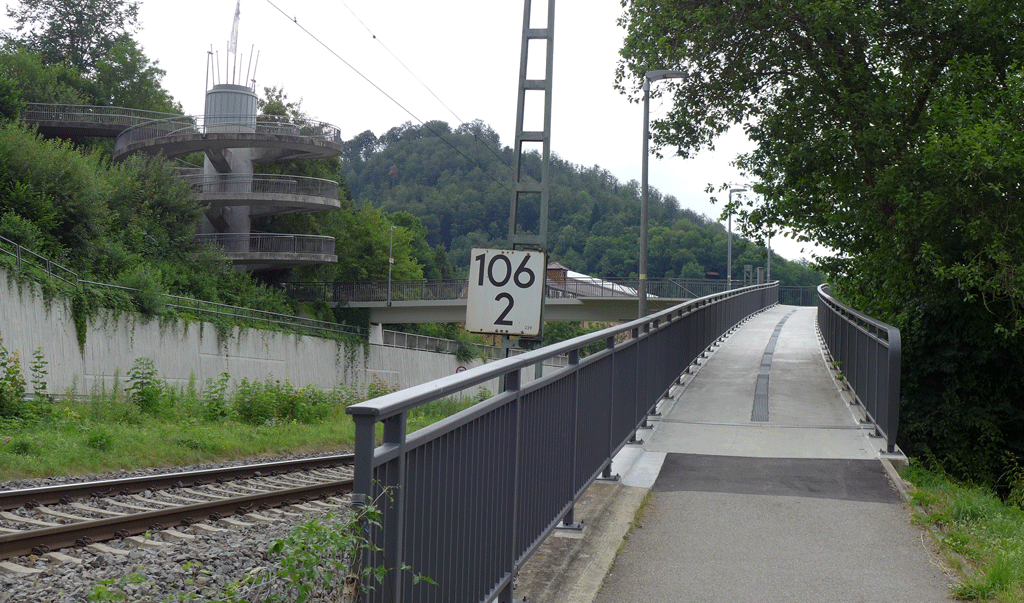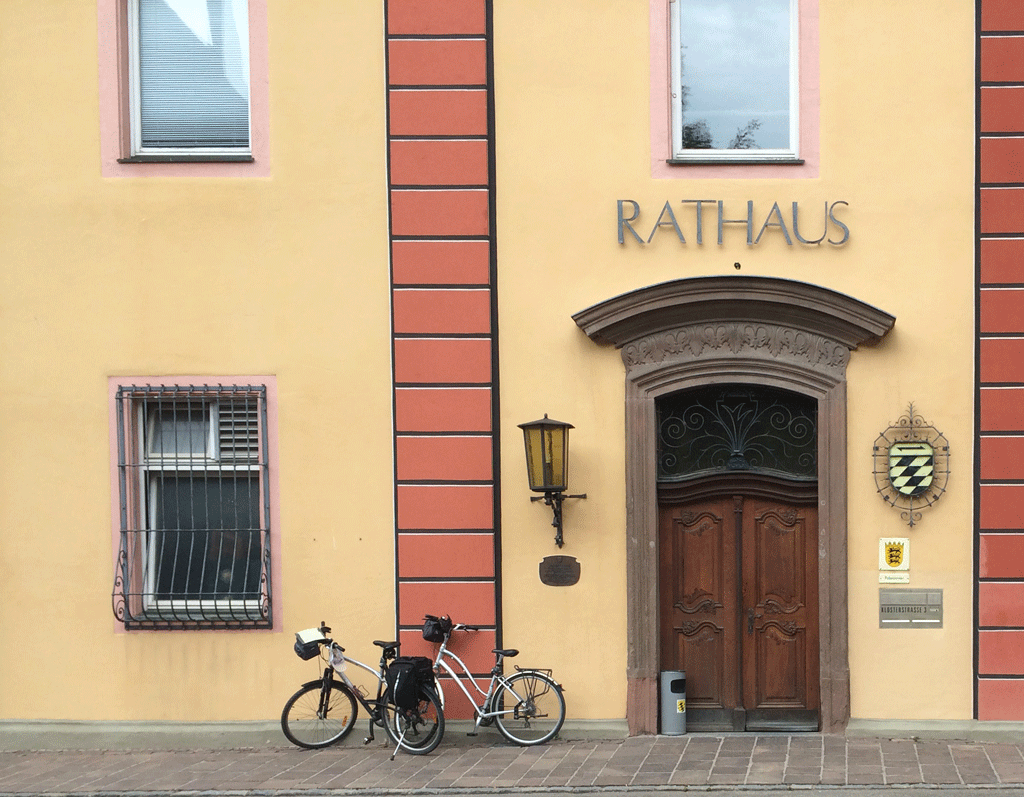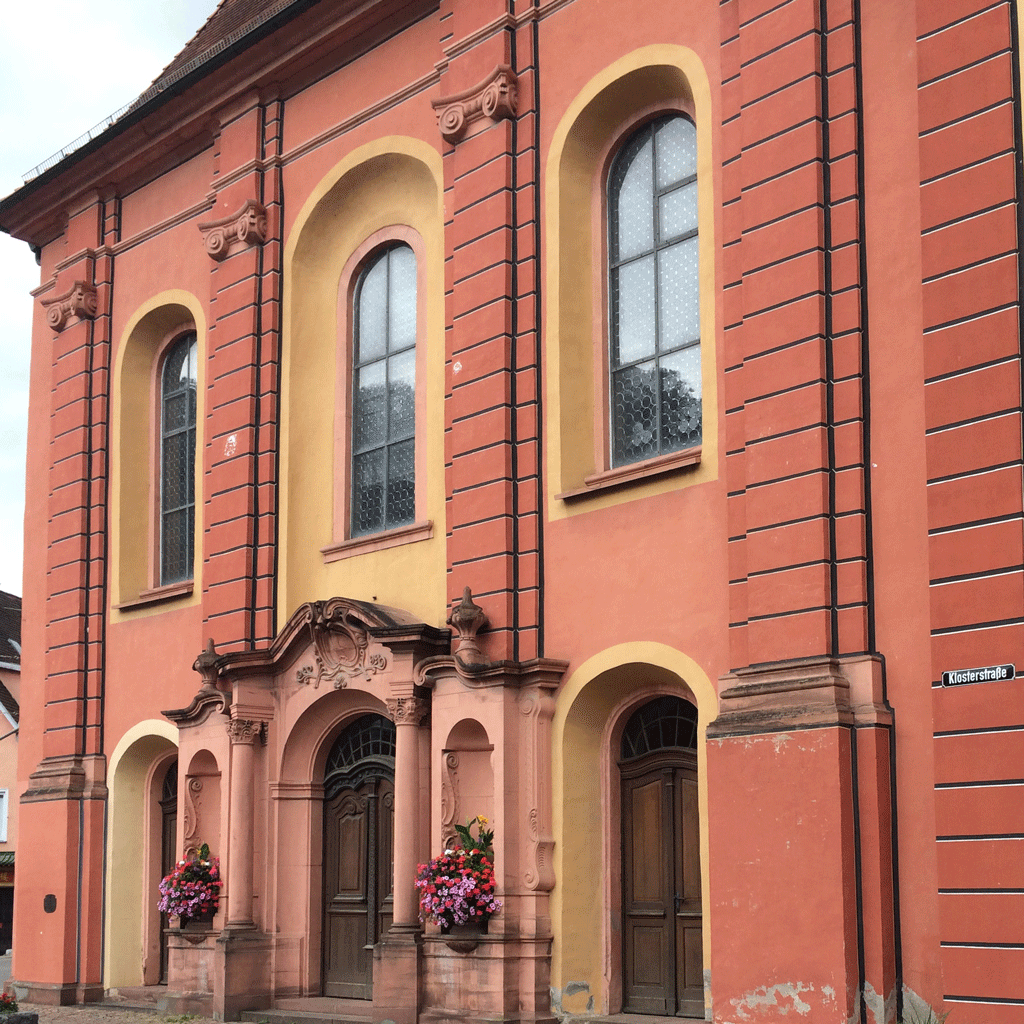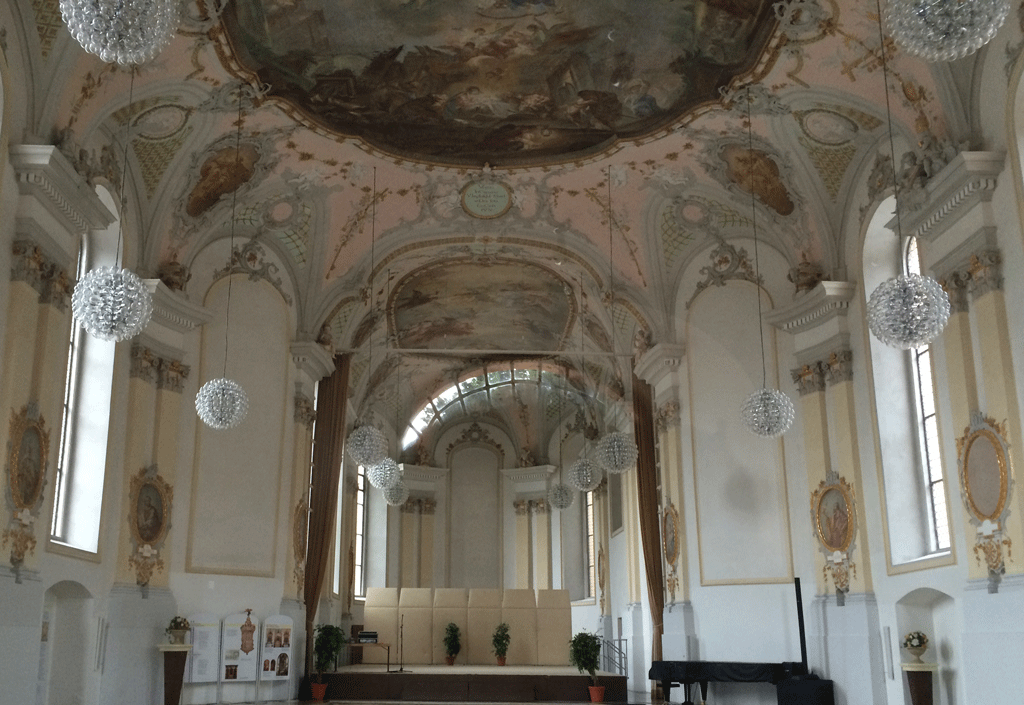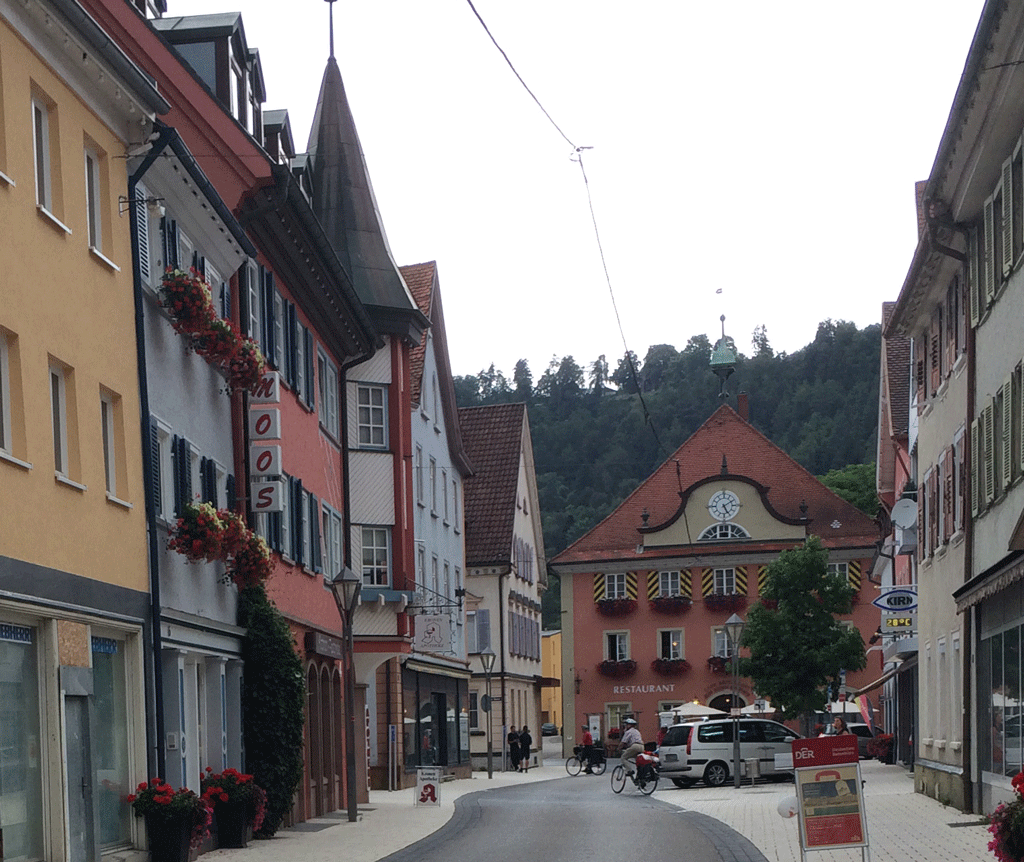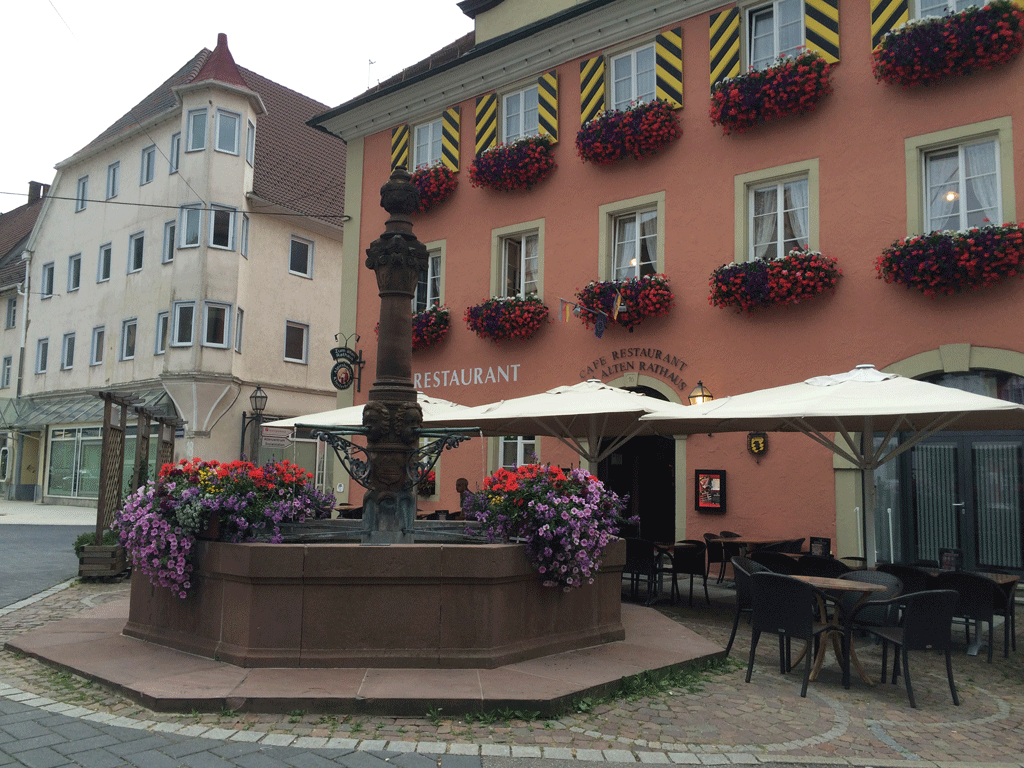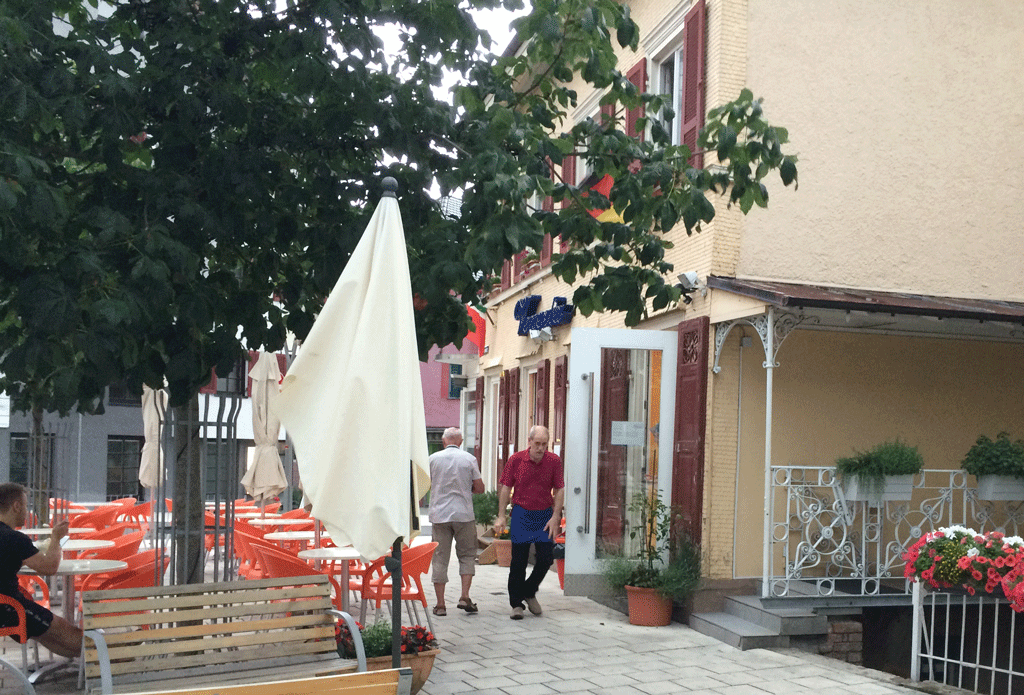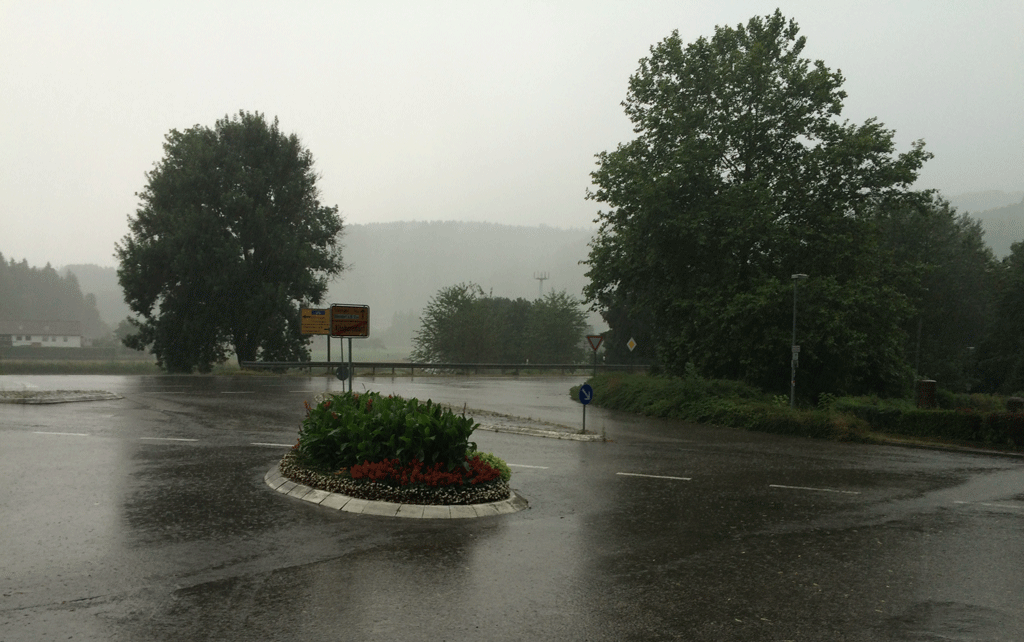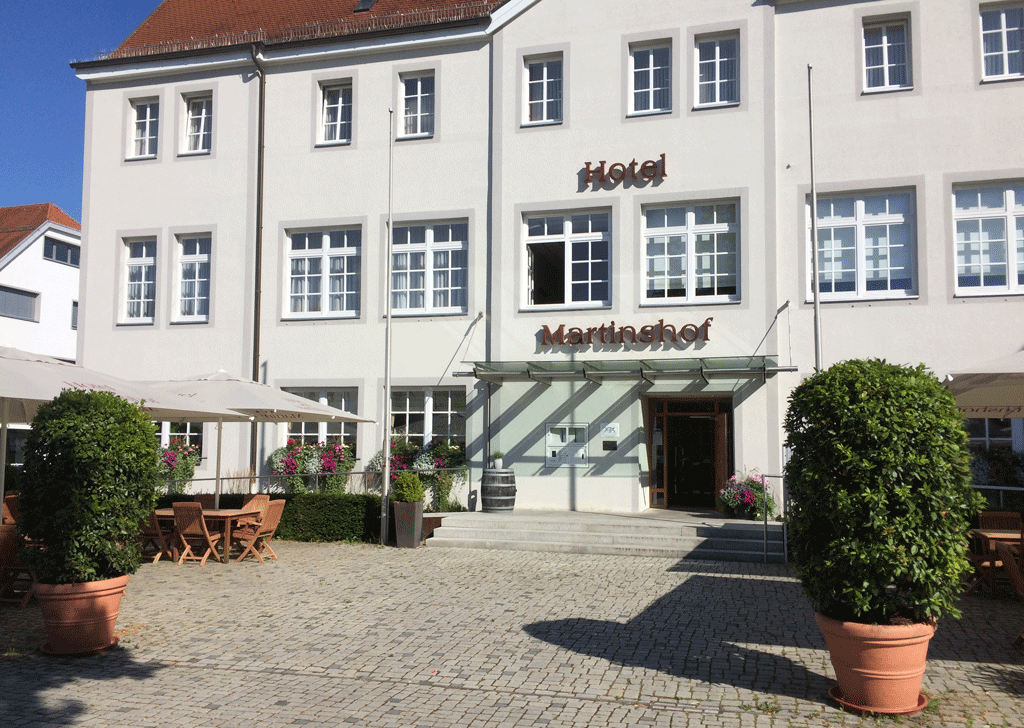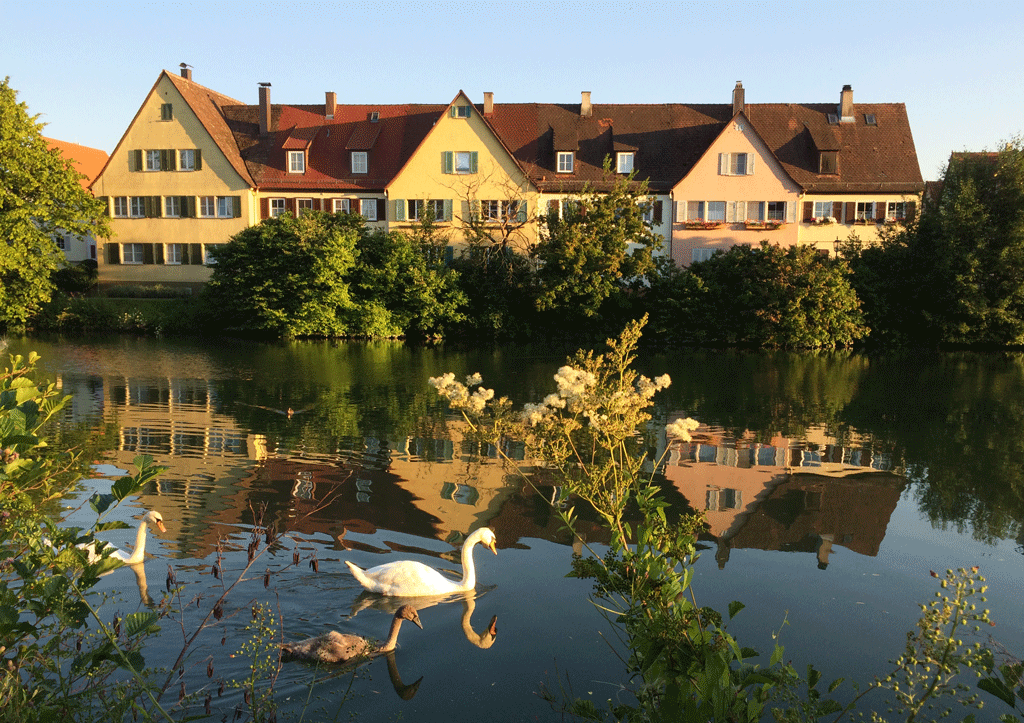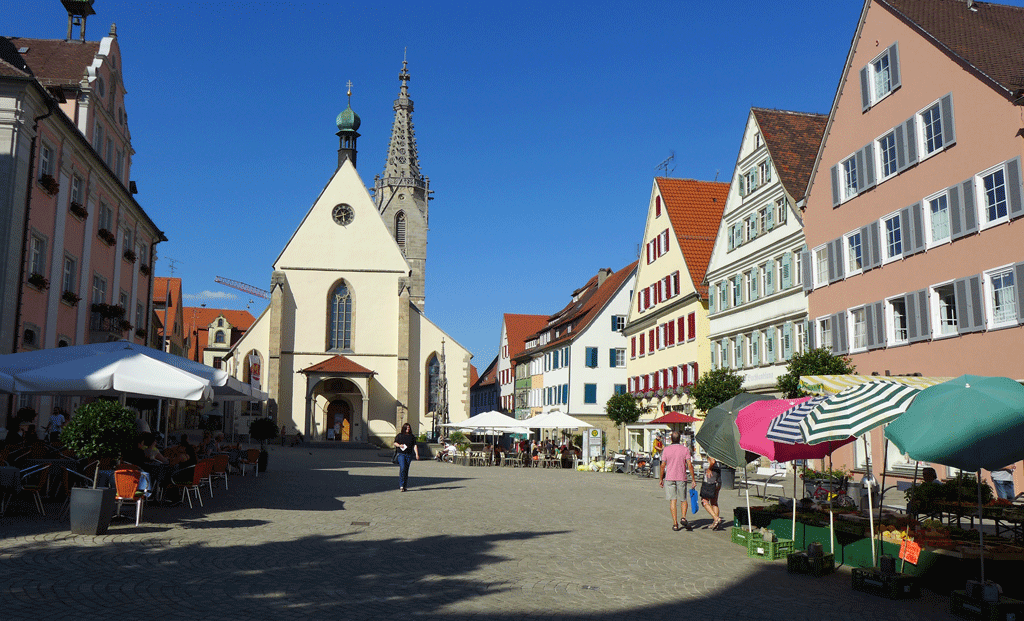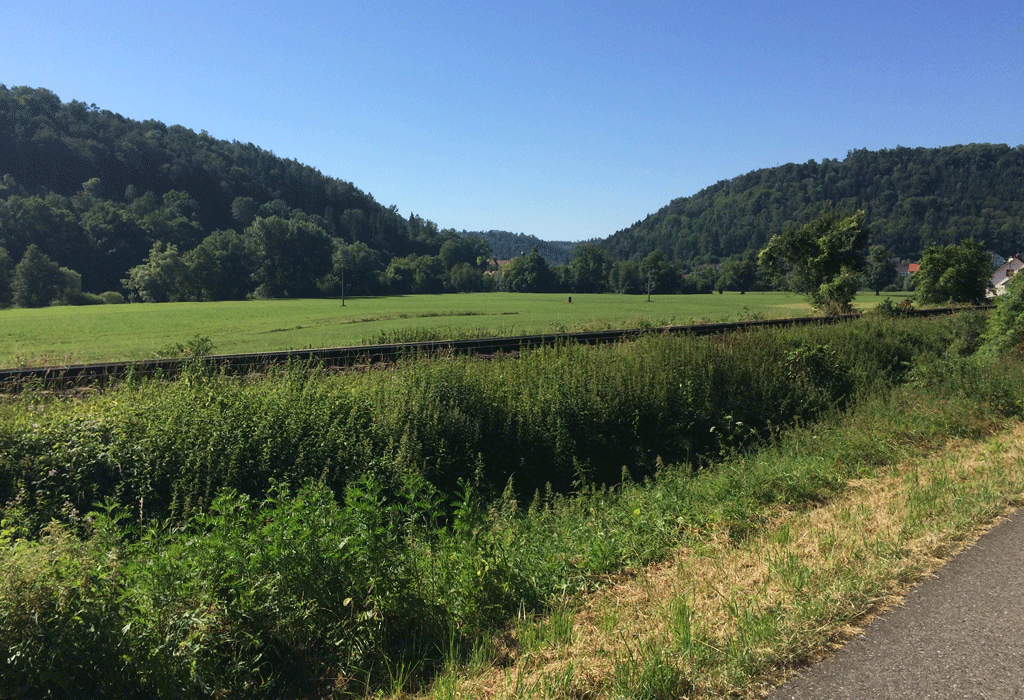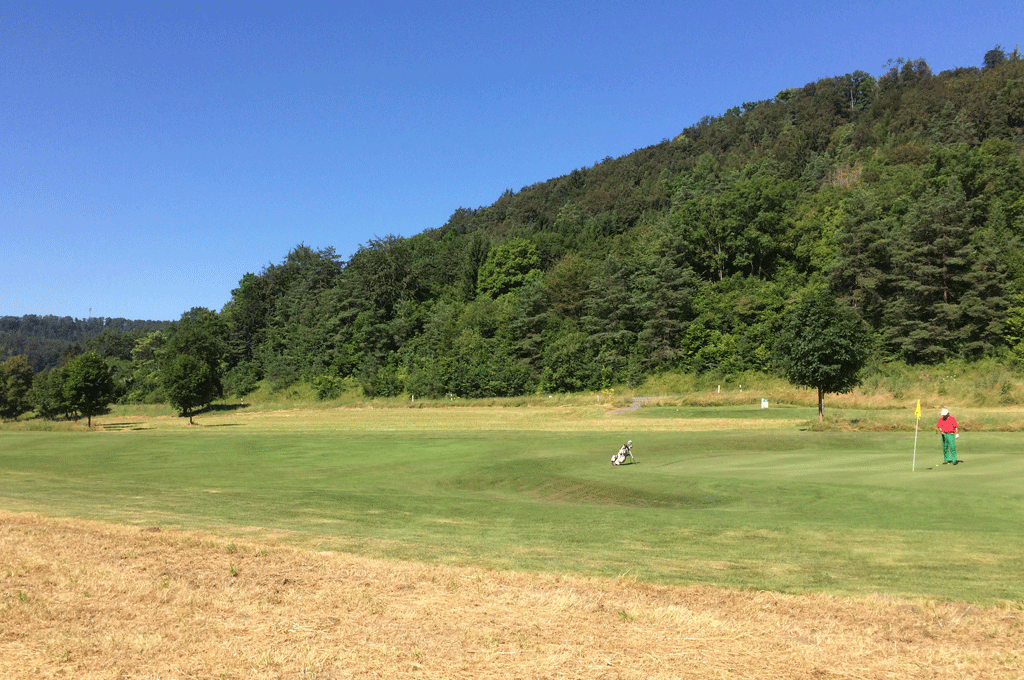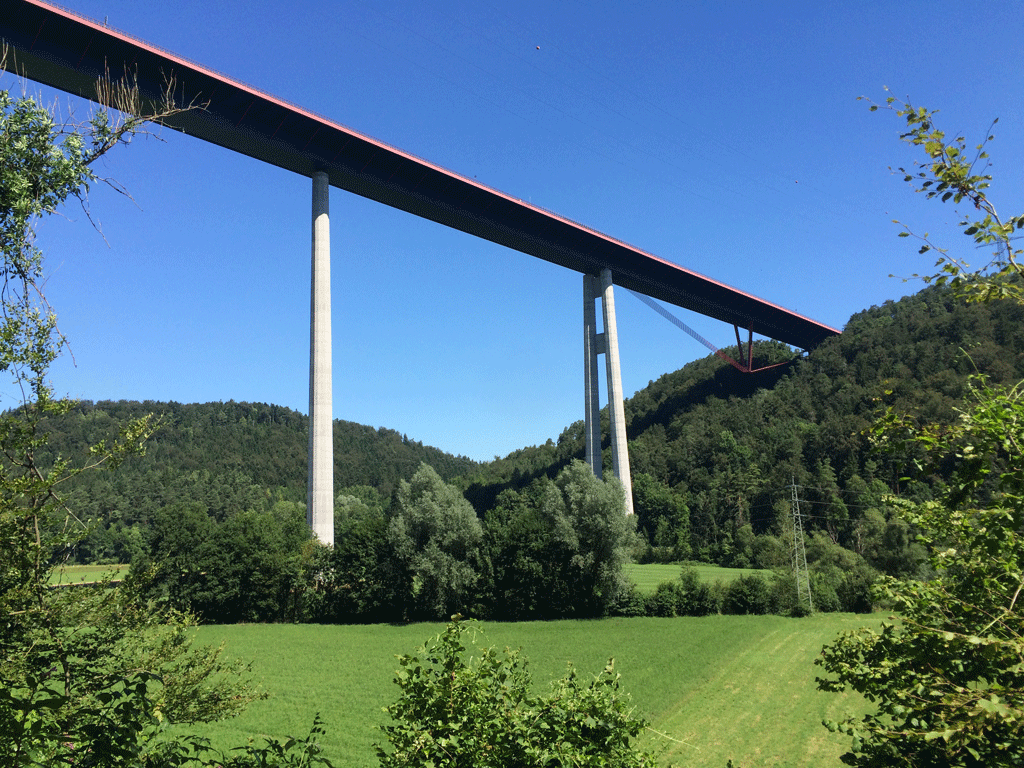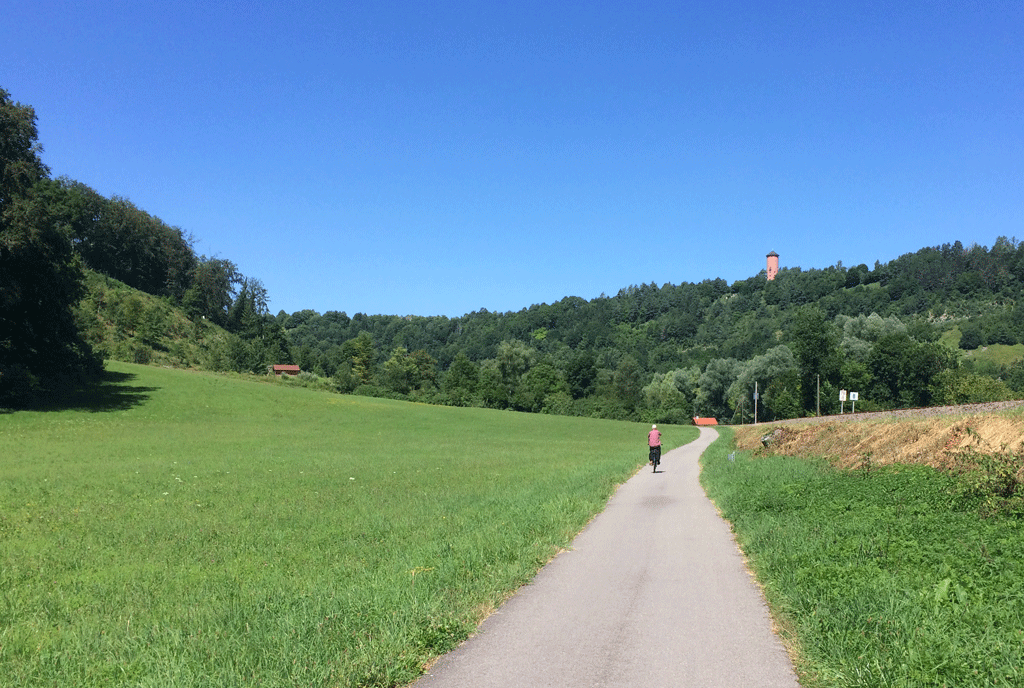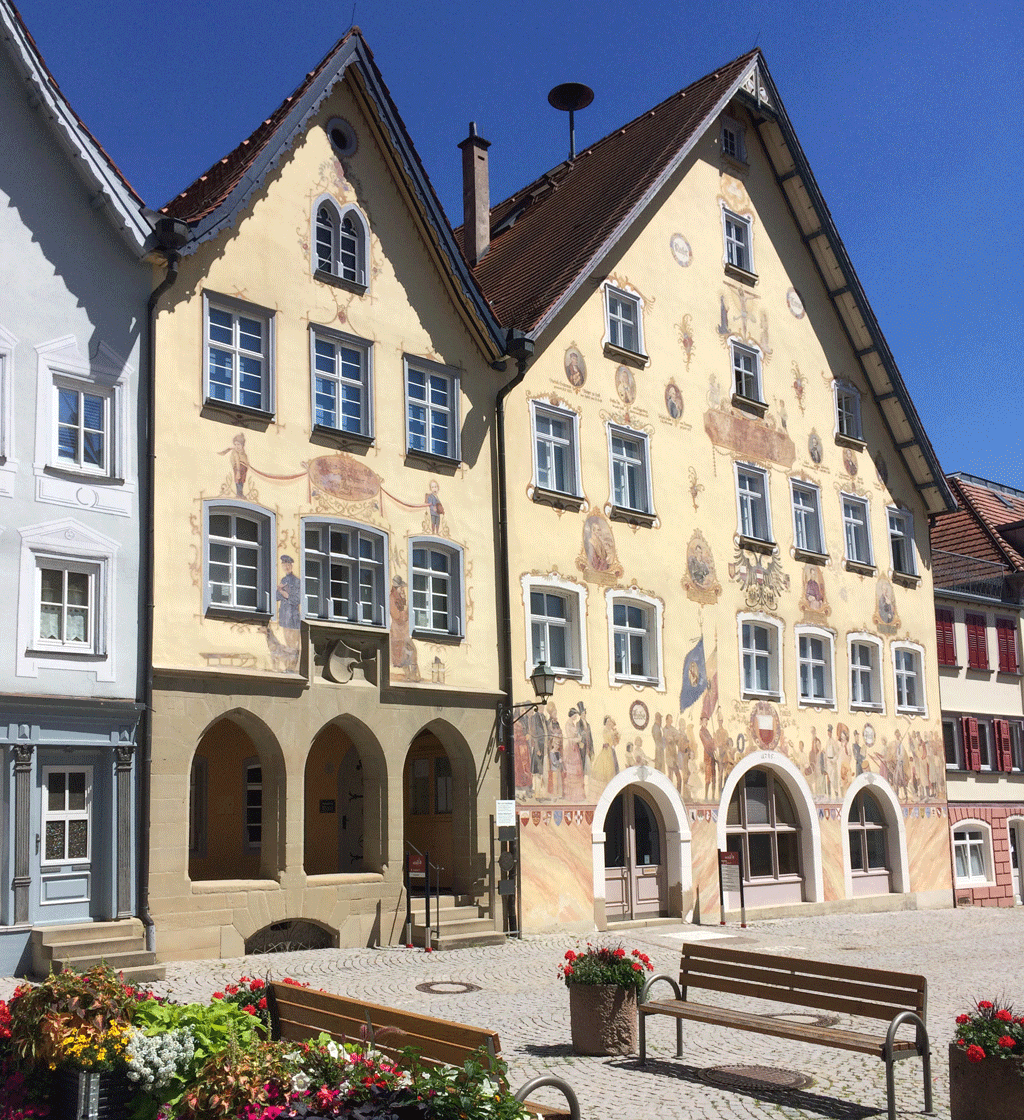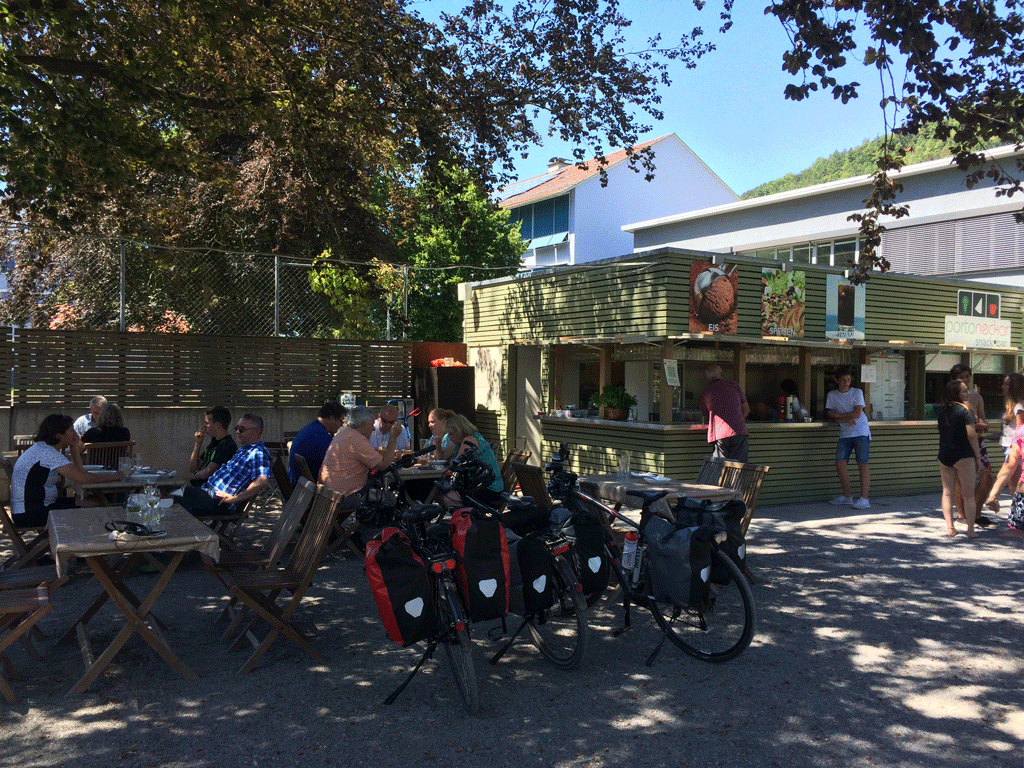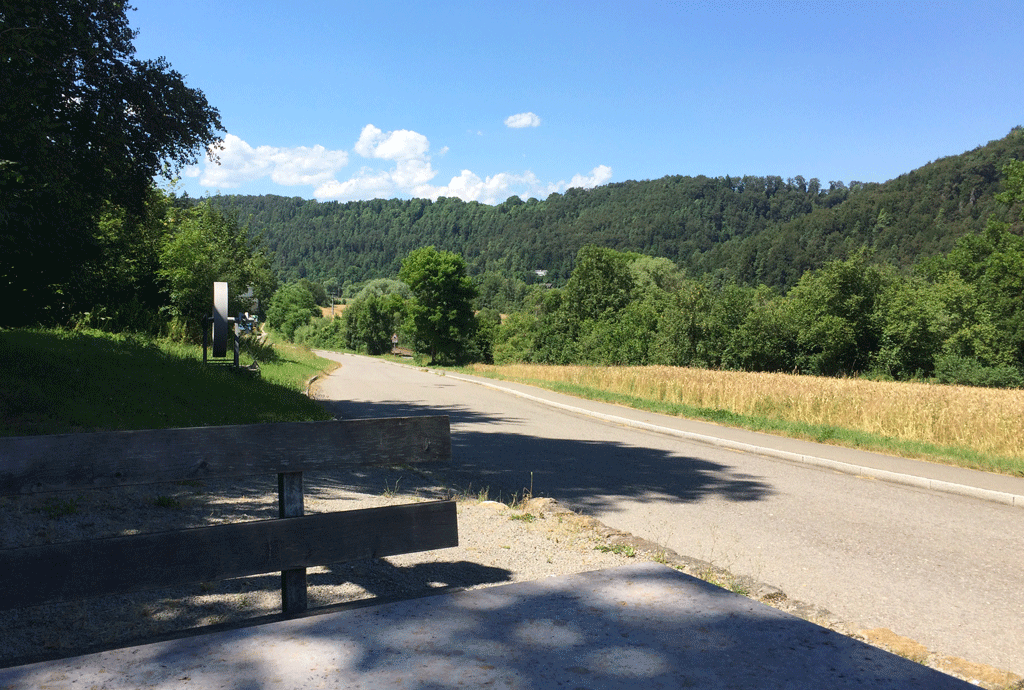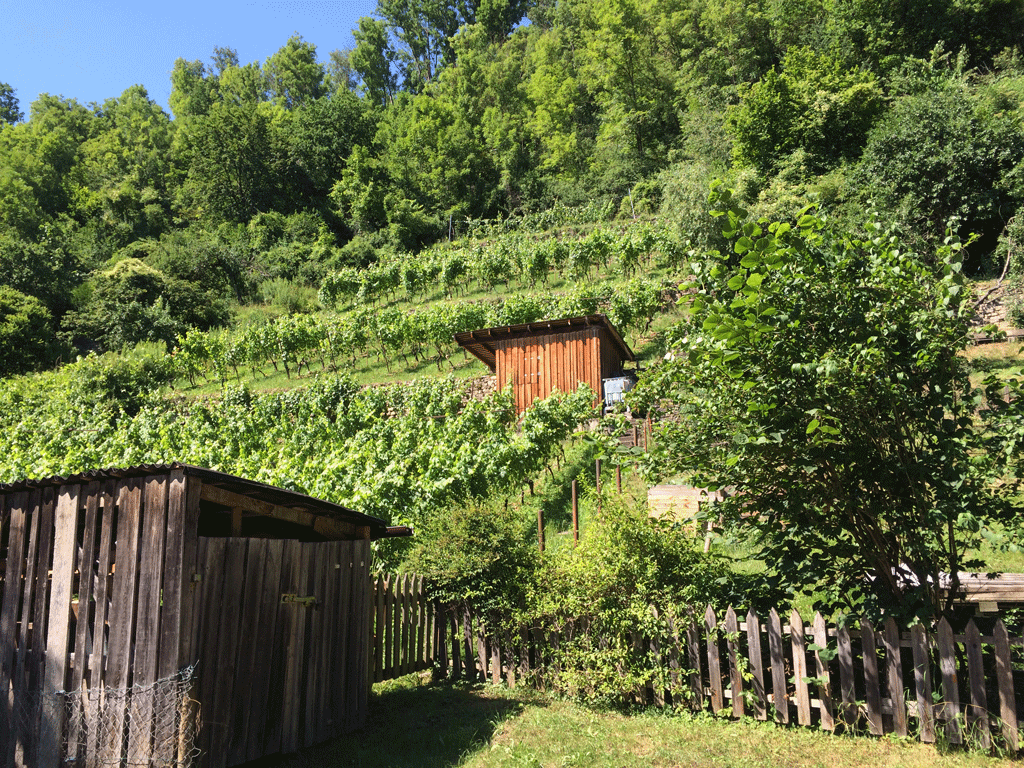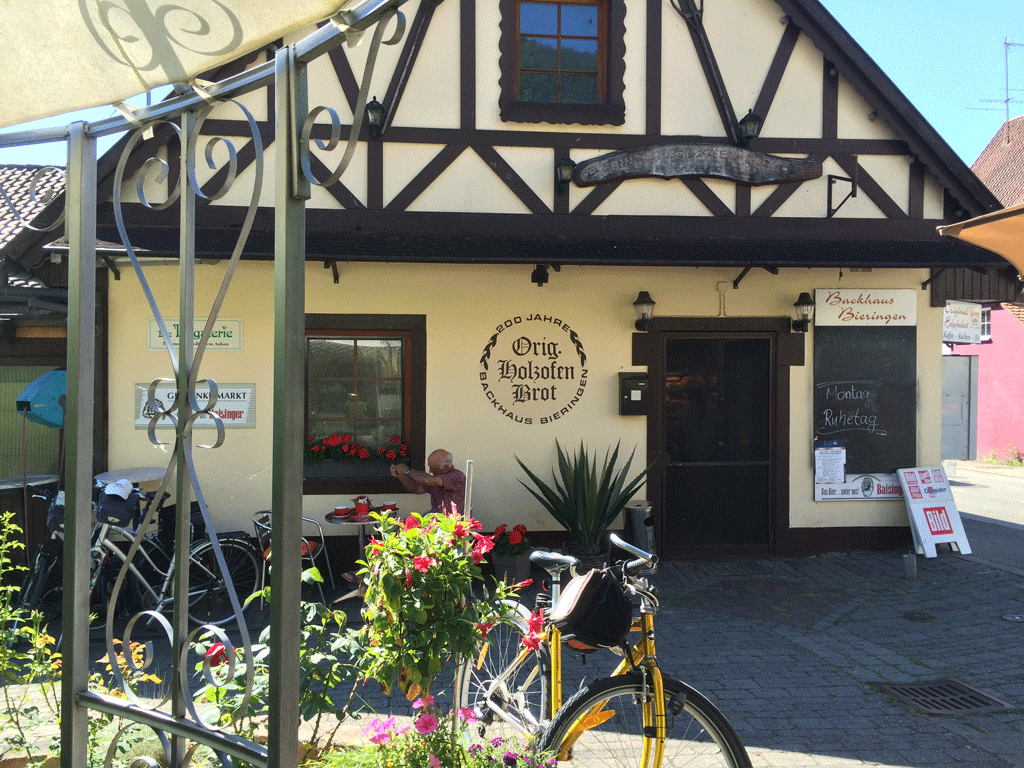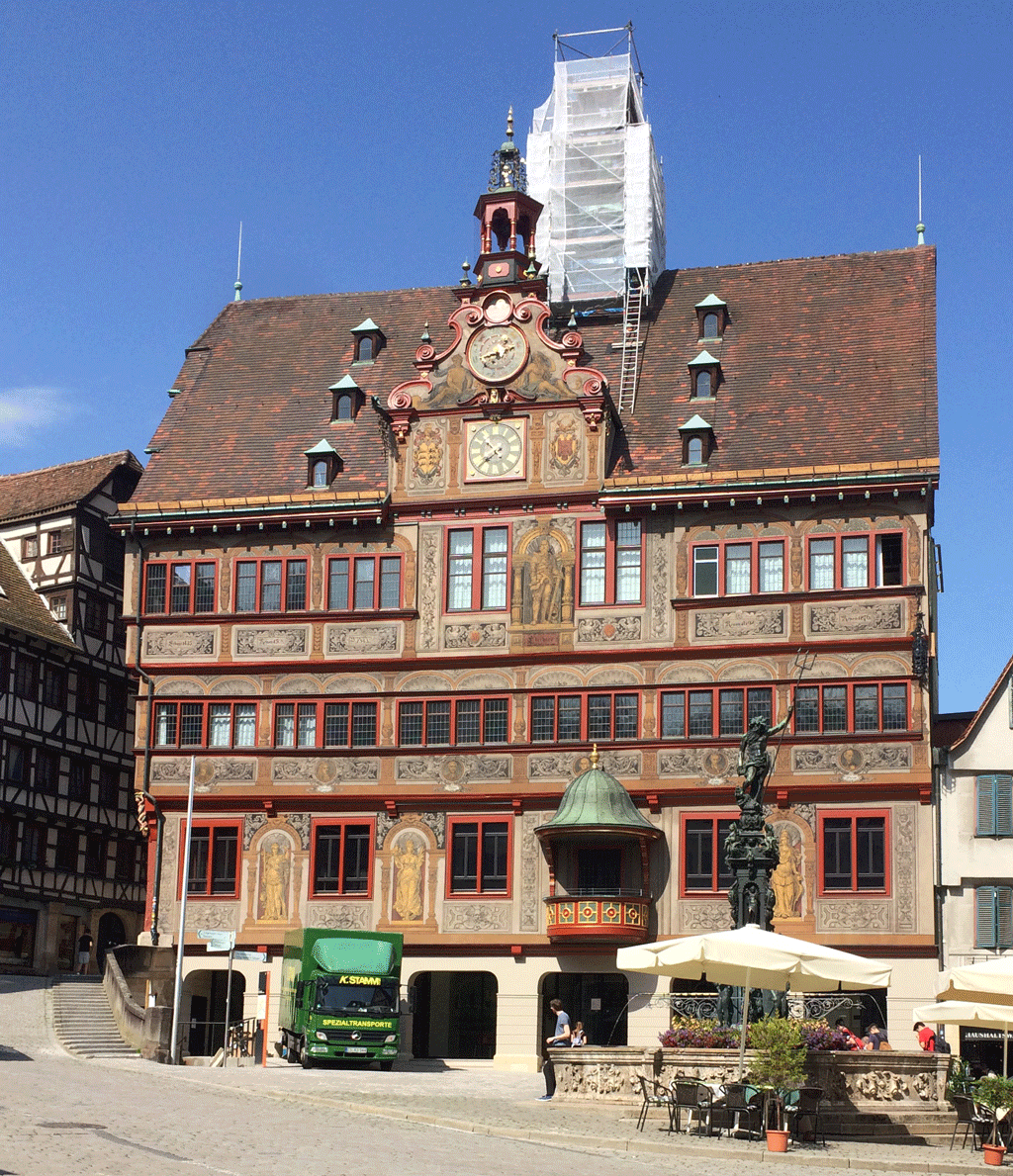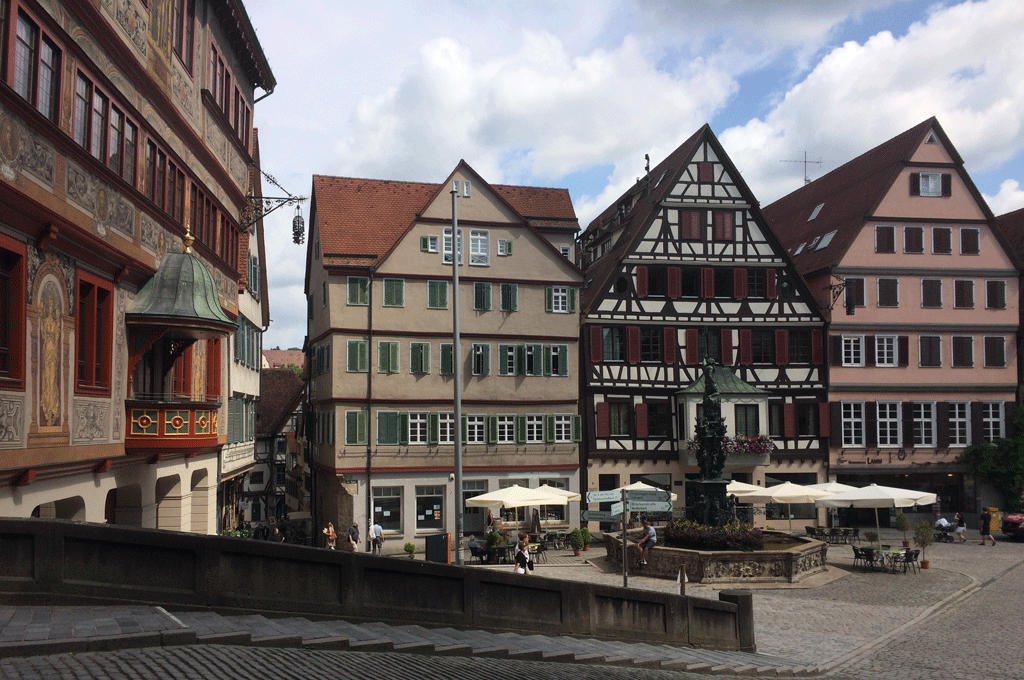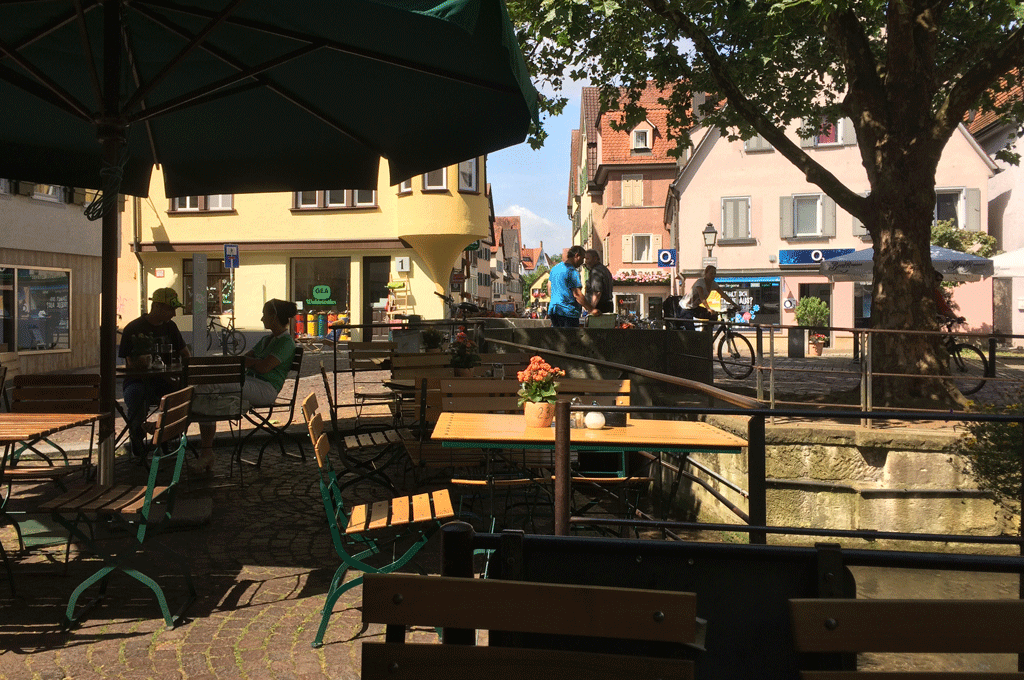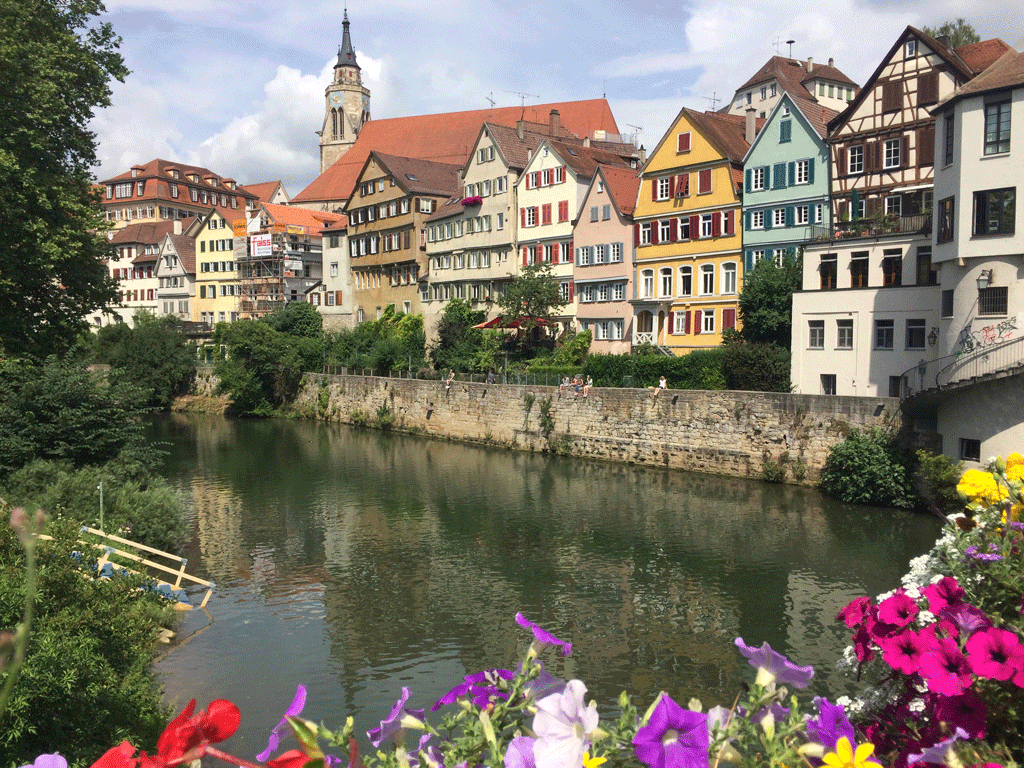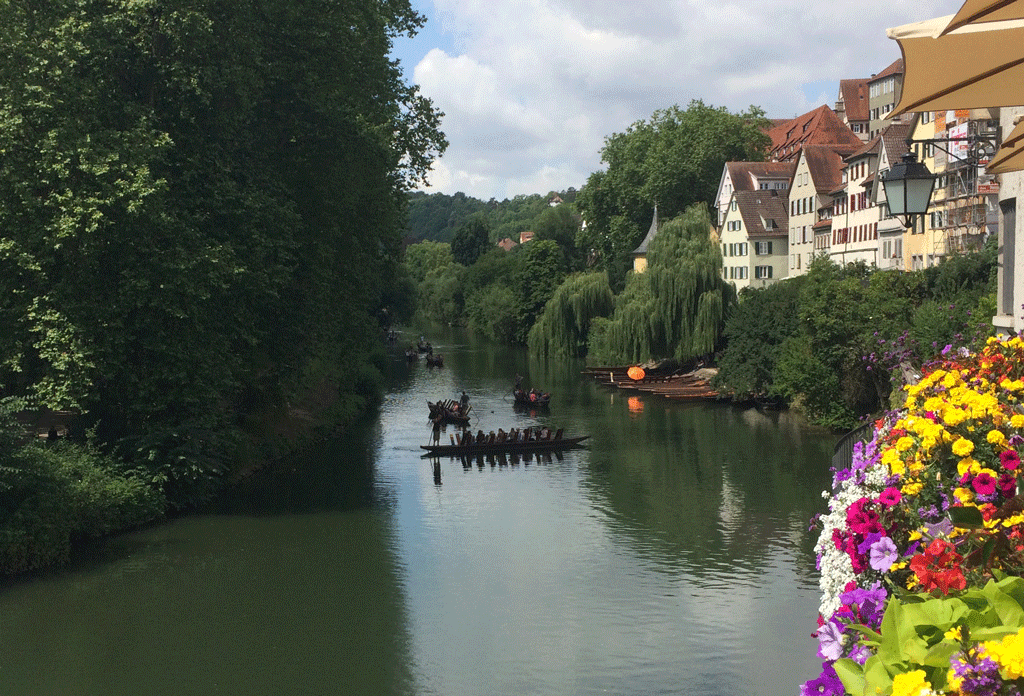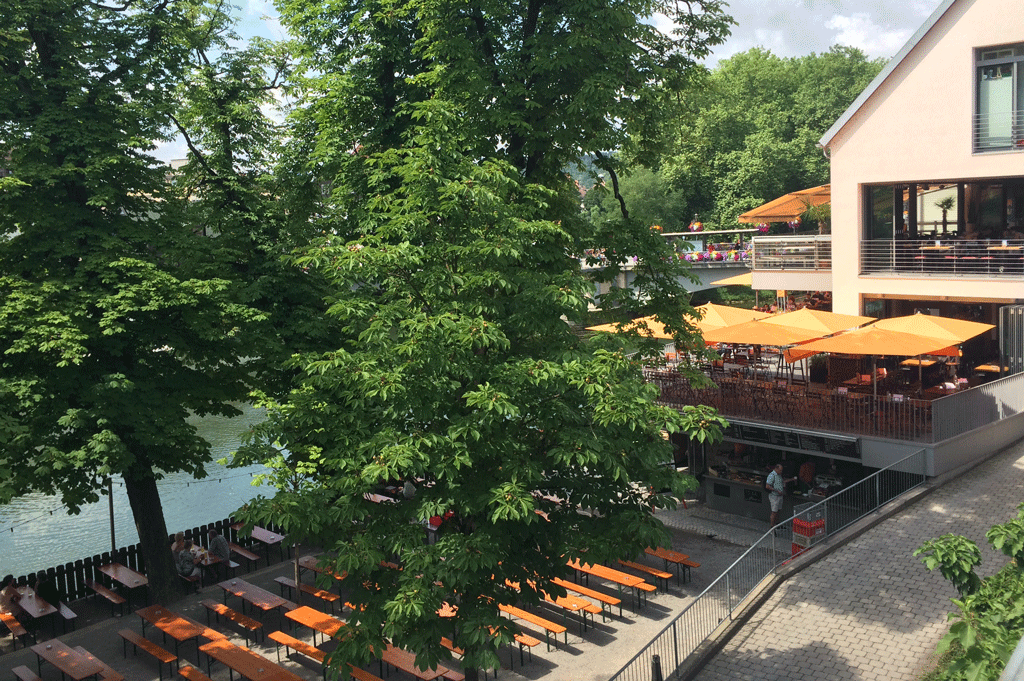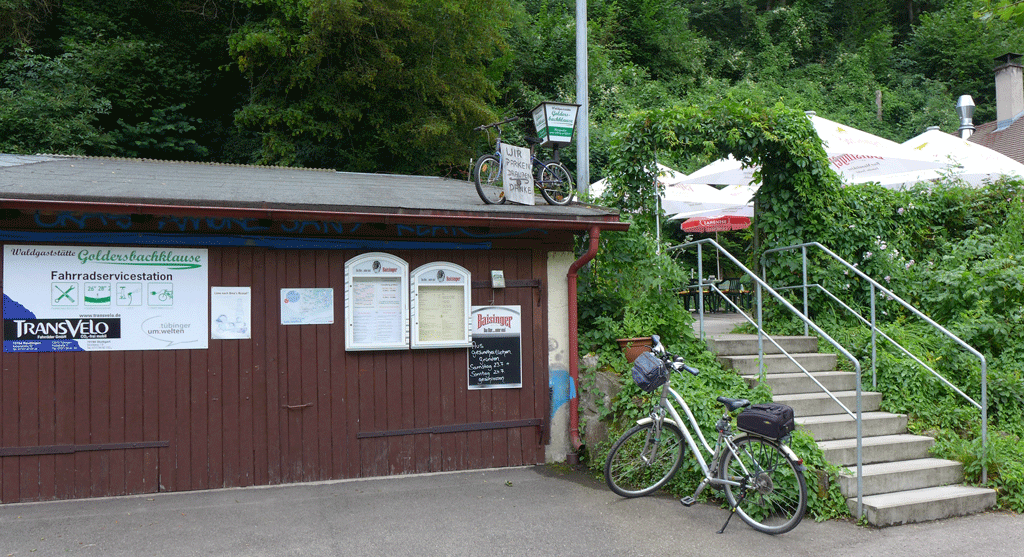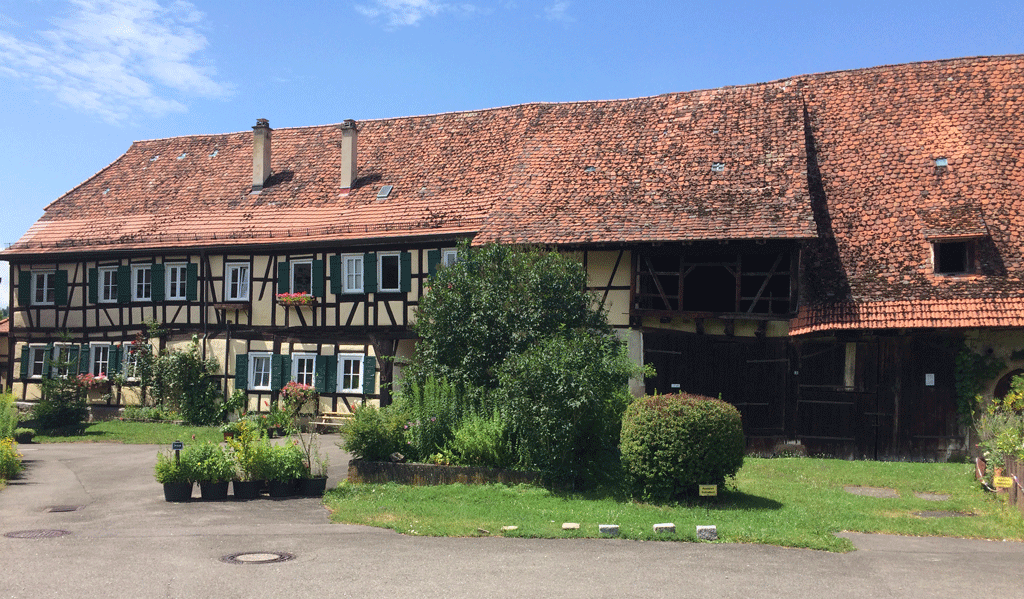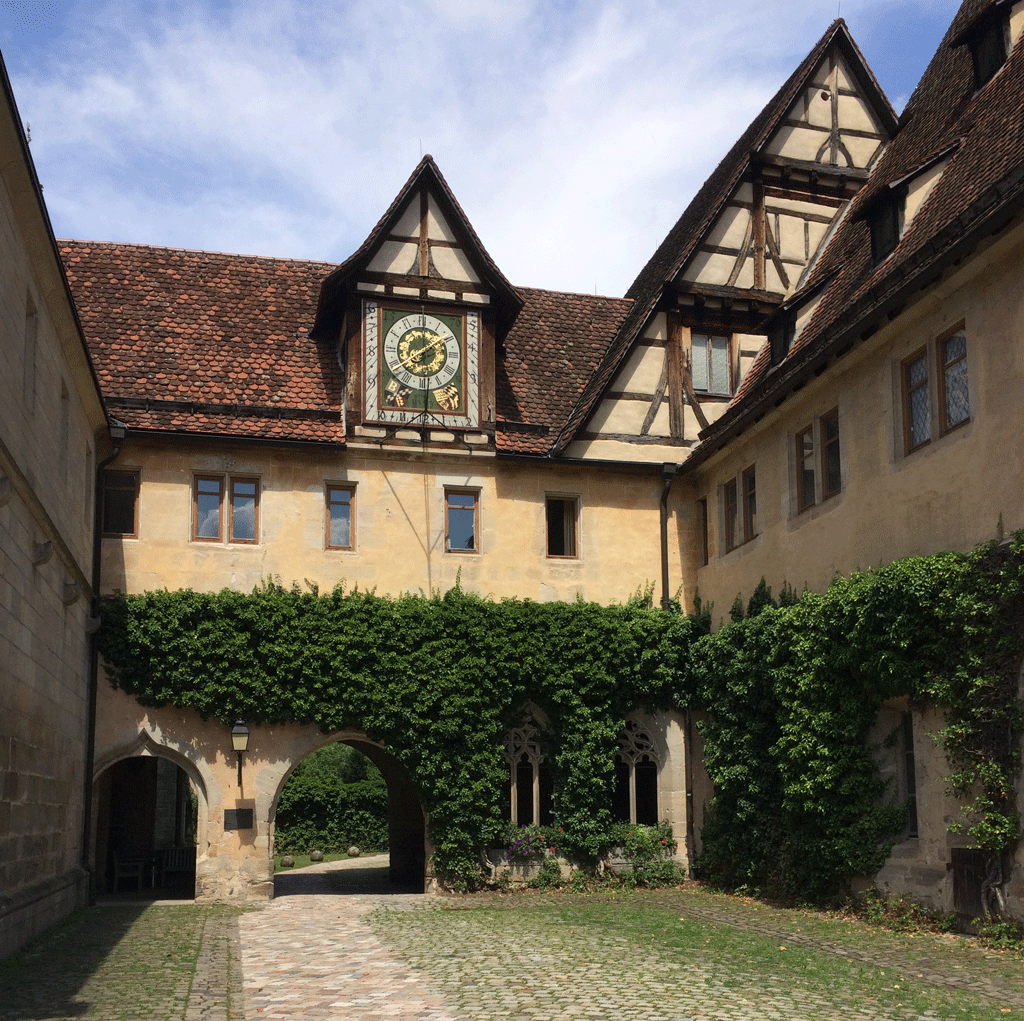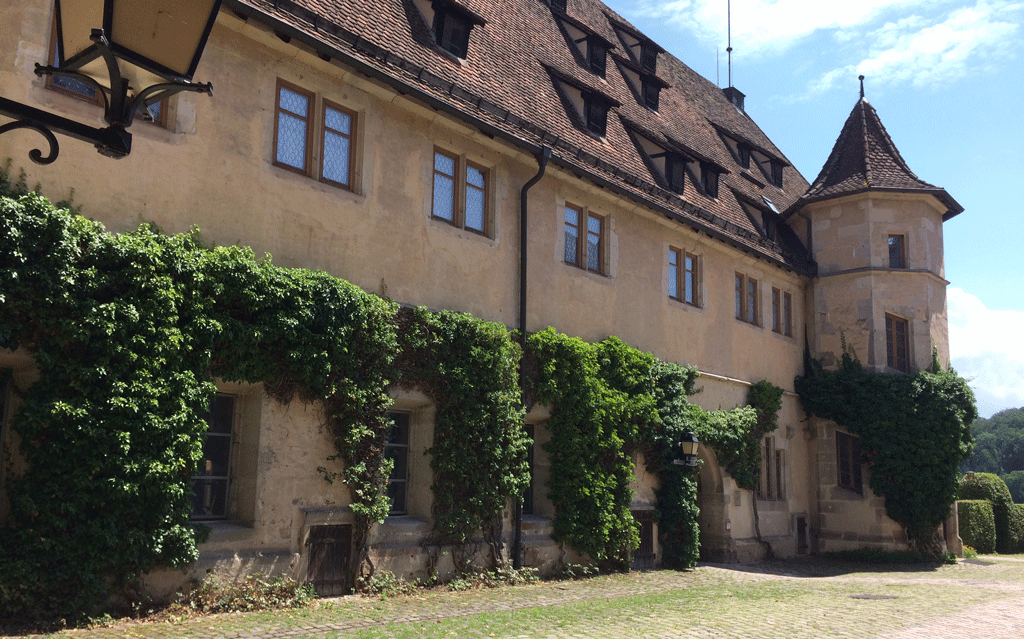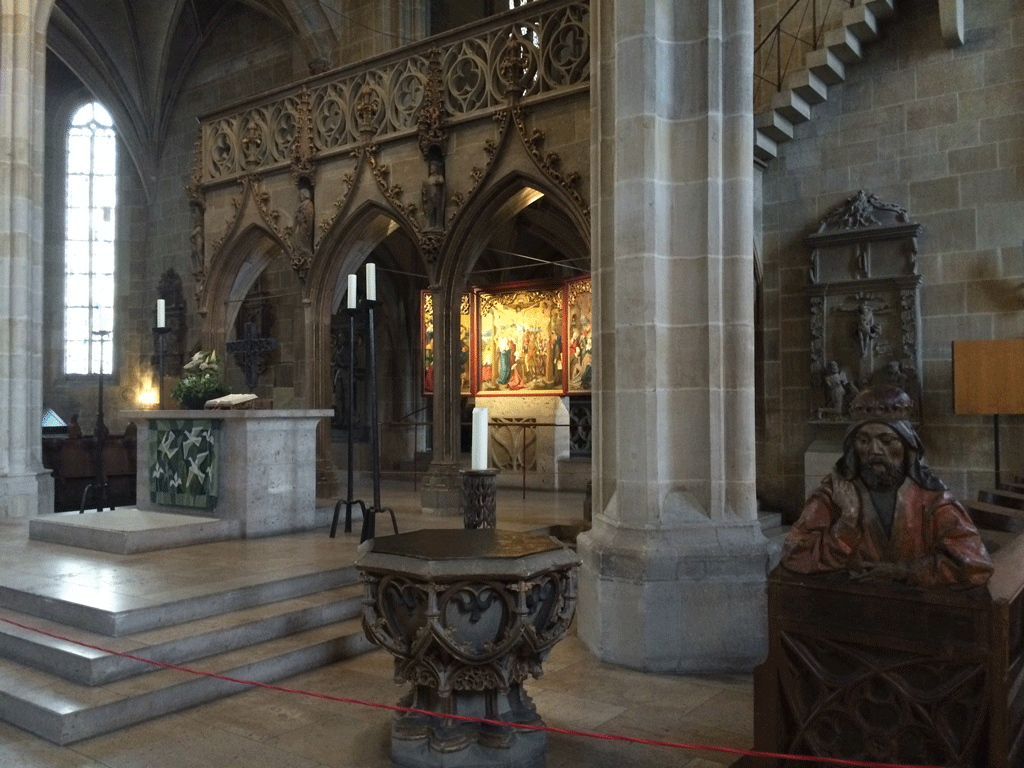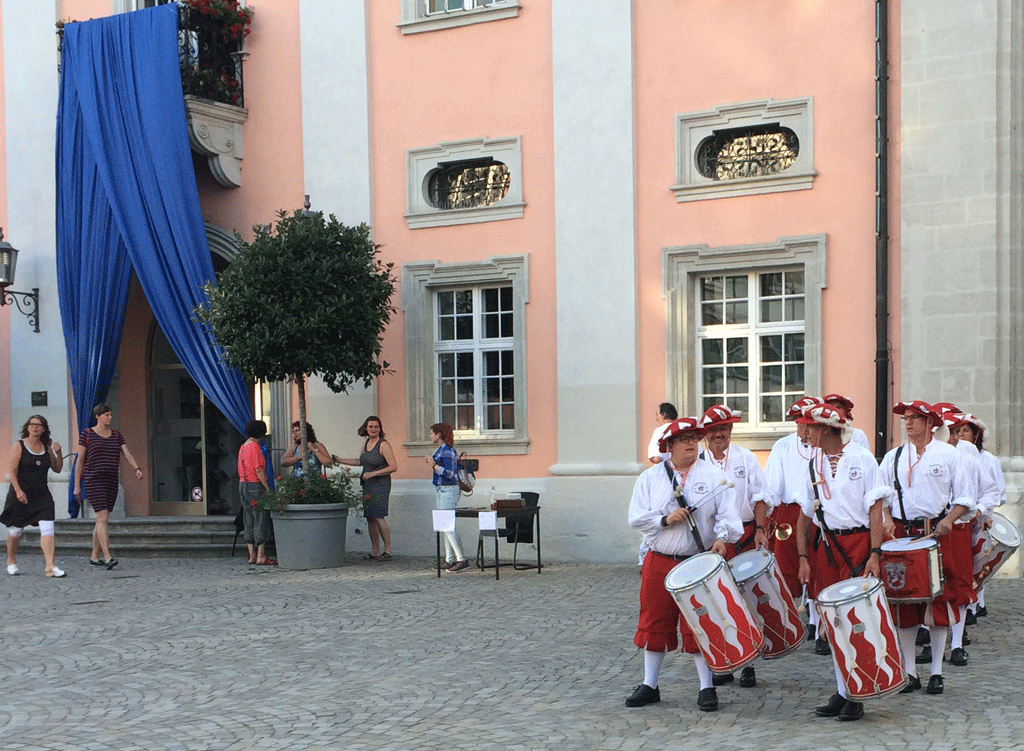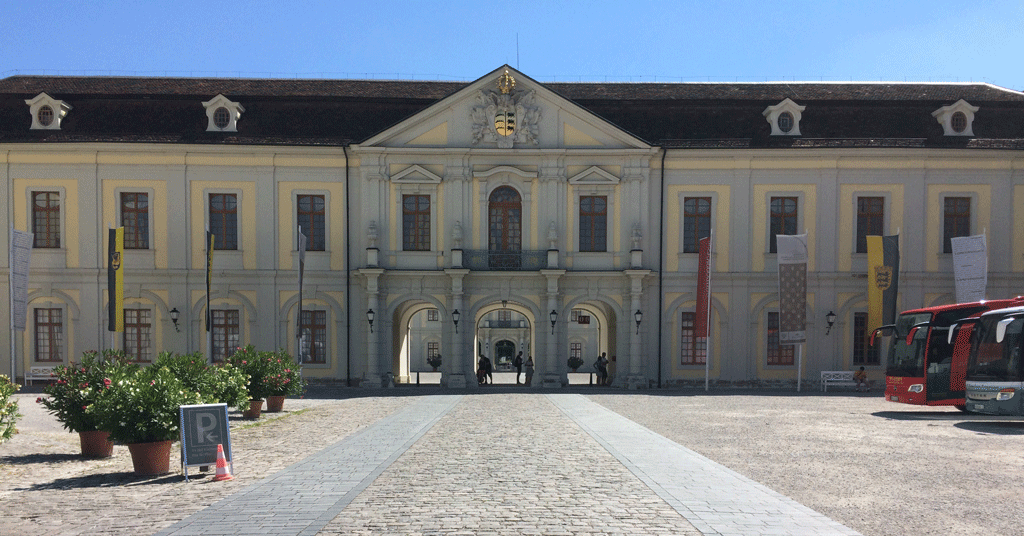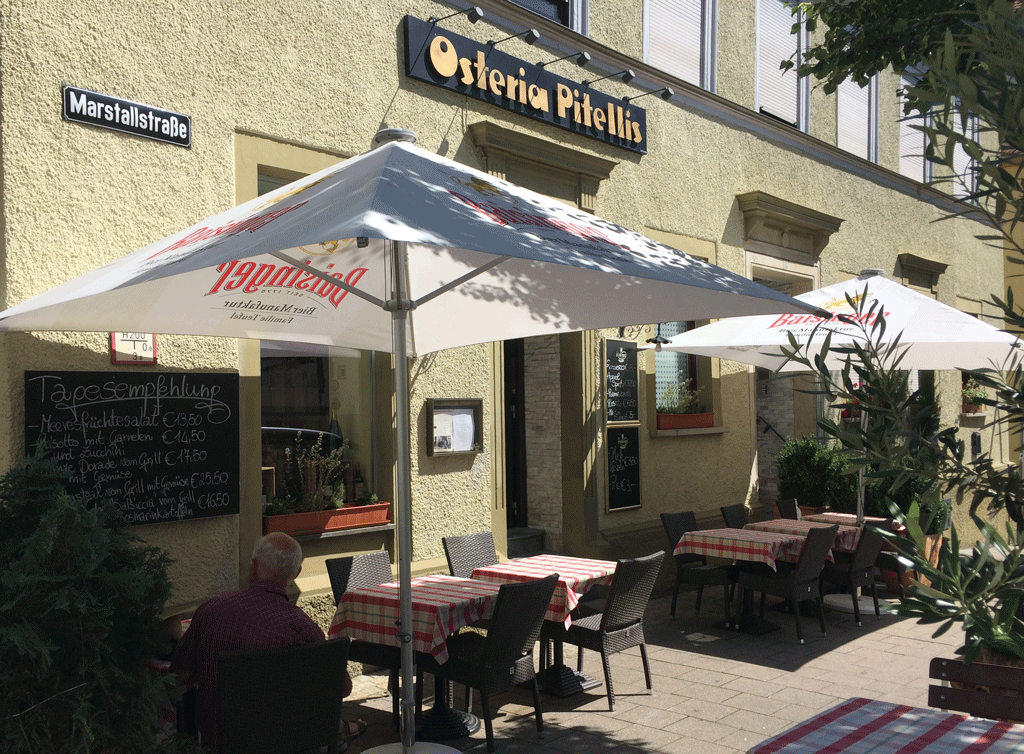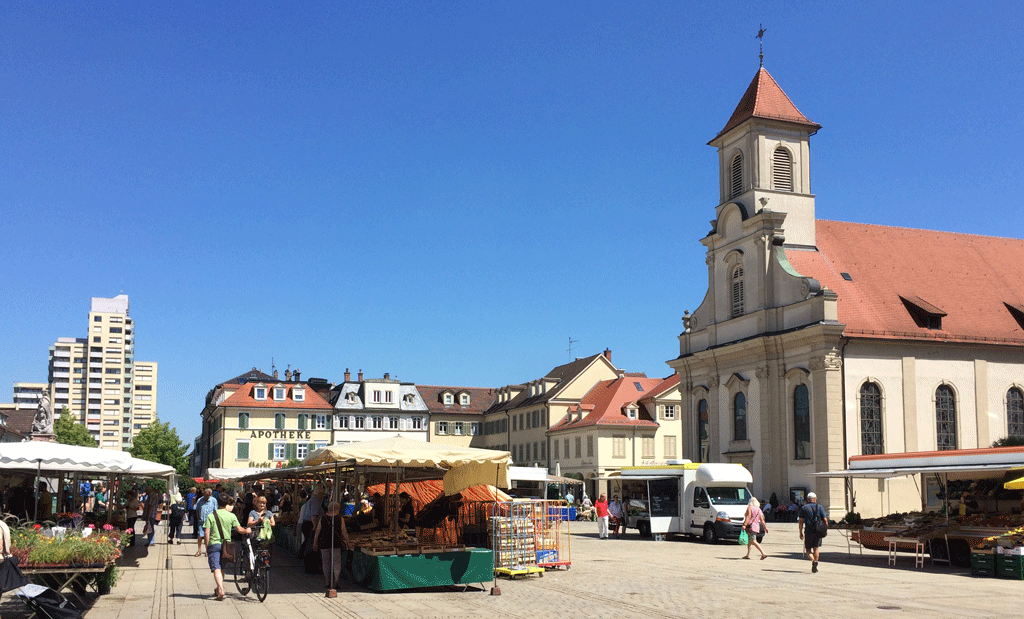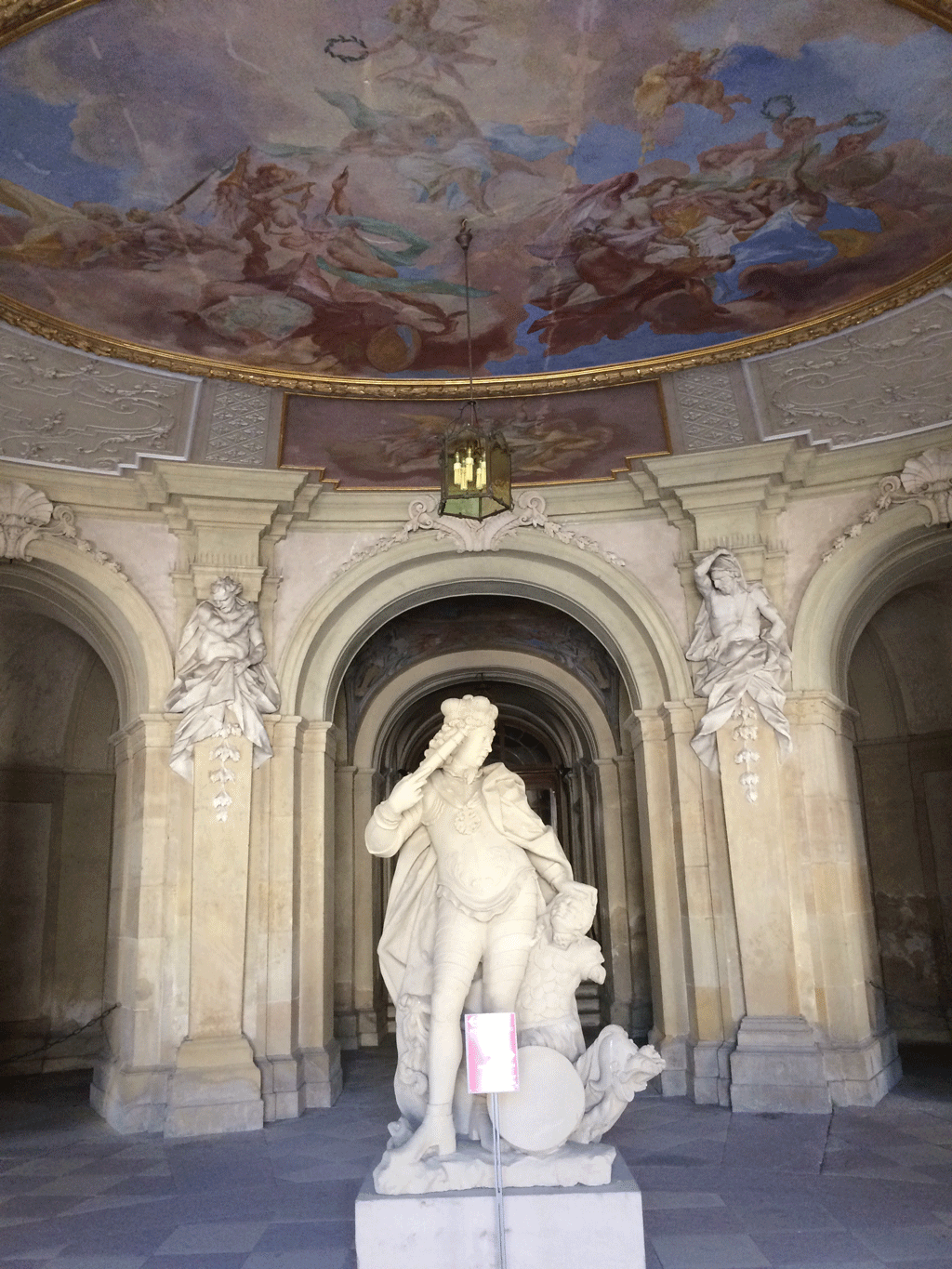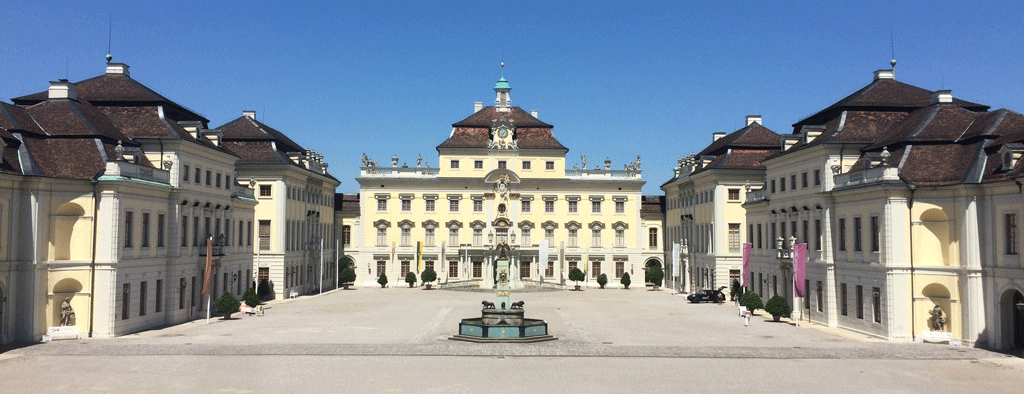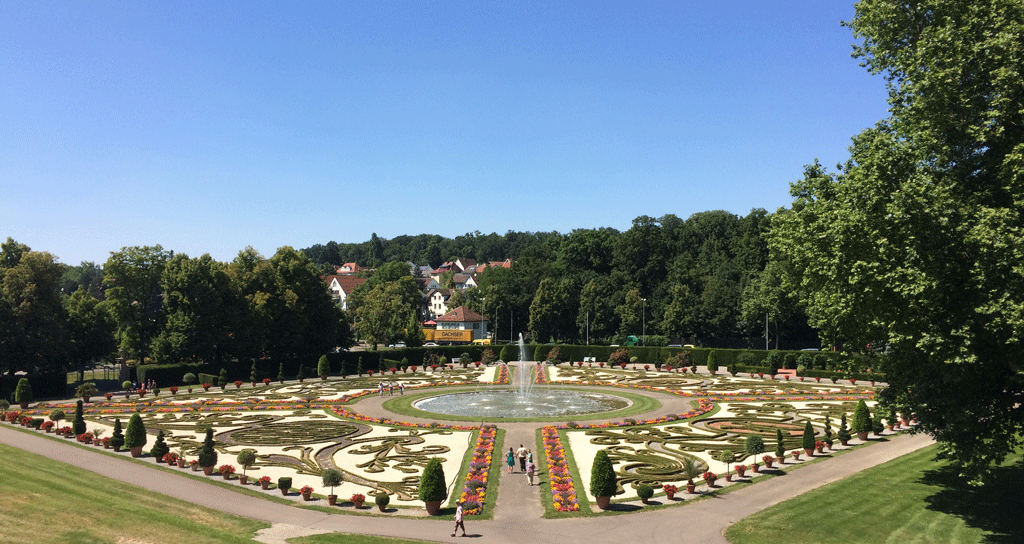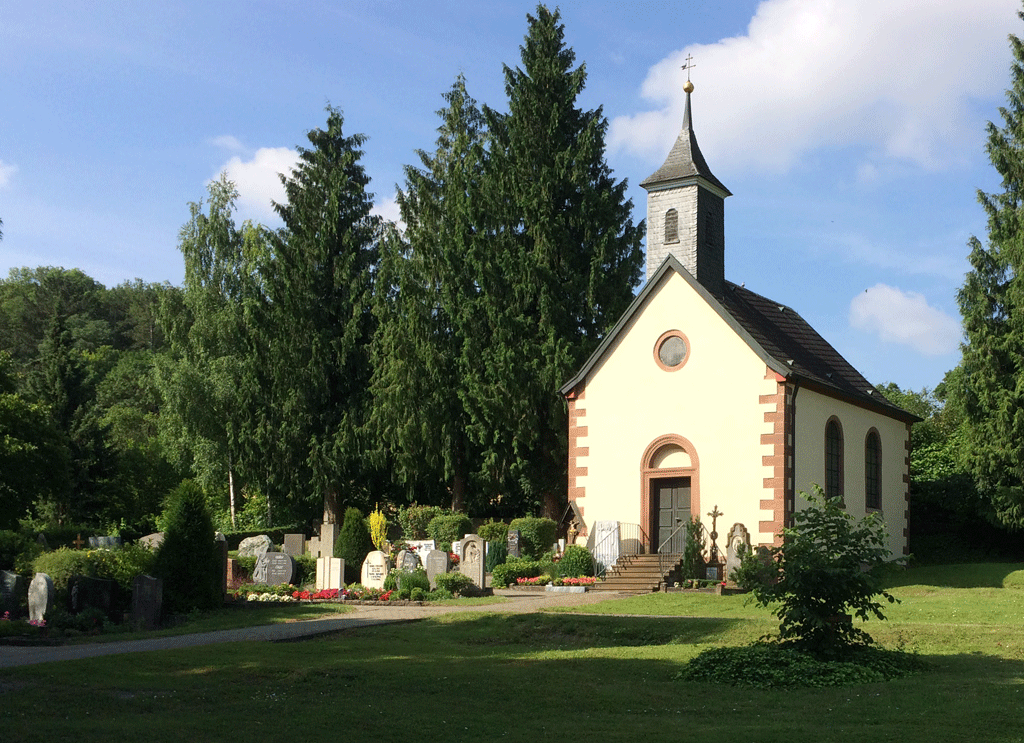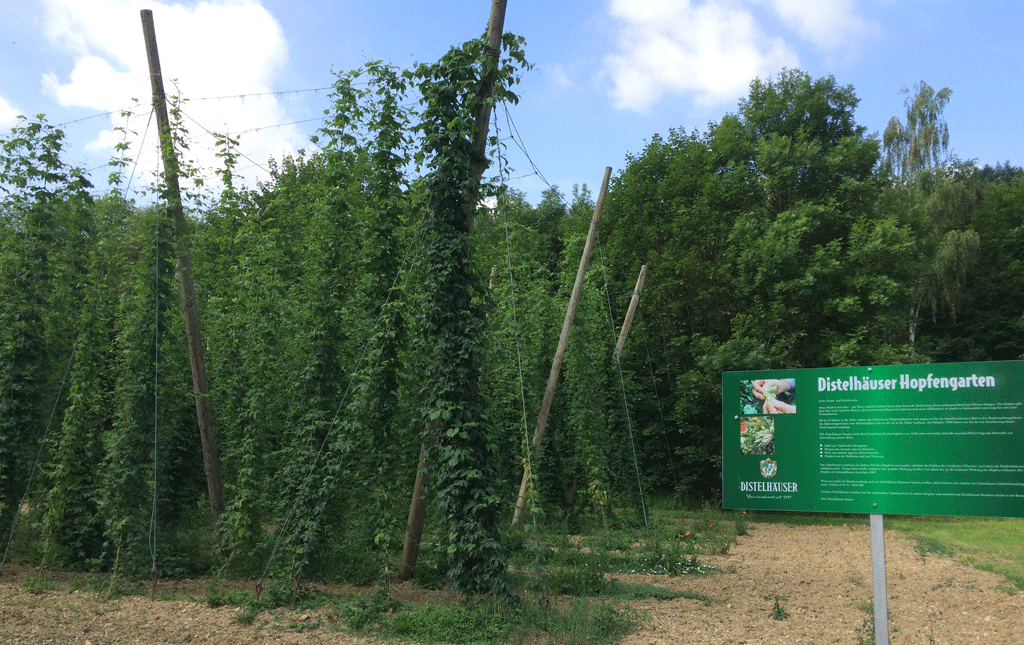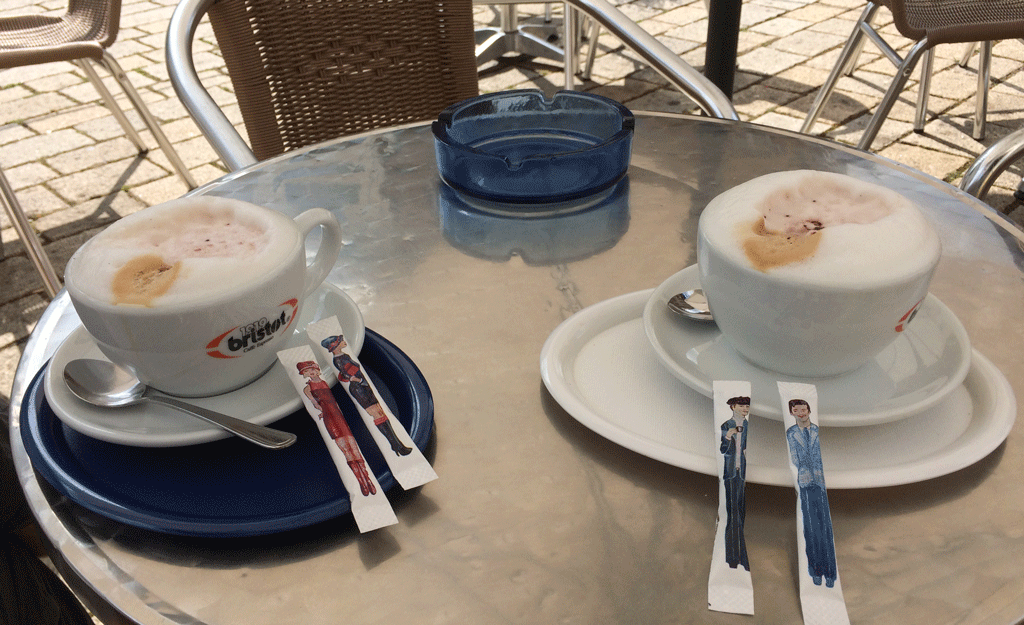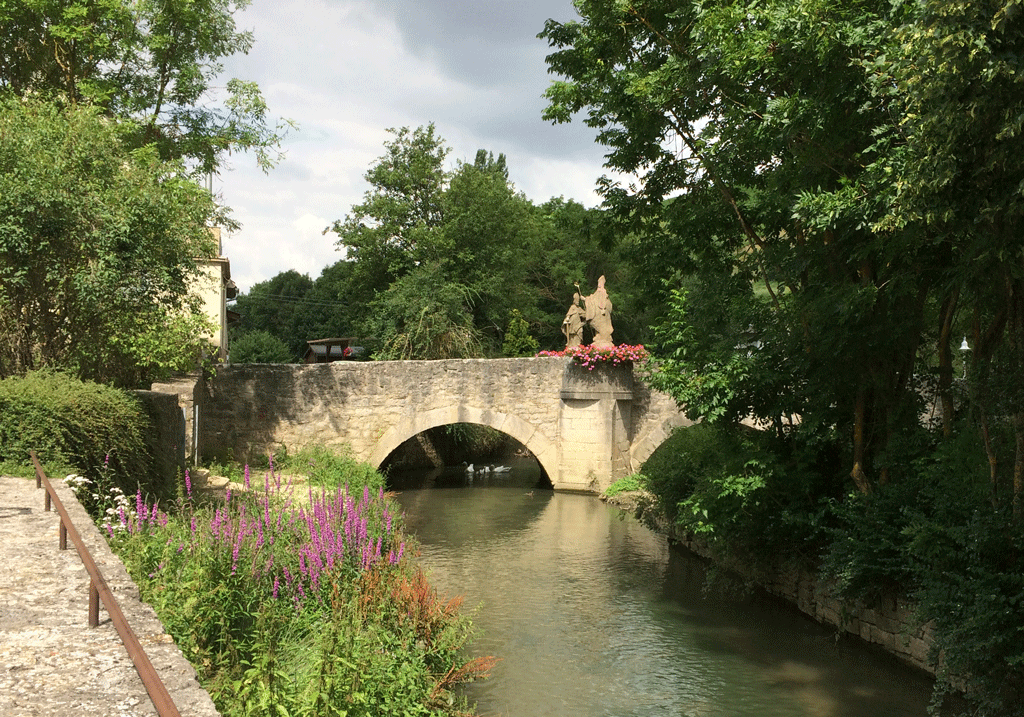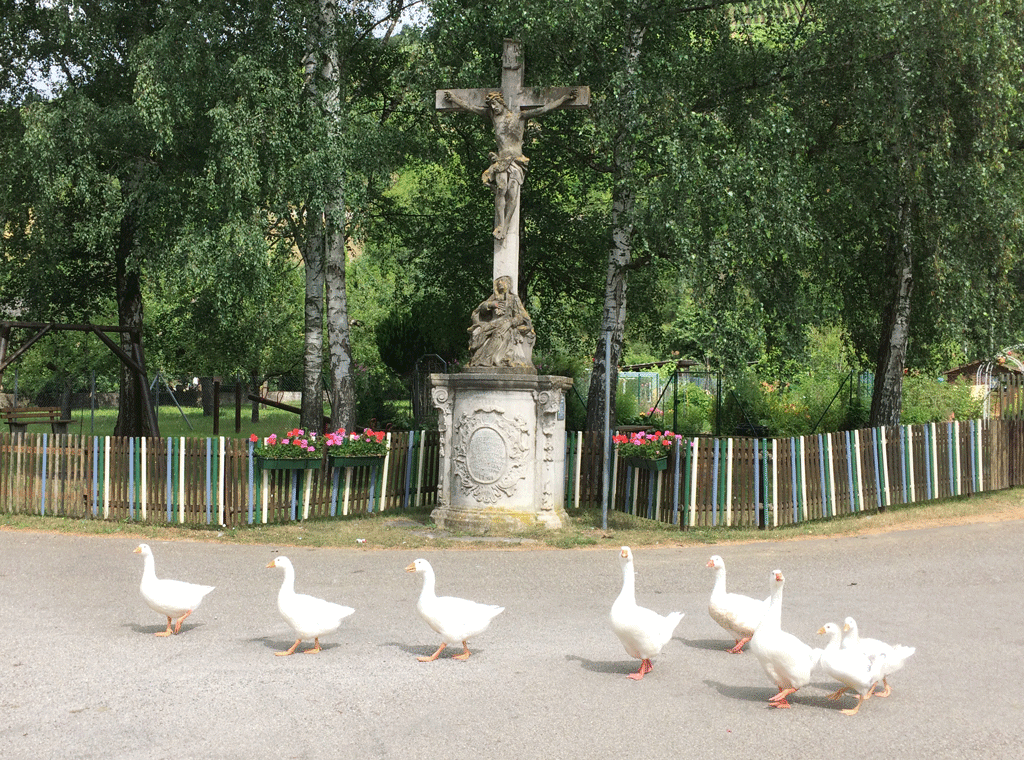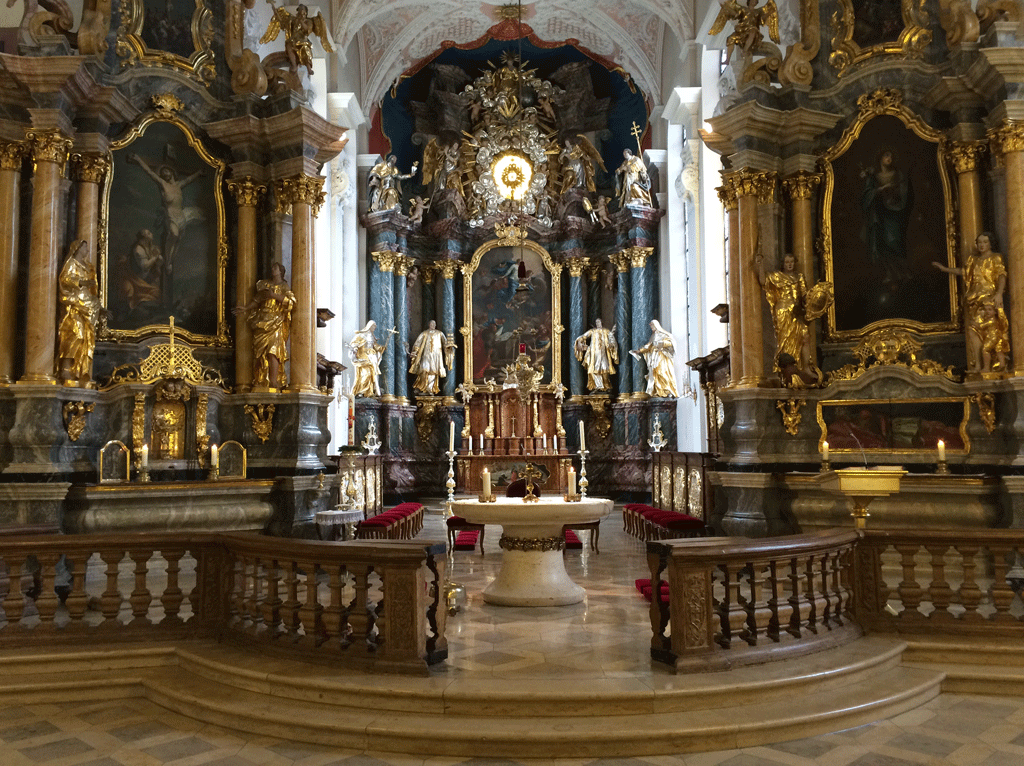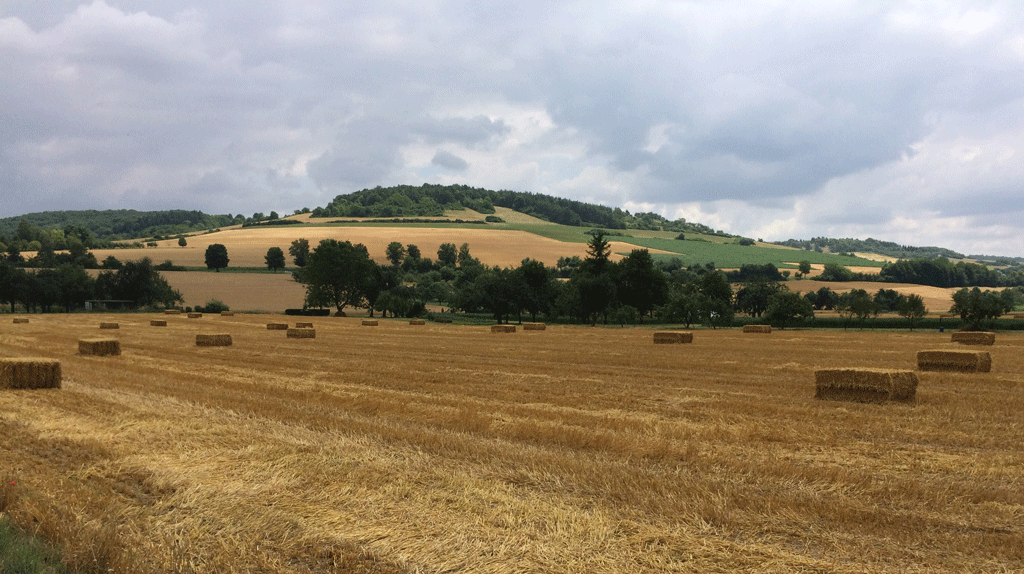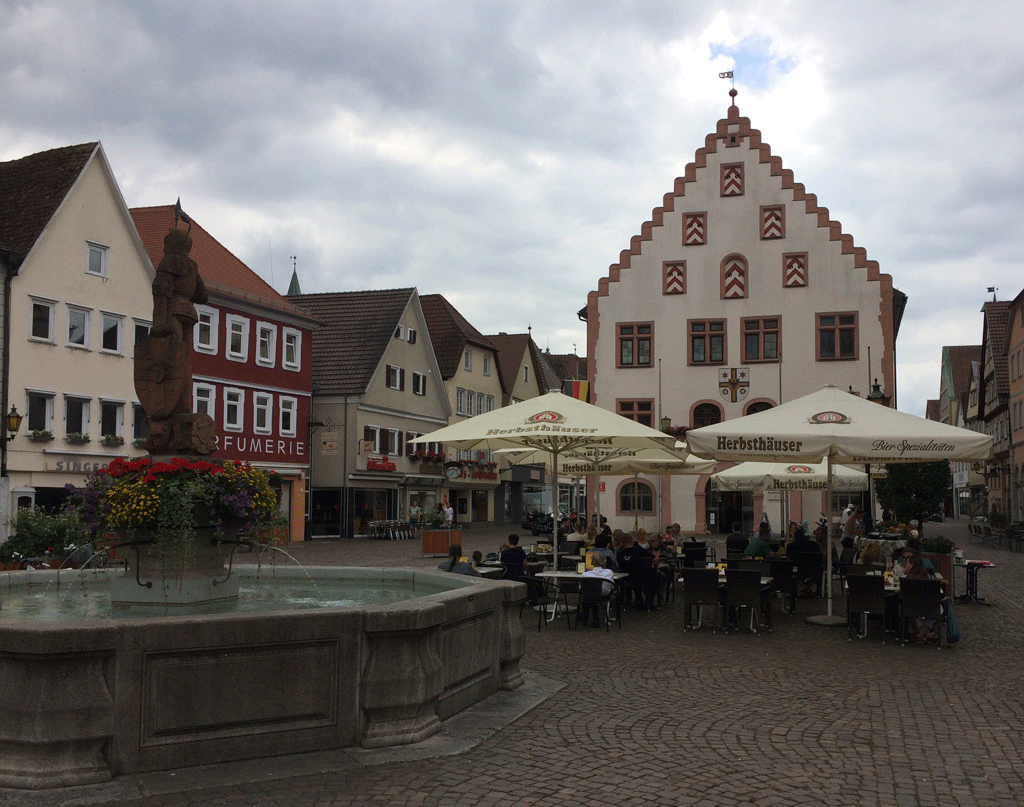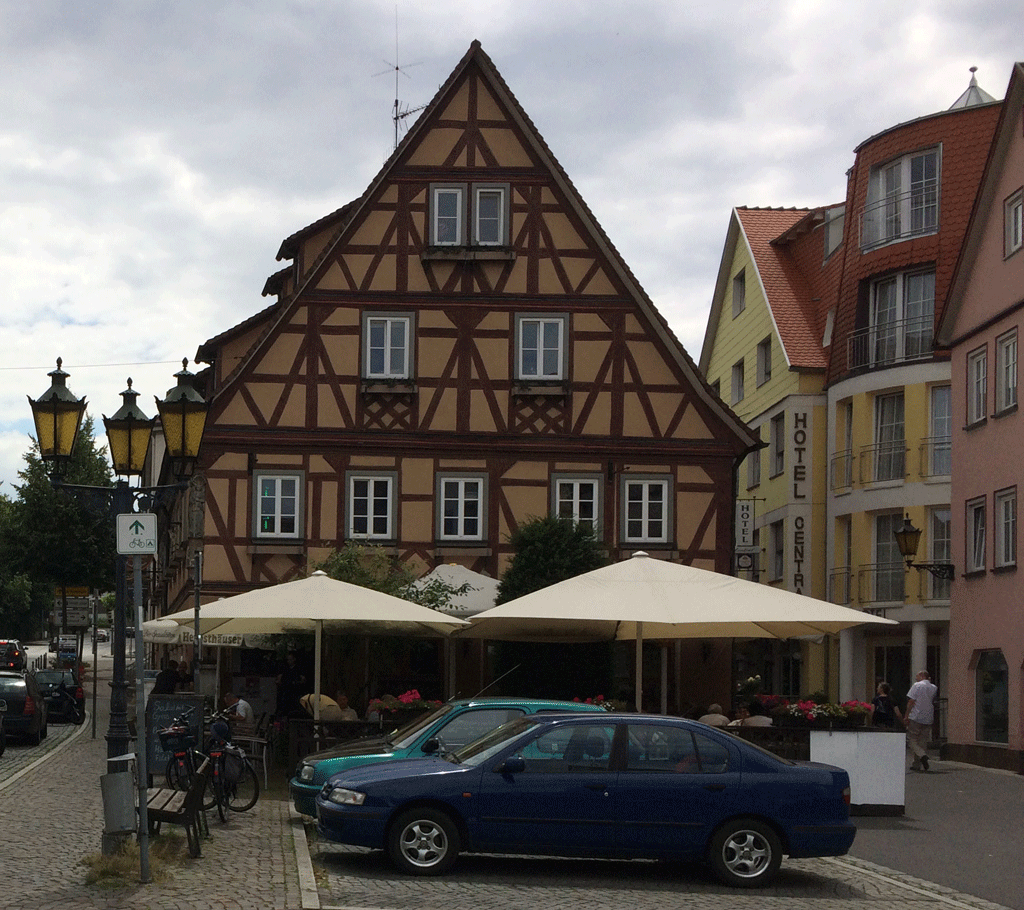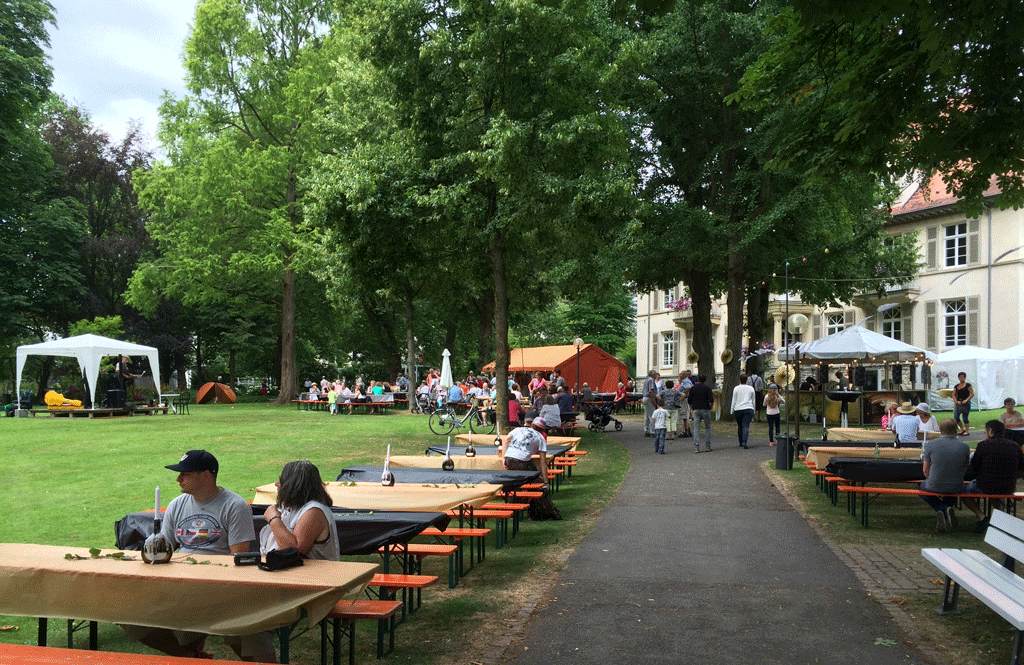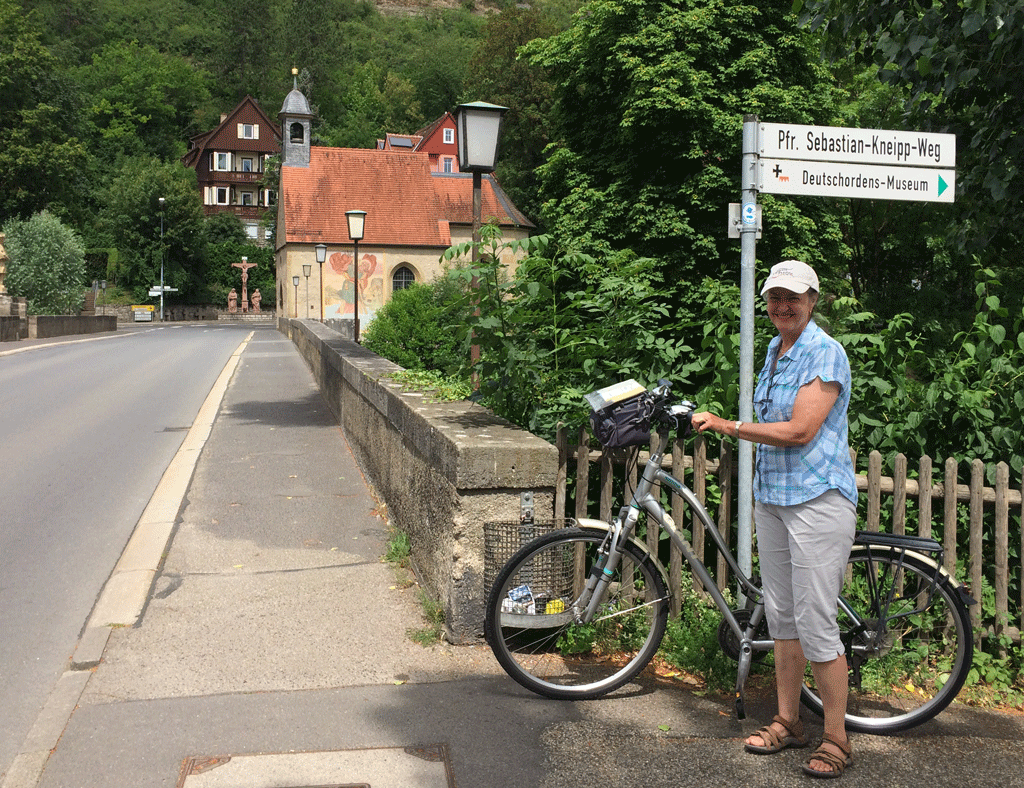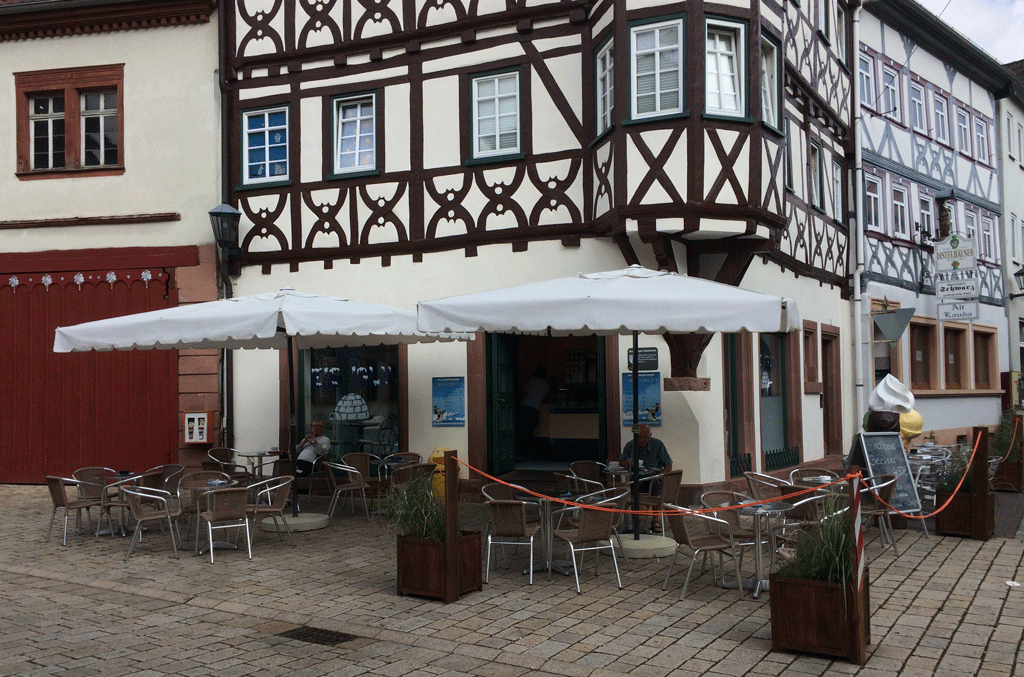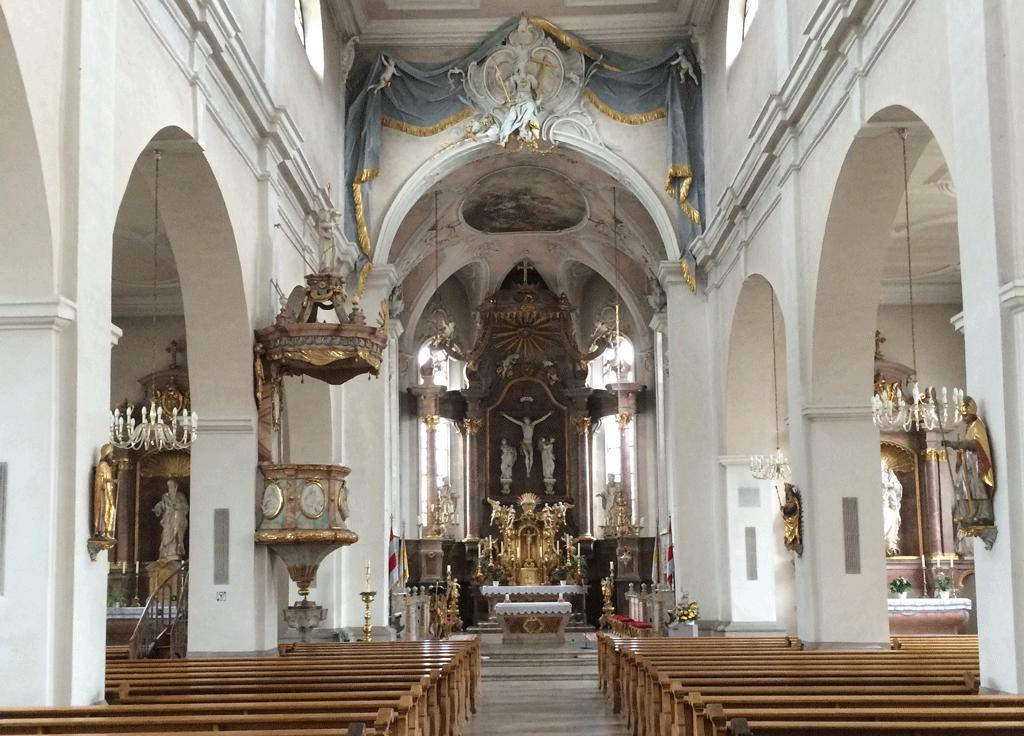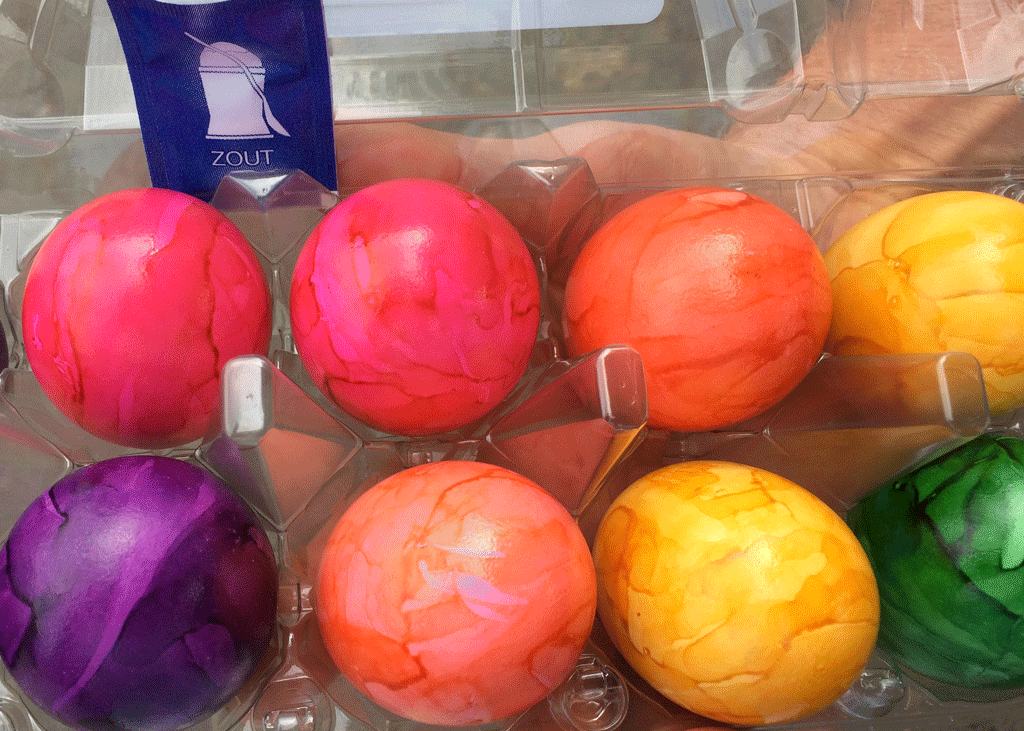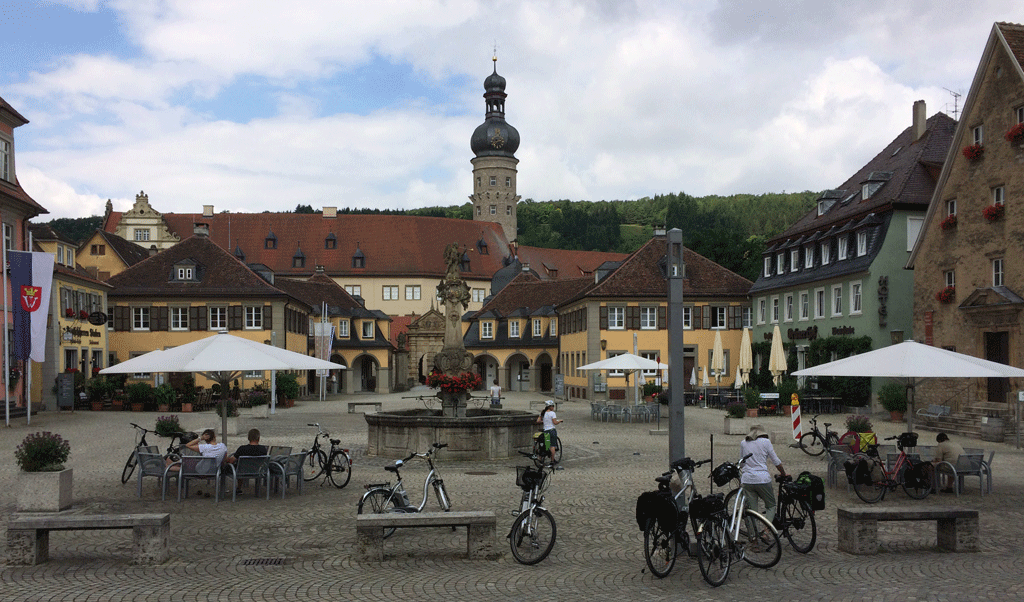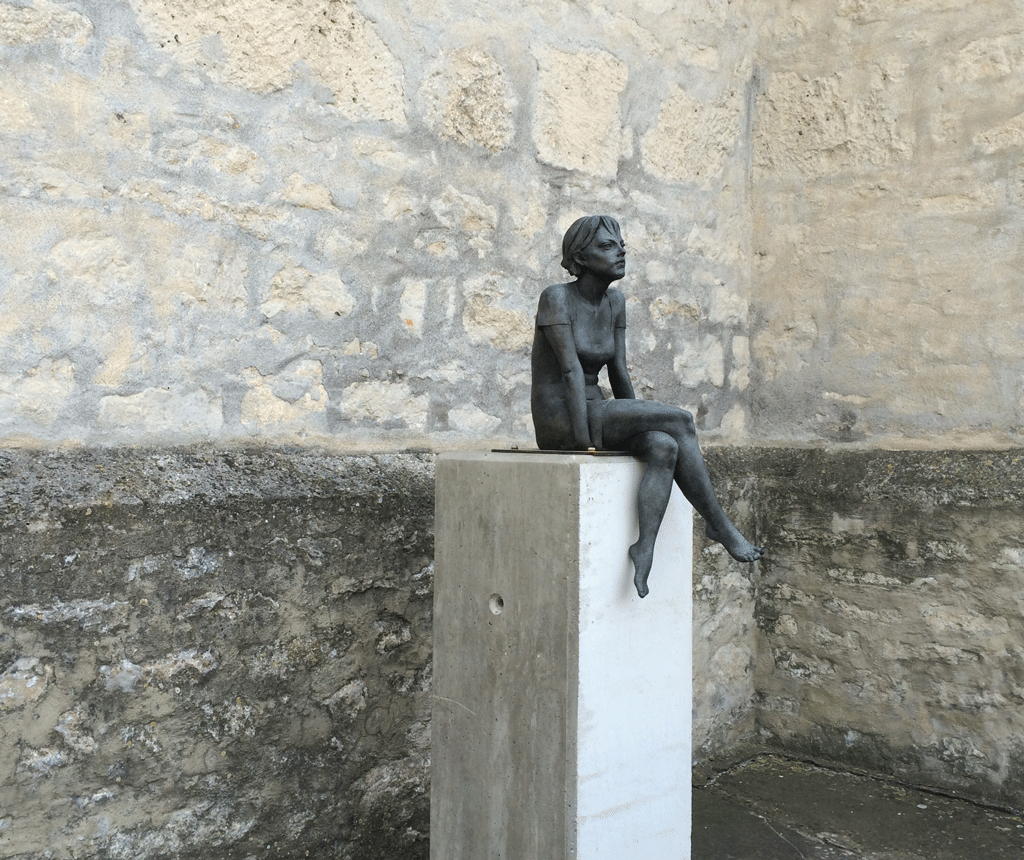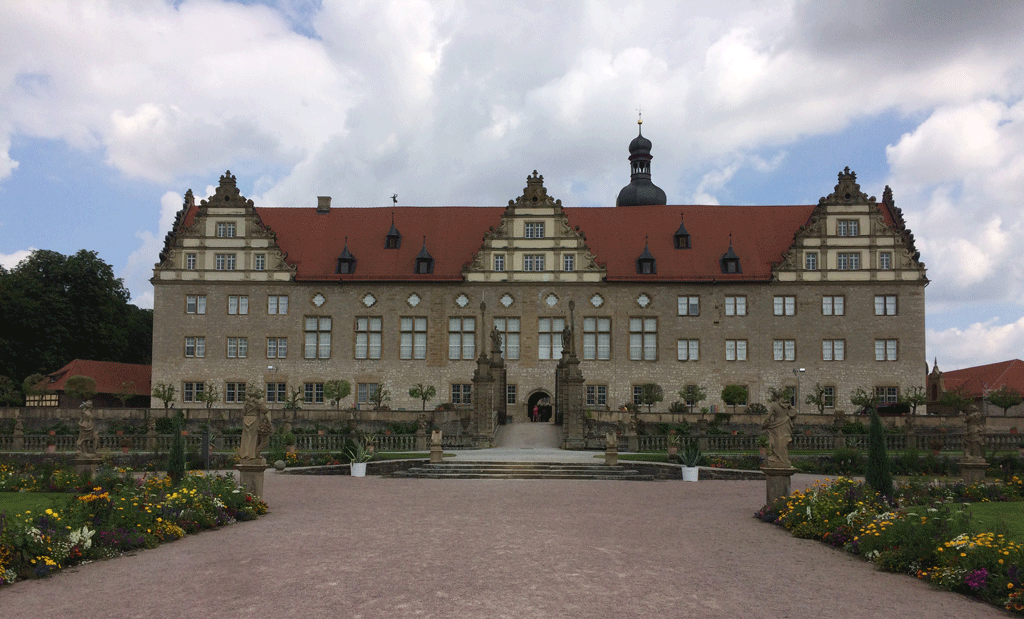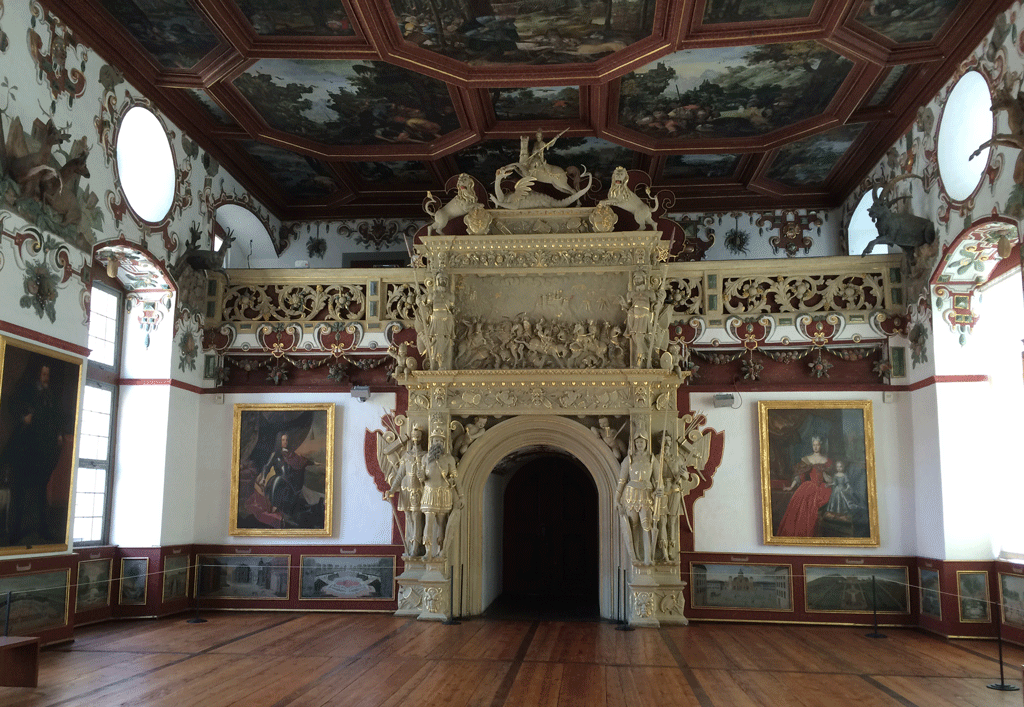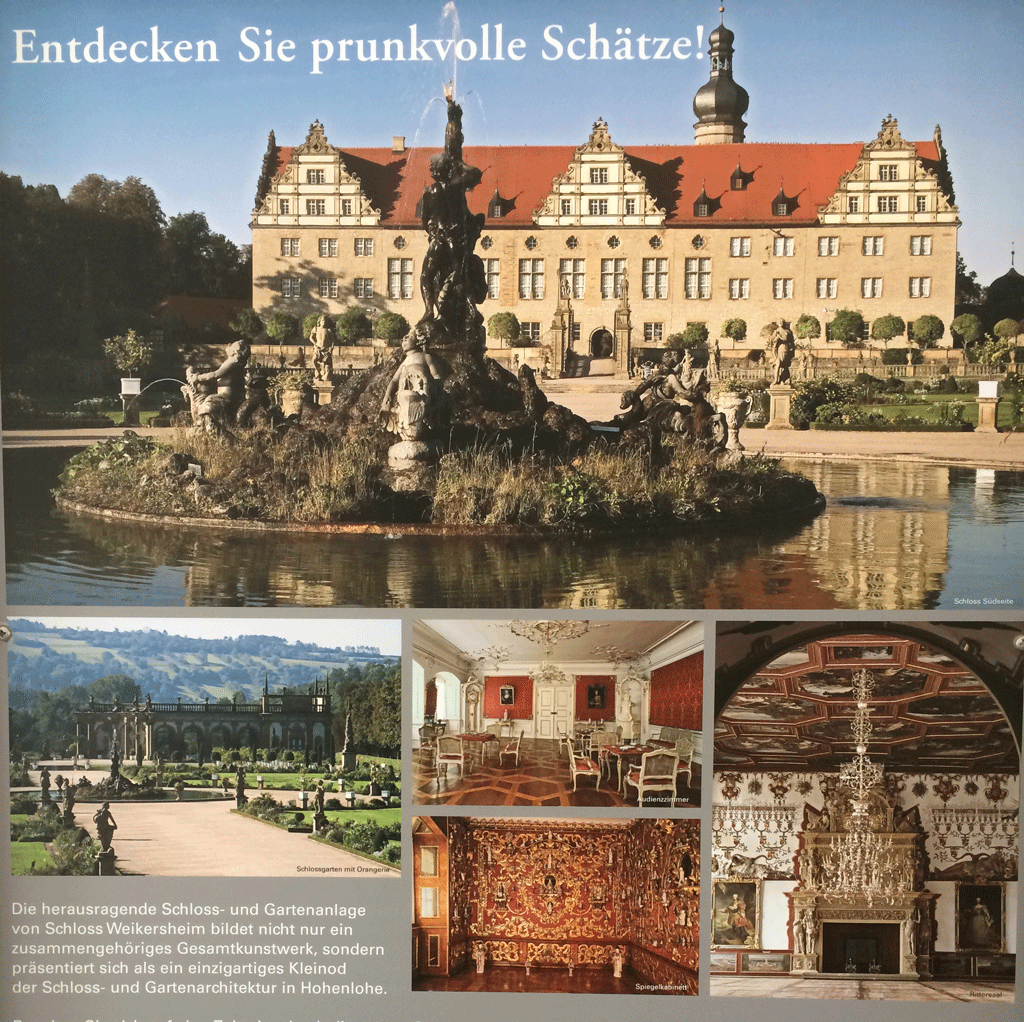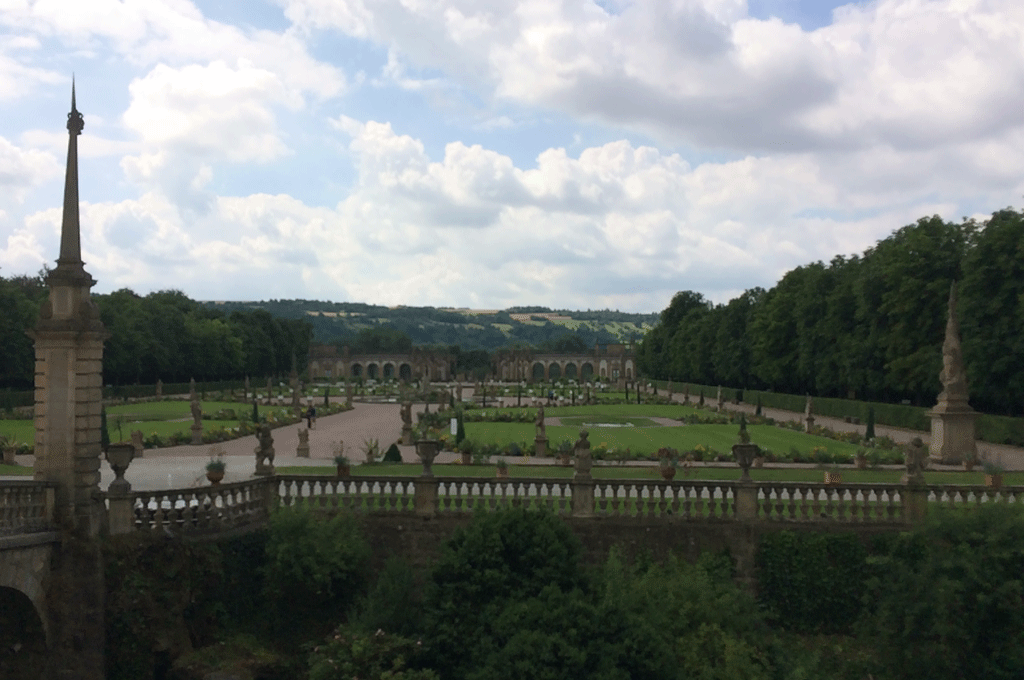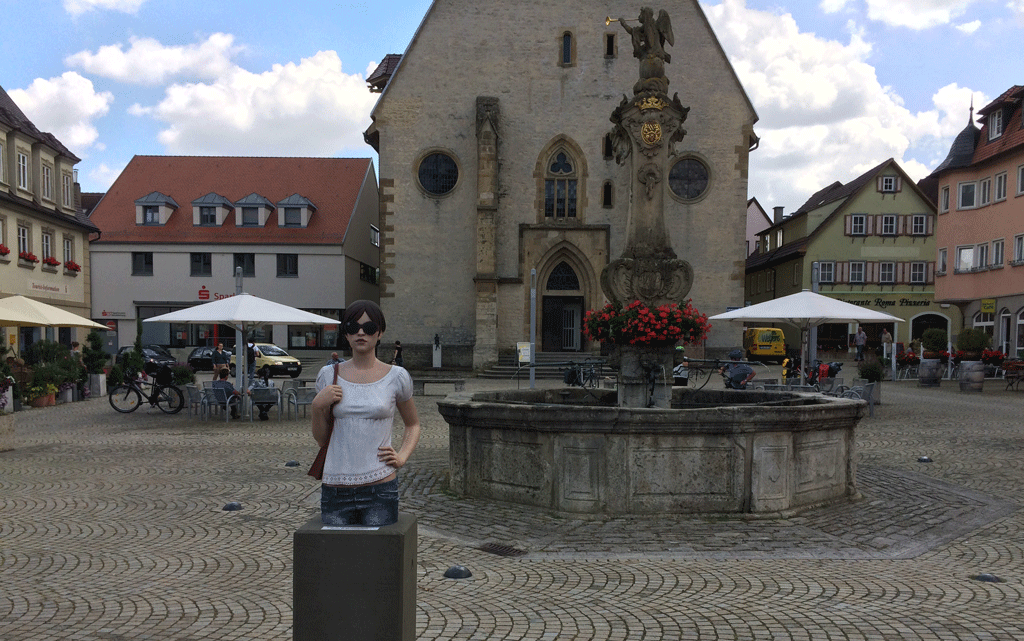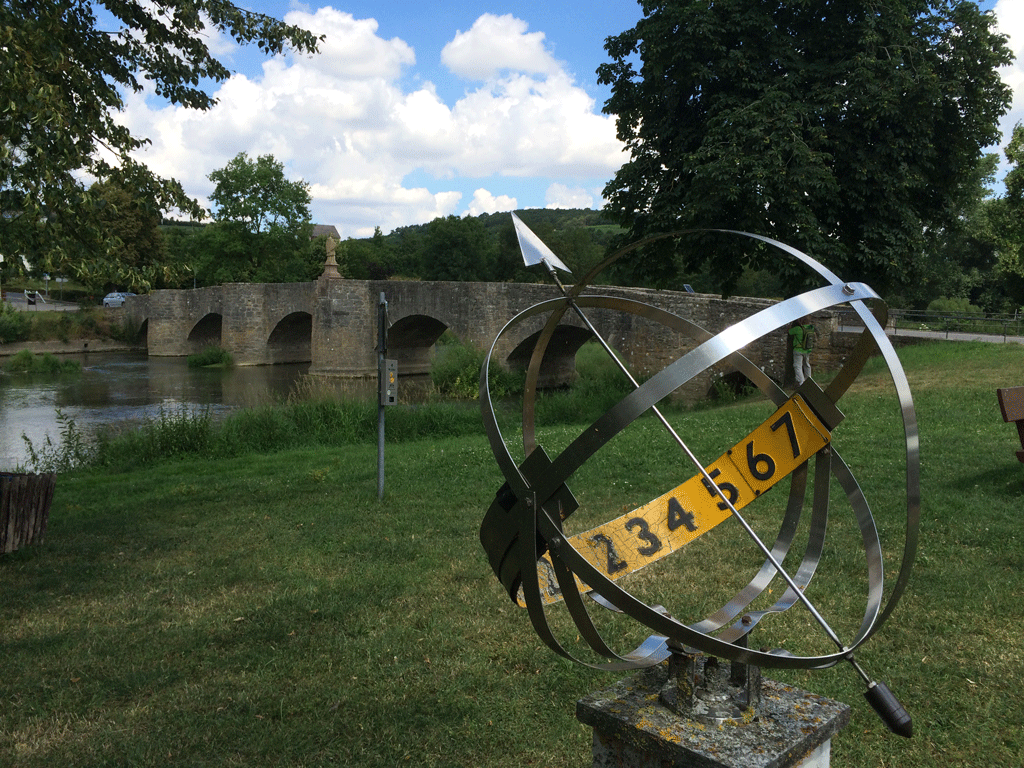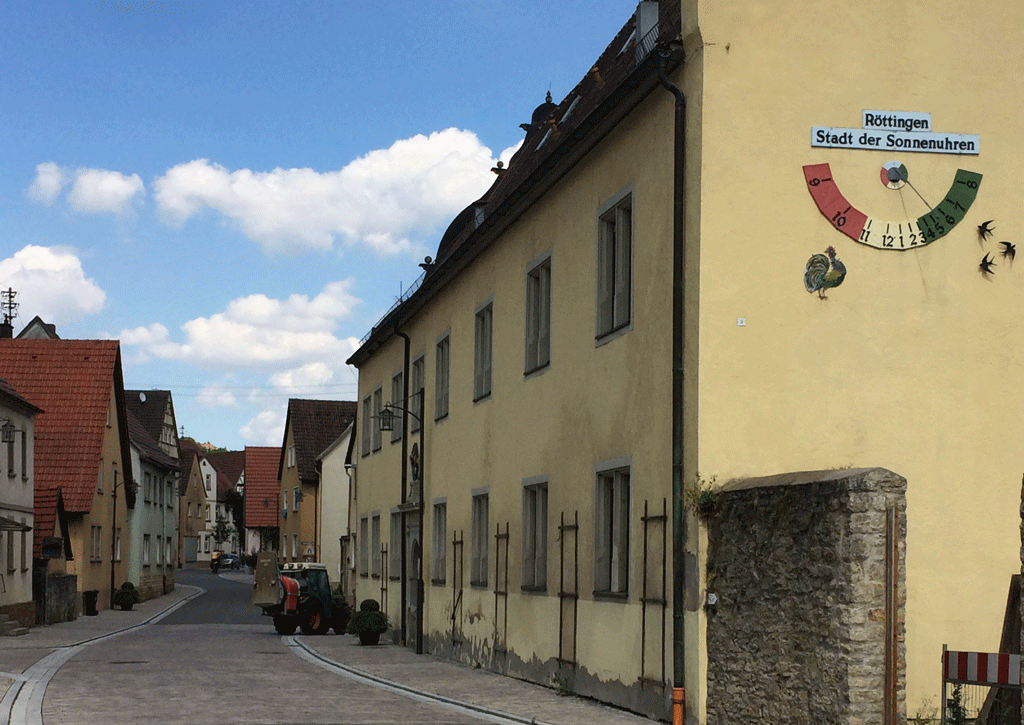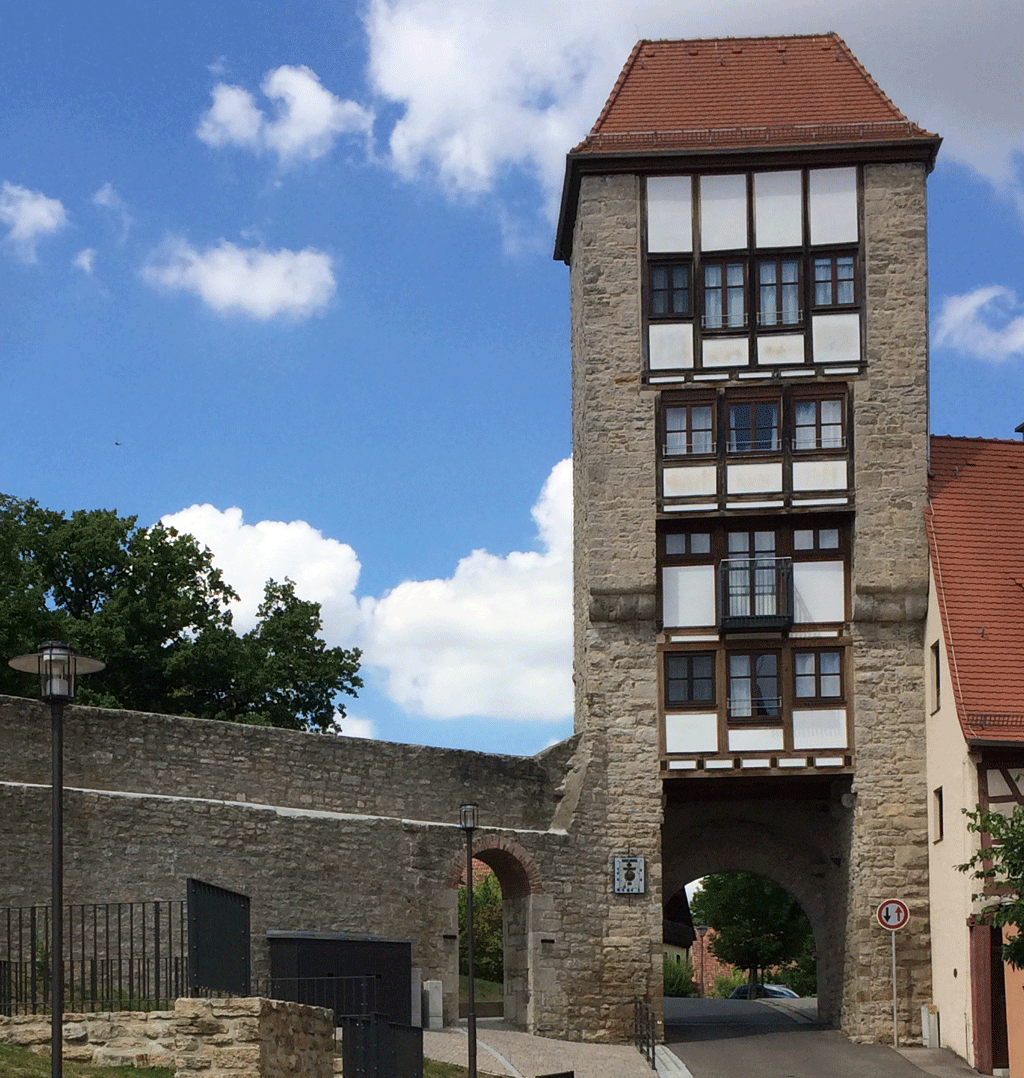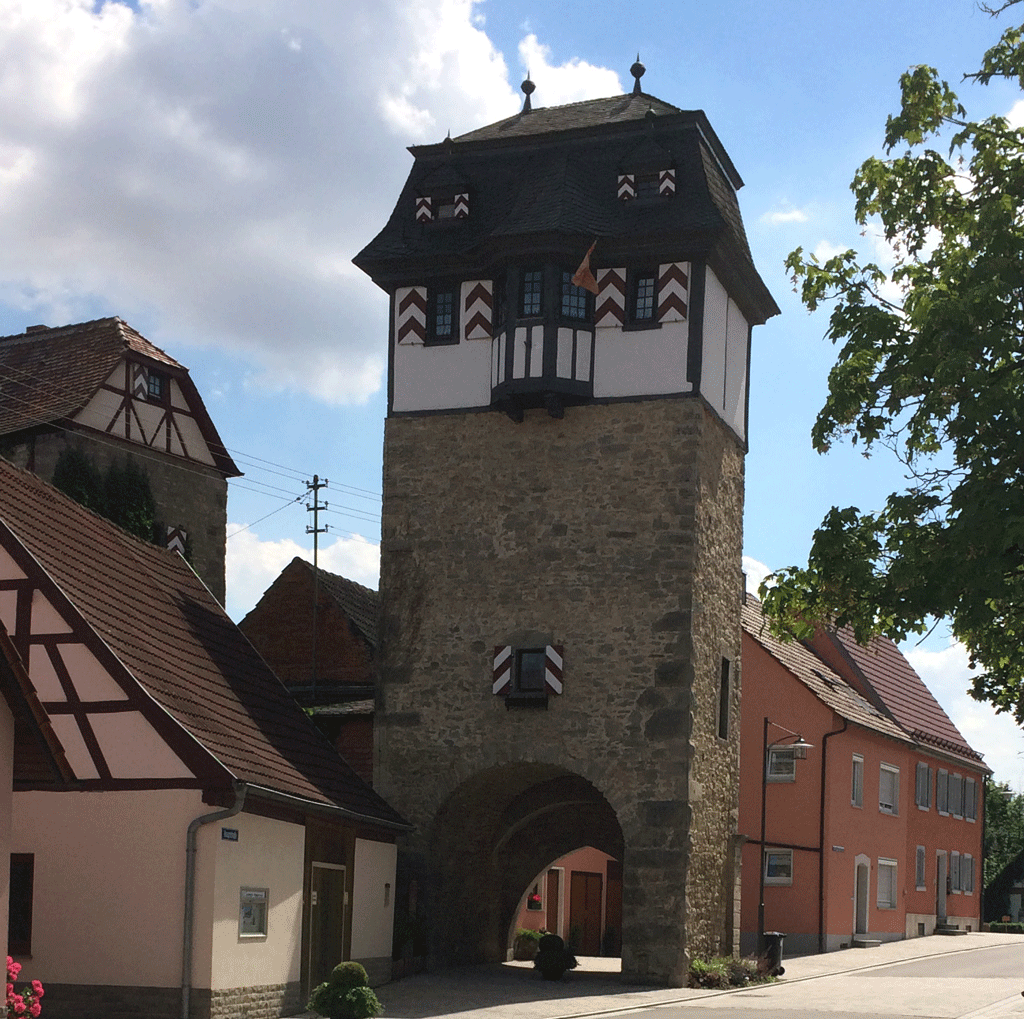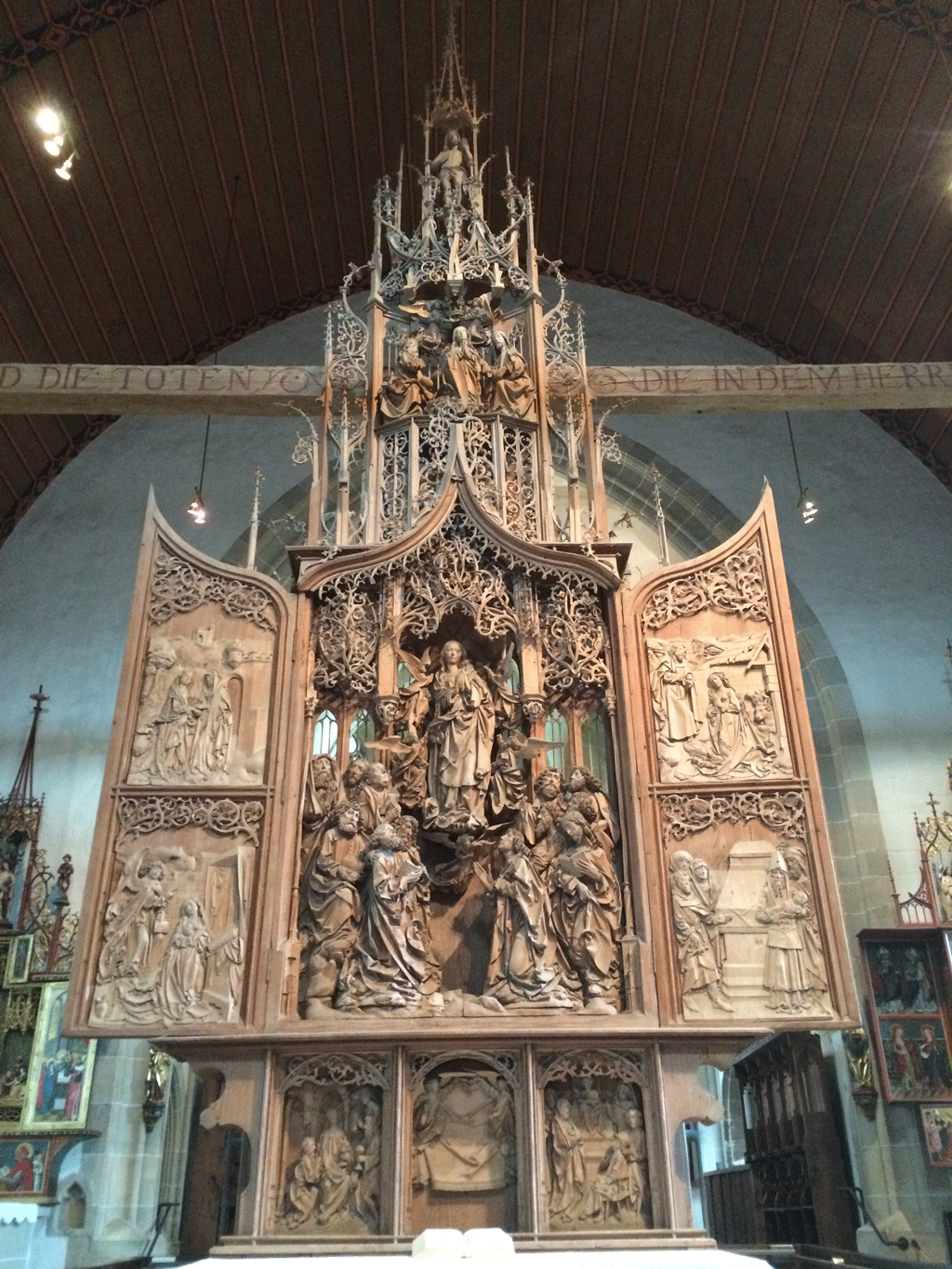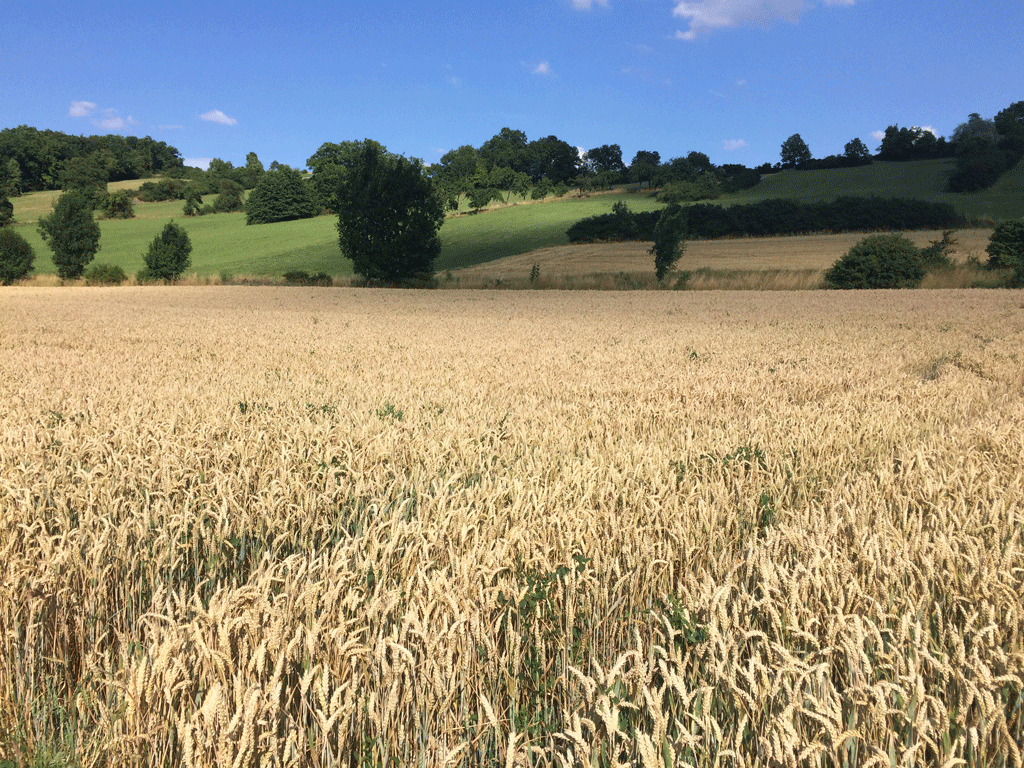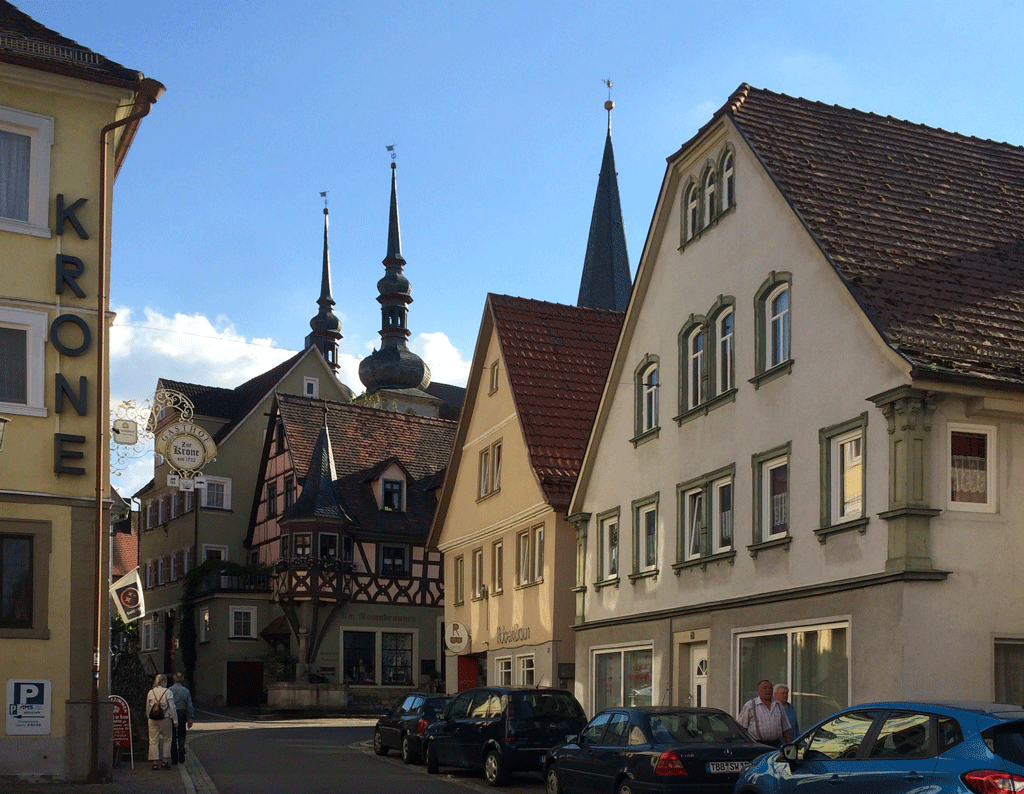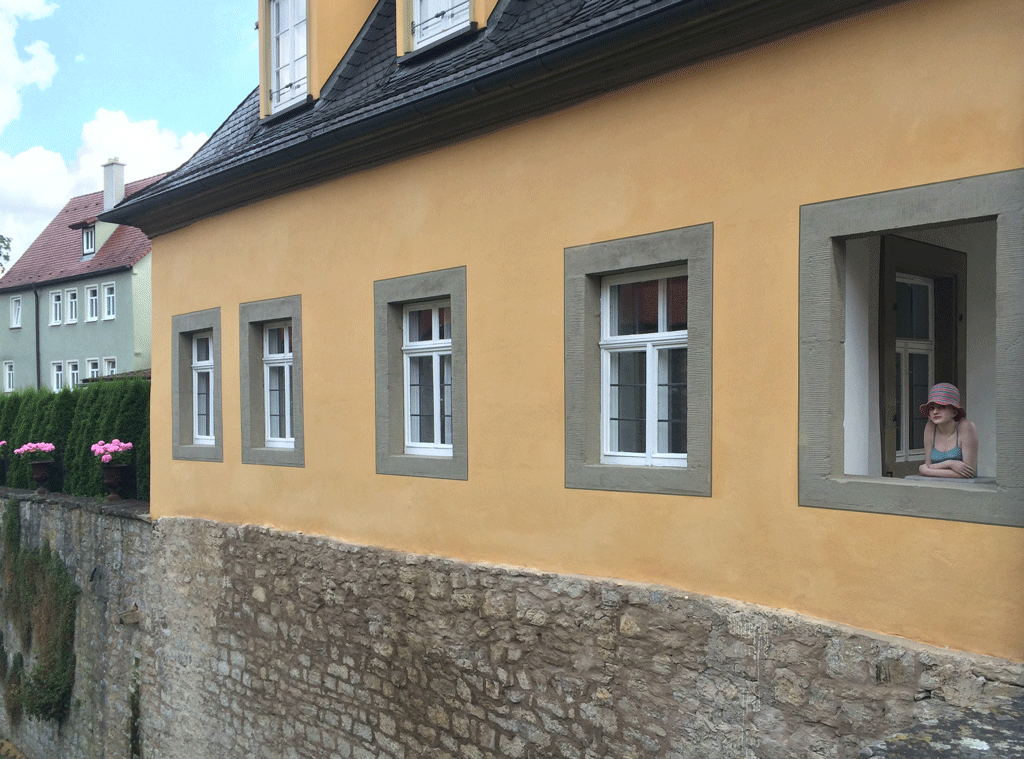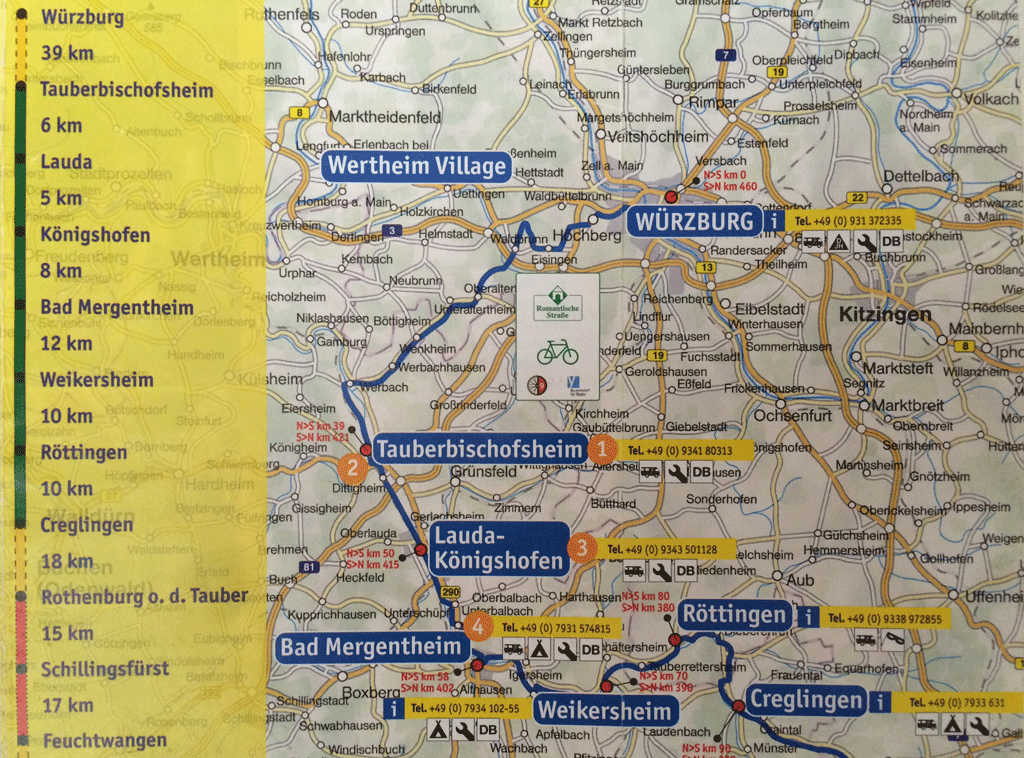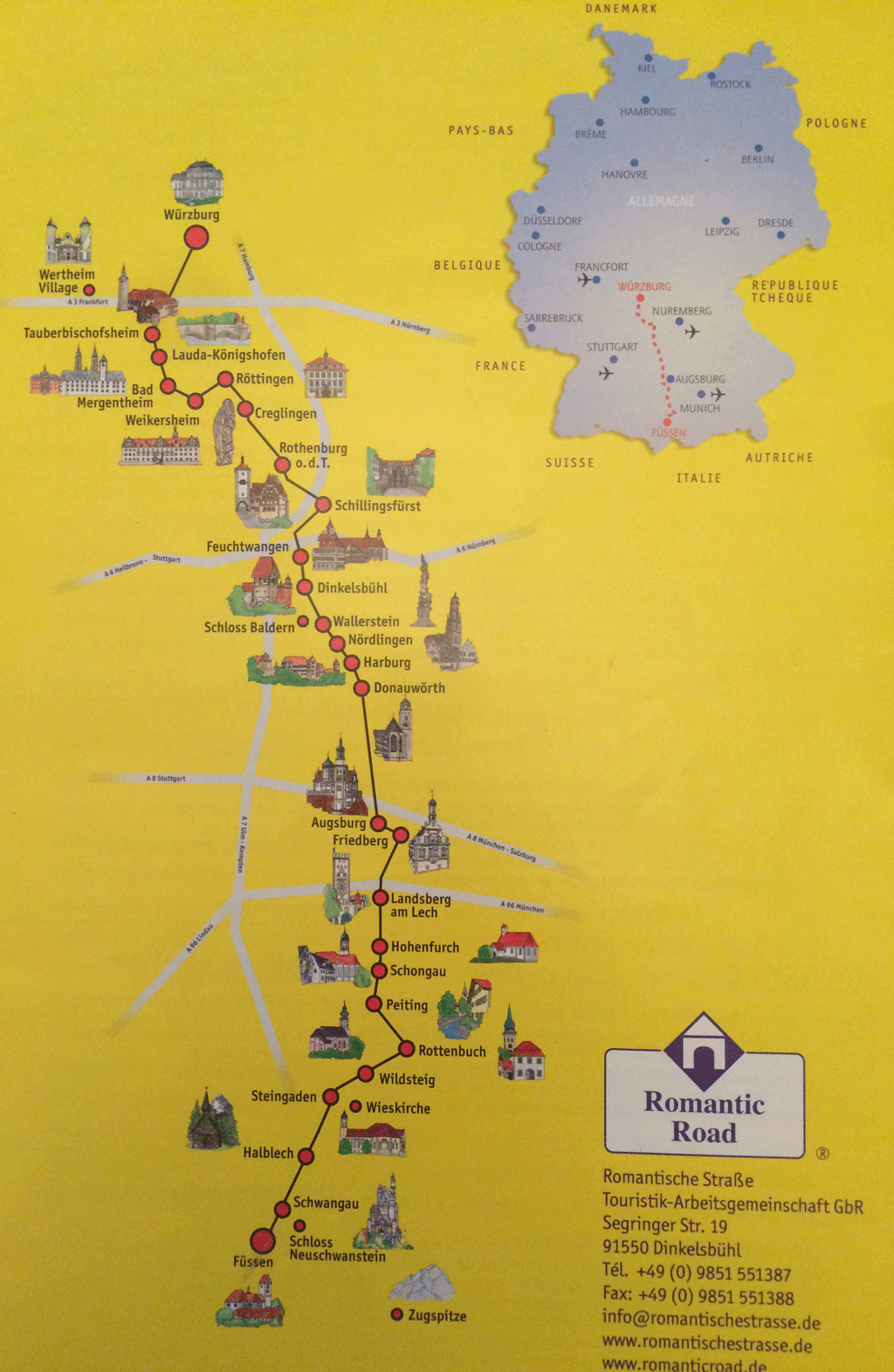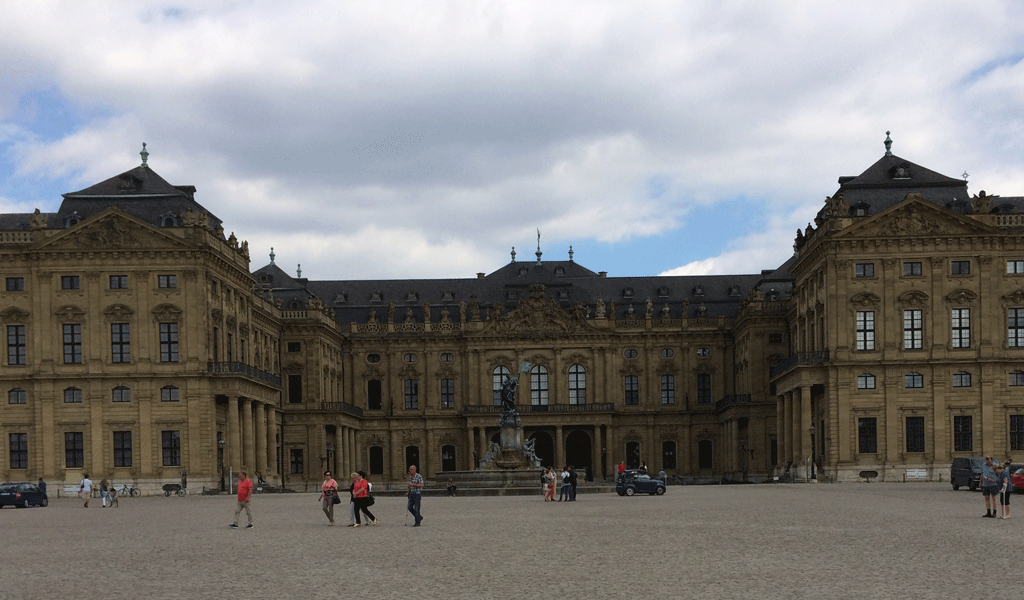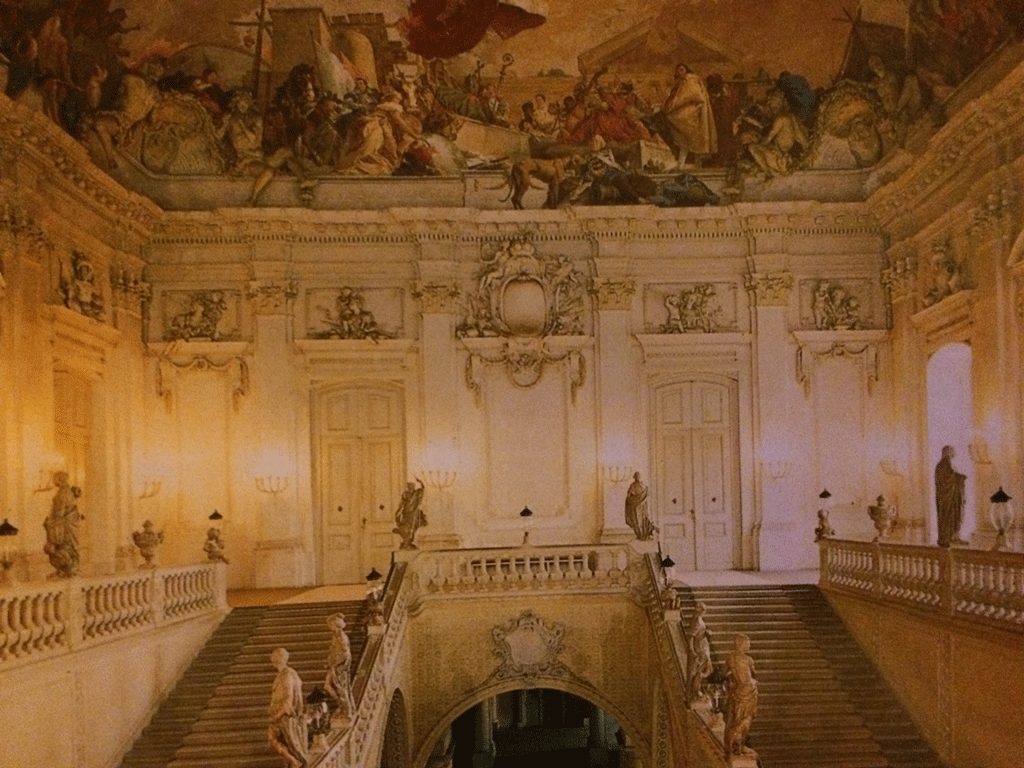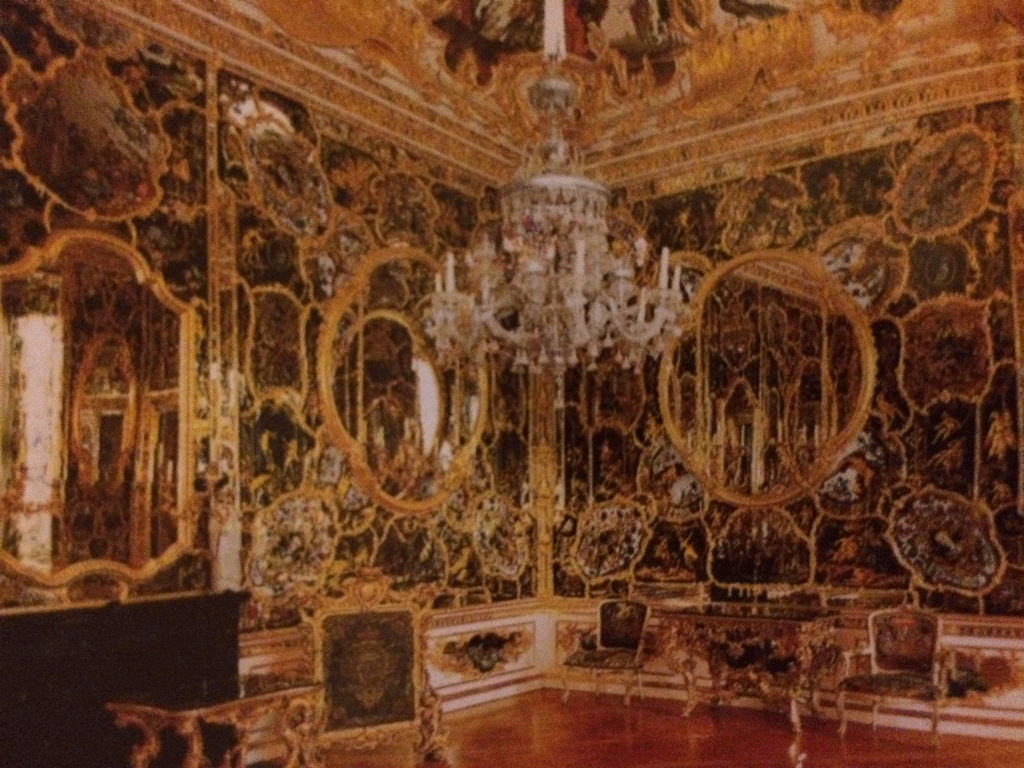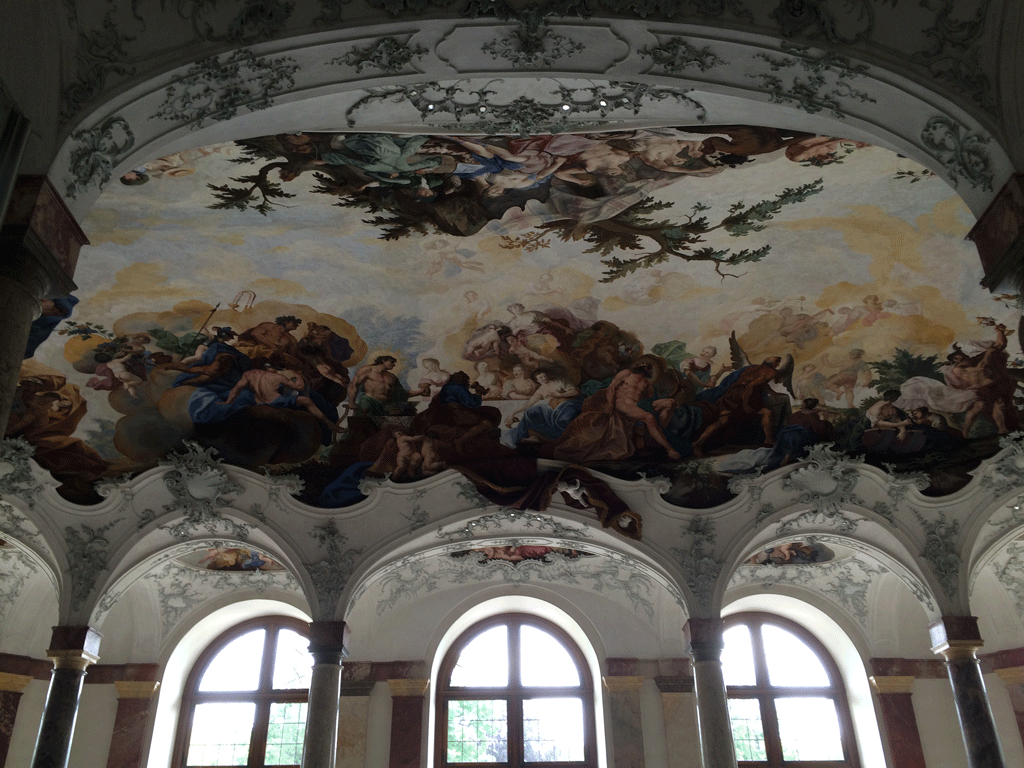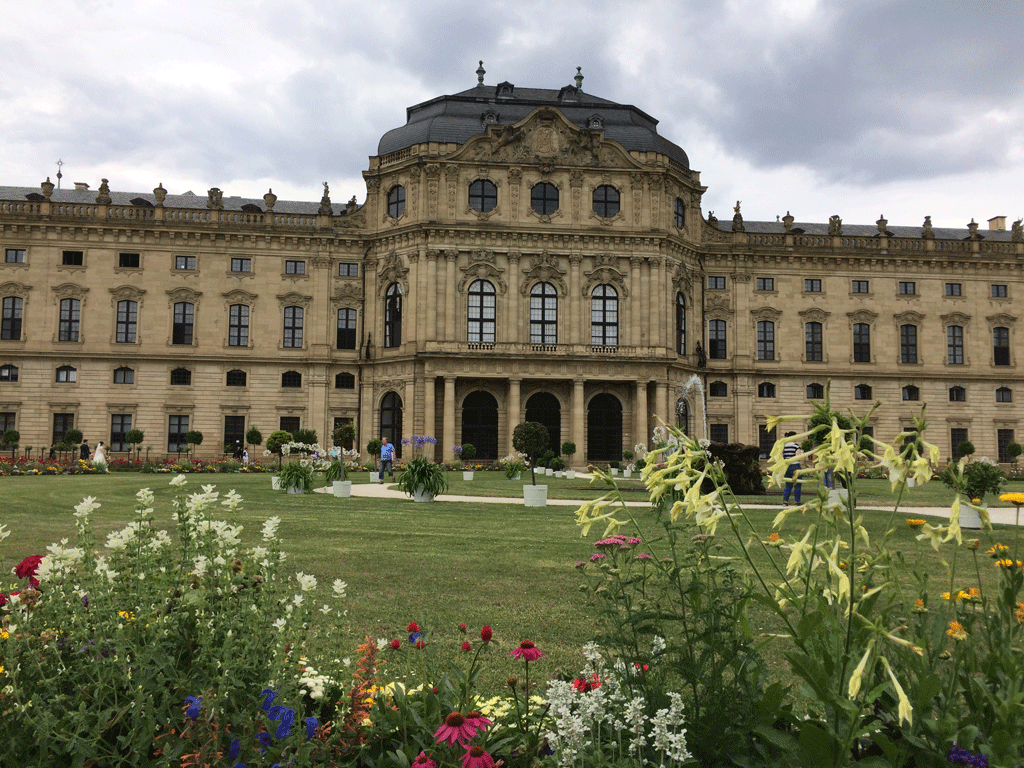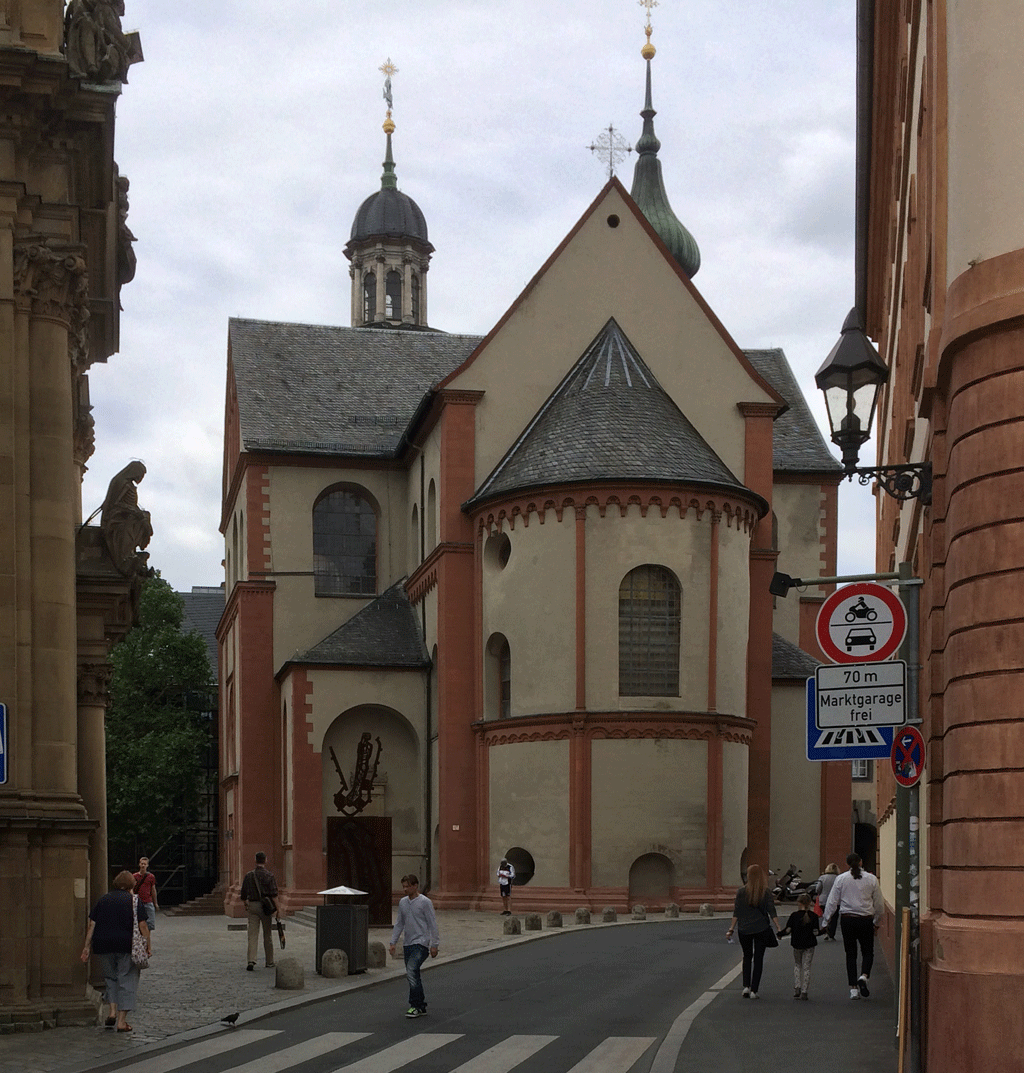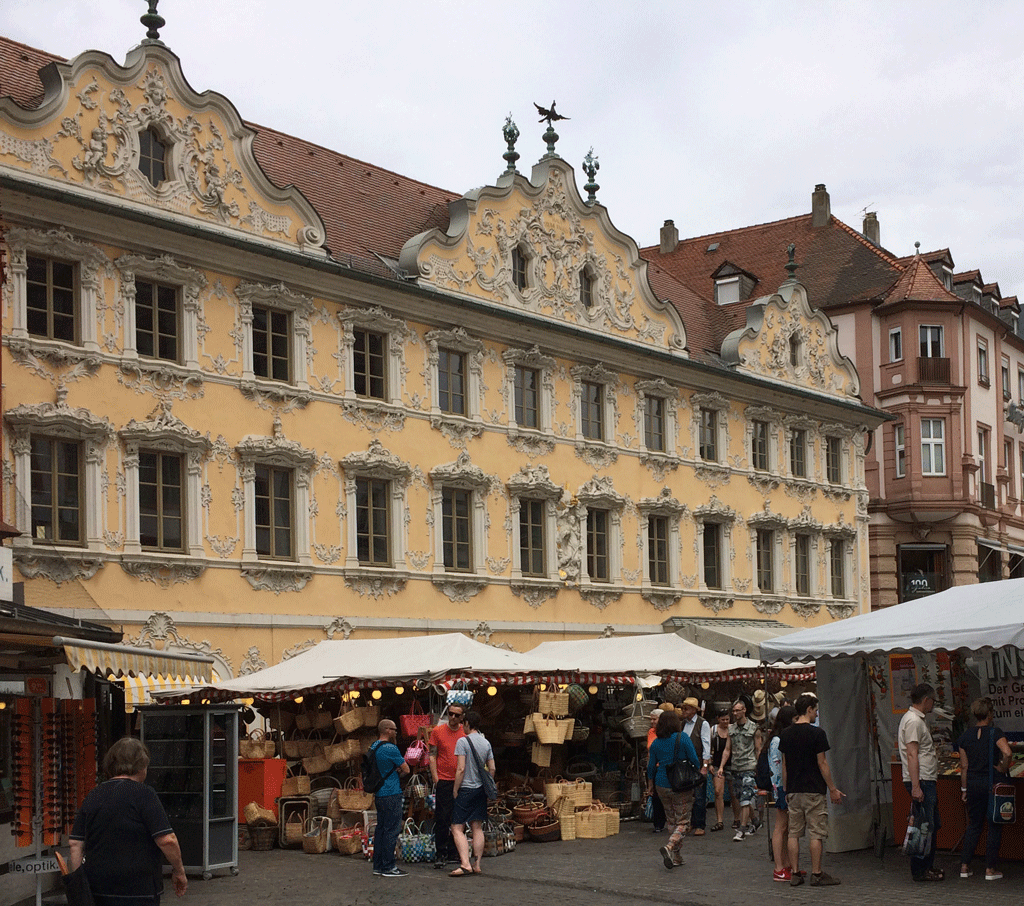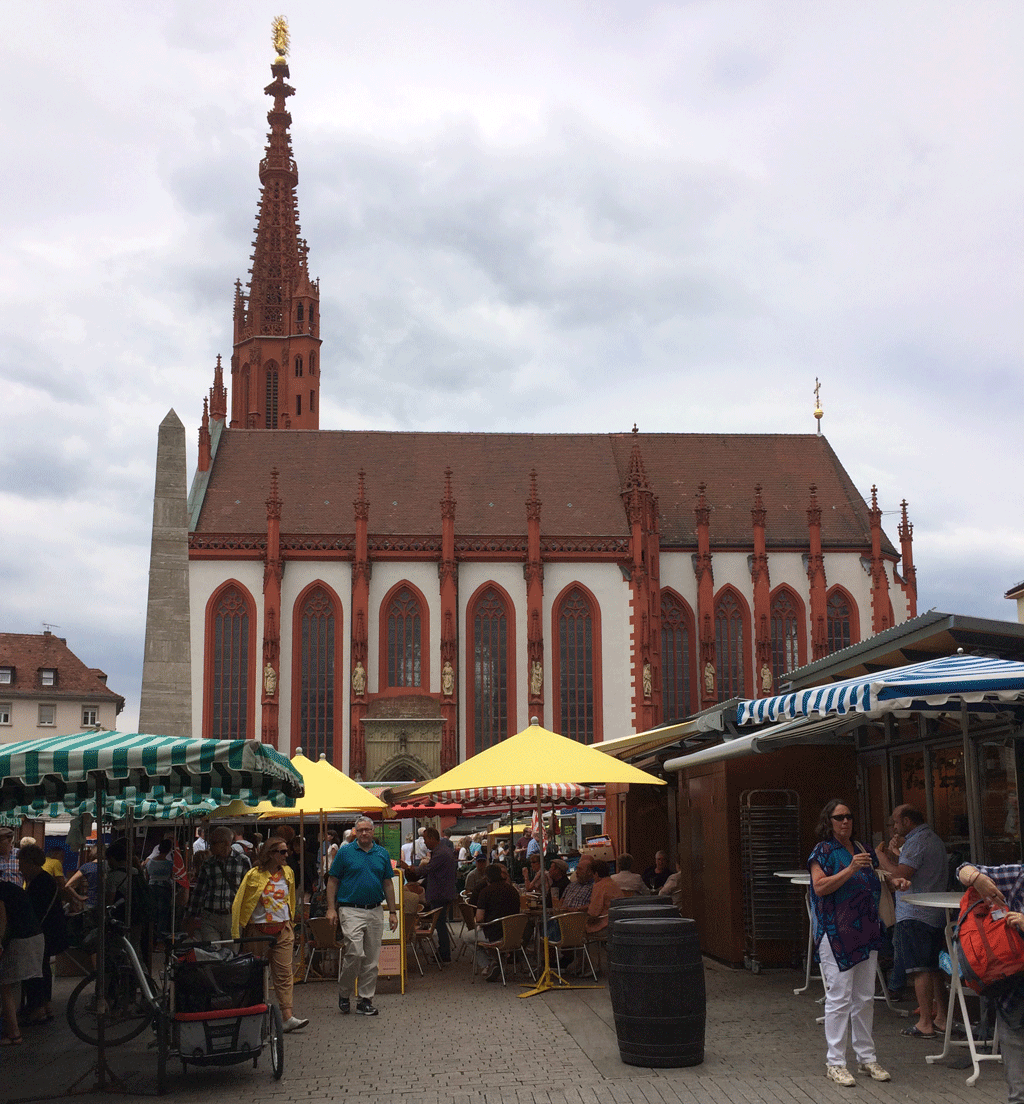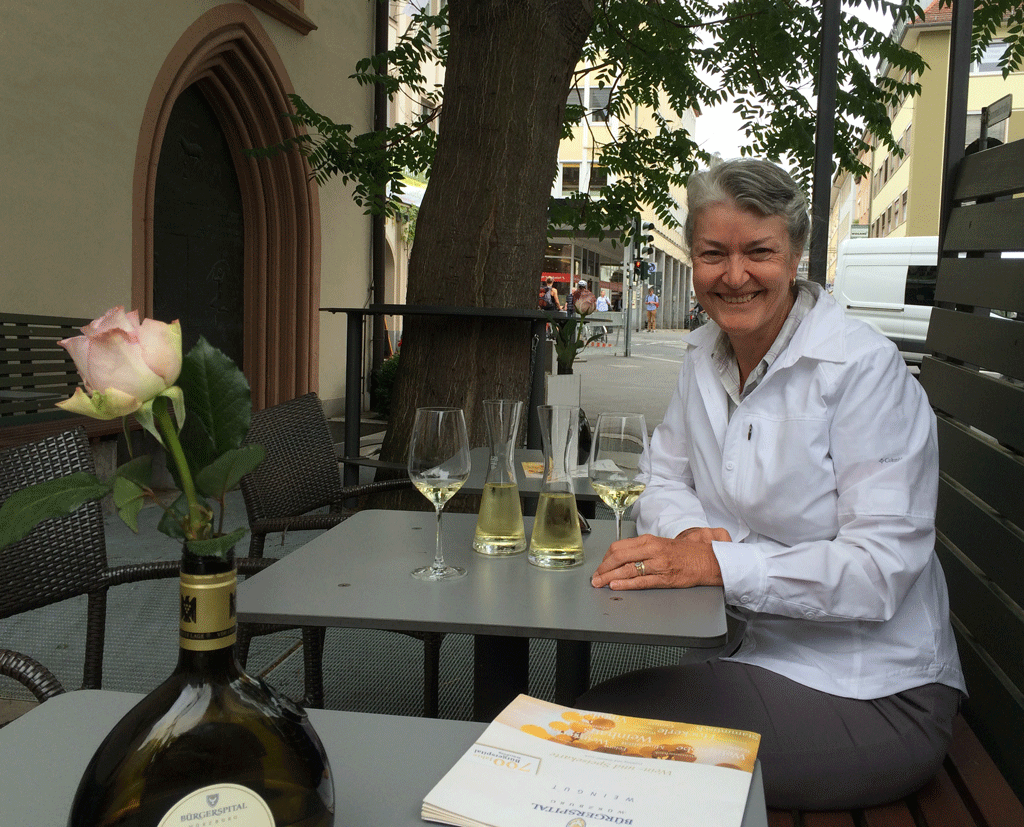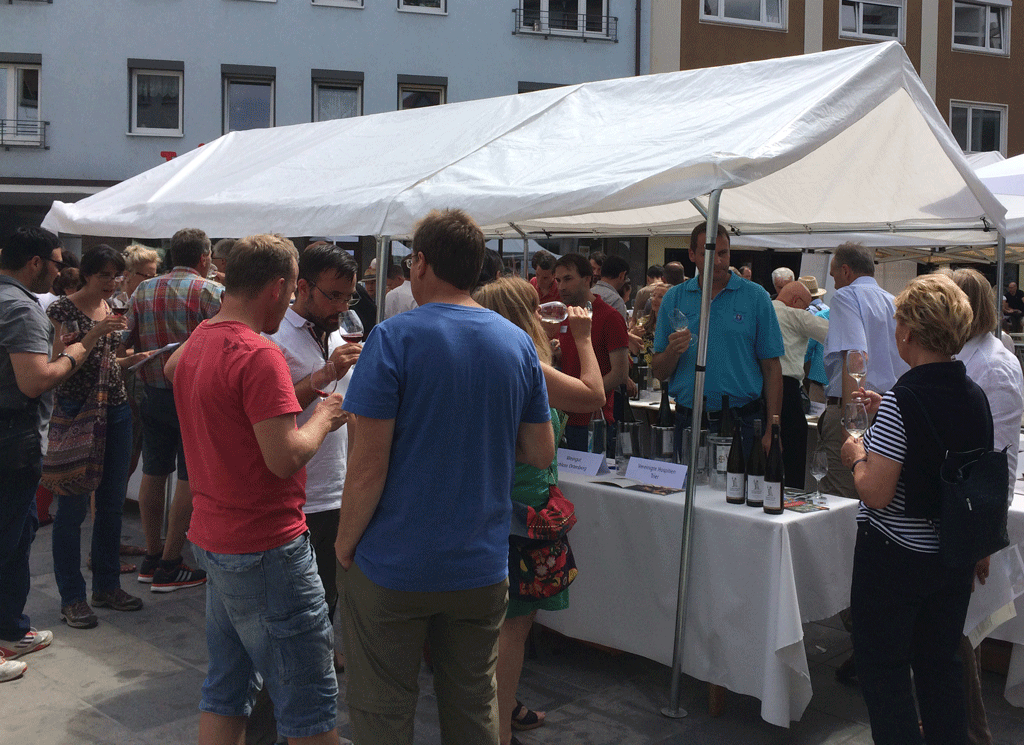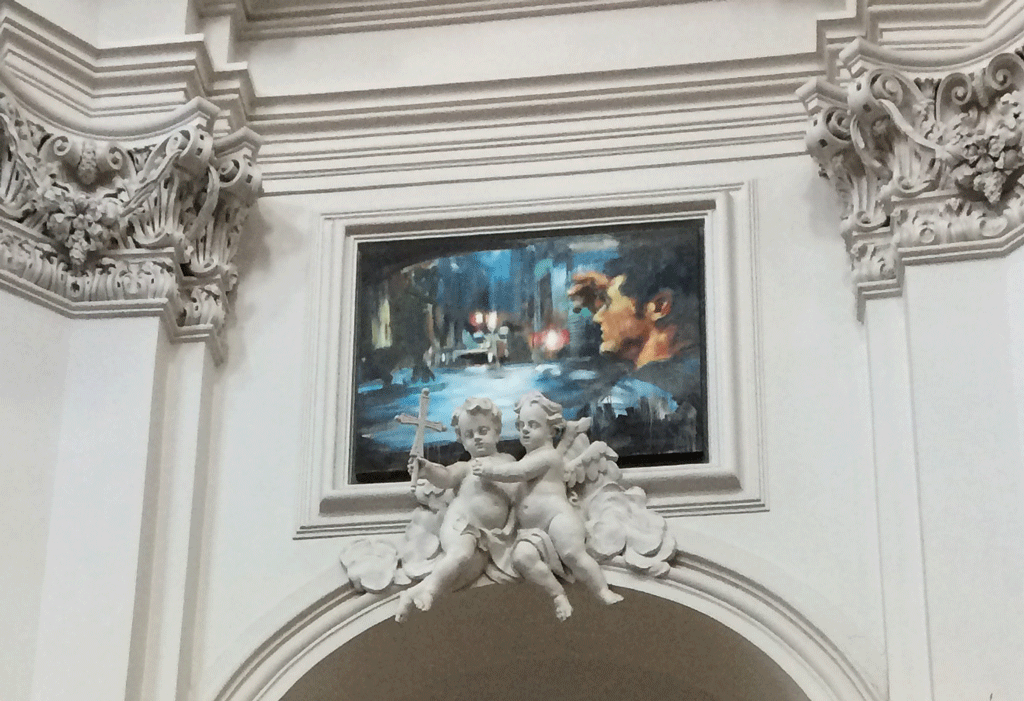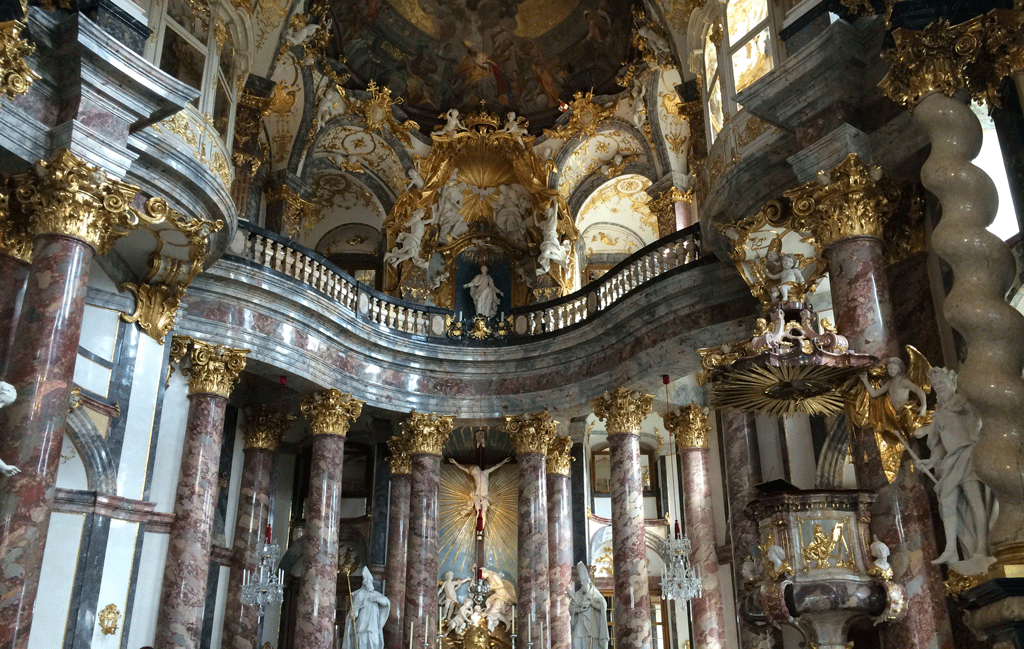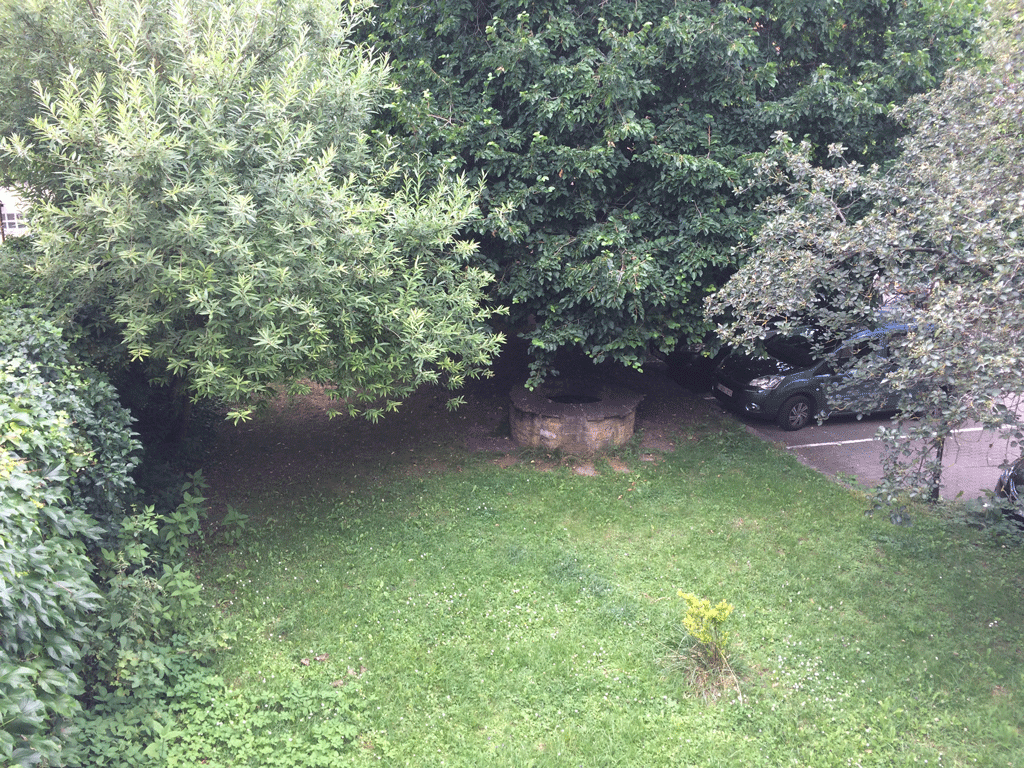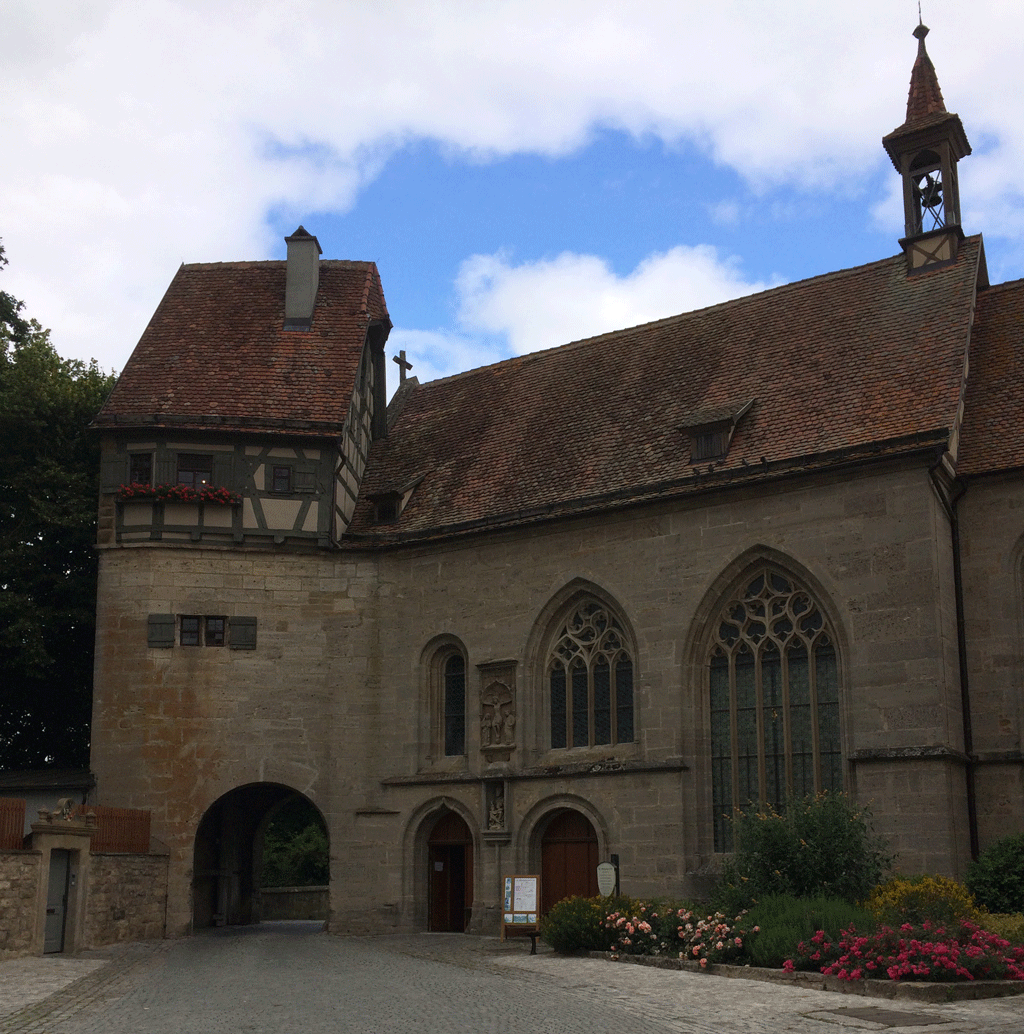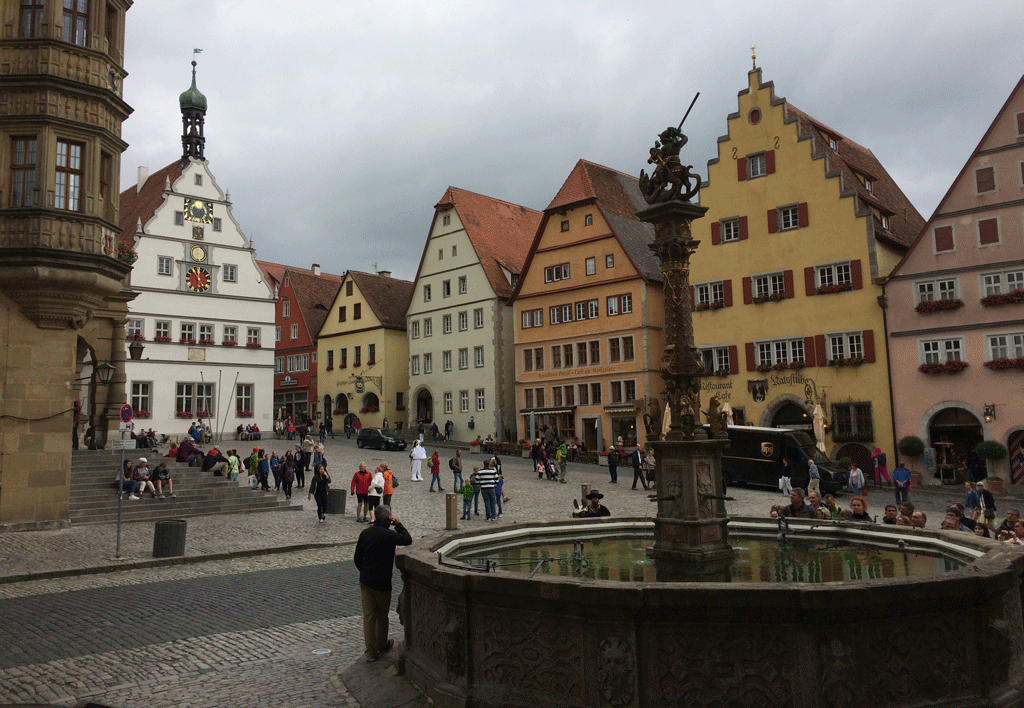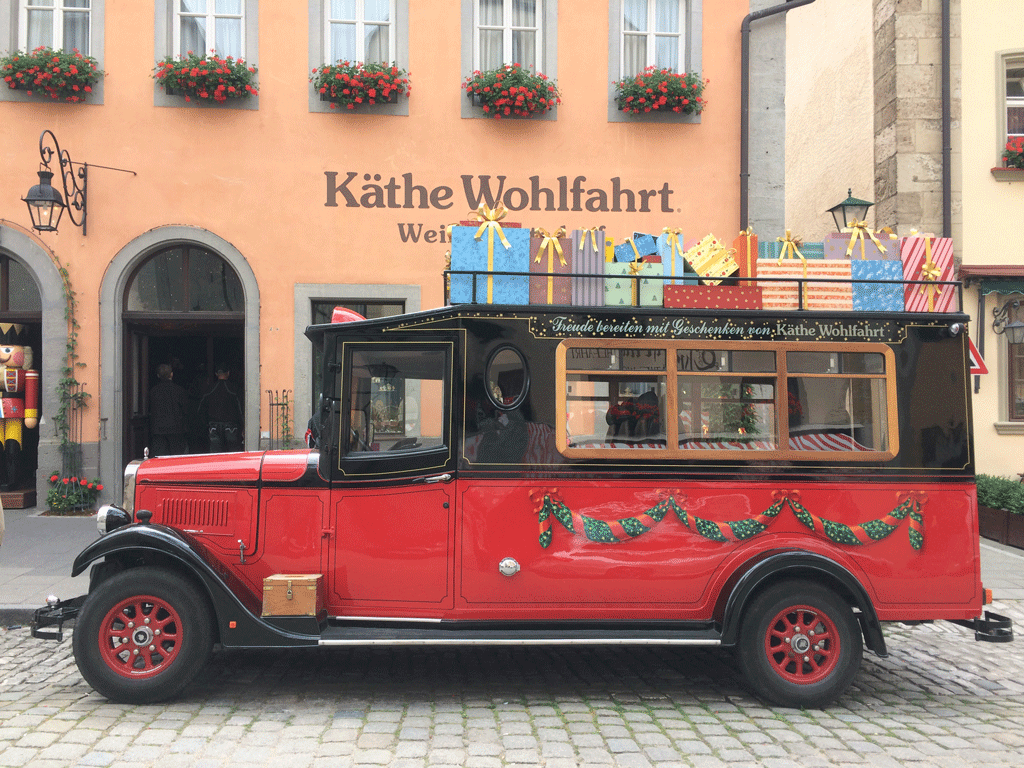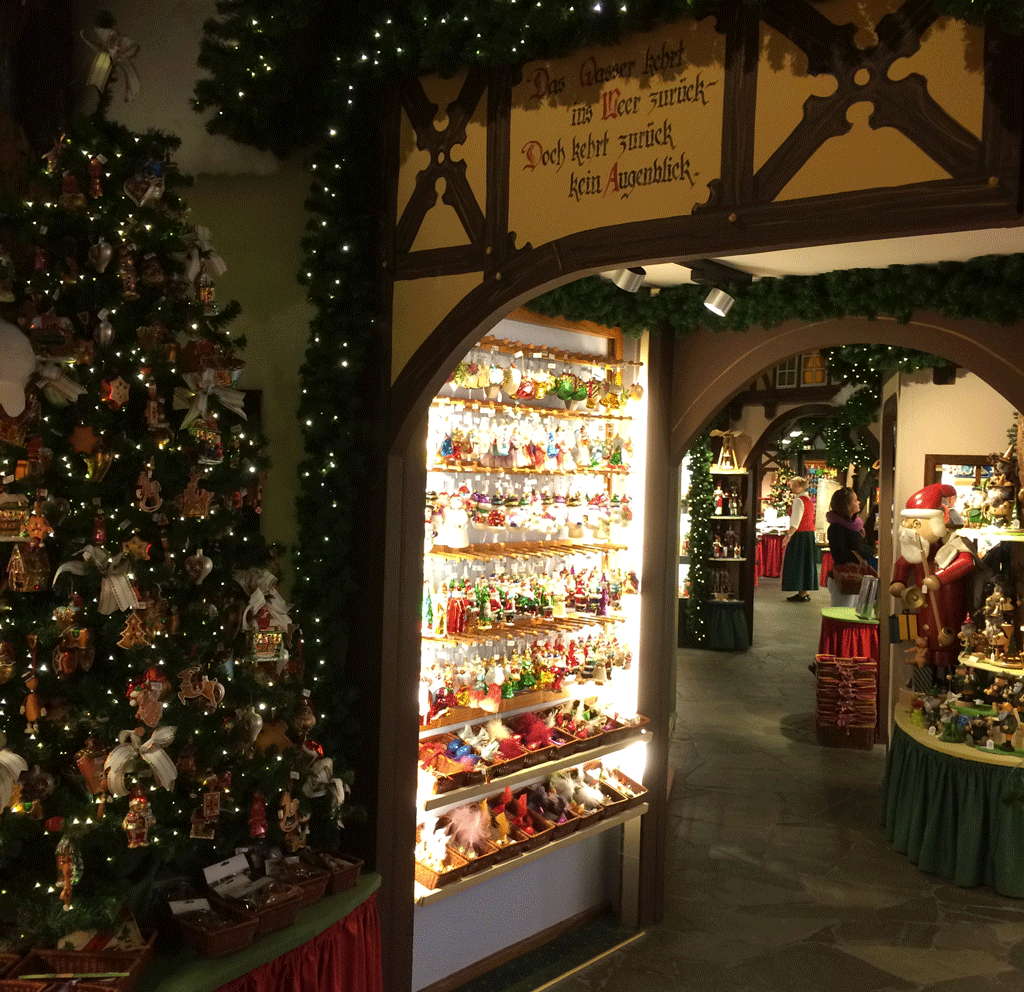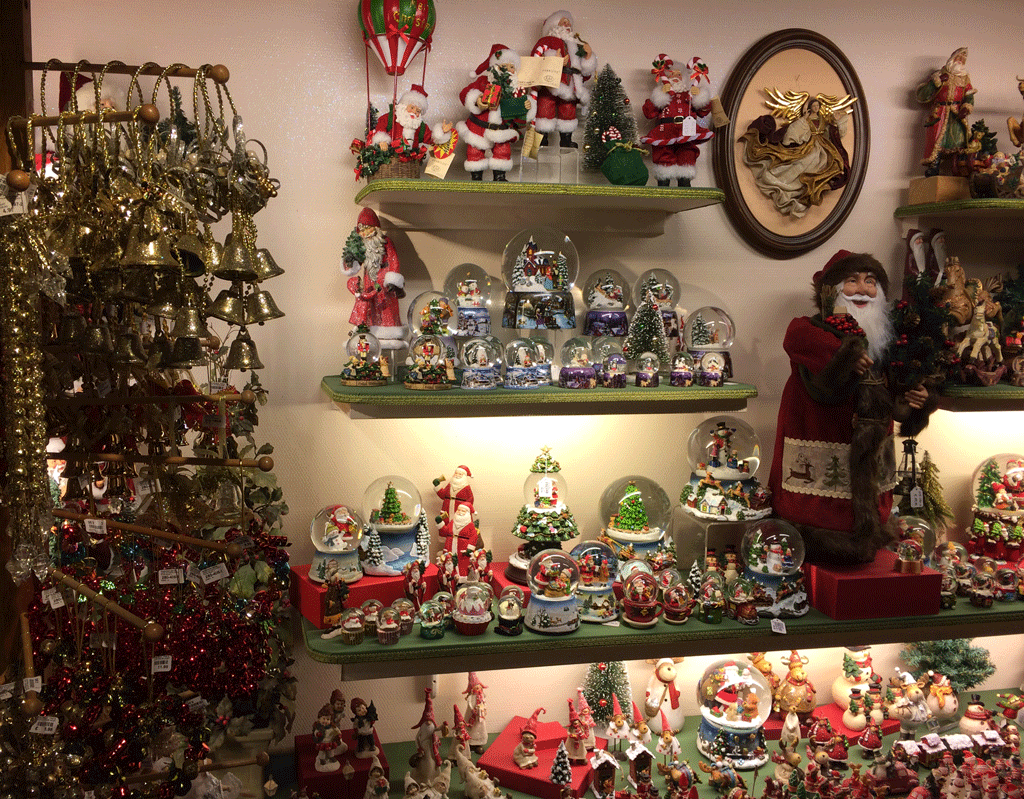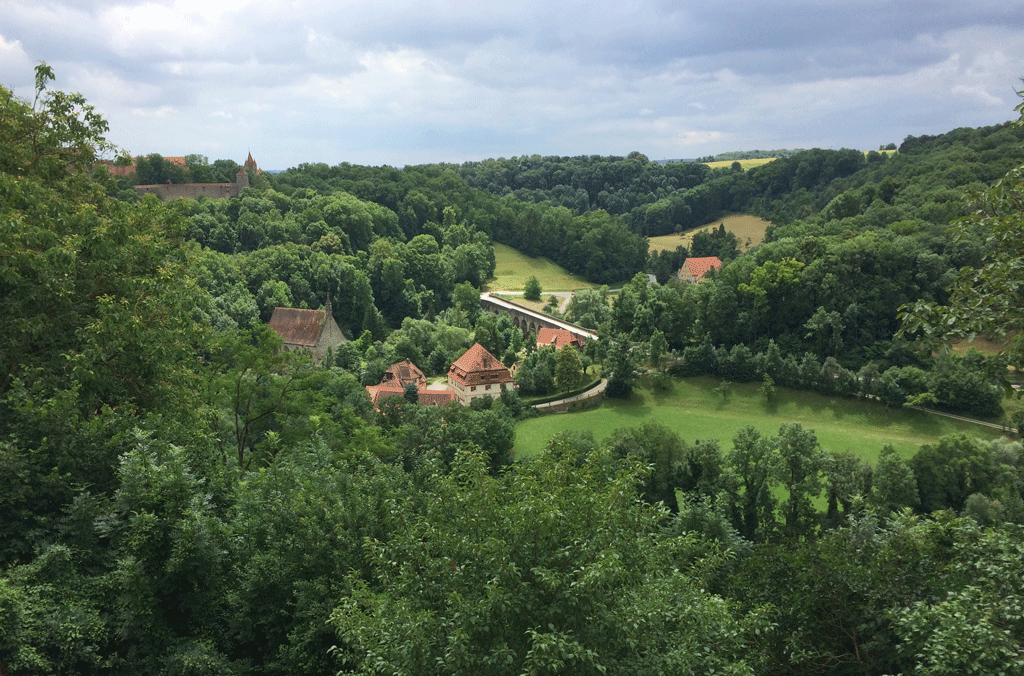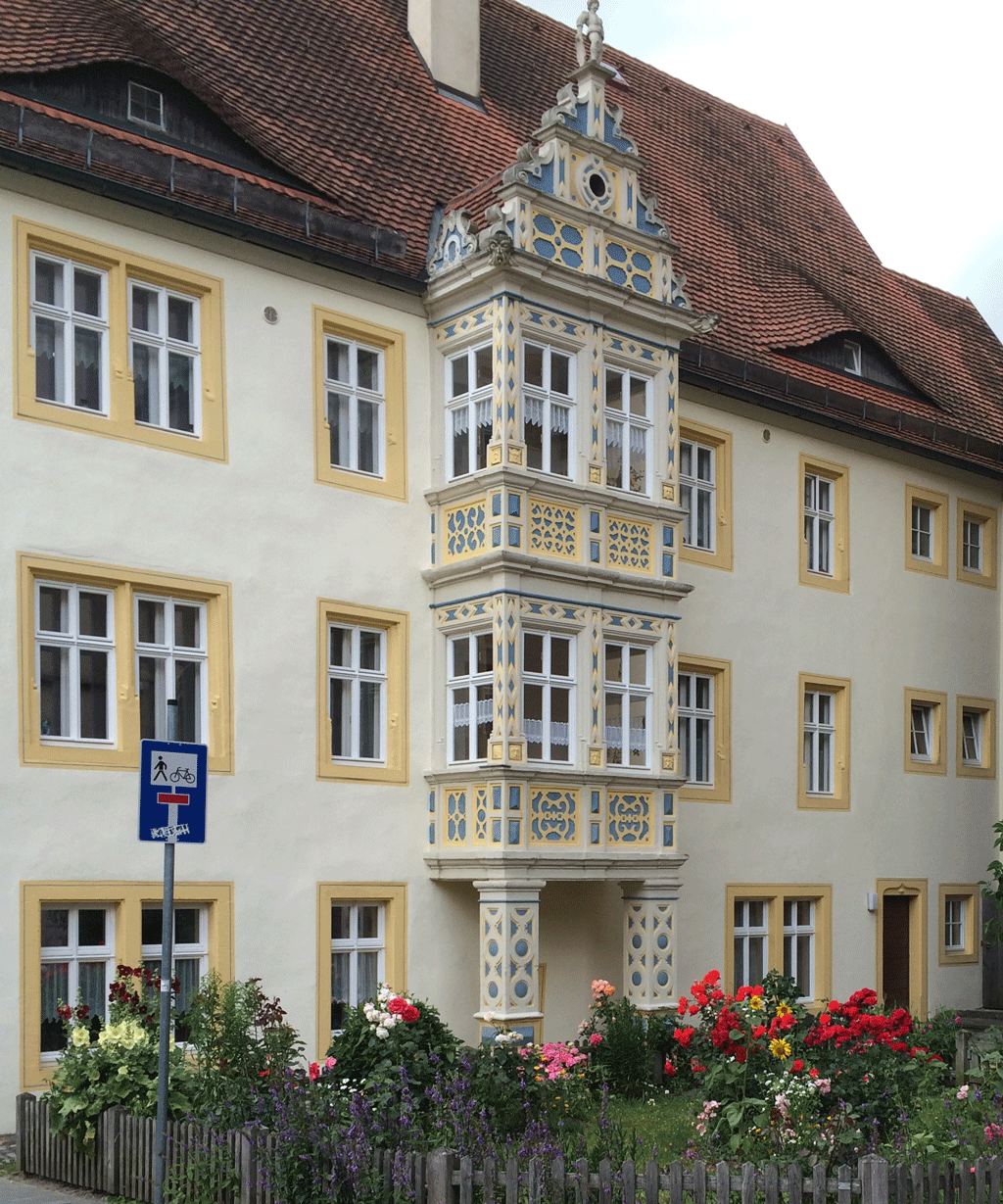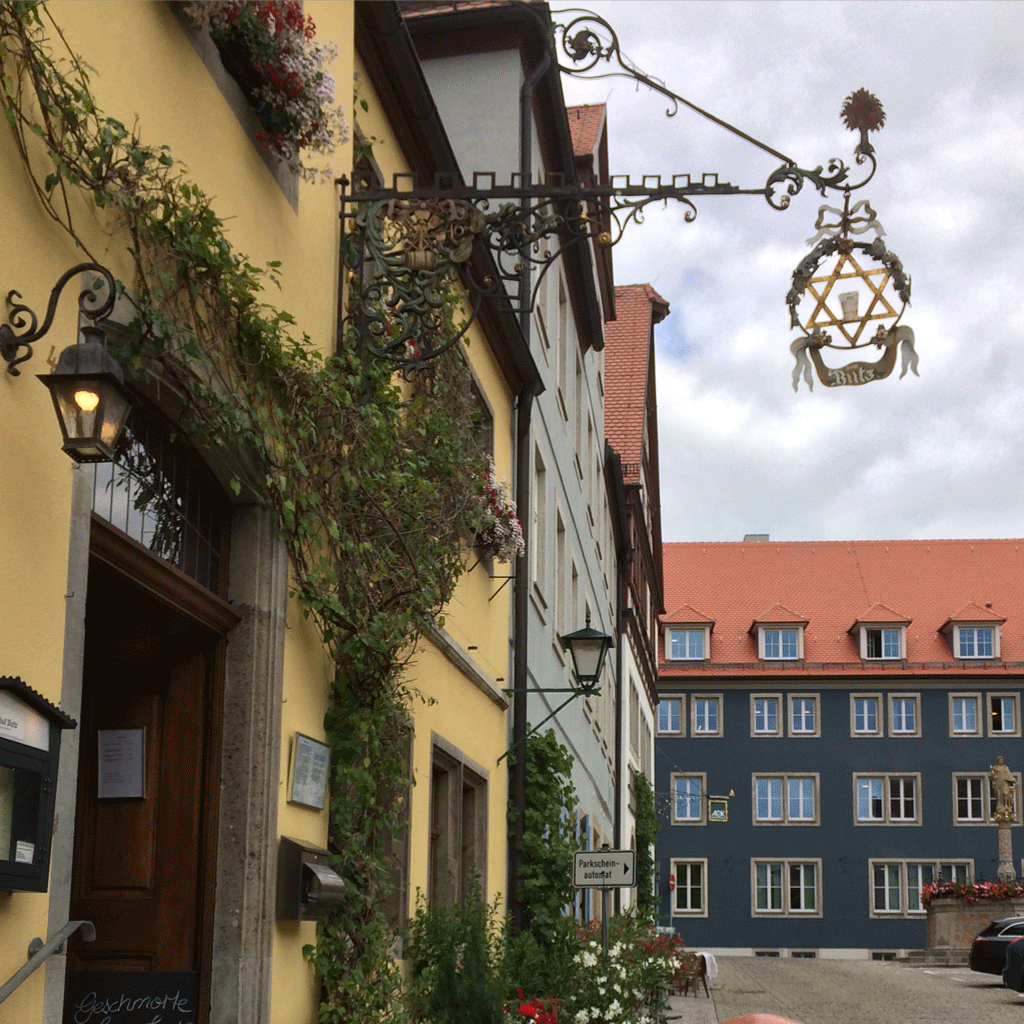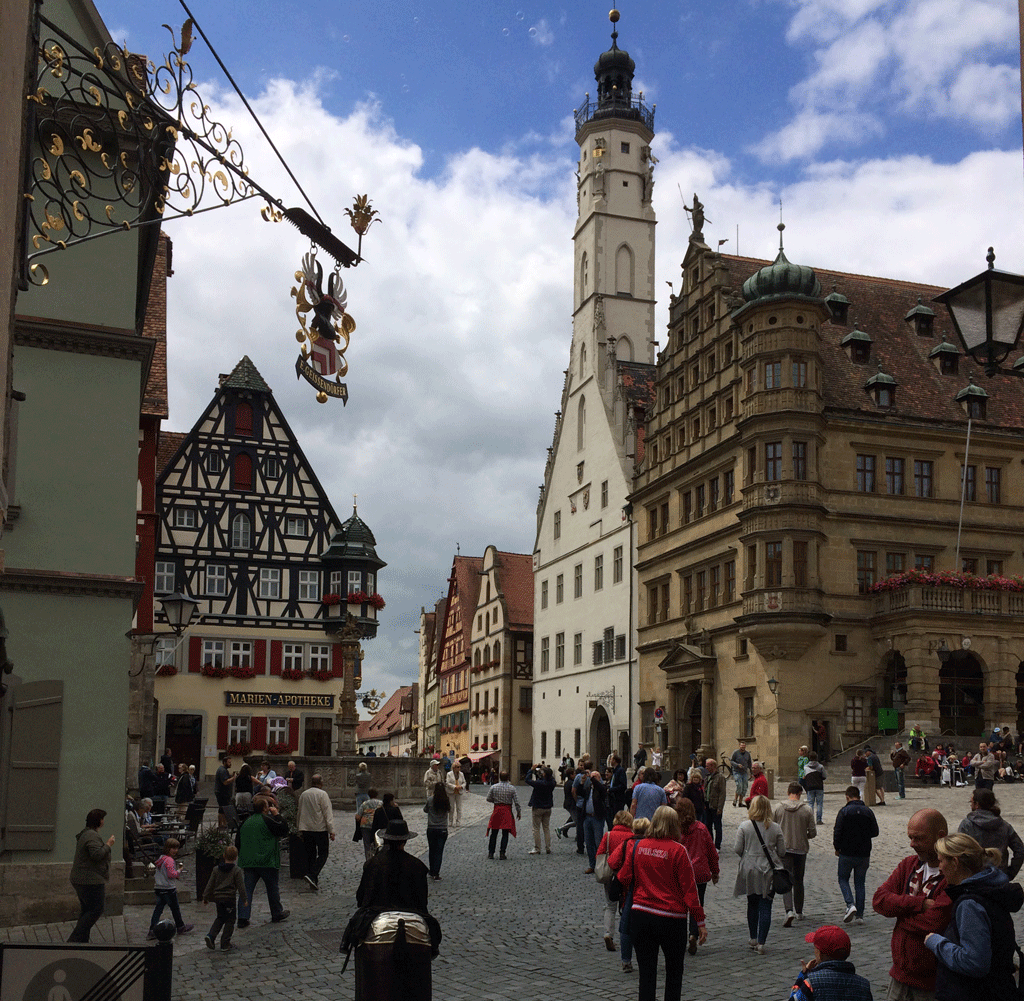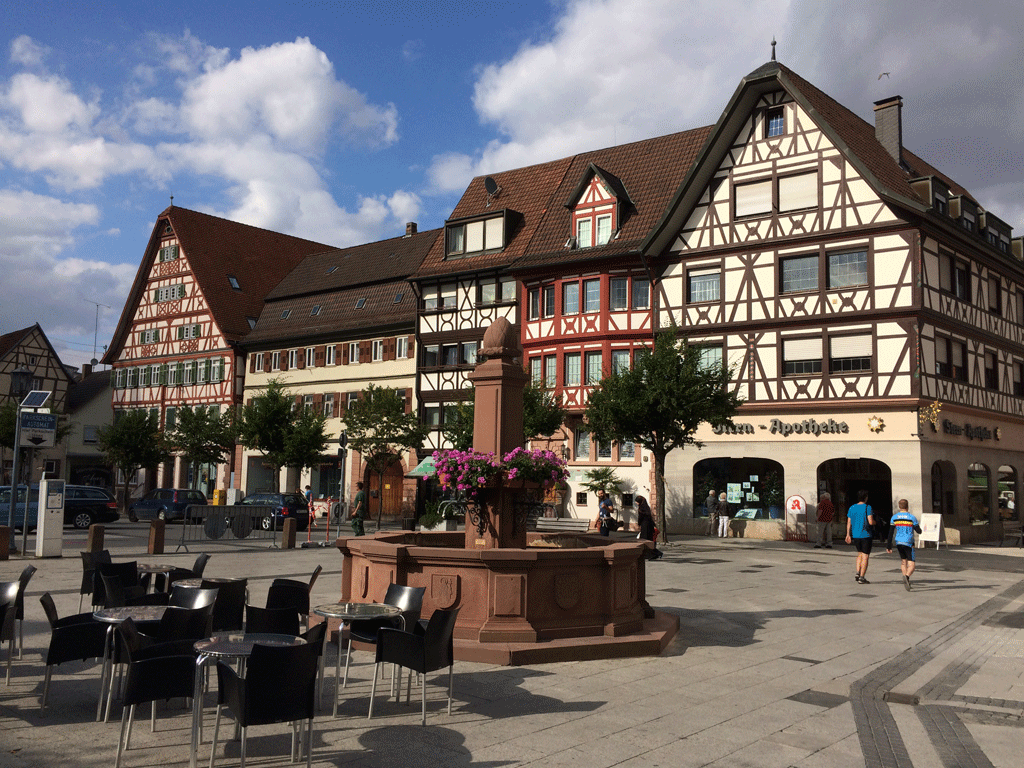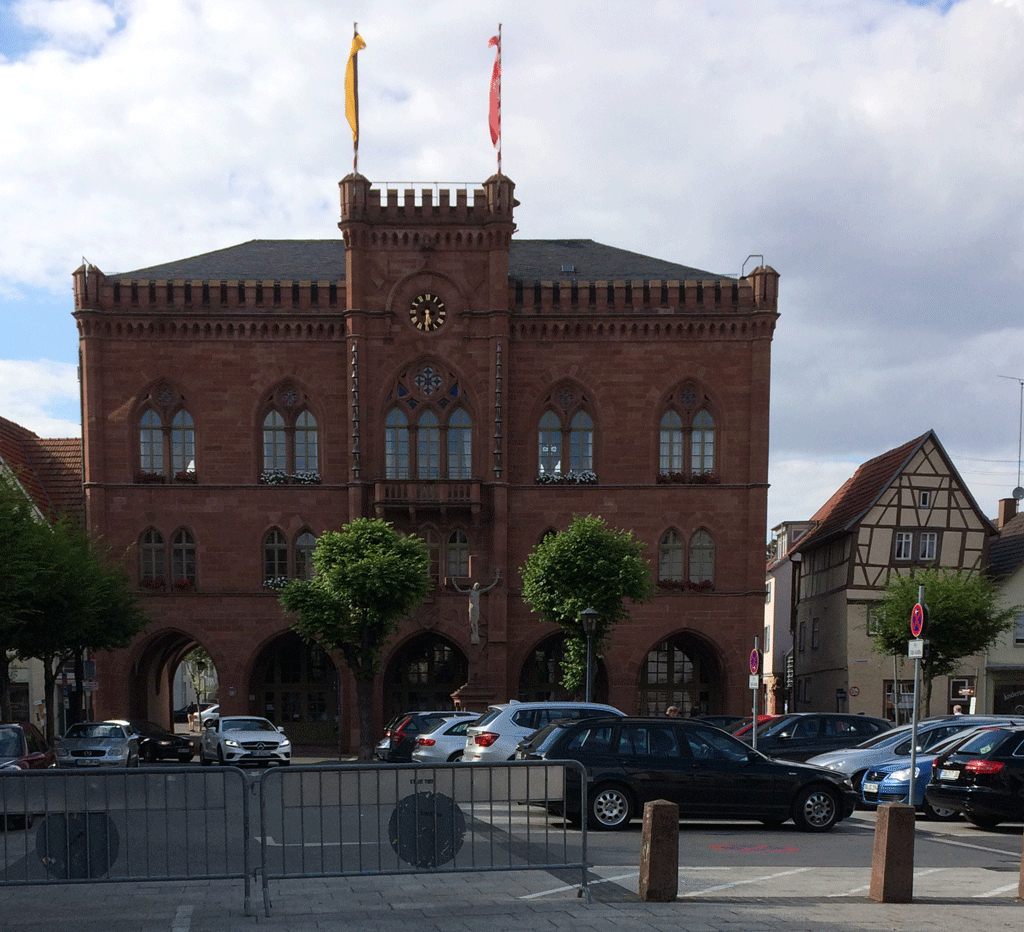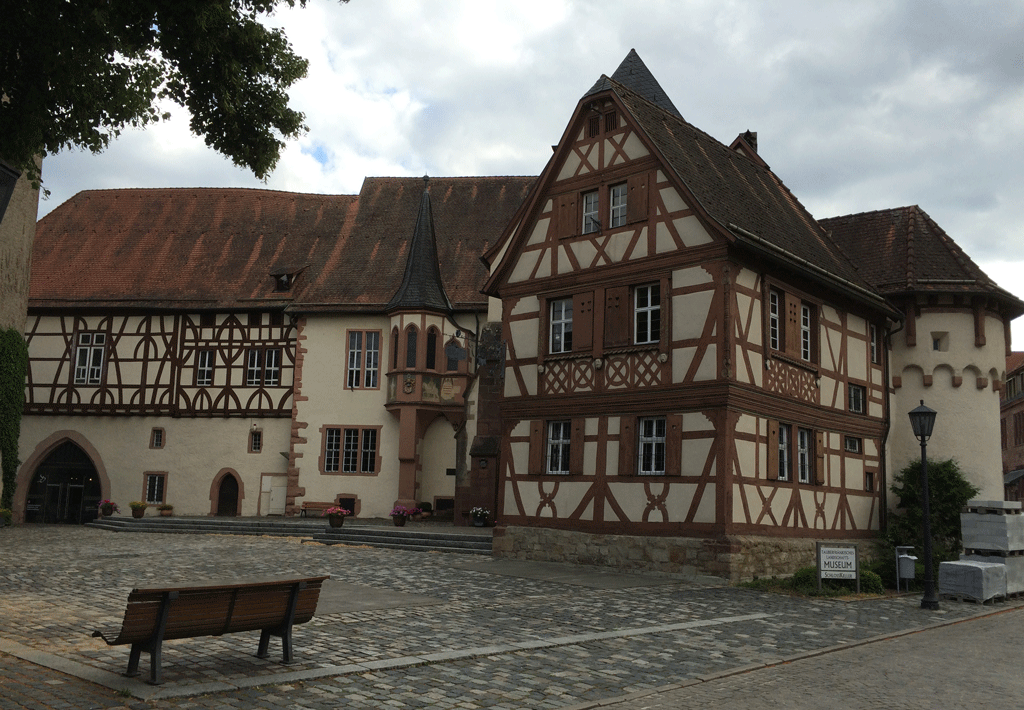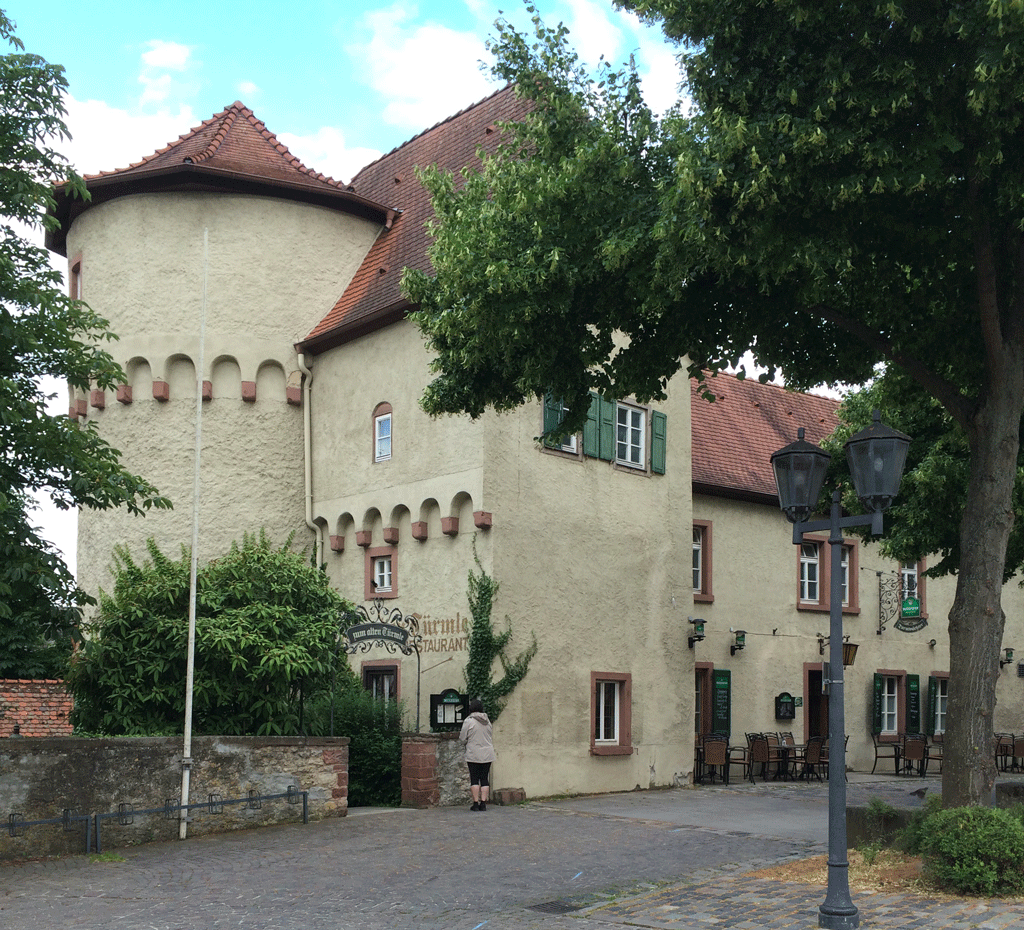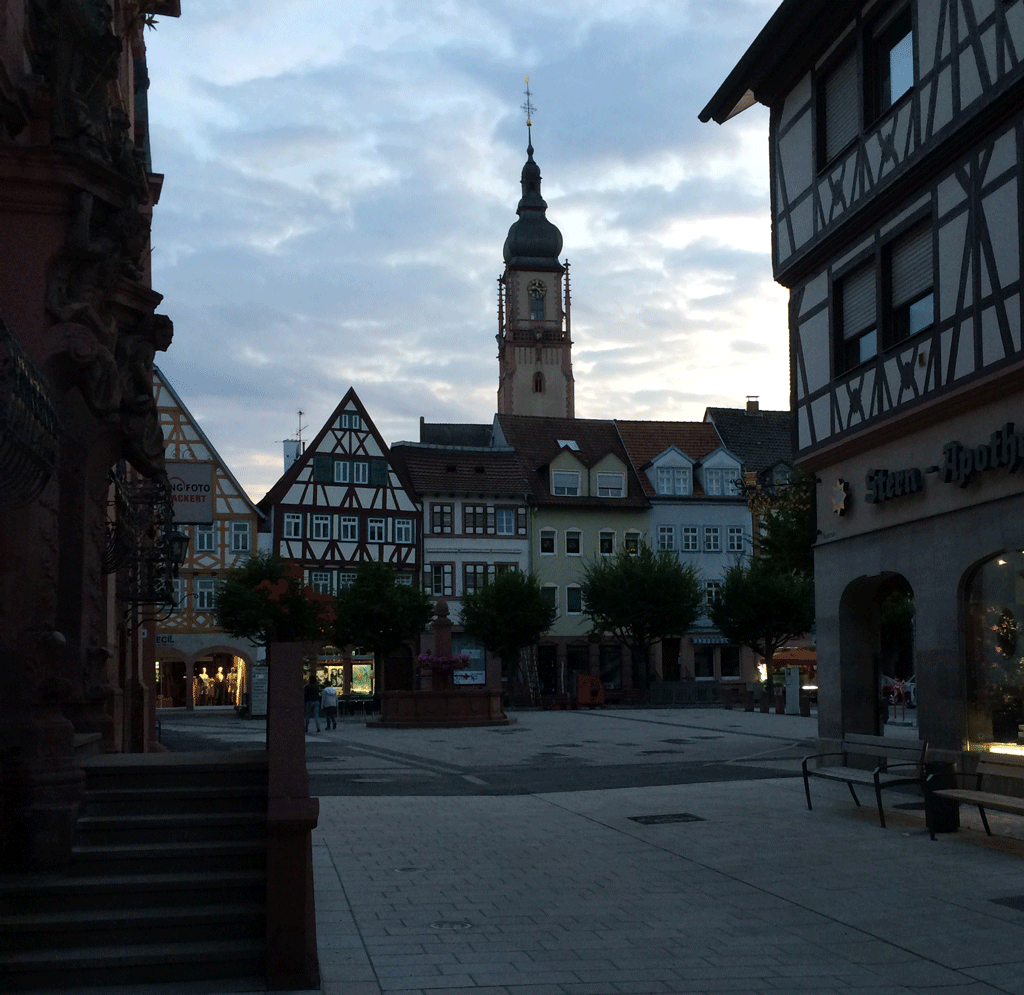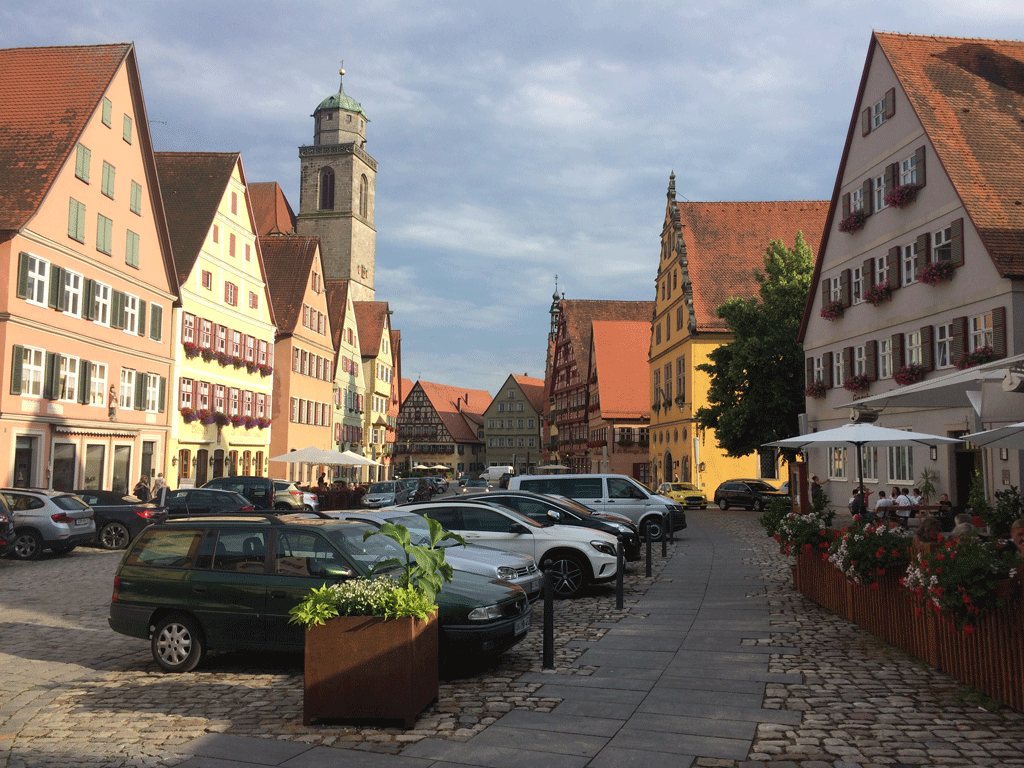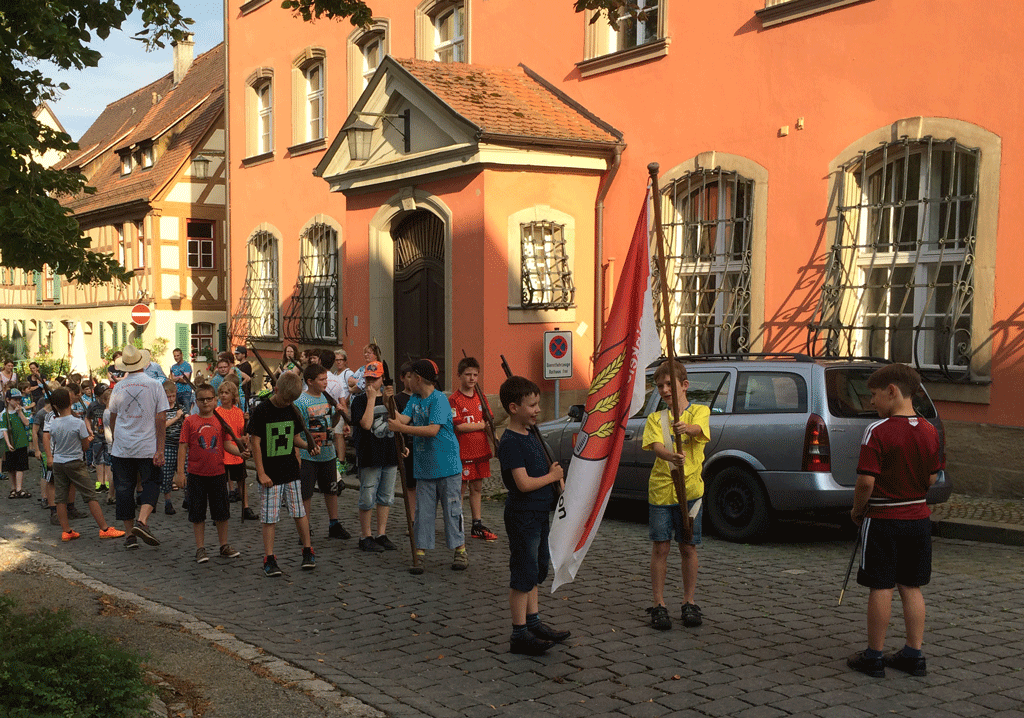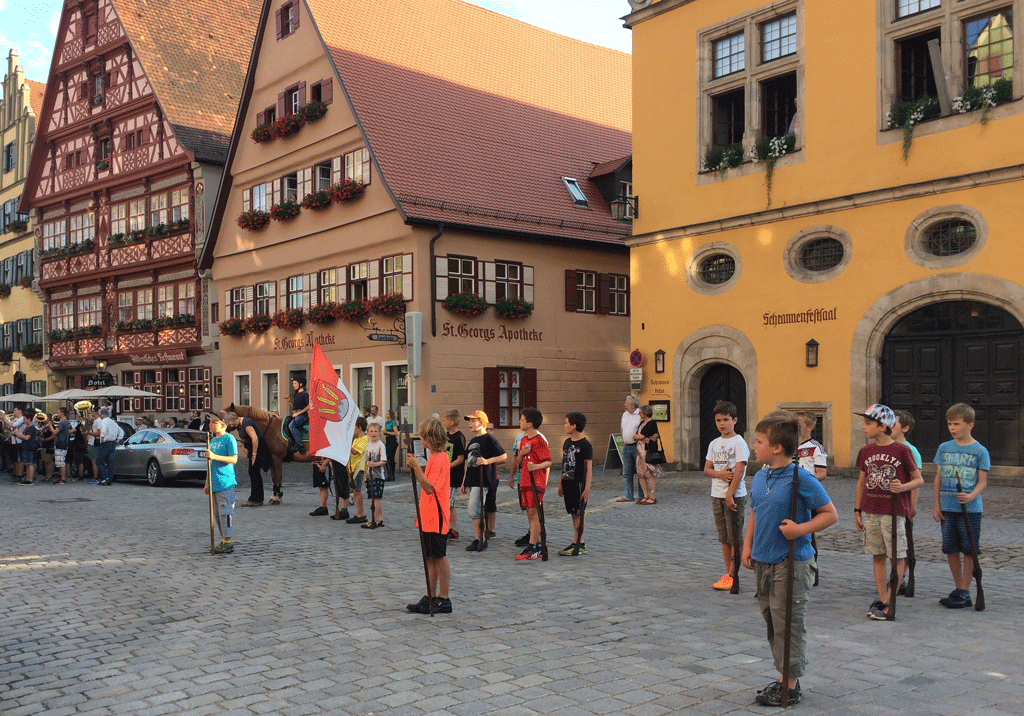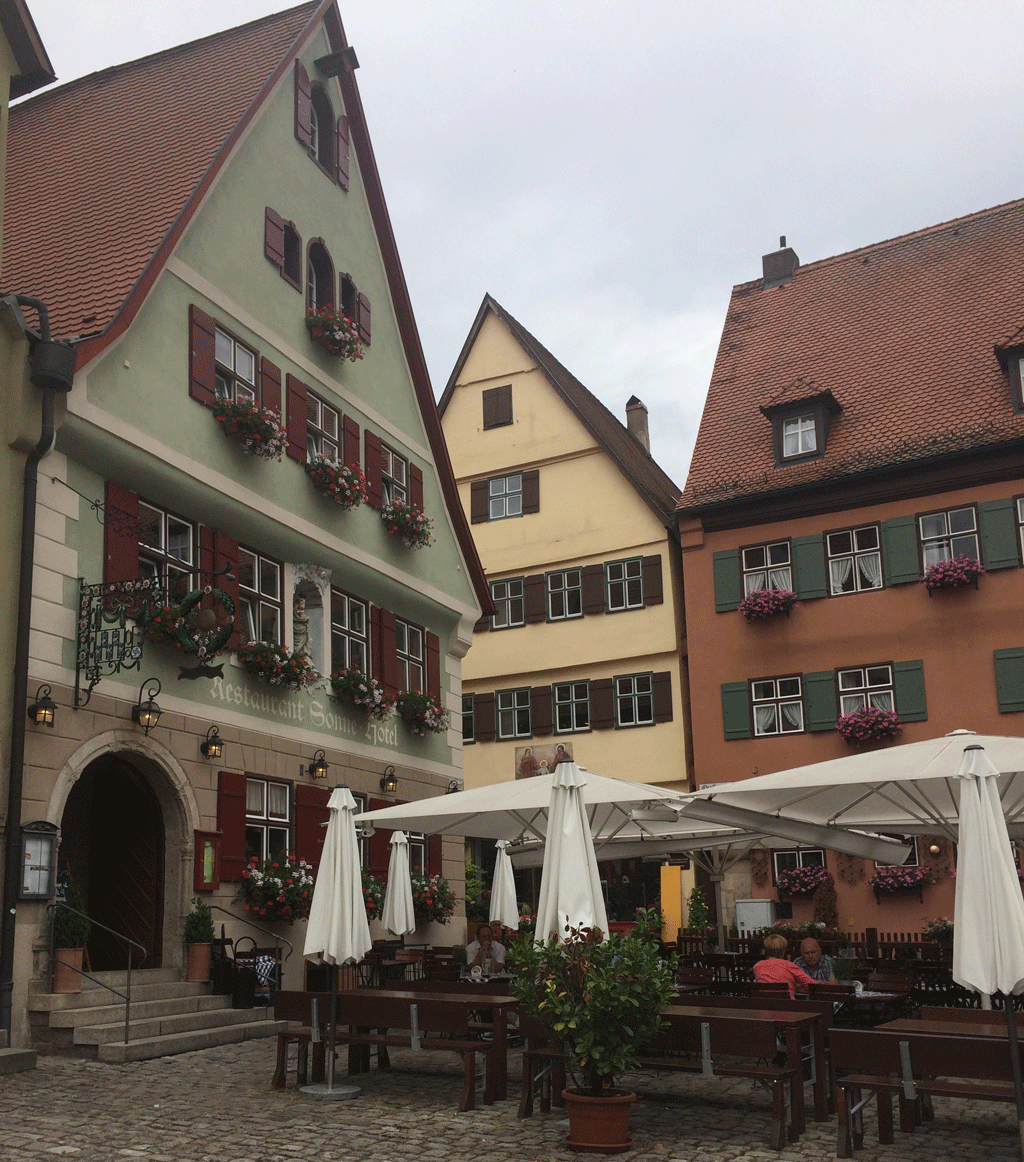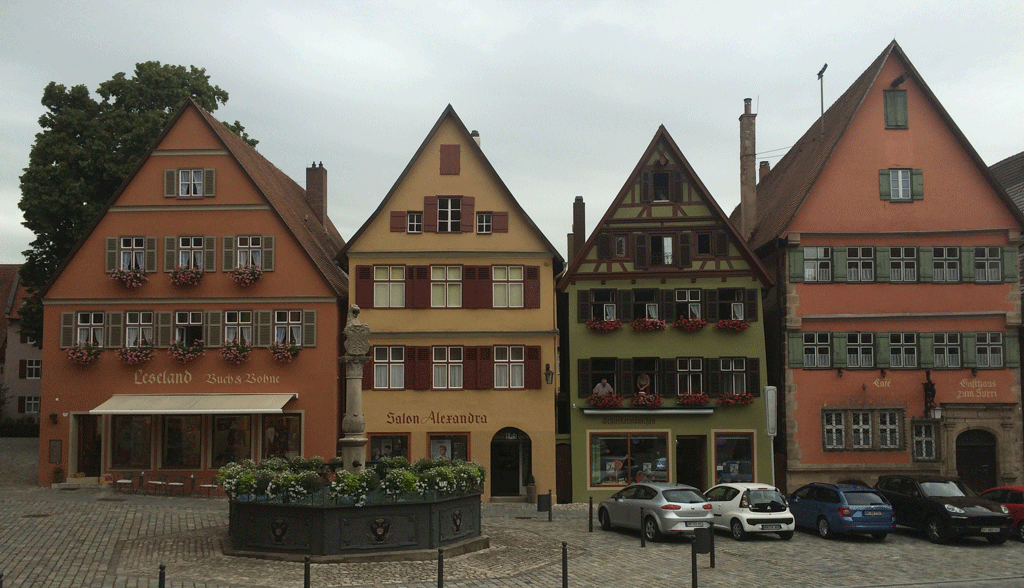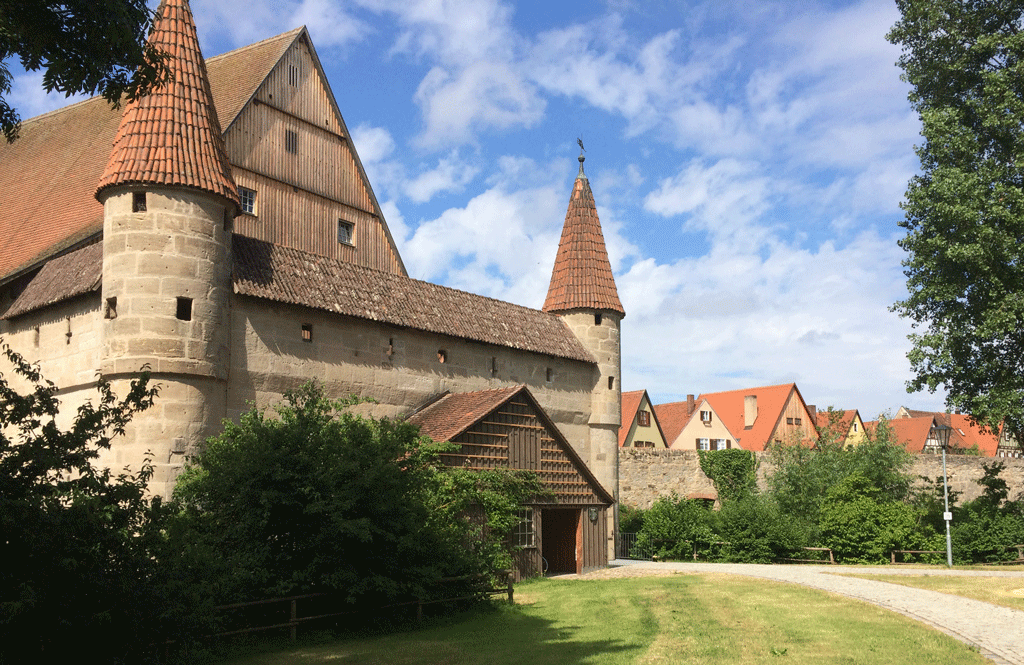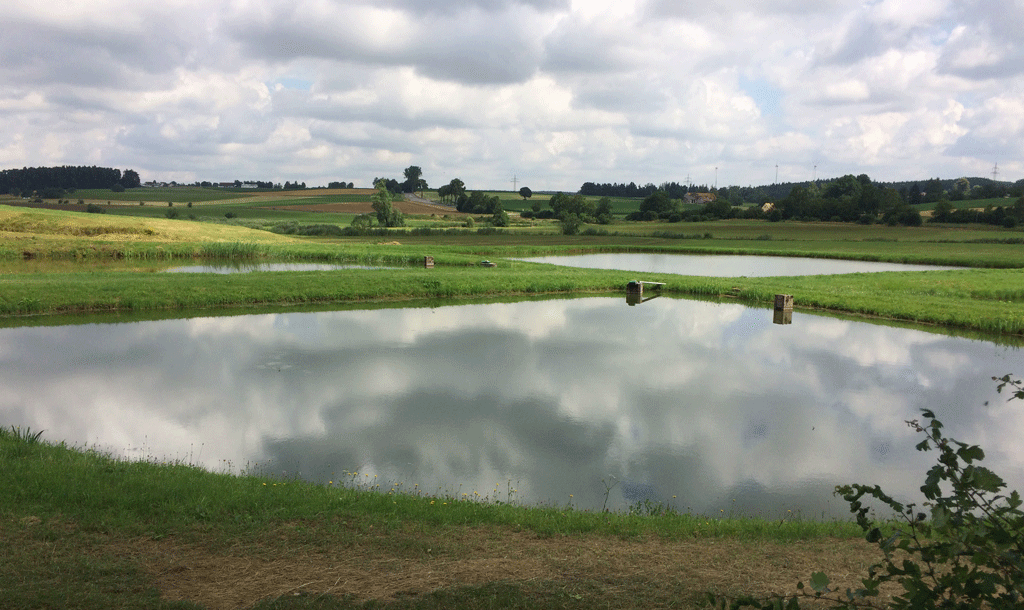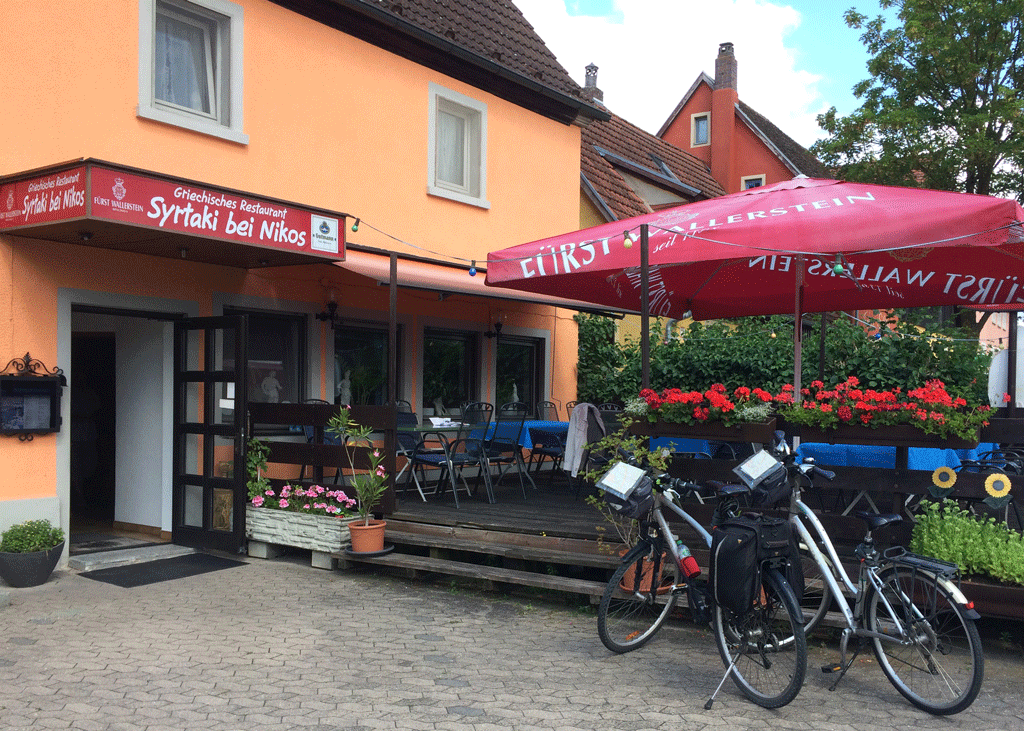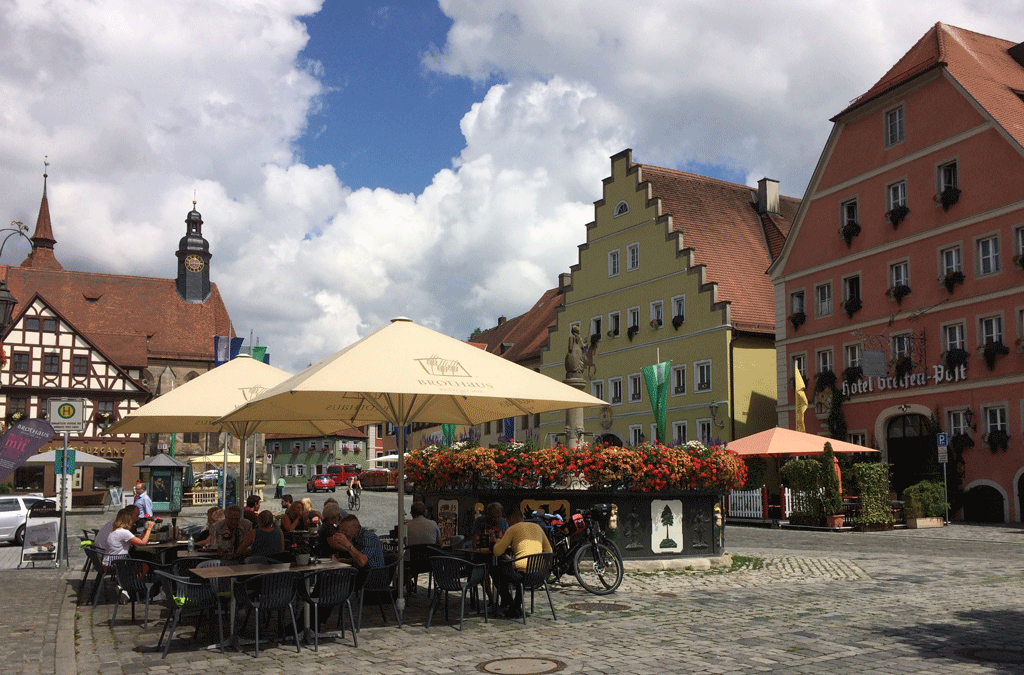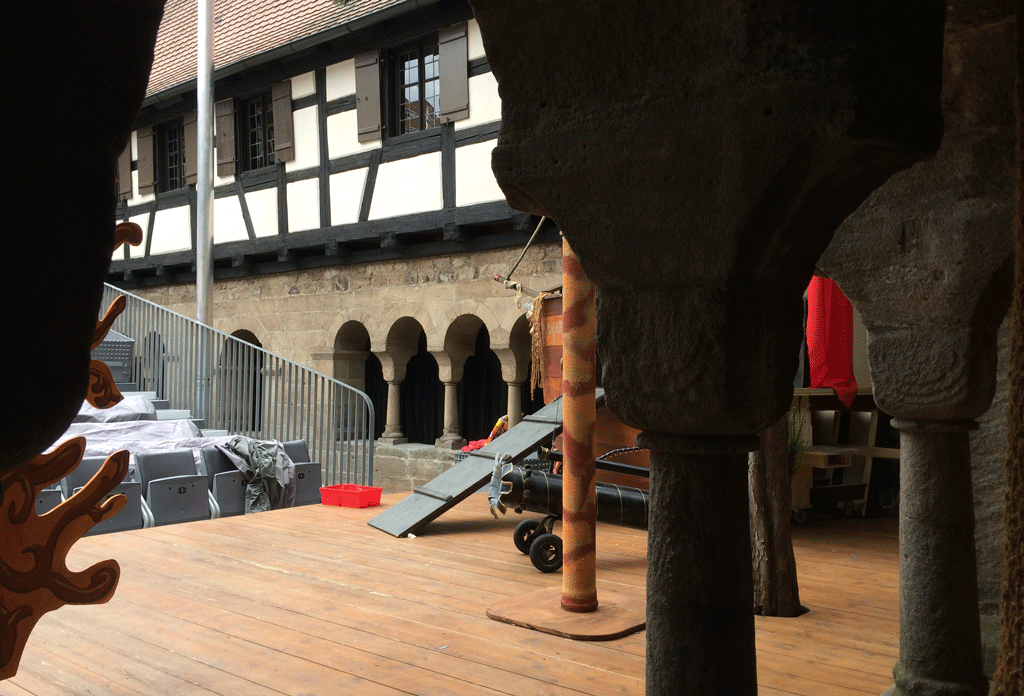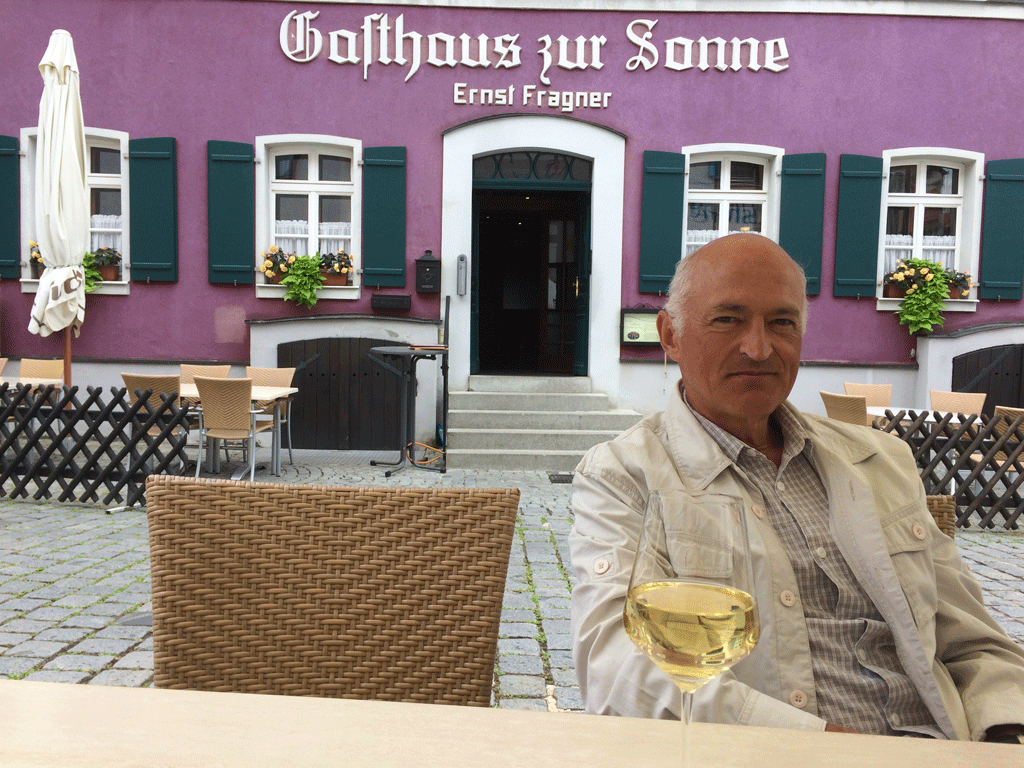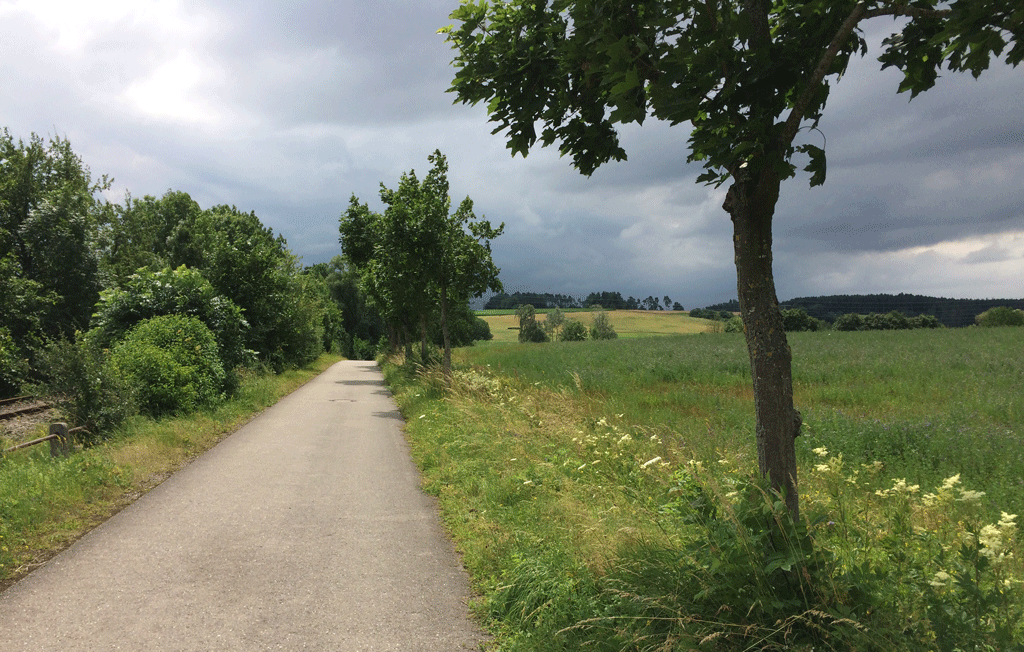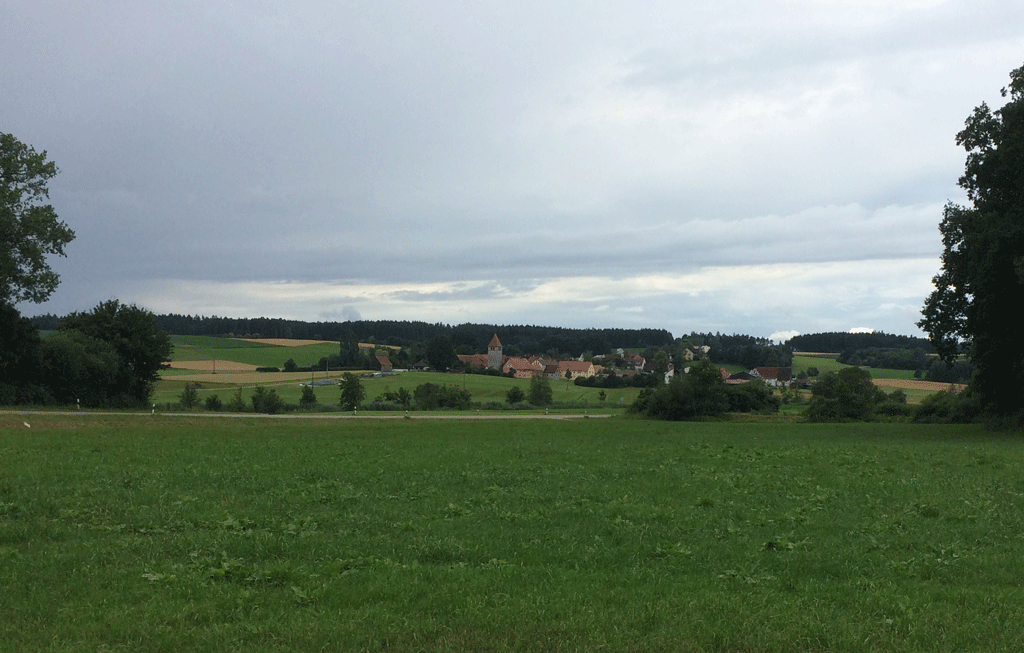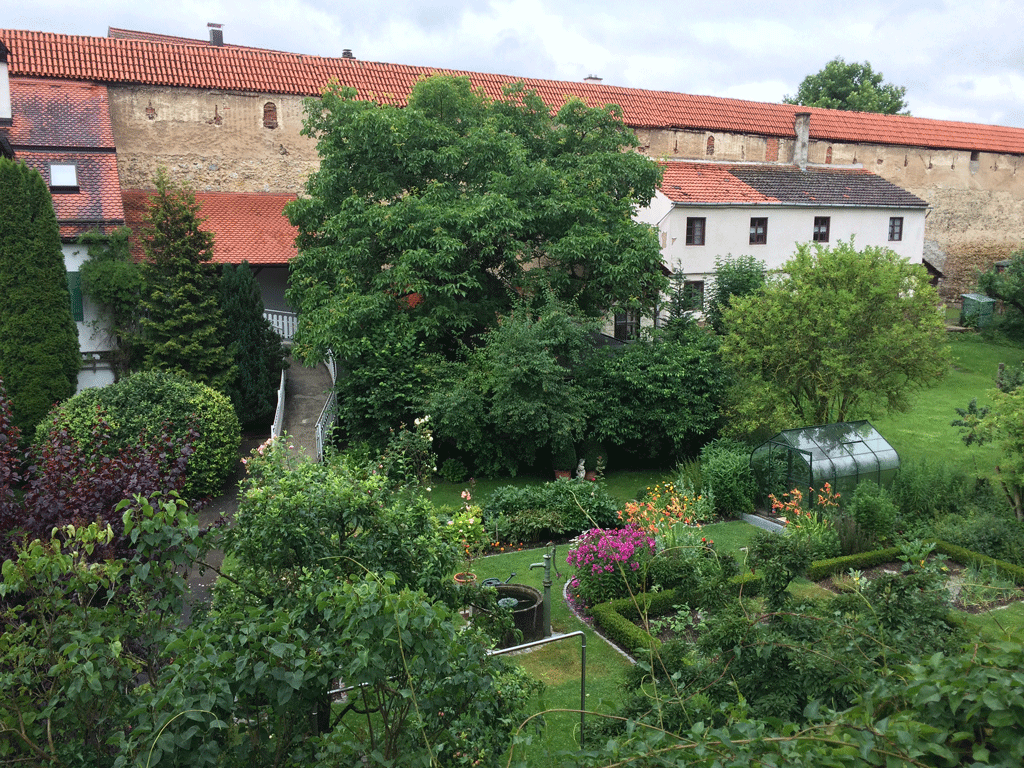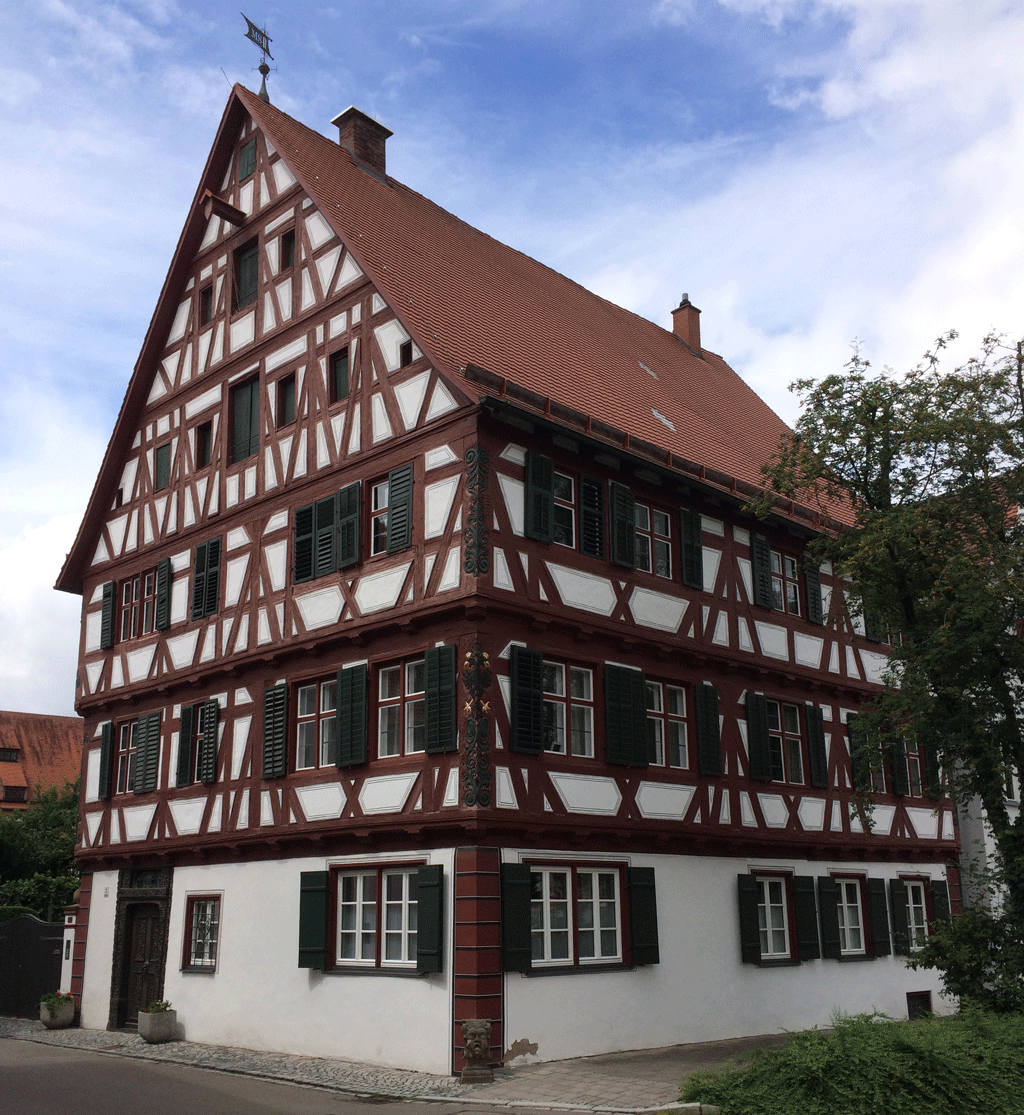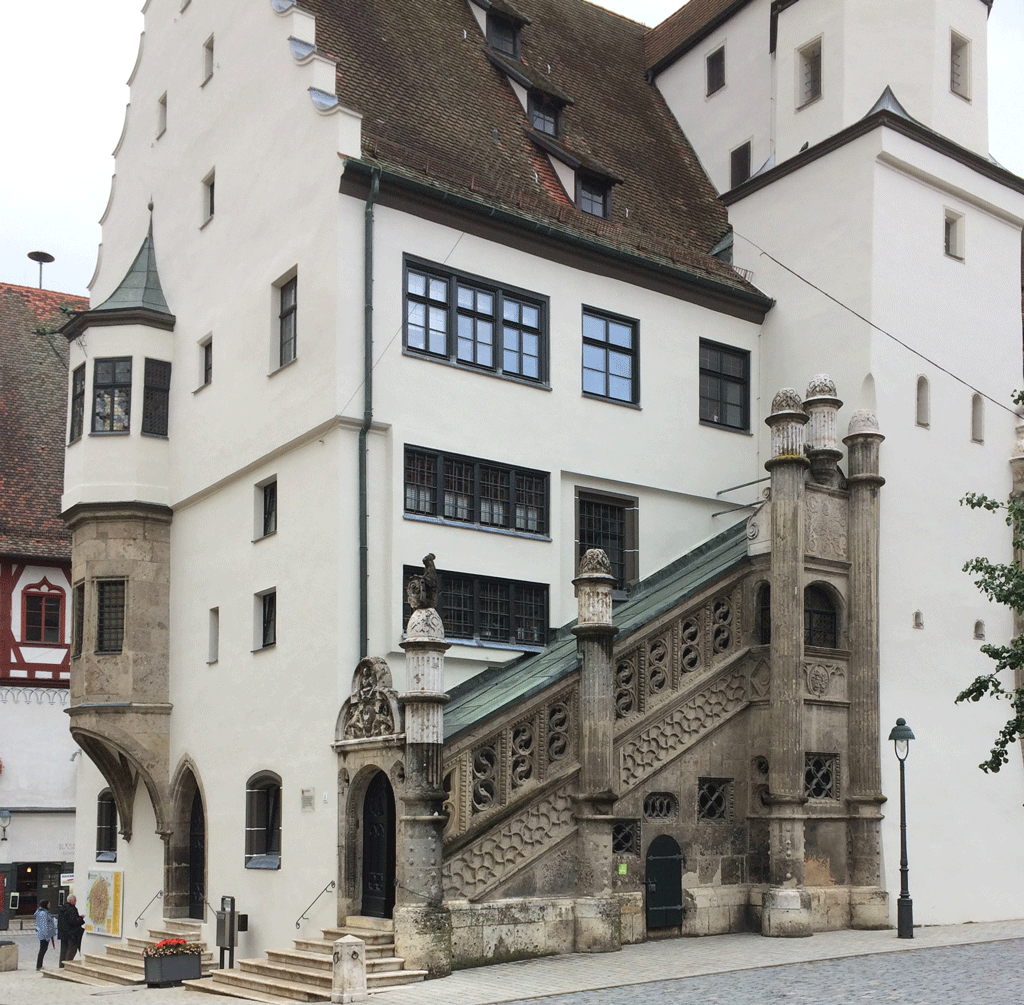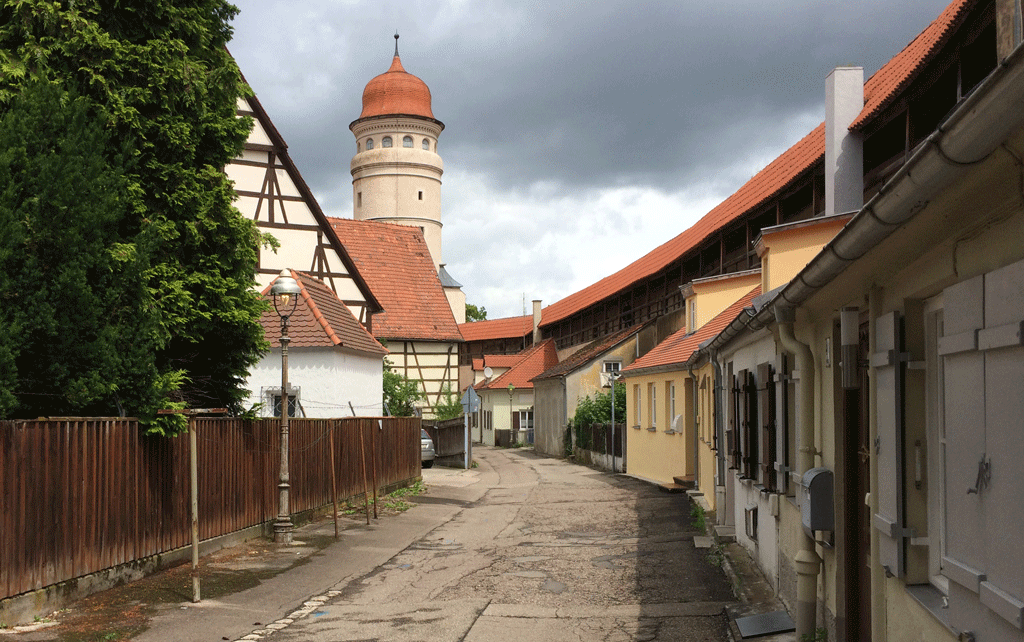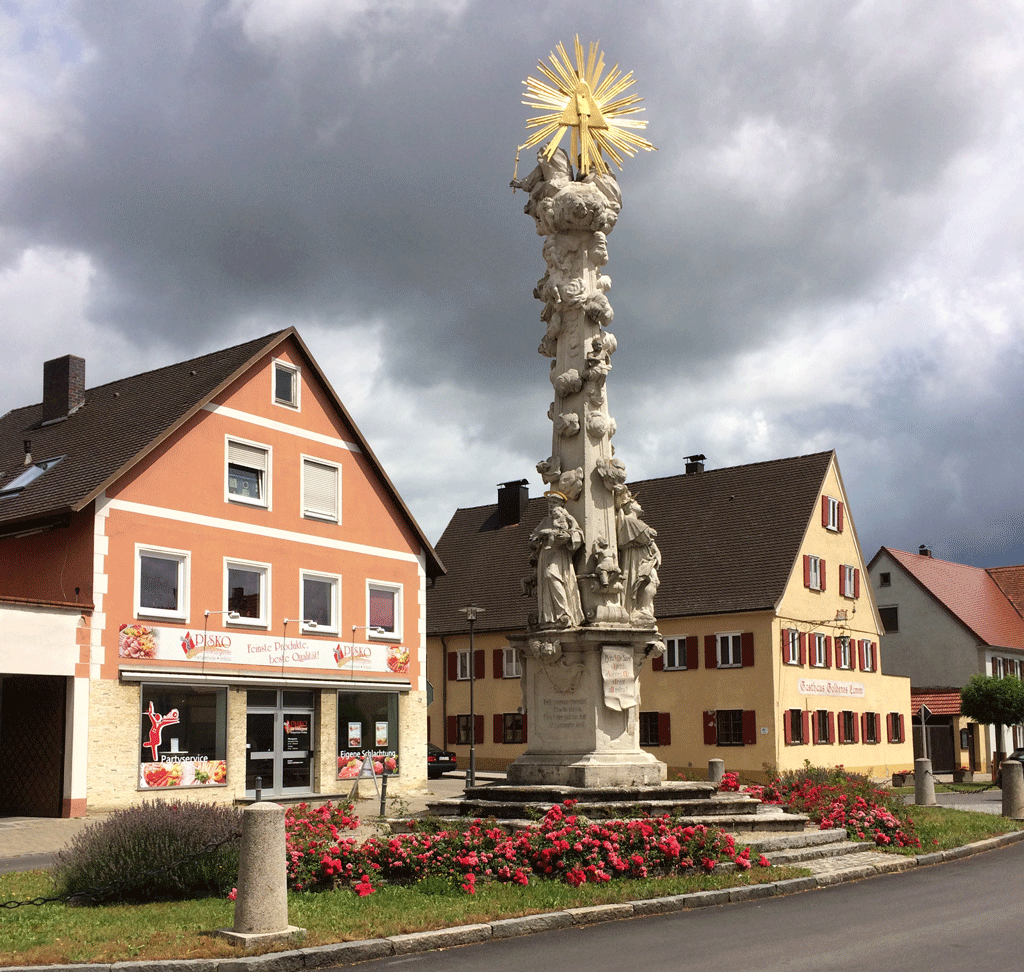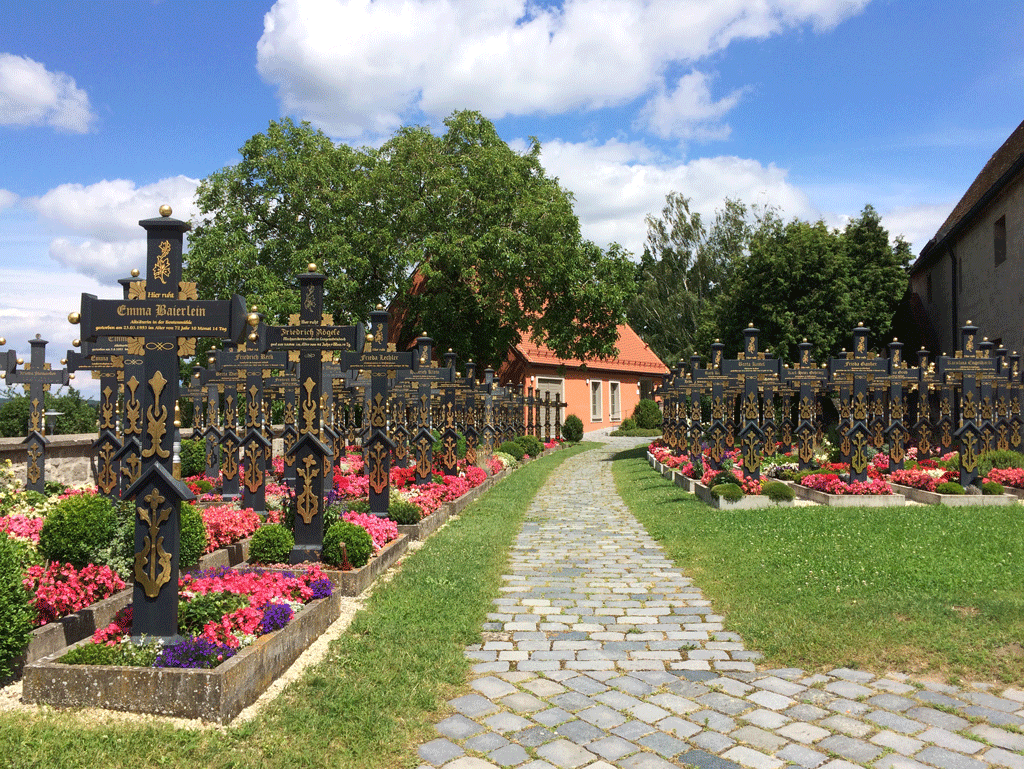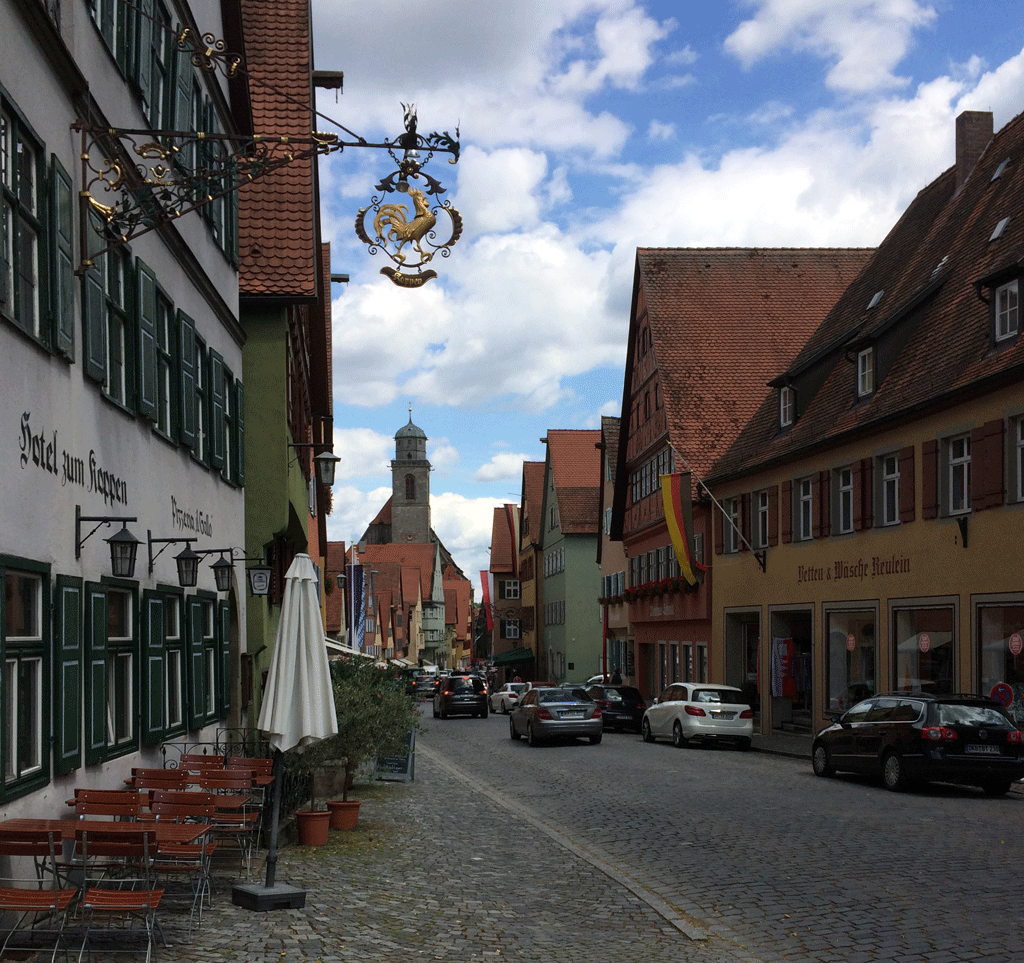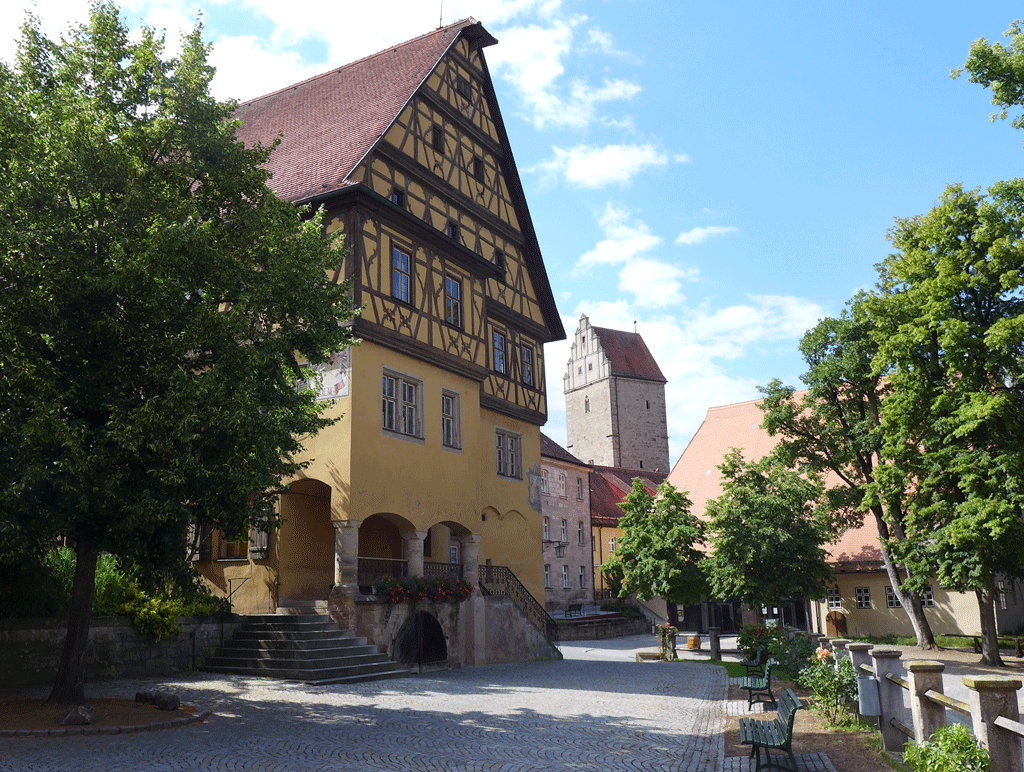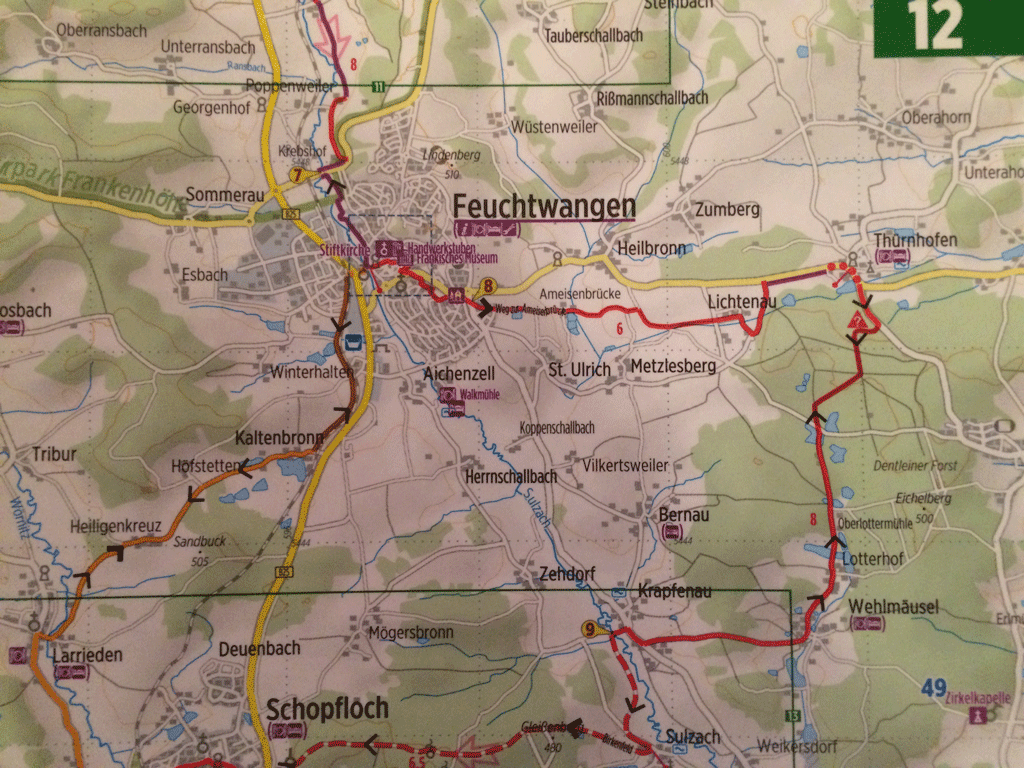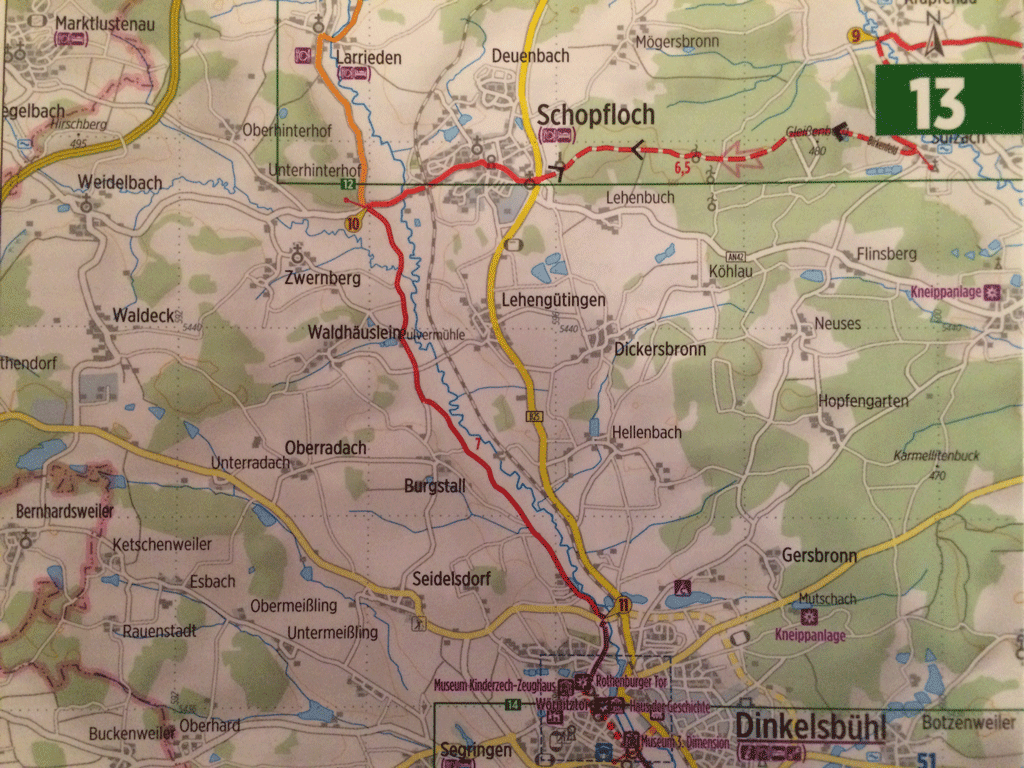It’s one of those perfect summer days in the Loire Valley and we’ve chosen to cycle from Luynes to Langeais via a loop we’ve found in our La Touraine à vélo book. Luynes is about 50 minutes from Blois by car. You can see the castle as you approach the village.
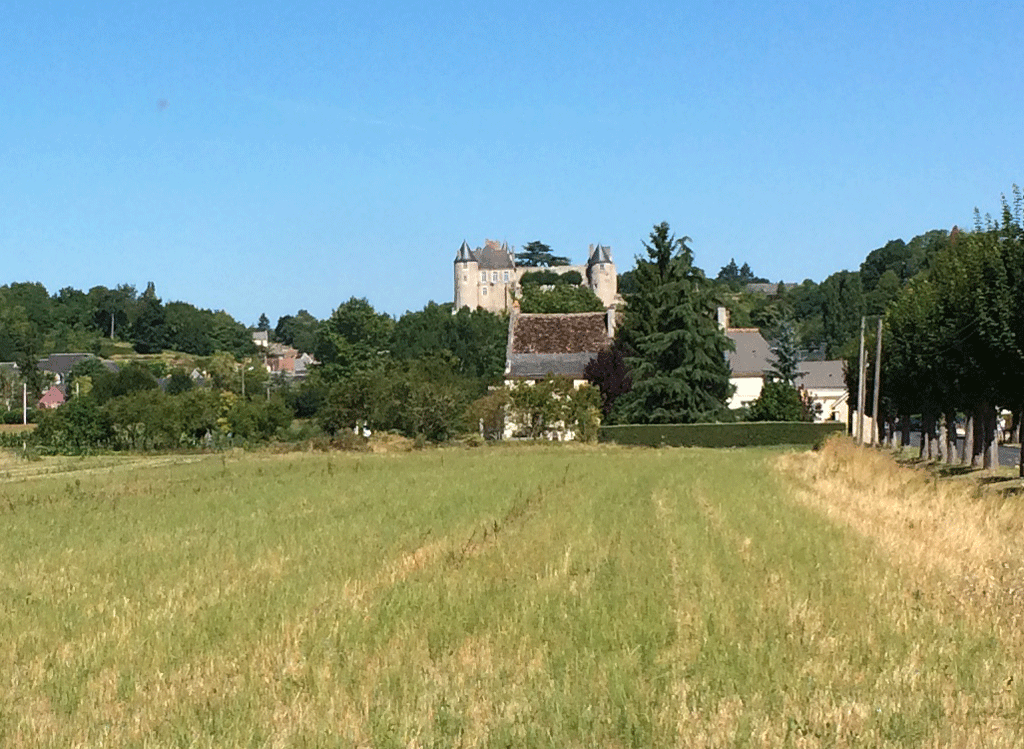
We park in the public parking lot at the entrance to the town just opposite the itinerant circus. I heard on the radio the other day that there are now very few municipalities that have adequate grounds to house a circus. As a result they have downscaled and are forced to stay in the same spot for too long for business to be brisk.
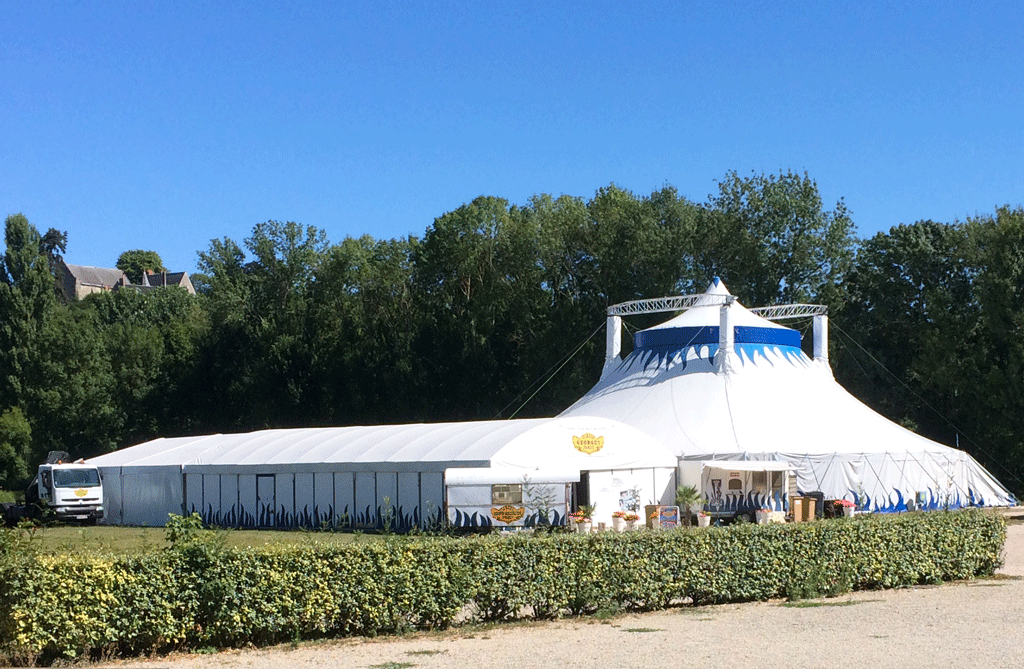
Le Saint Venant on the main road is the perfect spot for a coffee before we start the day. It’s very busy, as it also sells cigarettes and lottery tickets. We notice there are several small restaurants open for lunch but we’ve brought a picnic today.
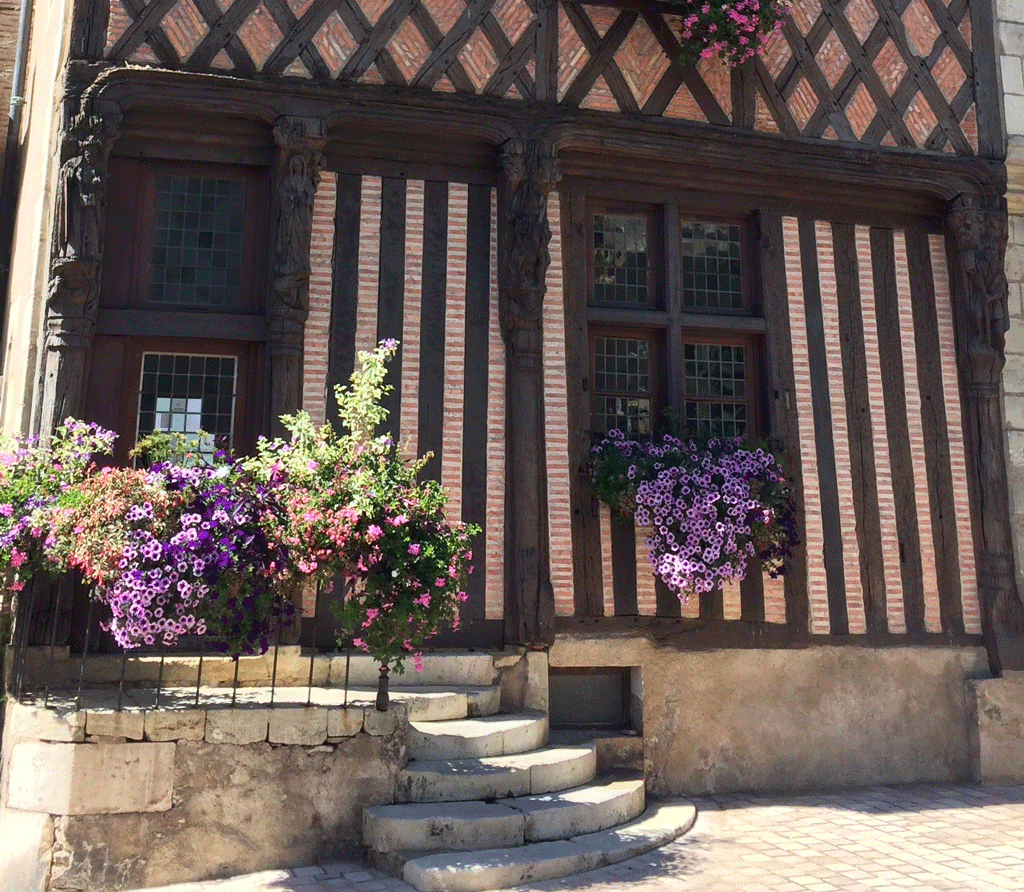
Luynes is a very attractive little town. In particular there is a beautifully preserved 15th century half-timber house the front of which used to have two entrances. The present door was the private entrance while the other door opened onto the shop. There are four sculptures: Saint James, Saint Geneviève, the local patron saint, a Pietà and Saint Christopher.
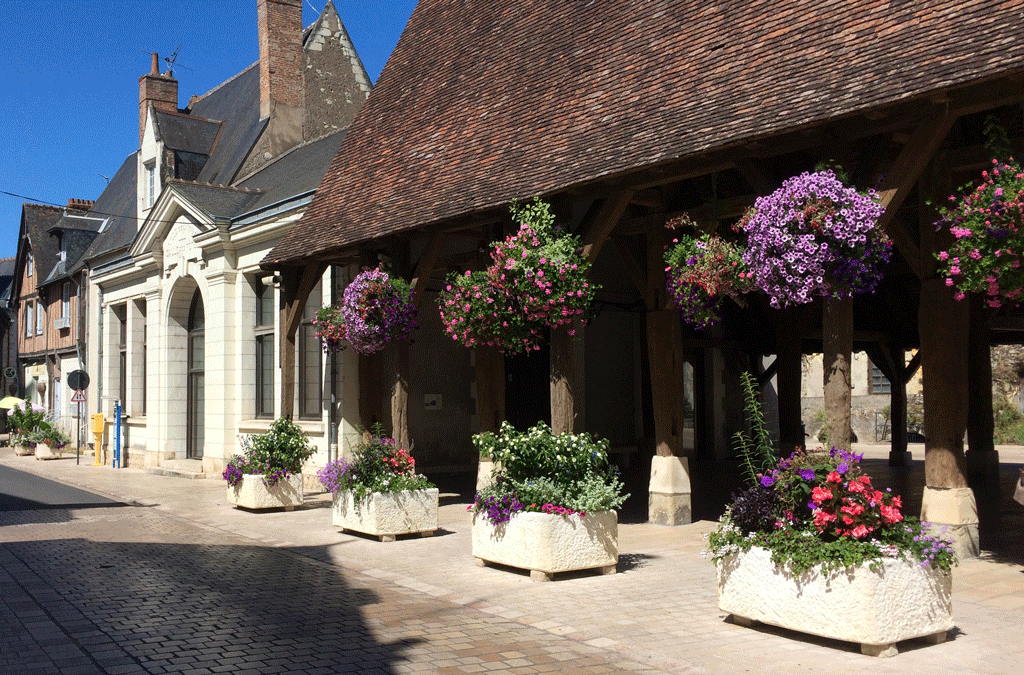
There is also a covered market with a very old troglodyte dwelling right next to it.
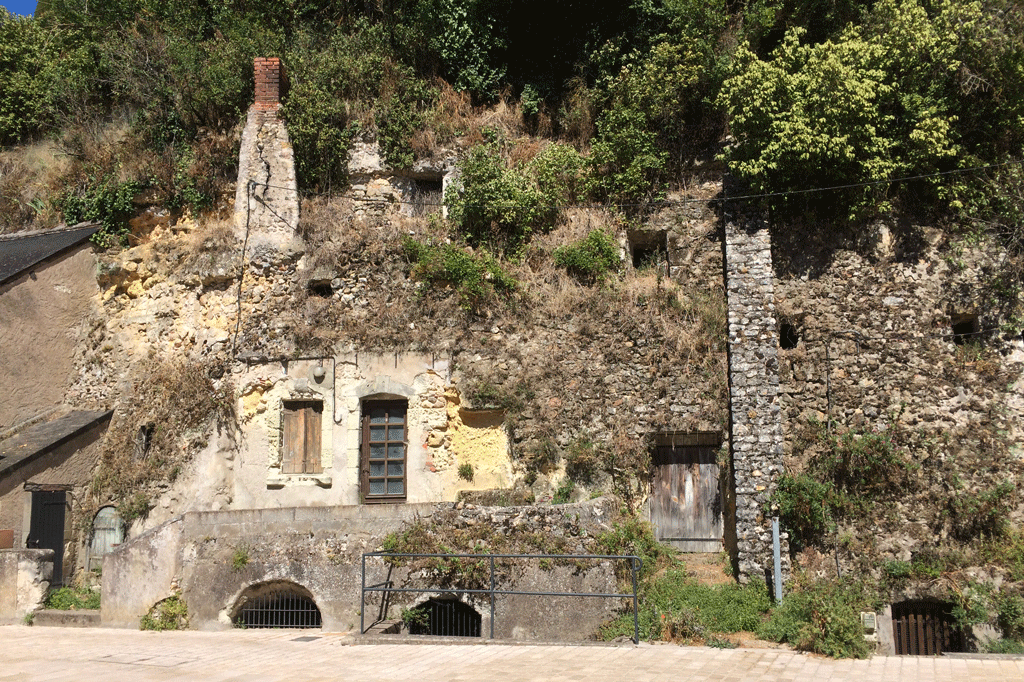
We ride out of town northwards to find a second century aqueduct. The signs are not that easy to find and are also quite low, obviously aimed at hikers and cyclists.
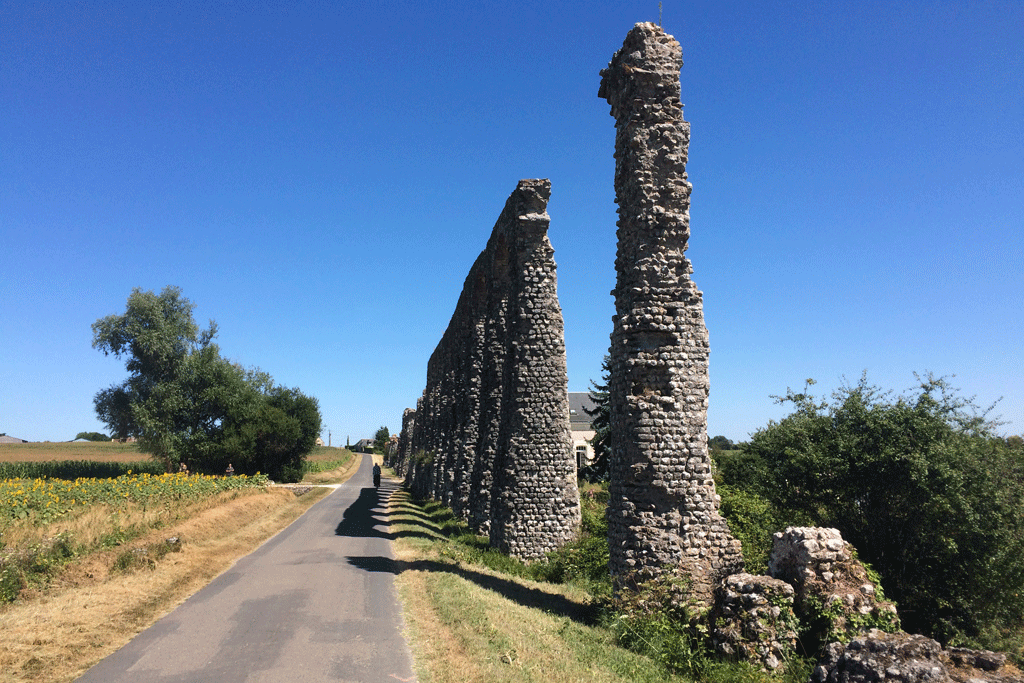
The pillars suddenly loom up in the middle of nowhere. I trample through the sunflower field opposite to get a good view of the 300-metre Gallo-Roman aqueduct.
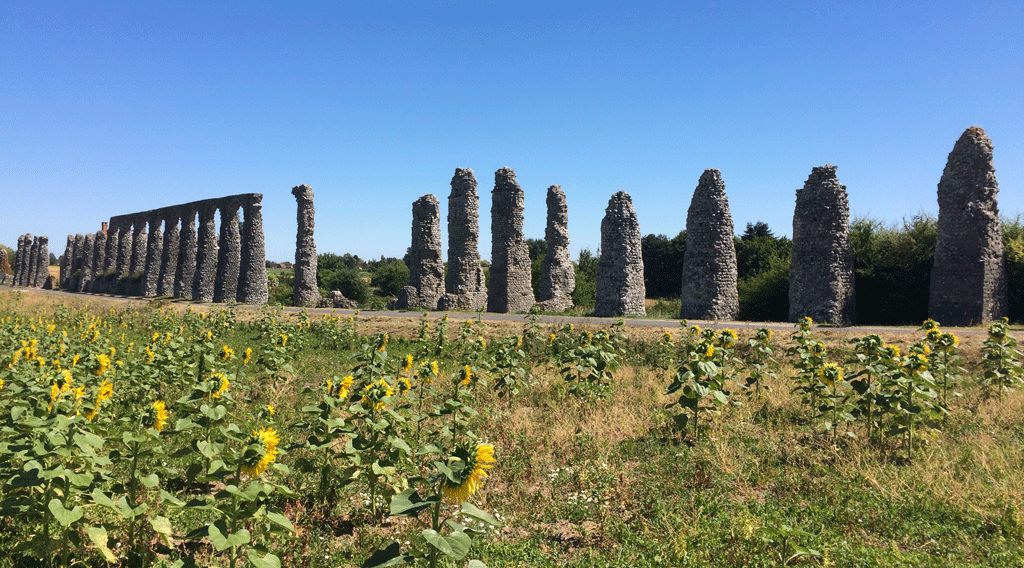
There is a bench just opposite so we park our bikes and have lunch there with a perfect view of the nine arches, six of which are the original construction.
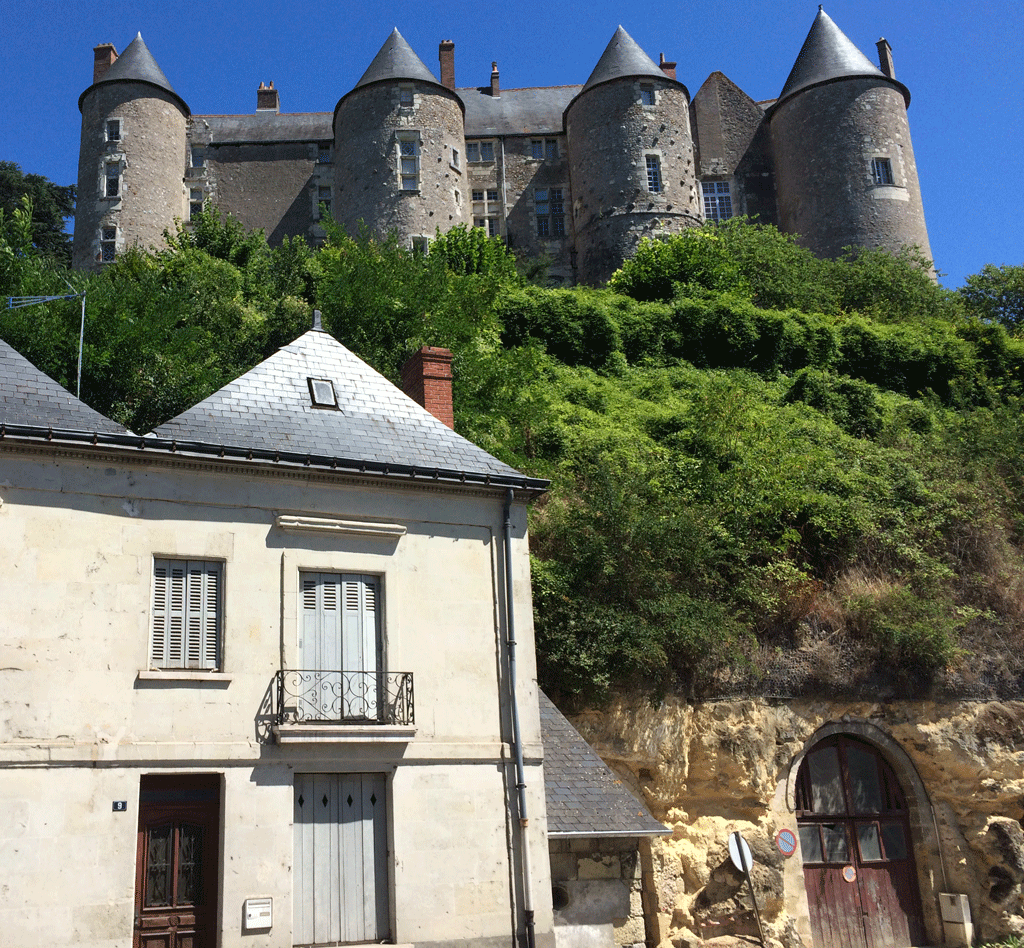
On our way back into Luynes, we can see the four towers of the castle but can’t get any closer. It’s been closed since June 2016 because it doesn’t respect today’s safety and disability standards. The owner says the outlay is two great for him to make the investment. Only time will tell whether State aid is forthcoming.
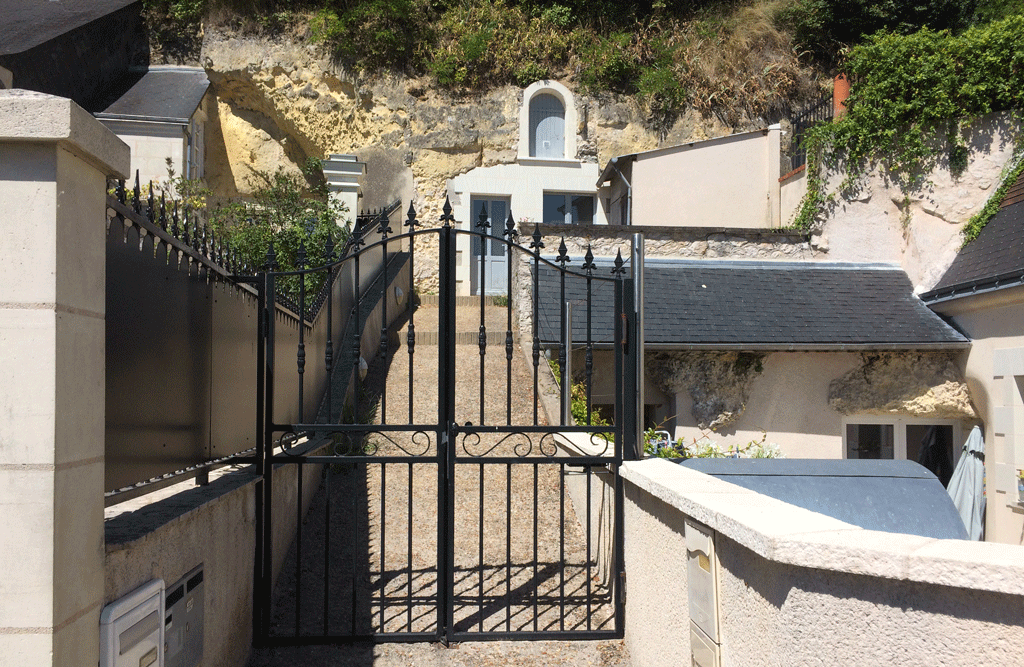
We continue on our way towards Langeais past lots of interesting troglodyte houses and take a detour to Vieux Bourg, a delightful little village with several old half-timbered and stone houses, outside bread ovens and the little church of Saint Etienne which is unfortunately closed for repairs.
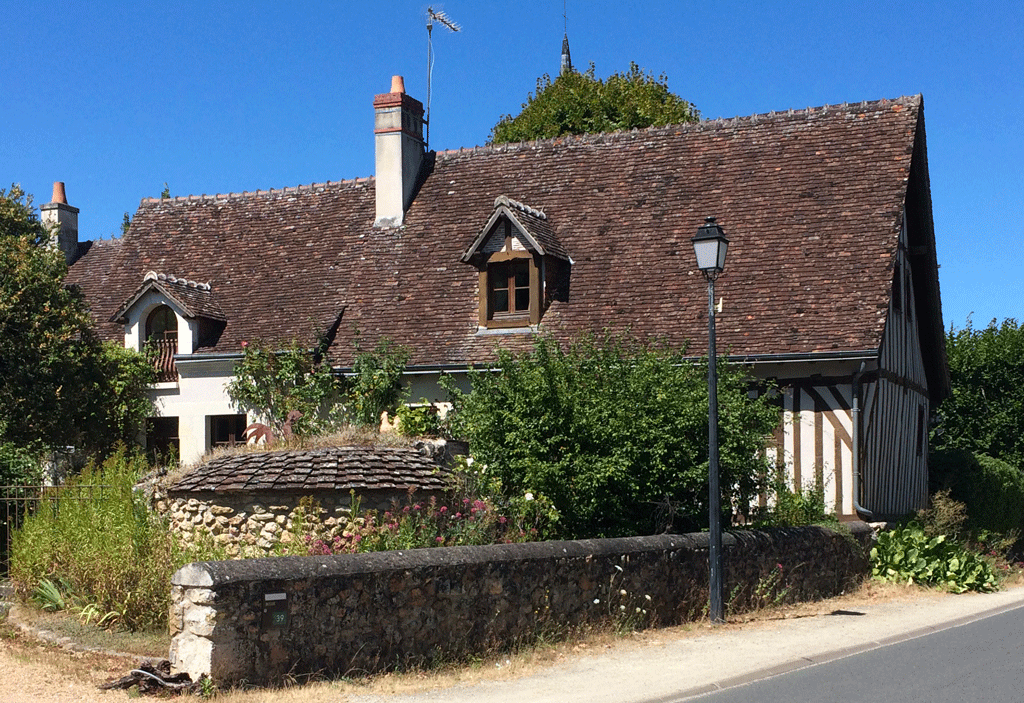
As we approach Saint Etienne, we see a man and his wife coming out of a little troglodyte house and we say “hello, looks like a great house”. “Would you like to come in and visit? You look as though you are interested.” Jean-Michel starts politely refusing but I immediately say “Yes, please! We’d love too.”
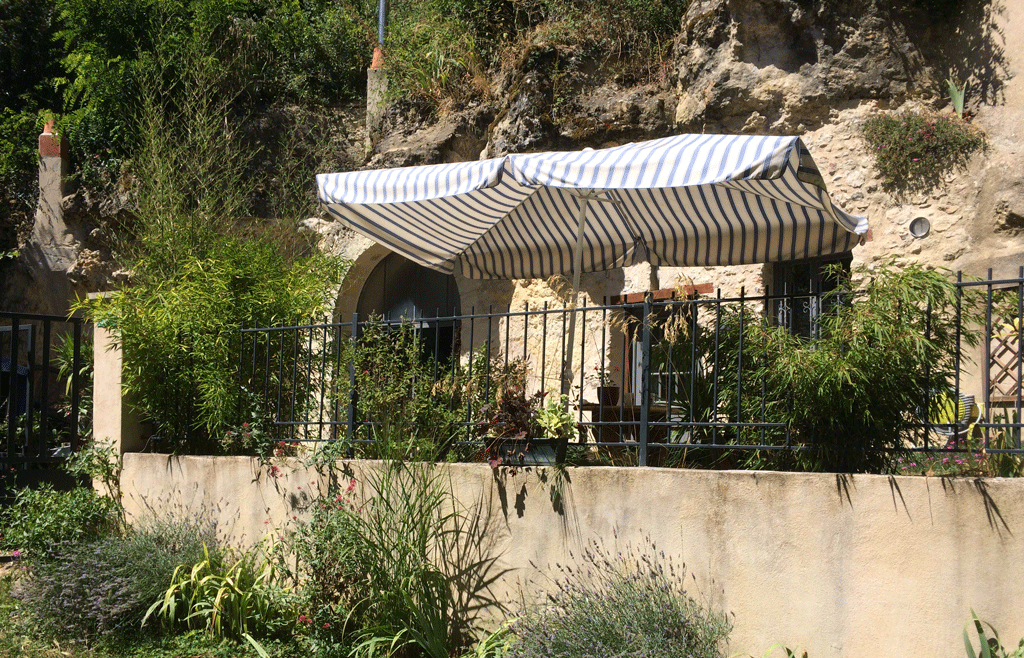
They explain that the house was originally a wine-cellar which means it’s quite deep and not easy to ventilate. The main problem is in summer when it remains very cool and has a lot of condensation which is not great for anything electronic. They have ceiling fans to direct the heat towards the lower part of the rooms when heating in the winter. They are trying to find a way to solve the problem.
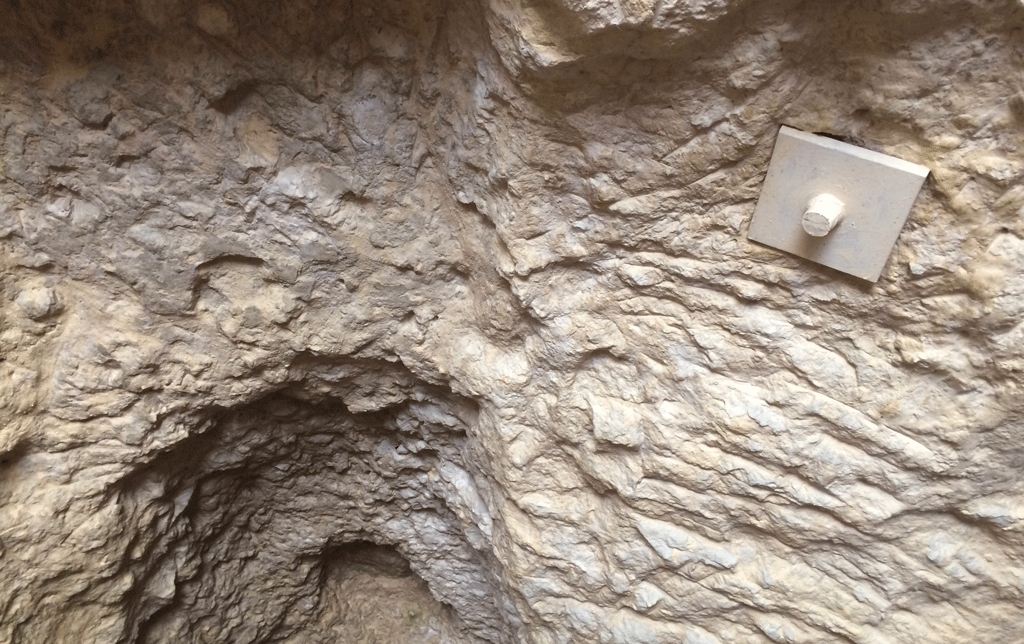
I would love to take photos but feel it wouldn’t be polite. The only one I take is of the ceiling in the main room which shows where steel ties have been used to make sure the ceiling doesn’t cave in!
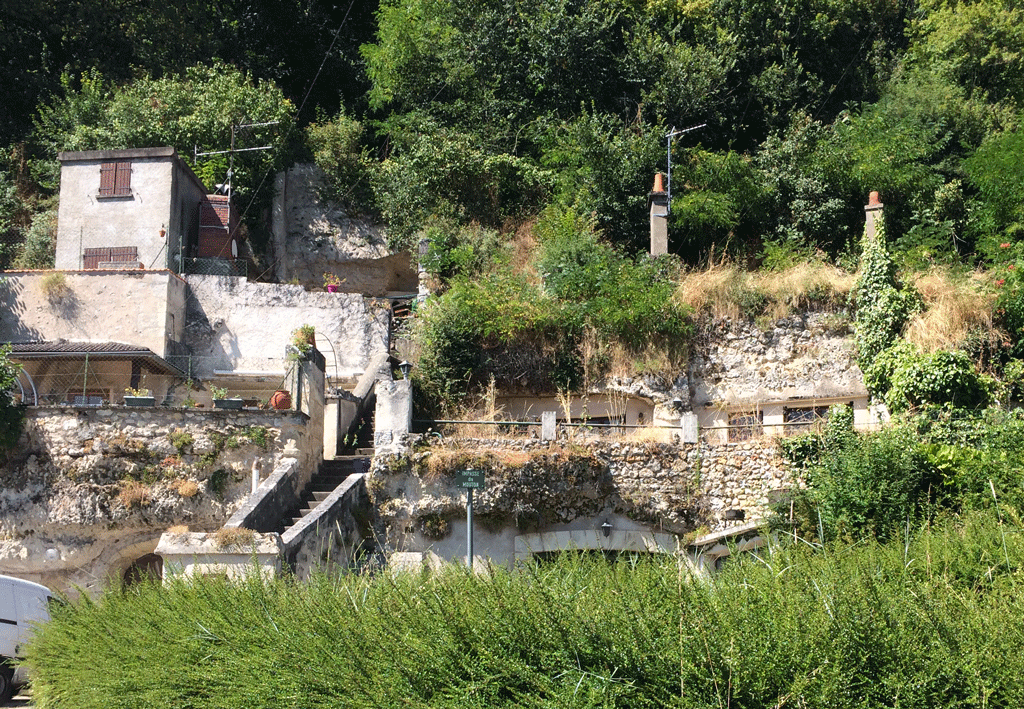
They are both retired and happy with their choice but admit there is a lot of work to be done and a lot of problems to overcome. Troglodyte houses that started off as houses are not as deep and don’t have the same problems. I have to confess that I don’t particularly like the idea of living under the earth!
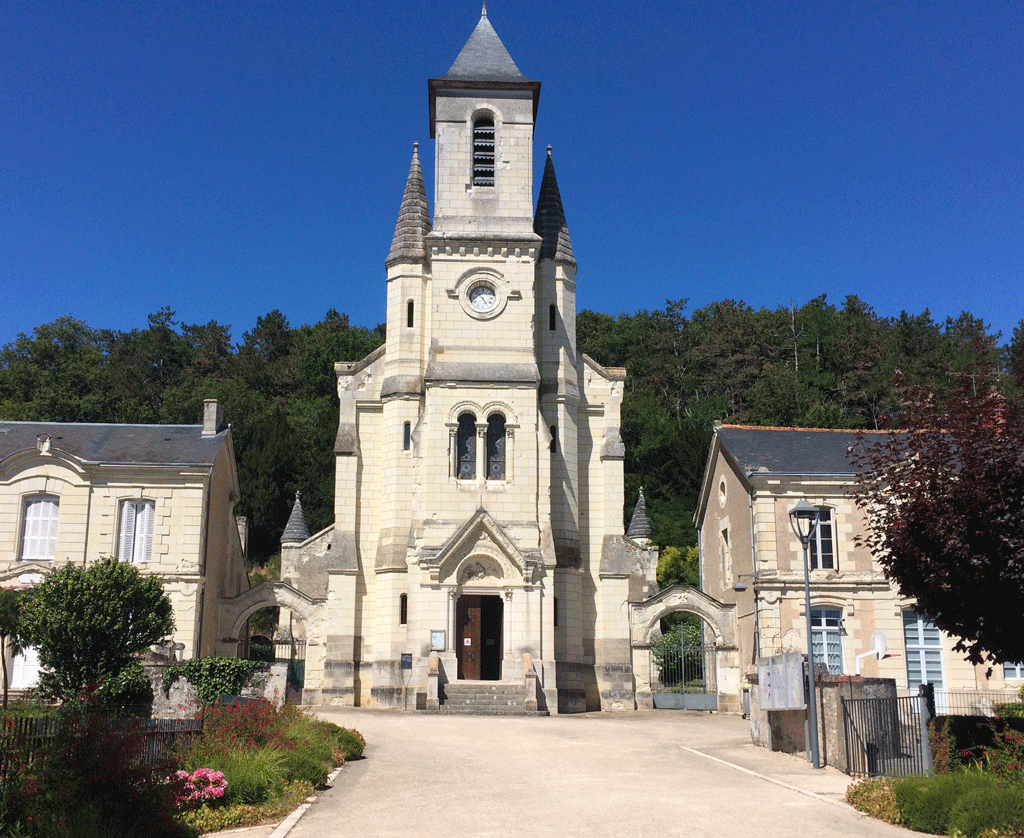
We thank them for their visit and continue onto the town of Saint Etienne which has a very attractive, although quite modern church built in 1860.
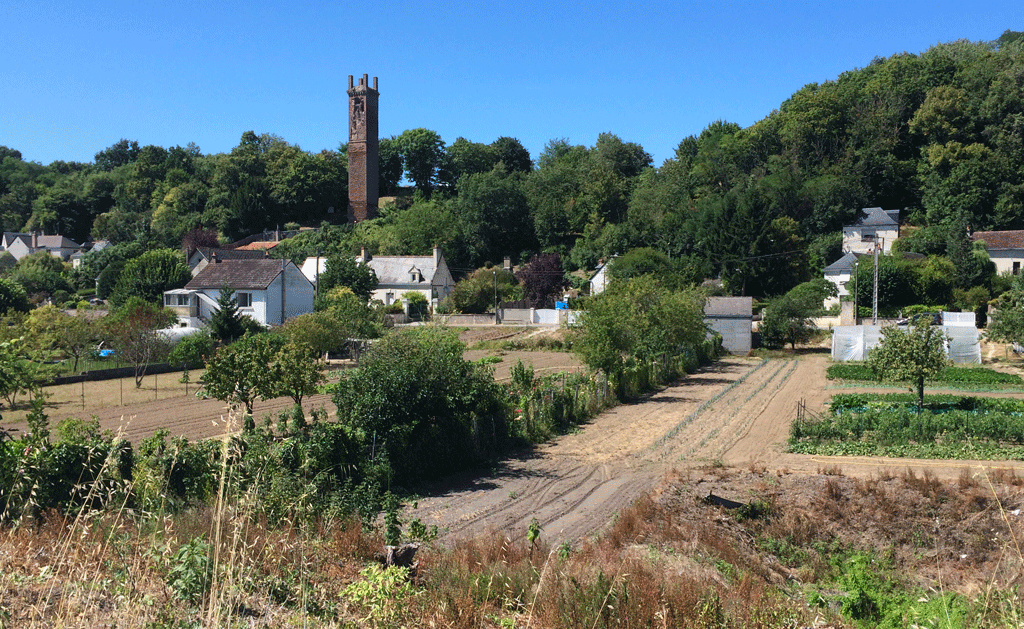
We go past more troglodyte houses until the Cinq-Mars funerary tower or pile looms into view. We’ve seen it often in the past but never visited it. We lug our bikes up an excessively steep hill so that we can see it up close.
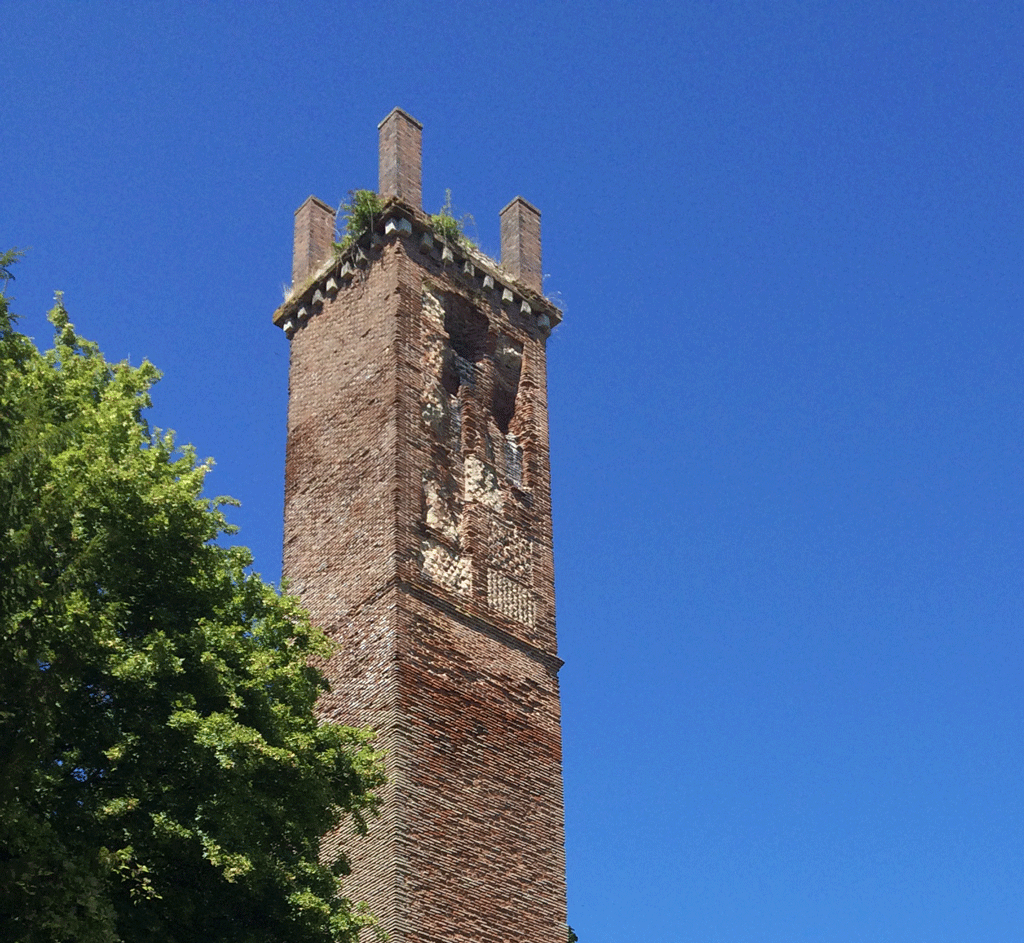
Built between 150 and 200 A.D. it is a type of funerary tower well-known in Roman times. It is the best preserved and highest funerary stack still extant (29.50 metres) while its brick veneer is rare in Gaul. At the top, twelve decorative brick and white stone panels replace the traditional niche seen on other stacks.
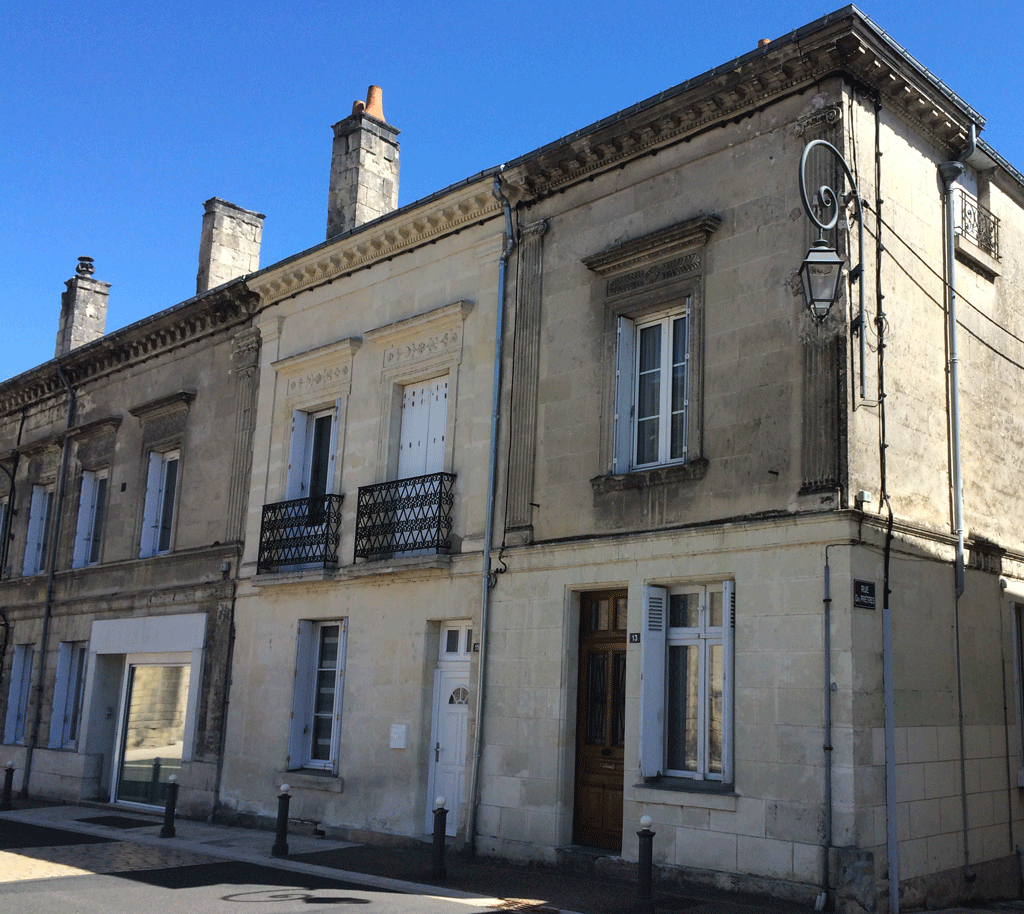
The town of Cinq-Mars is only a few kilometers further. We’re hoping for a coffee but there is nothing open. It must have been quite a thriving town once from the look of the stone friezes on the houses opposite the church.
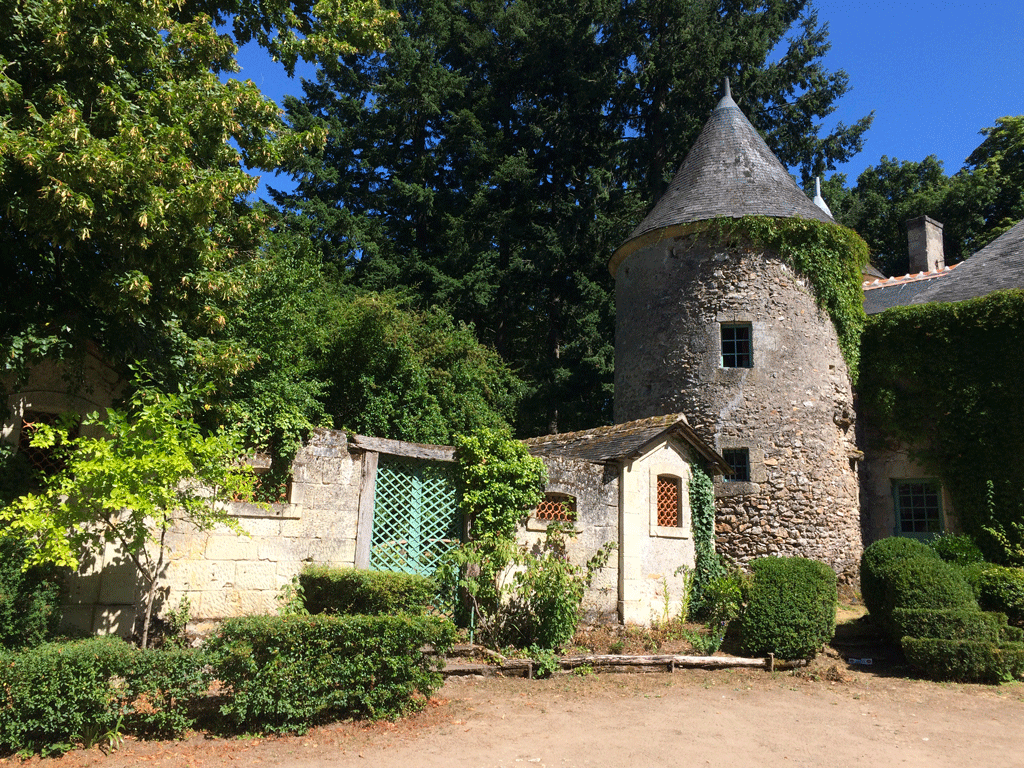
We’ve decided to visit the Cinq-Mars castle even though there isn’t much left of the original feudal castle. I don’t quite manage to get to the top of the hill on my bike. It’s one of those day when I think that an electrically-assisted bike might be a good idea.
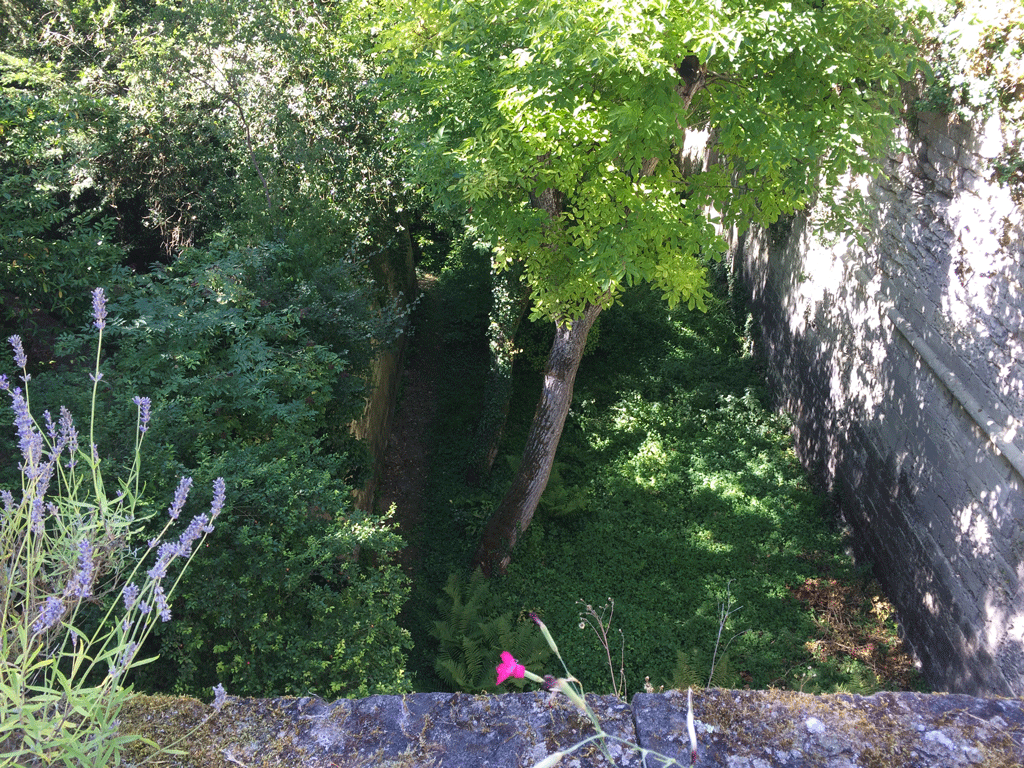
The owner, a retired architect, turns out to be a mine of information and very willing to talk. The price is a reasonable five euro each.
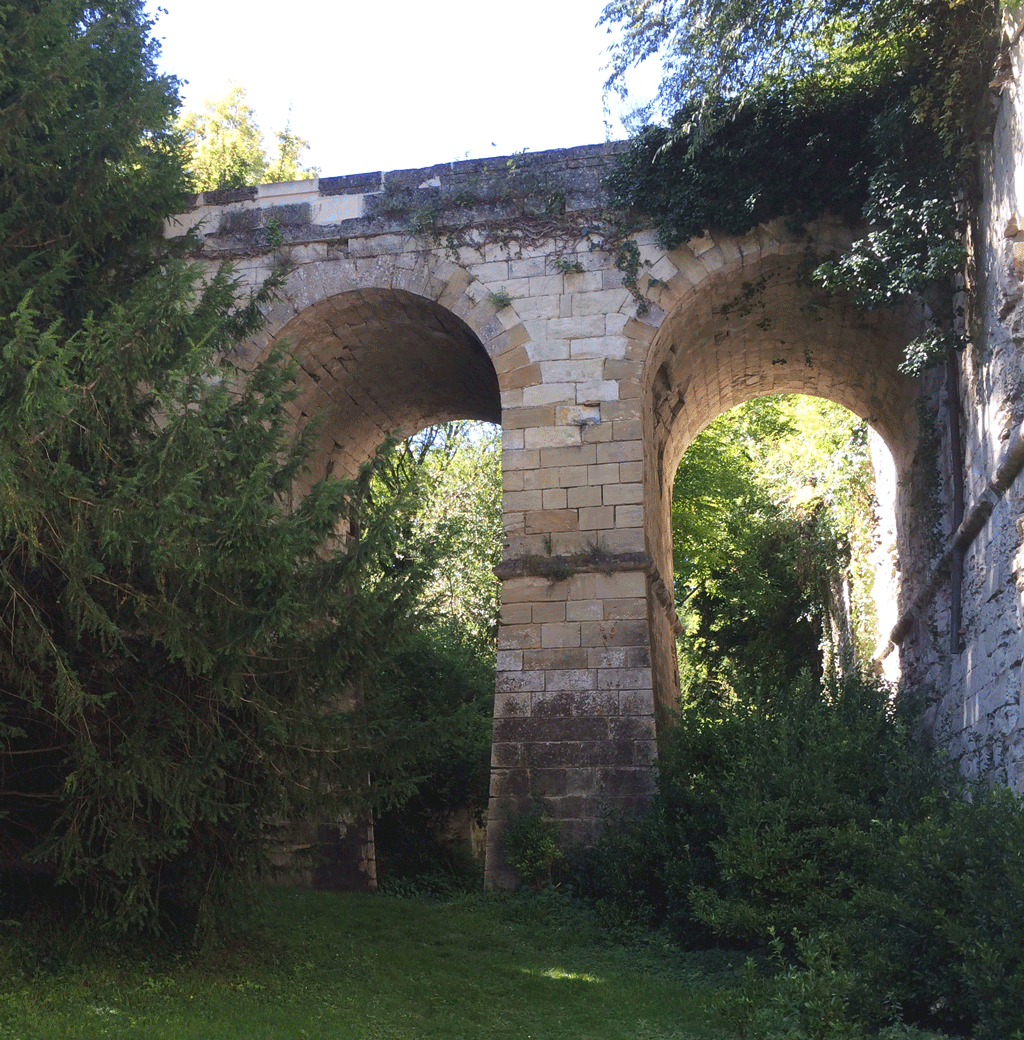
We visit the dry moat which is extremely deep, then walk across the magnificent stone bridge with its three arches that replaced the 15th century drawbridge.
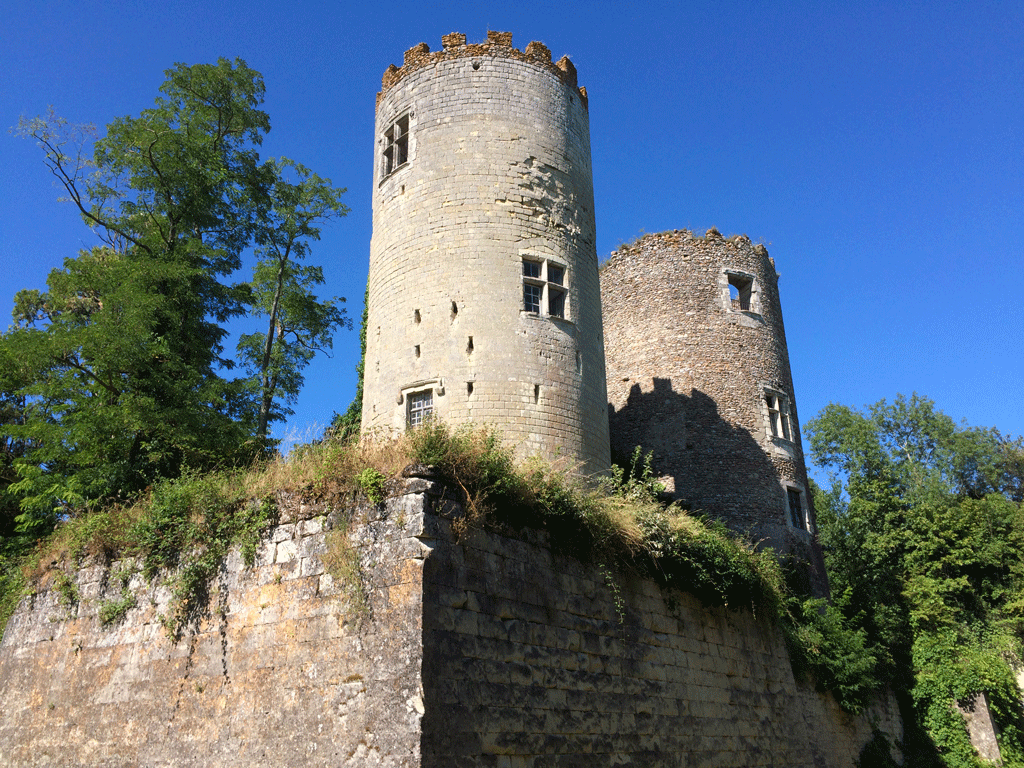
The two 12th to 15th century towers each have three vaulted rooms one on top of the other, but only one tower is open to visitors.
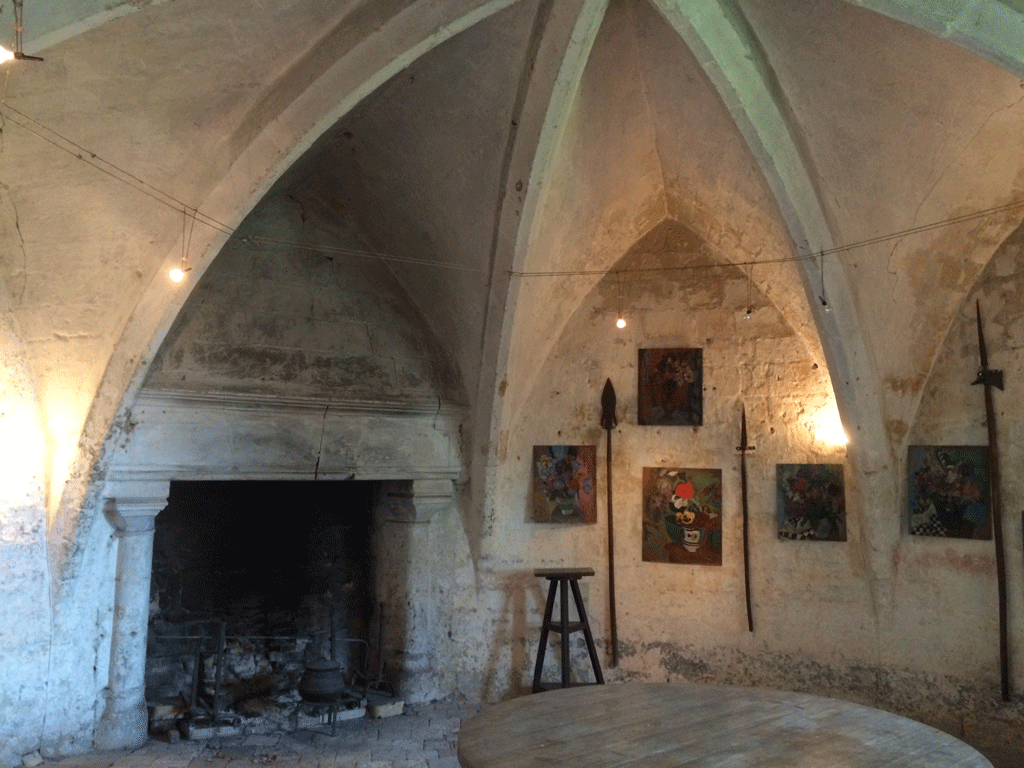
The name itself is derived from the name of the first known owner, Geoffroy de Saint Médard. It became Saint-Mars after André de Saint-Médard died in the Holy Land in 1210 then for some unknown reason turned into Cinq-Mars in the 16th century.
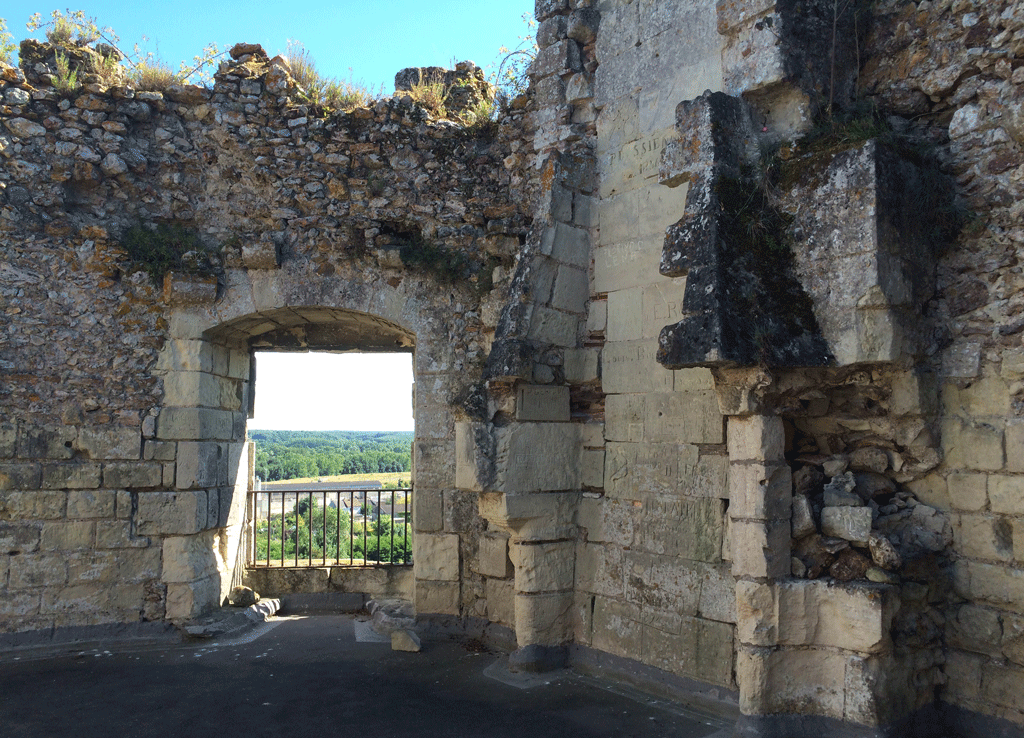
The castle’s most famous character is Henri Ruzze d’Effiat, Marquis of Cinq-Mars, favourite of Louis XIII, who was beheaded for treason at the age of 22. According to local legend, the castle itself and even the trees were decapitated. His tragic end inspired Alfred de Vigny’s novel, “Cinq Mars” which I’ve never read. Maybe I should.
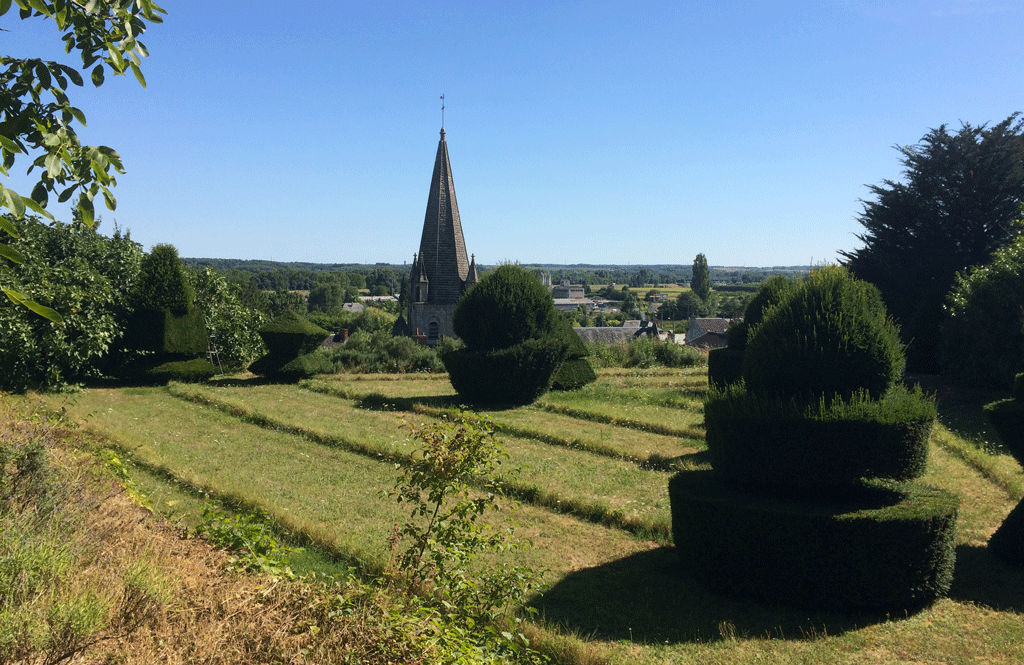
It’s nearly 5 pm and we are not even halfway along our itinerary. Jean Michel suggests we go to Langeais and follow an alternate much shorter route back to Luynes.
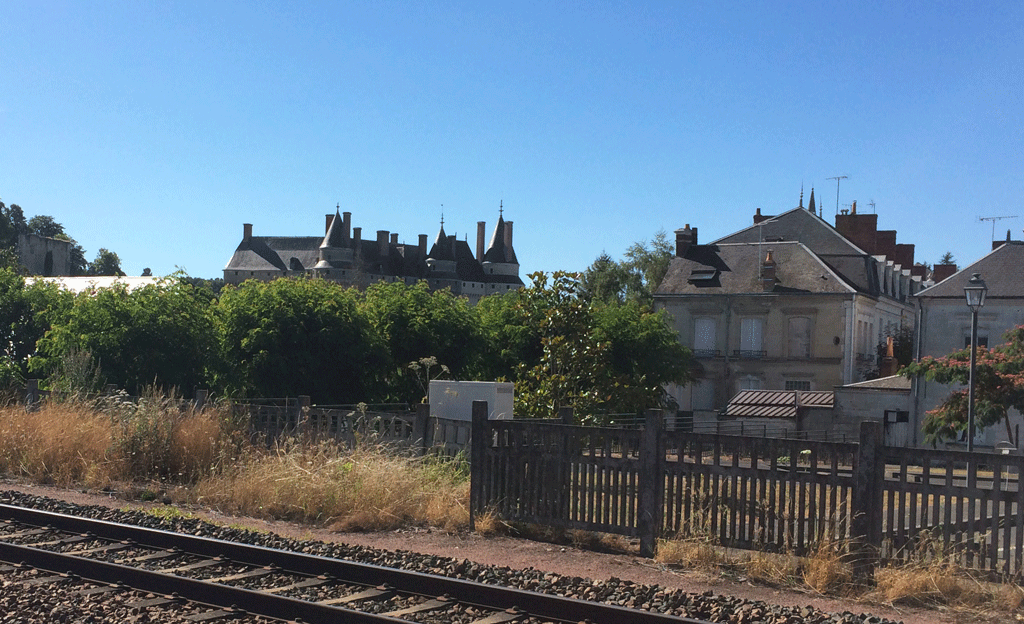
We find ourselves on a main road but can see the bike route over to the right which means scrambling up and down an embankment. It’s a very rough path but it’s better than having traffic whizzing past at 90 kph! We finally see Langeais on the other side of the railway track. Somehow we’ve missed our exit and the path gives out. We squeeze past a post and return to the main road but fortunately we only have to take it a short distance.
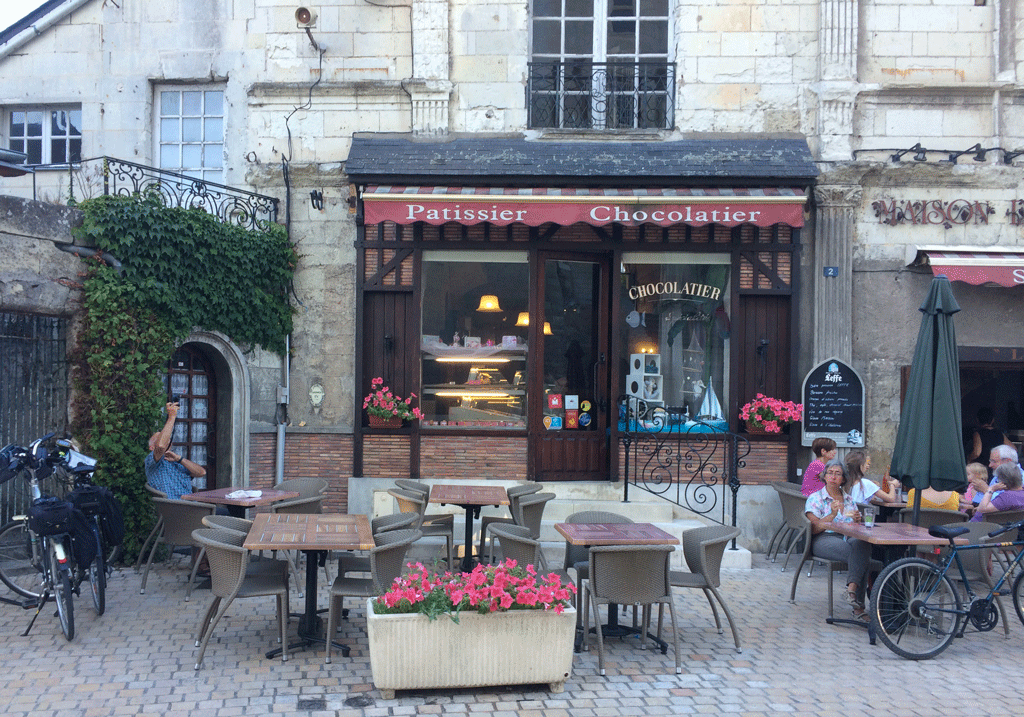
Five minutes later we’re sitting in front of one of our favourite teashops – La Maison de Rabelais, just opposite the castle (which we’ve visited several times before), which is a combined patissier, chocolatier and glacier. After restoring ourselves with an excellent ice-cream, we return via another route which is also a main road. I think I preferred the bumpy path.
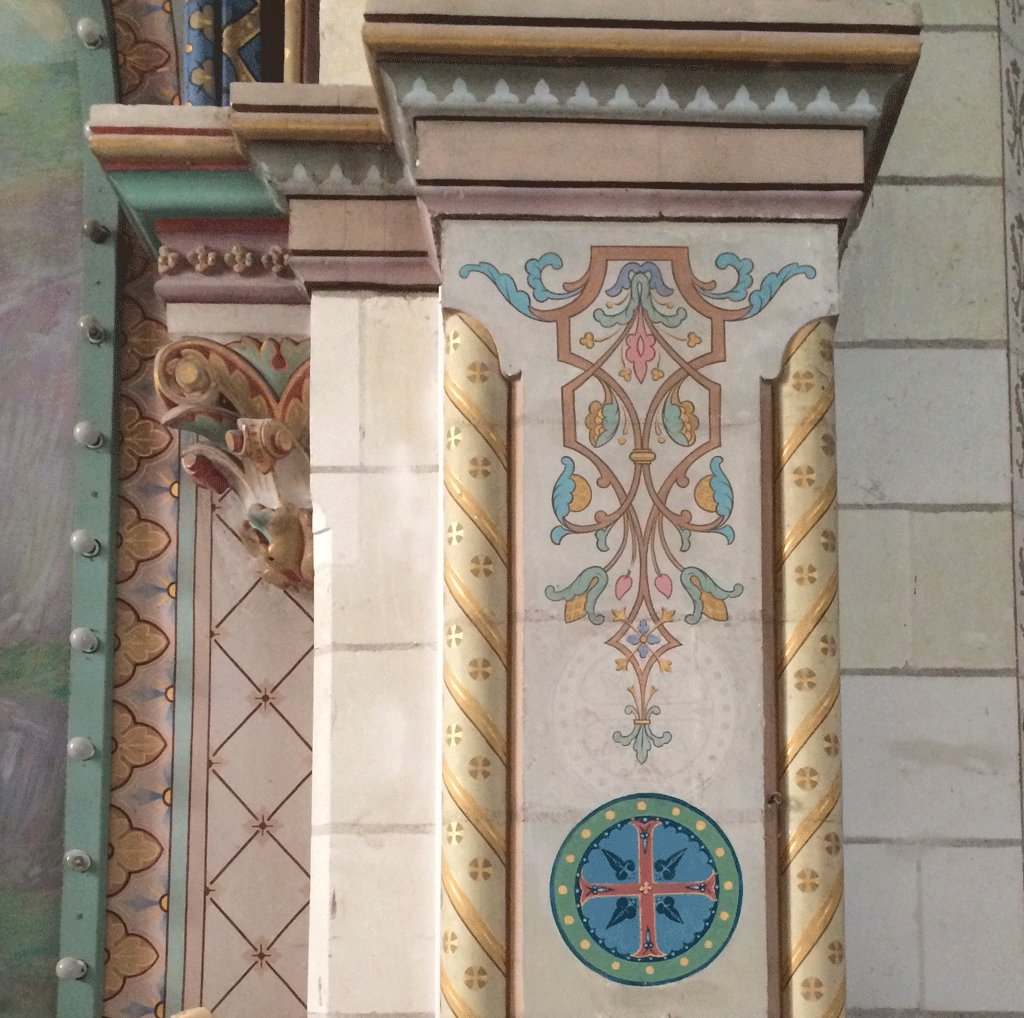
At Saint-Etienne I ask for a break and we visit the church. Although it is recent – 1860 – I find the inside very harmonious and attractive with its painted pillars and mosaic floors.
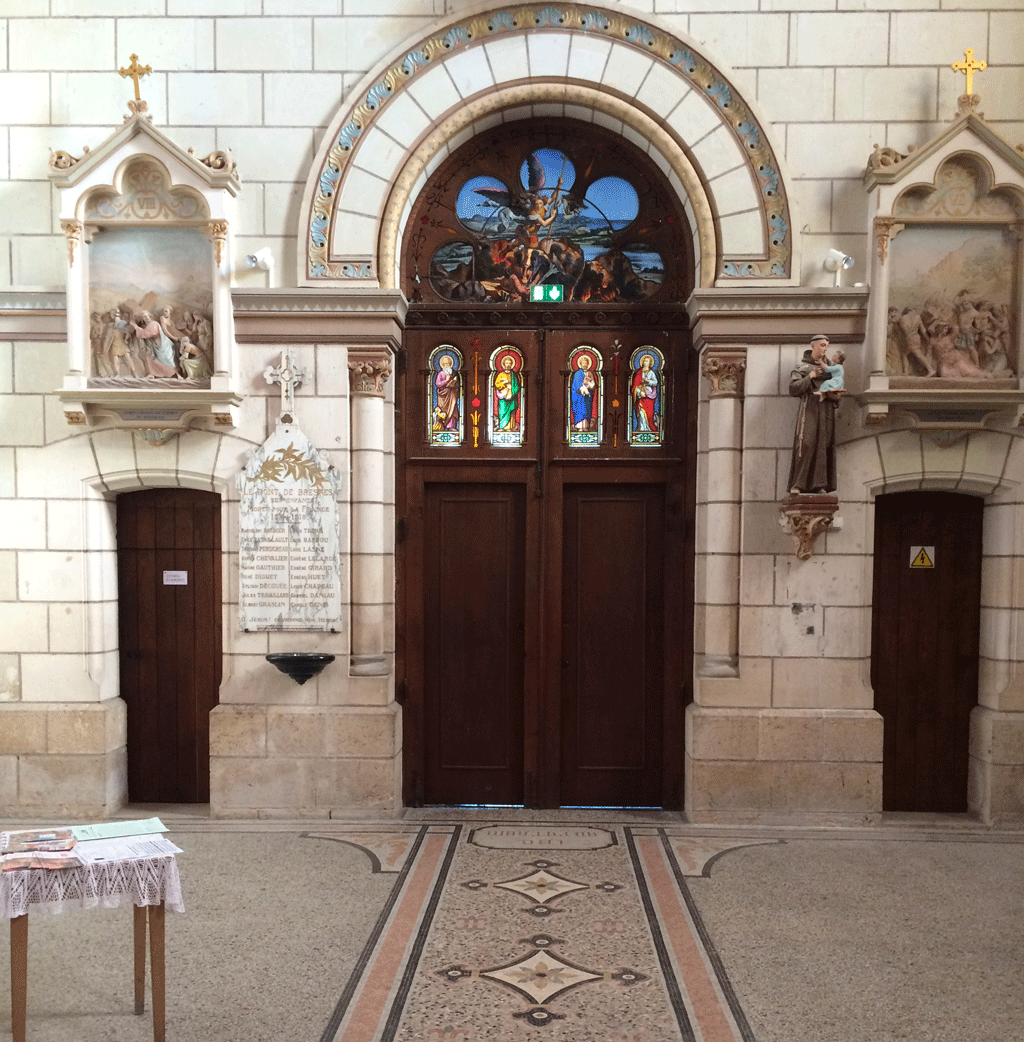
We arrive back at the car around 7.30 pm and it’s still full daylight. We didn’t get to Château de Champchevrier but we can go there another time. It’s one of the most interesting and enjoyable rides in the Loire we’ve had in a long time!
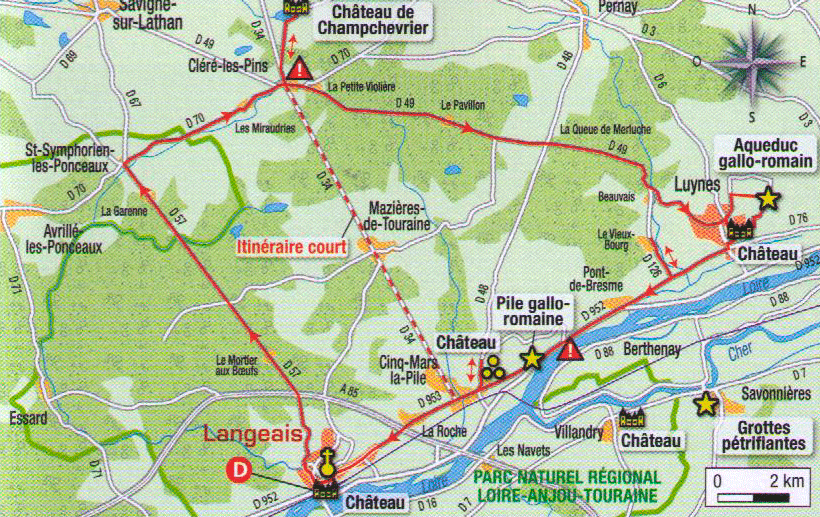
 I’m entering this post in Lou Messugo’s All About France monthly blog link-up. For other posts about France, click here.
I’m entering this post in Lou Messugo’s All About France monthly blog link-up. For other posts about France, click here.




